Still in the Spirit THE ART OF JAMES MADDEN
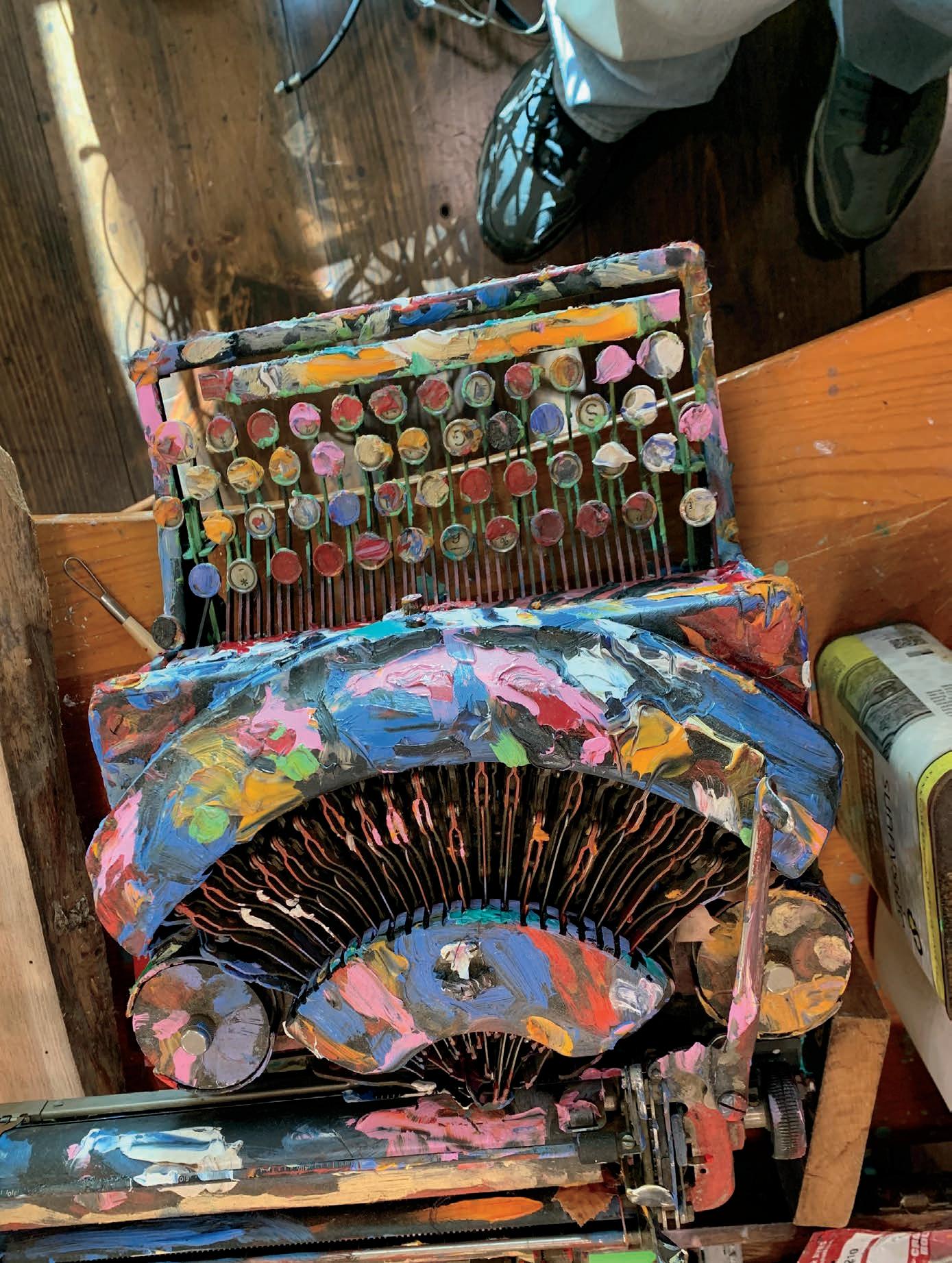


By JAMIE ELLIN FORBES, Publisher Fine Art Magazine, Former Director Fine Arts
As a creative spirit, James Madden, is a disciple of the Selftaught School of Art. Madden finds a place of belonging in the group called Outsider Art for his imaginative, spiritual, non-conforming work. His pieces reveal a complex internal view of his world unrelated to influences found in historical arts’ compositionally structured treatments. With the advent of the Outsider Art Fair during the 1990’s initiated by Sanford Smith, art show developer, artists found a fertile popular venue for their work. Madden fits Smith’s vision that Outsider Art — absent of a connection molded by contextual reference to known milieus of discipline — stands alone without prior definition. Within this school Madden is placed, thus validating the breadth of vision within the current art dialogue to contextualize his own facile statements. It is as an outsider possibly looking in that Madden communicates his artistic vision.
The naïve essence of the outsider artist is as a “primitive” whose talents were compared with pre-historic cave paintings. Many of these artists were given commercial validation in the initial showcase at the Puck Building in New York City where Smith organized the modern art venue for “Outsider Art” which is comprehensively inclusive of Madden’s artistic vision. His output can be identified with the eccentric art developed in the 1920s following the paths of artists who spearheaded the evolution of the now popular movement. Among them are the “brut artist” Adolf Wolfli, whose works were done while in an asylum in Bern Germany; Augustine Lesage, who stated his work was aided by spirit voices; and Helene Smith, a medium who derived her writings/ works on paper while in a trance-like state viewing past lives on Mars.
With an admiration for unbridled freedom creatively, the imaginative scope was seen as a positive and
inspiring access point by the French Surrealist Jean Dubuffet whose art brut manifesto as collector of Wolfli, et al is displayed within the Collection de l’Art Brut in Lausanne, Switzerland, “a oneof-a-kind collection of outsider art, produced by self-taught social outcasts such as psychiatric hospital patients and prisoners — artistic communication from another world.” (www.myswitzerland.com)
Madden houses his body of work (some 300+ paintings and carvings) at his home as a collection-in-progress. It could be said his house is a private museum. In his paintings, the image has no defining form or edge. He works strictly in oil paint applied to the end of the canvas (similarly to Wolfli) without compositional constraint

to comprise a new visual textural language. One can find no structure or likeness to conformity within any known art style in his work. The wood carved and painted “Prayers True” unearths feelings placed into symbolic language imagery attributable to the primitive outside artists.
Psychonalyst Karl Gustave Jung stated his own artwork contained an independent language developed to practice intuitive painting to prevent his mind closing to his unconscious imagination. Art is an extension of the psychic space and the universe symbolized within and without as dialogued in both his Red and Black books. Jung excavates archeological artistic symbols to state a creative expression for his understanding of both image and subconscious. Applying Smith’s communicative
Museum of Long Island mediumistic imagery to Madden’s, one may see in the work “Mystical Vision” people and or apparitions (many without faces) bending or swaying in the light of the pink sky
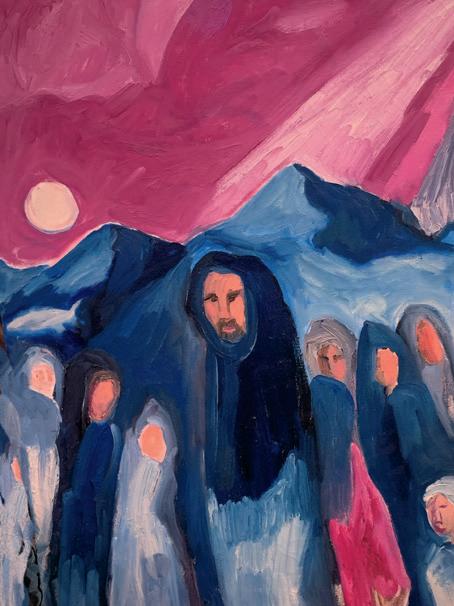
under the moon as a representation of beings coming (channeling) through spirit in keeping with the outsider umbrella of representation.
The Outsider Art School as a label is an applicable descriptive title for Madden’s collection of work which states and allows for unconstrained freedom of creativity. Developed within the pools of Mystical Visions, or intuitions emphasizing a different orientation representing space, Madden unearths his own surroundings to convey and dominate the spirit or essence of the pictures he communicates.
Outsider Art in the 20th century has risen from an investigation of paintings done by mental health facility patients expressing their creative reflection complexity to depict the unconscious conflicts drives. The Outsider artist’s need to be heard fuels their fresh innovative freedom of statements seen in their work evolving through Surrealism to a new school of artists. James Madden clearly evokes those who preceeded him embodying the spirit of Outsiders. u u u u u u u u u
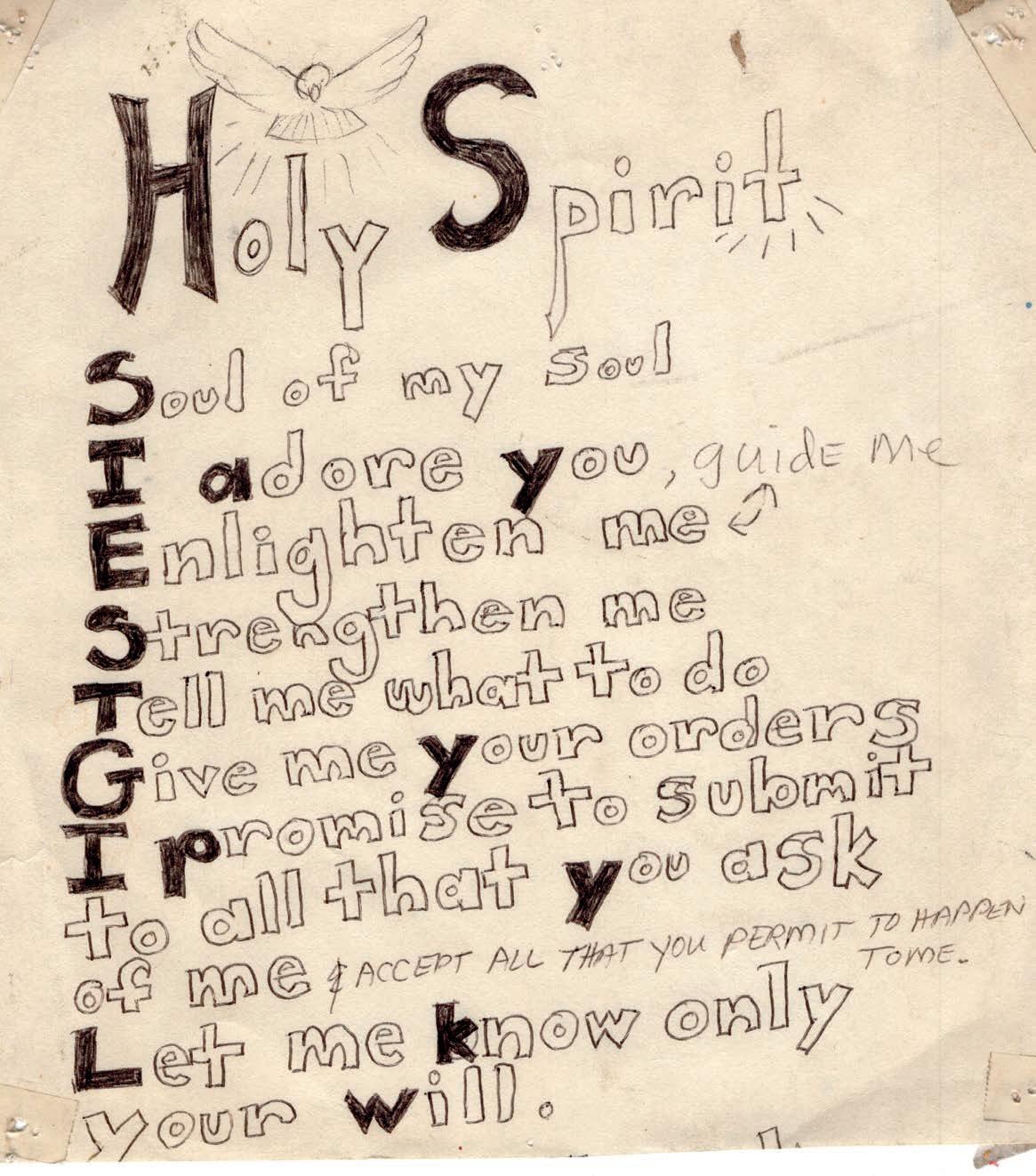
“There is more to the fruit of the Spirit than just a list of good qualities to desire and to take by faith. That, of course, is true. However, to be peacemakers, you and I must be so full of God’s love and joy that people will feel comfortable with us, will trust us, and will want to be like us. That is an assignment that calls for the work of the Holy Spirit. He is ready when you are.”
– DR. ROBERT COOK, WALKWITHTHEKING.org
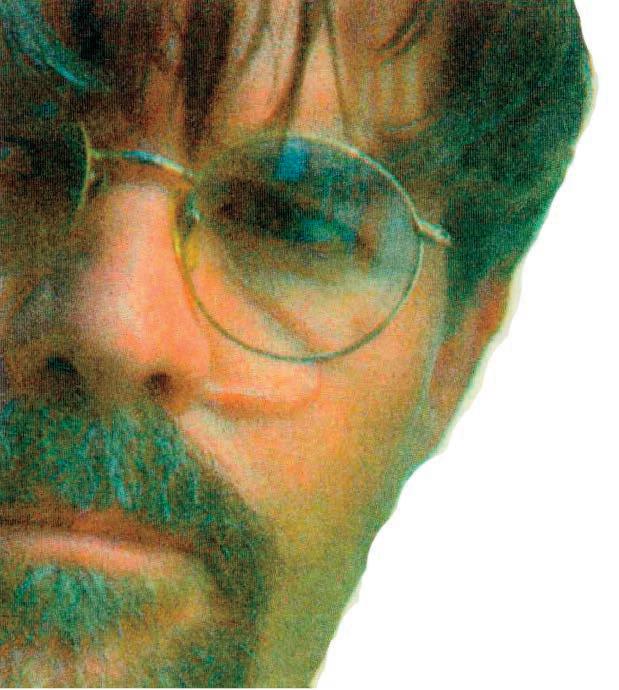
“Art is man’s own creation. God manifests himself to us in the first degree through the life of the universe, and in the second degree through the thoughts of man. The second manifestation is not less holy than the first. The first is named Nature, the second is named Art. Art is to man what nature is to God.”
—Victor Hugo u
After two years of intensely studying and writing about Jim Madden, his life and his art, I feel it is not inappropriate to lead off this book with some scripture. Therefore I choose 1 John 1:7 “If we walk in the Light as He is in the Light, we have fellowship one with another and the blood of Jesus Christ His Son, cleanseth us from all sin.” Madden, you will see, expresses his beliefs through his art. “If he hadn’t rediscovered his religious faith,” wrote Candice Russell in a 2002 article for South Florida publication Citi Link, “Jim Madden might still be a woodcarver on the side of the road somewhere in Colorado, peddling sculptures of bears and raccoons.”
“The Light” St. John describes and Madden paints, seeks and has seen (see painting, opposite page) emanates from a Holy scene he witnessed during a life-after-death experience in St. Thomas VI. “I was in the wrong place at the wrong time and was stabbed after I left a tavern. I was clinically dead. When I woke up I asked the doctor if he was an angel. I surmised he was because I really shouldn’t have survived. I had maximum blood loss with two stab wounds to my liver. It was miraculous that I lived. It was my first mystical experience and I had a full-blown encounter with celestial Jerusalem from Revelation and a vision of Heaven that went as far as you could see, the whole horizon — a Divine Light of the most beautiful array of colors I ever saw.”
According to Madden, his life was a mess in those years. “I was into drugs and the whole dark side of life. I hadn’t been married or had kids yet. I had things to do.” Madden, a one-time philosophy major, was a practicing Hindu who went to an ashram in Italy where he had a powerful experience in a cave where St, Francis of Assisi meditated. He then started “looking into Christian Mysticism and otherworldly experiences” including a visit to Medjugorje in what was then Yugoslavia. “It was,” he recounts, “a place saturated with faith where pilgrims see the sun spinning and throwing off colors.” Madden saw this on a number of occasions in a place where many have seen images of the Blessed Mother in the sky. These visions come to fruition for Madden in many paintings and carvings. All this encouraged him to return to his original faith, Catholicism, and he attends church regularly in Lake Placid. He especially enjoys being with his daughter on Sundays.
“It wasn’t until my late thirties that I started to think of myself as spiritual,” states Madden whose works, as this book reveals, are comprised of many paintings and carvings of Jesus, Angels, the Blessed Mother and assorted seekers. This array of characters, amidst a few hundred other works of landscapes, musicians and cities emerging from mountain ranges, can be defined as eclectic with their deepest meaning known only to the artist. Lined up in his gallery under optimal lighting conditions, the work has a glow and a timbre that is simply awesome and even in the midrash of brushstrokes and heap upon heap of indecipherable motifs piled one atop another seeking their own singular identity, the entirety of a painting emerges via chaotic yet somehow peaceful harmony. In the seemingly distraught compositions, there is an element of Utopia. His art is not a mirror held up to reality, but a hammer with which to shape it. Neither the artist nor his work is for the faint of heart so it takes a strong person to stand up to both. As you leaf through this book, you will see, as the song goes, Jim is “Still in the Spirit, I’m free / Ain’t no chains on me / Jesus already gave me the key / Still in the Spirit, I’m free.”
TEXT &
© SunStorm Arts Publishing Co., Inc. POB 481, Keene Valley, NY 12943
victor@fineartmagazine.com 1-518-593-6470
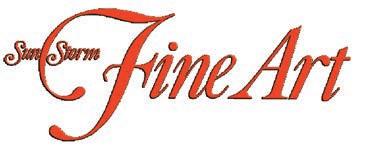
www.issuu.com/fineartmagazine
PRINTED IN THE USA
Livicated to the Creative Spirit of James Madden
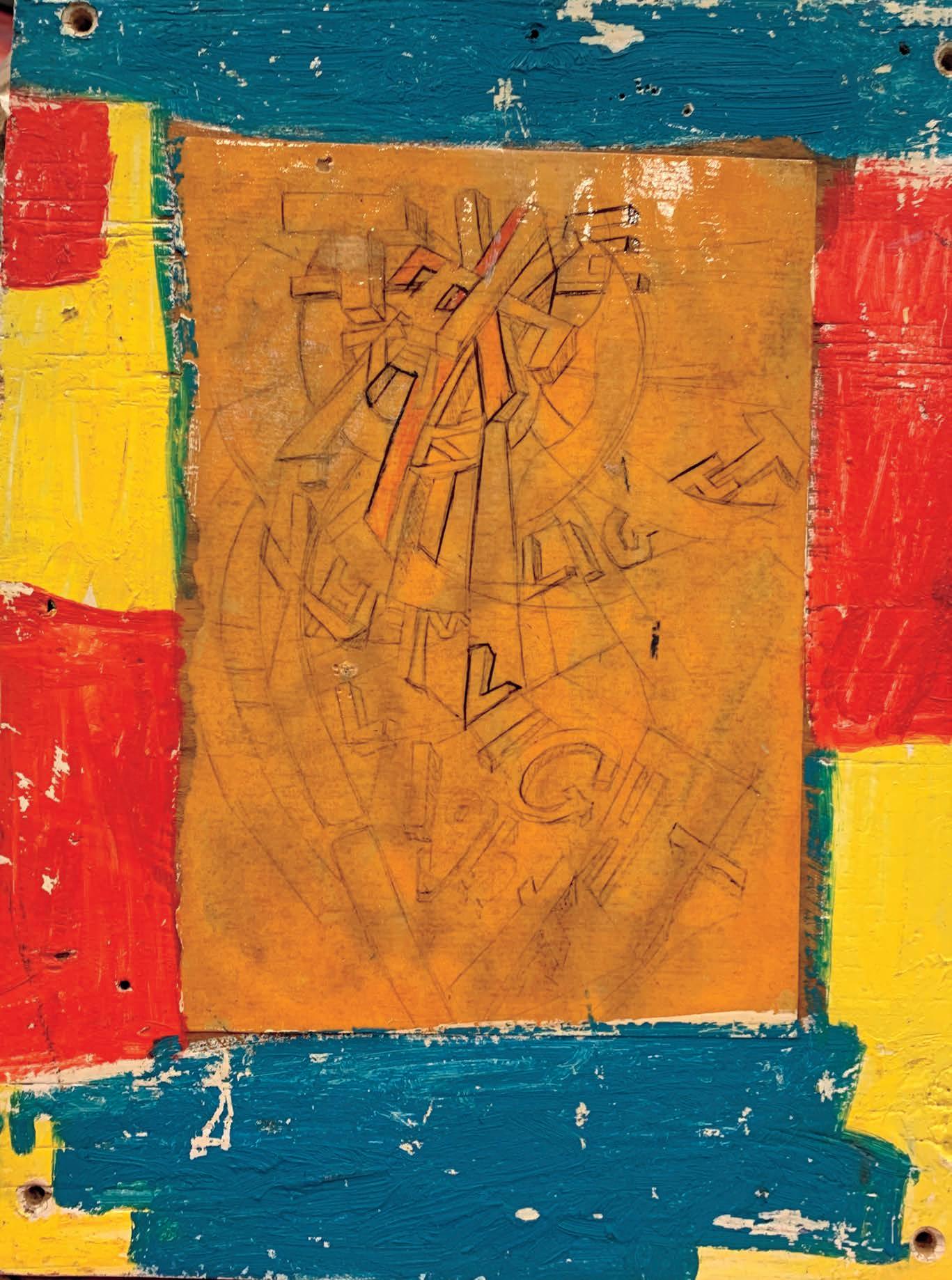
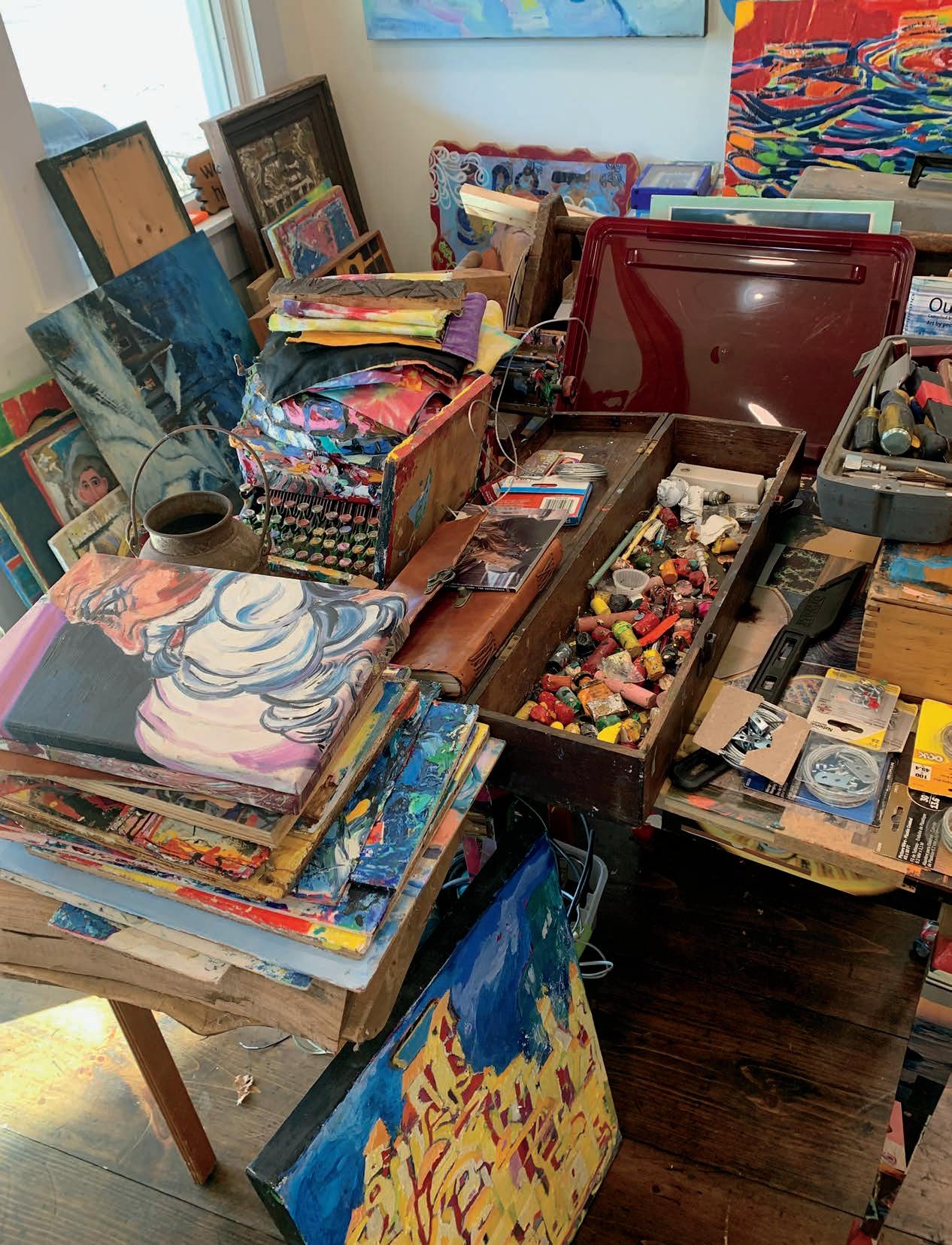
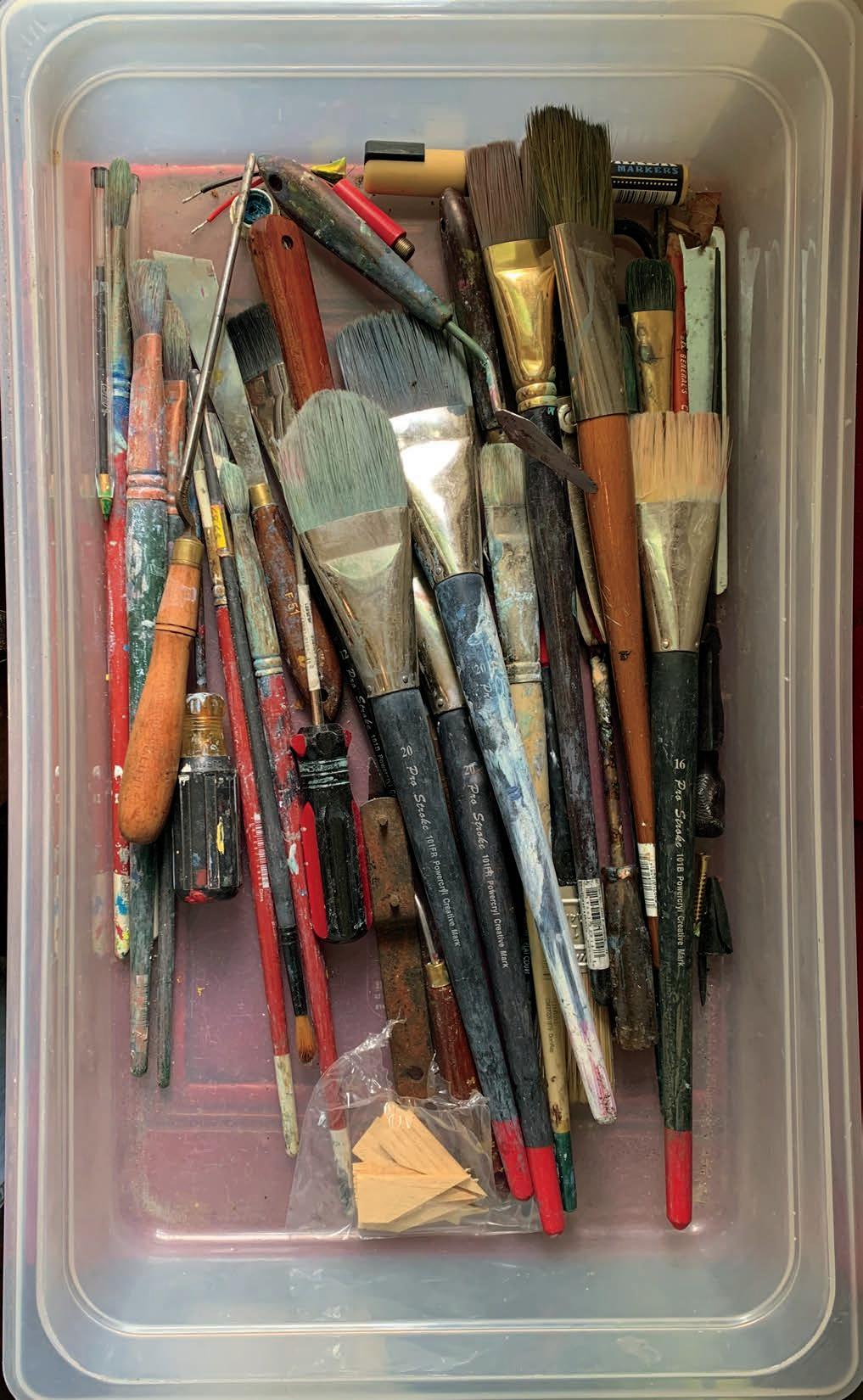
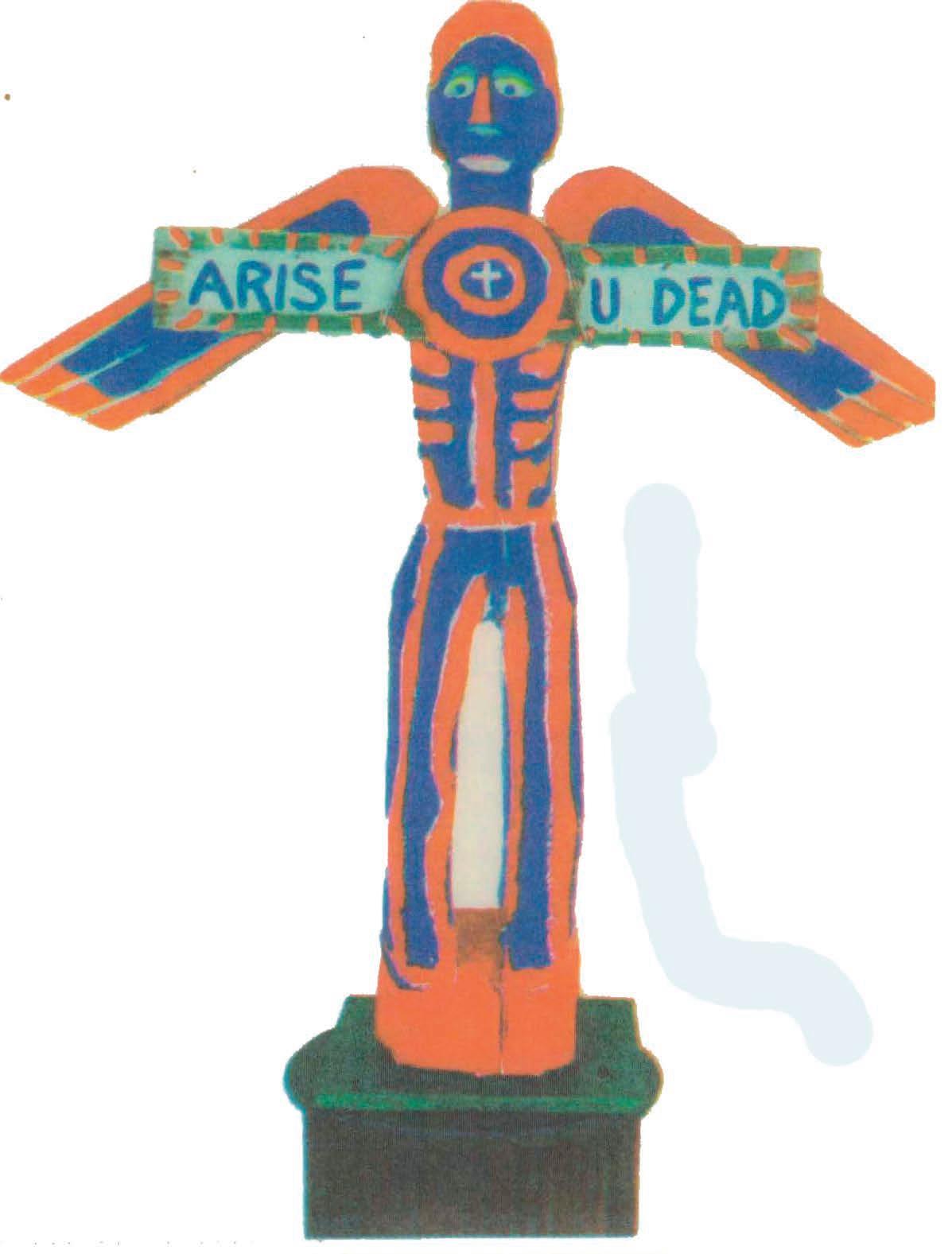
“There’s a meditative quality to working with wood. I’m trying to glean the spirit out of the raw material.”
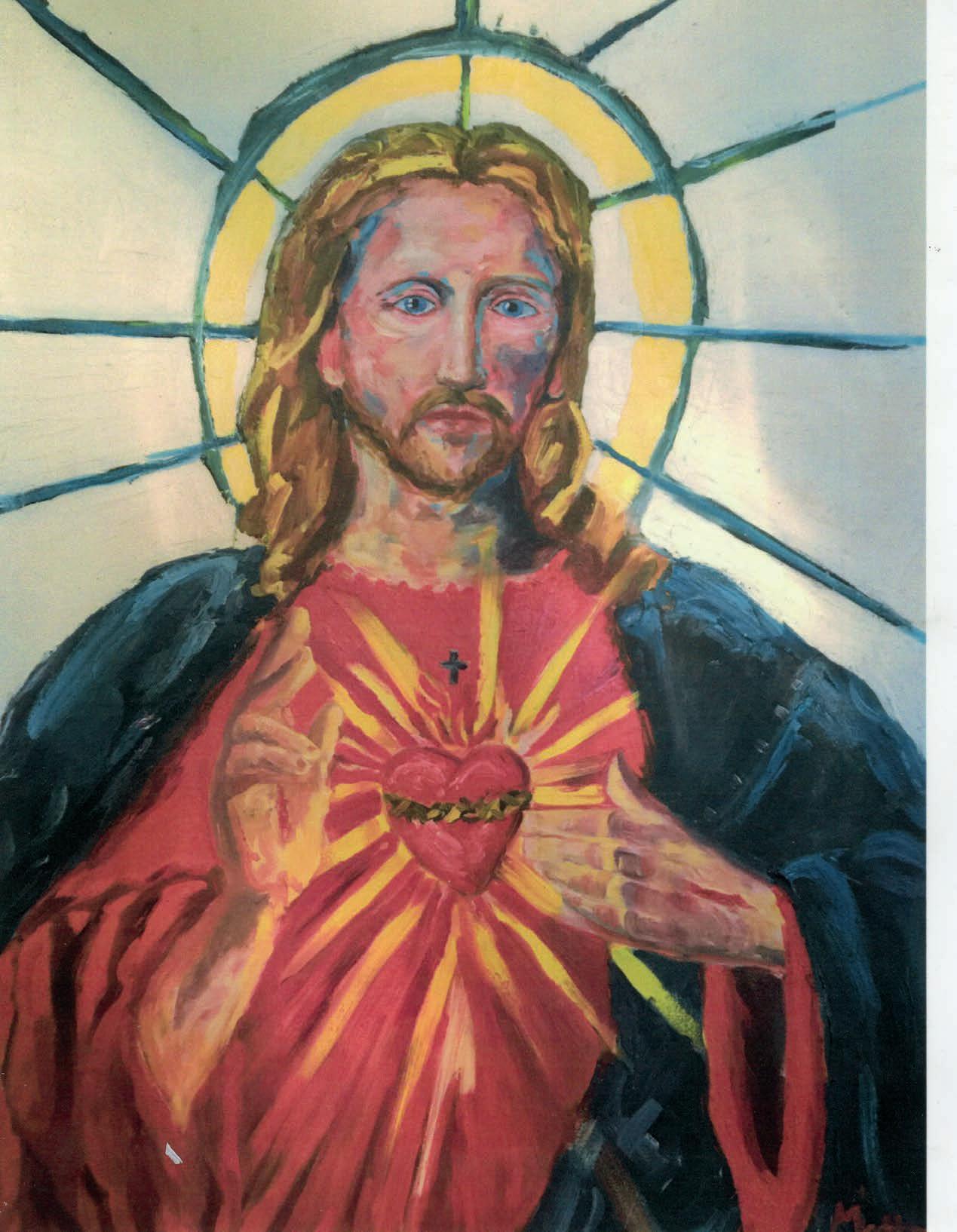
There’s a stretch of highway, about five miles of scenic mountain bliss, that connects Keene Valley to Keene on the drive toward Lake Placid, exit 30 from the Albanyto-Montréal Northway. Along this route, one would hardly conjecture that contained in these few short miles, in which the year-round populace hovers near the 1,000 mark, is perhaps more art per capita than New York City, Santa Fe or any recognized art area anywhere in the world. Start with the stalwart Corscaden Art Barn on Beers Bridge Way where quality art has been shown since Vry opened its doors in 1971. Next stop would be Old Mountain Coffee whose walls are adorned with the work of talented locals. Then there is the Keene Central School where there is always a plethora of work on display, a skip and a hop back to the Library where on any given day an artist could be holding a workshop for children. Across the street is the Nature Conservancy where you can find a collection of great Patrick Kirmer renditions of Johns Brook. The Keene Valley Congregational Church has a beautiful mural in their Van Sanvoordt Room depicting the mountain scenery overlooking the Village.
On your way out of town, the Mountaineer has an ever-changing collection of art books and even the grocery and hardware store offer a selection of postcards and prints of local scenes by local artists. Not to forget The Birch Store with a broad collection to suit any home and a small gallery next to the Rooster Comb where you can find even more original art. In the summer, there are outdoor shows at Marcy Field and indoors at the Holt House where exhibitions are regularly hosted.
A short sprint to Keene, once you pass the speed trap, leads to our own version of Gallery Row, starting with Vertical Perspectives where stunning and dramatic photographs of mountains and climbers are displayed in a very cool A-frame which is a stone’s throw from Keene Arts where Malcolm and Zizi have been hosting art shows ranging from the annual High Peaks Artists to exhibitions by internationally recognized greats like Harold Weston, Rockwell Kent, the aforementioned Kirmer and Tim Fortune, among others in a clean, well lit sanctuary-like setting that was formerly a Methodist Church. A short walk down the road is the frame shop where John Hudson once held court and where you can find a neat display of suitable works. Then there is the award-winning Adirondack store, Dartbrook Rustic Goods, where the art is appropriately hung in a lodge-like setting. Even the Town Hall, across the street, has some worthy paintings but the icing on the cake, so to speak, is the Art Haus, aptly named, where the subject of this monograph set up a home gallery that is certainly worthy of a visit. Here, James Madden resides with a couple of small dogs and a collection of his
life’s works, conservatively consisting of some 300 paintings and growing in number by the day as Big Jim From Mud Dog Flat continues to produce art.
To visit Art Haus is to experience sensory overload. Painting upon painting — on canvas, wood or heretofore unknown substrates — vie for one’s attention. Every wall is covered and each room has stacks of paintings seeking your attention as Big Jim moves them around for your viewing pleasure. The artist is a soft spoken man of few words but that doesn’t mean he has nothing to say. His paintings offer a deep insight and if a picture is worth a thousand words, observing one canvas is a conversation of infinite possibilities.
In his classic book, They Taught Themselves (published in 1942 and reprinted by Sanford L. Smith and Associates in 1999) famed New York gallerist/collector Sidney Janis opens a window into the first great discoveries of American self-taught painting, from Grandma Moses to Morris Hirshfield and many others. I am almost certain that Janis would include James Madden in that mix. Madden has definite opinions about art that are revealed in the very structure of his works. Every inch of every canvas is covered in oil, his medium of choice. Tubes are expensive in the North Country but that doesn’t deter Big Jim. Throughout Art Haus, paintings are drying even as brush strokes are added as is his wont. Janis states that “most self-taught artists reach full maturity with the painting of their first picture.” If that is the case, Madden hit that mark with the chain saw carving of his first bear. He was so productive he could do four a day and they would all sell. He was recently delivered a collection of totem sized tree stumps that await his attention. A huge eagle that guarded his front lawn recently found a home with a collector who happened to be driving by the Art Haus on the way to the Olympic Village. Madden has had no such luck with the paintings, however, and almost proudly states he has never sold a one. Yet, the level of his achievement has been and remains high and a painting-by-painting analysis of his substantial body of work attests to this. From the minimalism of the chalkboard writing of The Spirit Abides — No Shadow to the vast collection of fully formed and very large creations, one will find no white space and not a square inch of canvas that has not been covered. His meanderings become coherent expressions of indescribable joy, for the most part. Bursts of brilliant color abound as if a full glow of sunlight is bouncing off a thousand windows at the same time.
As previously stated, he’s a deep-thinking man with much to say via his art and in these pages you will learn, without the shadow of a doubt, the Dude does indeed abide.
–VICTOR FORBES, Keene Valley, NY, February 2025
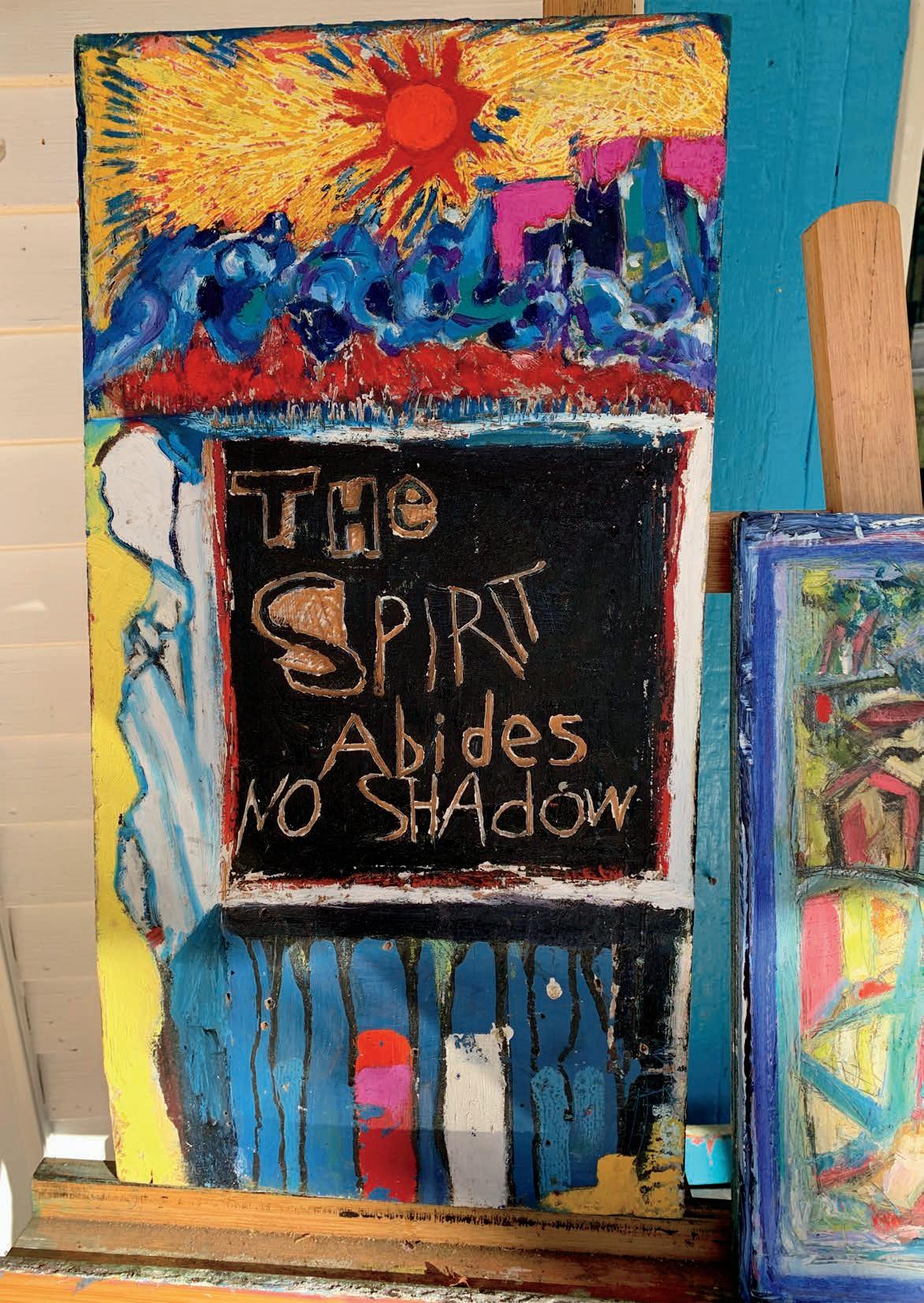
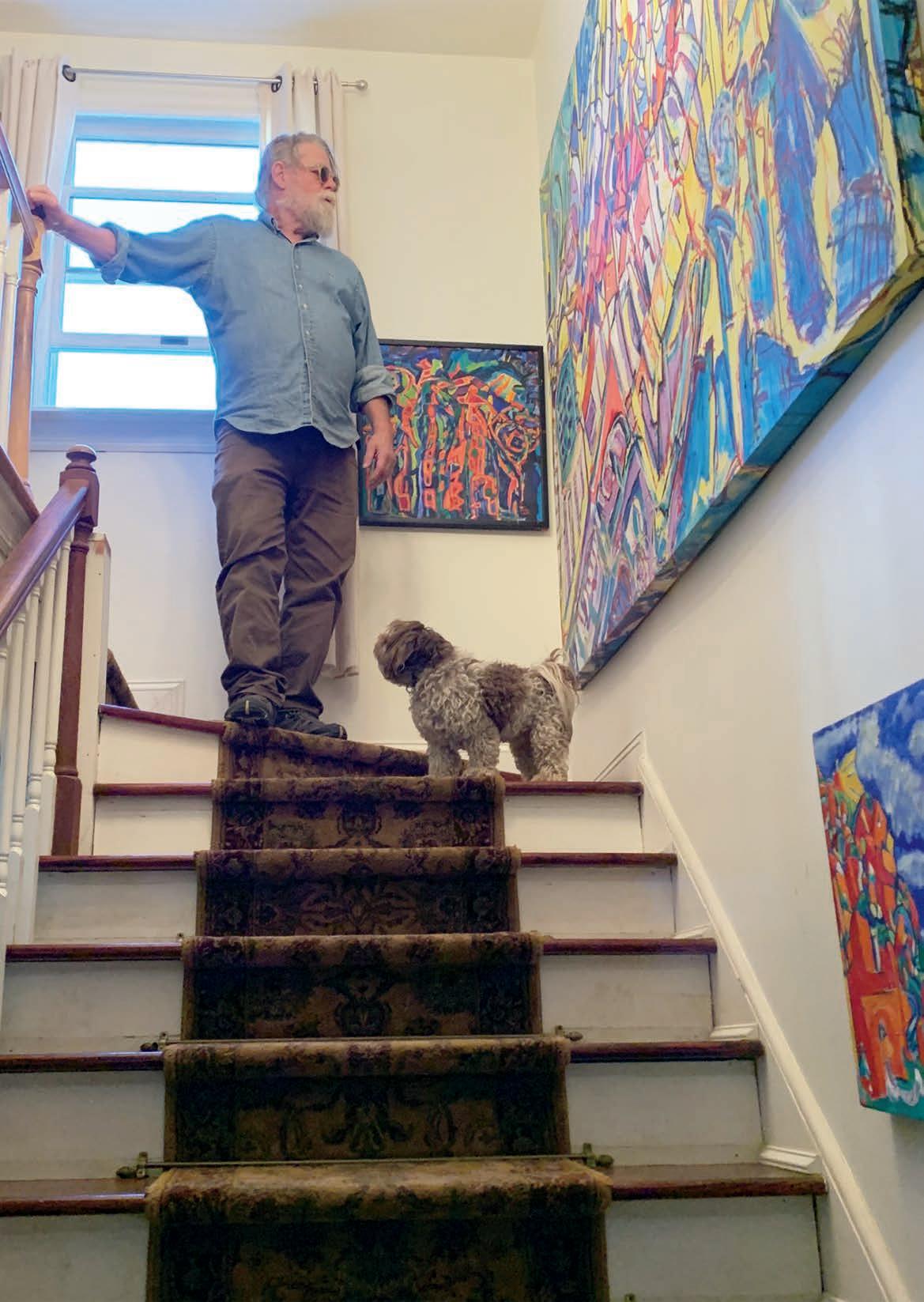
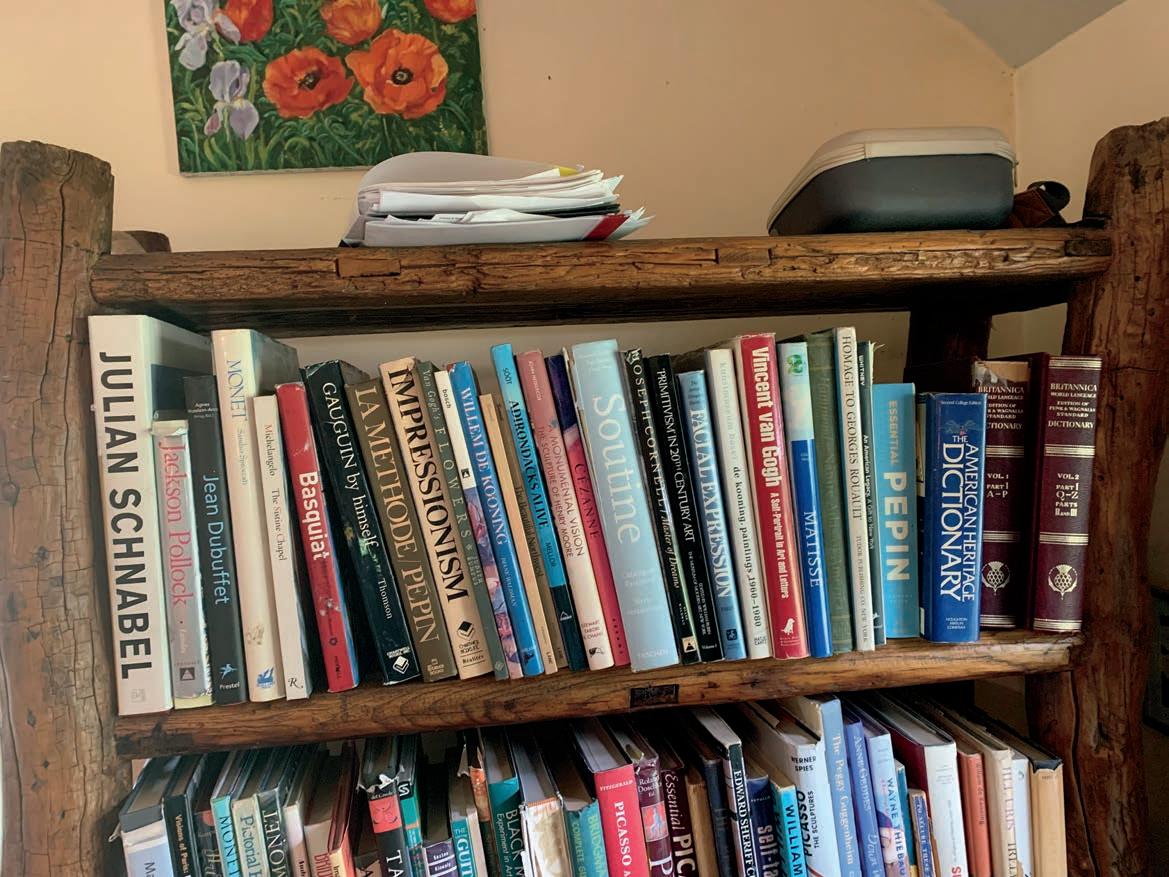
Upon entering Art Haus, via the bucolic grounds on the Hurricane Road side of the property, the pleasant aspects of the countryside and country life lead one to a modest porch opening to a spacious kitchen adorned with what can best be termed as an introductory collection of the artist’s works, floor to ceiling, wall to wall. An interesting element is the bookcase, pictured above, where one can get a glimpse of insight into the character of the artist and some scholarly understanding of where he is coming from in the line of art history. To this viewer, it is quite fitting that Julian Schnabel’s book is first and foremost in the collection, neighbored by a tome on Jackson Pollock. Schnabel, of course, became famous in the glory days of the Soho art scene for his broken dishes somehow affixed to hangable canvases. Highly successful he was, though often razzed by the “artworldlings’” dismay as those fractured dinnerware pieces commanded big bucks and vaulted Schnabel into the world of film-making where he
became even more famous for a string of movies starting with 1996’s Basquiat. Then there is the Pollock biography and while Big Jim does not hover over his canvases dripping paint upon them, his finished pieces do owe a debt of gratitude to the “Dripper” in ways that are not readily recognizable but evident nonetheless. Each book is a revelation into the characteristics of James Madden’s body of work. You have the classics — Dubuffet, Gauguin, Monet, Soutine, van Gogh, Picasso, Matisse, de Kooning, Roualt — and then there are a couple of books on the Impressionists to round out the library.
Off to the corner is a classic Fender Twin Reverb amp, not too far from a very desirable Taylor acoustic guitar. Jim has the bases well-covered in both music and art and further into the gallery section of Art Haus, I came upon a big old Underwood typewriter from the 1920s updated with a painted tribute to Bob Marley — “One Love” — emanating from the carriage as if it was just typed.
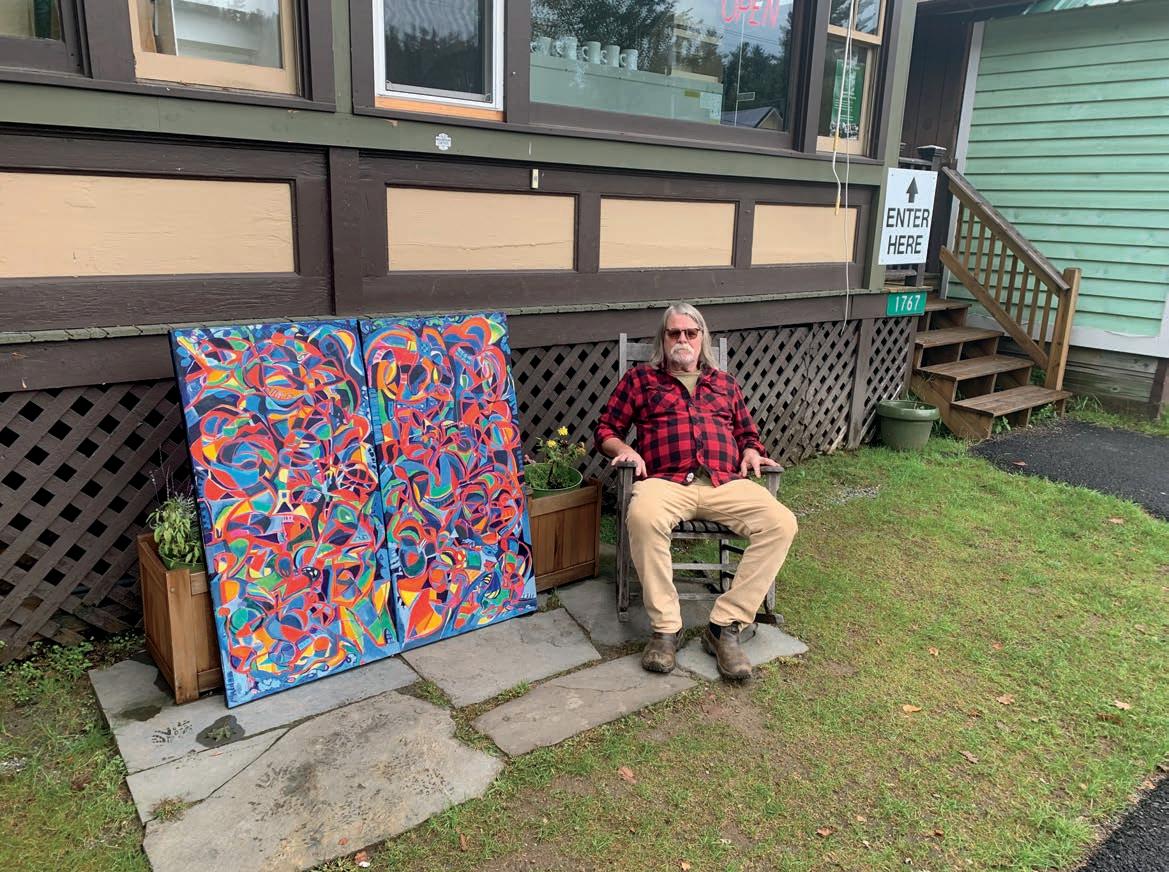
After many visits to Art Haus, I can safely state here that I have viewed just about each of the 300 or so paintings in his collection. Choosing 50 for this book took some doing because every time I poked around the gallery area and upstairs storage for the overflow, I found another work that just had to be included. Let me put it this way, the work featured in The James Madden Story you are now reading will have to serve as Volume I and if you do the math, there will be five more volumes to come.
To classify Madden is nigh unto impossible. There is no art “ism” that fits his work. The paintings are a combination of every school of art that came before him. One can justifiably include him in there with those Janis describes as “American Primitive…unobscured by the great terminology debates over decades of art criticism and by the canonizations
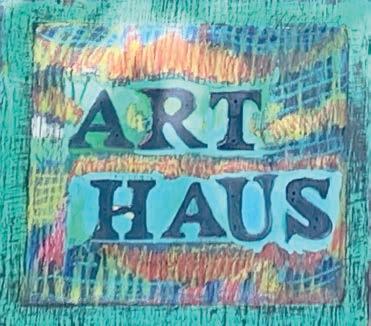
that have inevitably followed.” But one must also note that few if any create art akin to the work of James Madden. Therefore, I hereby create a new “ism” for those who need one: “Maddenism.” Which is to say that his paintings combine every ism that has come before him from the “Wildastic” energy of Fauvism to the delicate brush strokes of Pointillism to the indescribable elements of Surrealism with a nod to the Classicism of the Renaissance.
So, one may ask, why then is Madden and his work dwelling in relative obscurity?
I once asked the important but largely unknown Japanese artist Henry Fukuhara why his friend Howard Hardy was scuffling along in the art world despite being a brilliant painter. Henry answered quickly and succinctly, “Because he has nobody to champion his cause.” Which is the case with so many creatives in every field working in these or any times. While there are now popular international art fairs that feature self-taught and Outsiders, here is presented your opportunity to make a wonderful discovery of a deserving and gifted artist.
Thumbing through these pages, even the most casual observer will notice that a gargantuan amount of work goes into each and every image. Some might say
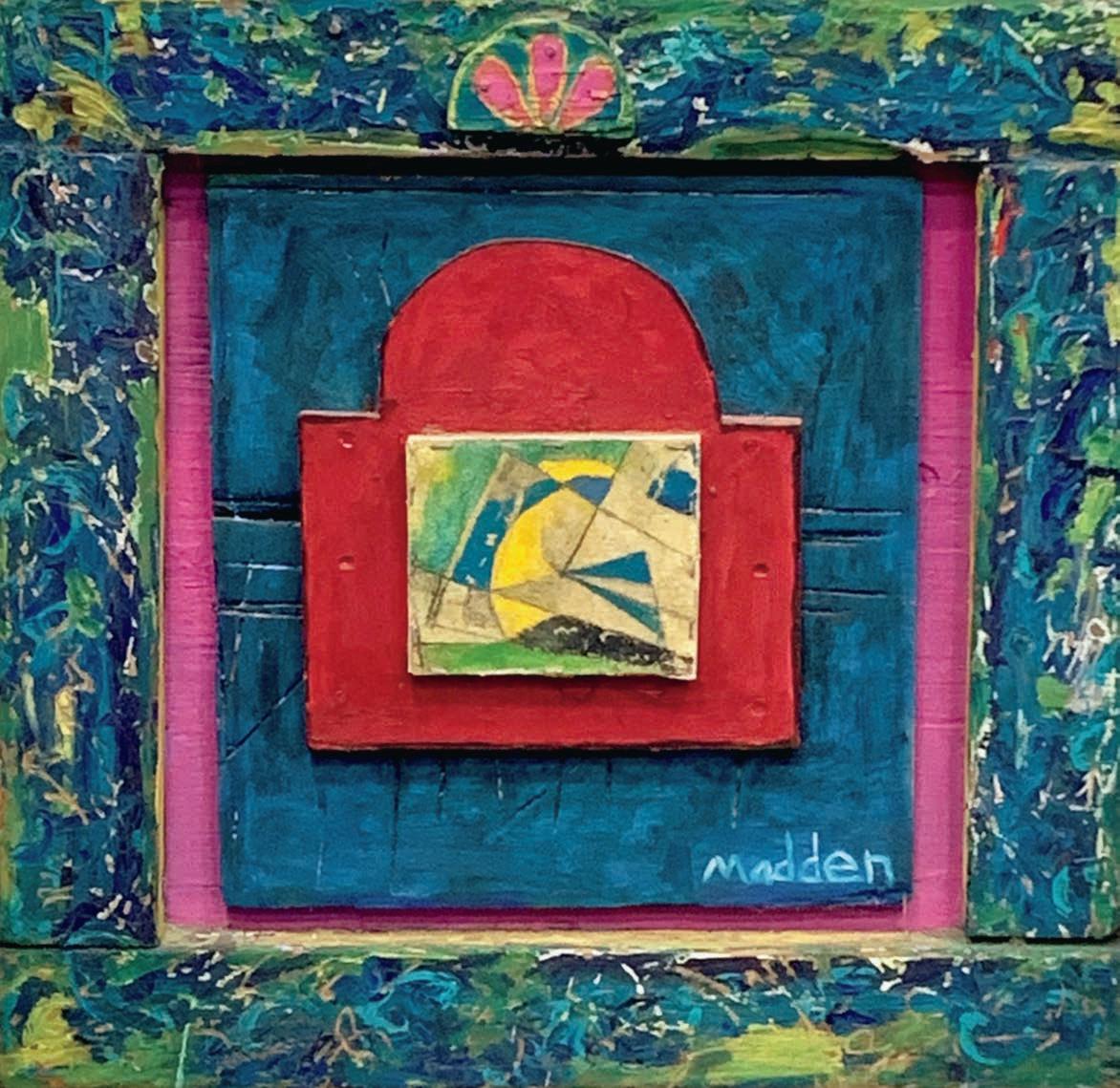
even “Superhuman.” This is probably due, notes Janis in his 1942 review of the Rev. William S. Mulholland’s classic work, Maple Sugar Making In Vermont, to the fact that Madden, like Mulholland, “follows no formal procedure of recessional space but measures his details to his own pictorial needs. The eye of artist and beholder is all that matters.” Madden has something to say and it is of importance.
To gain insight into his vision, one must understand that James has been to the other side and back. He
was stabbed in the gut while living in St. Thomas. His voyage toward Heaven was rudely interrupted and he was turned back to this earthly realm. Who can possibly fathom what that must have been like but it does add to comprehending Madden’s vision which he translates into viable works of art. There is so much to discern, if one is interested, that knowing that part of Jim’s life story is more than relevant. The agony and the ecstasy abides within the spirit of the Dude — with no shadows to interrupt the flow.
Interestingly and possibly unconsciously, Madden — while aware of those who have come before him — borrows little or nothing from his predecessors. Prodding the viewer experience to respond to a totally original set of artistic values, Madden creates a strange and captivating environment in which yin and yang emerge into a whorl of color, natural scenery and dare I say apocalyptic realms from the “Church of What’s Happening Now.” If this isn’t the work of a genius, a scholar of reality and a Natural Mystic, you tell me what is.
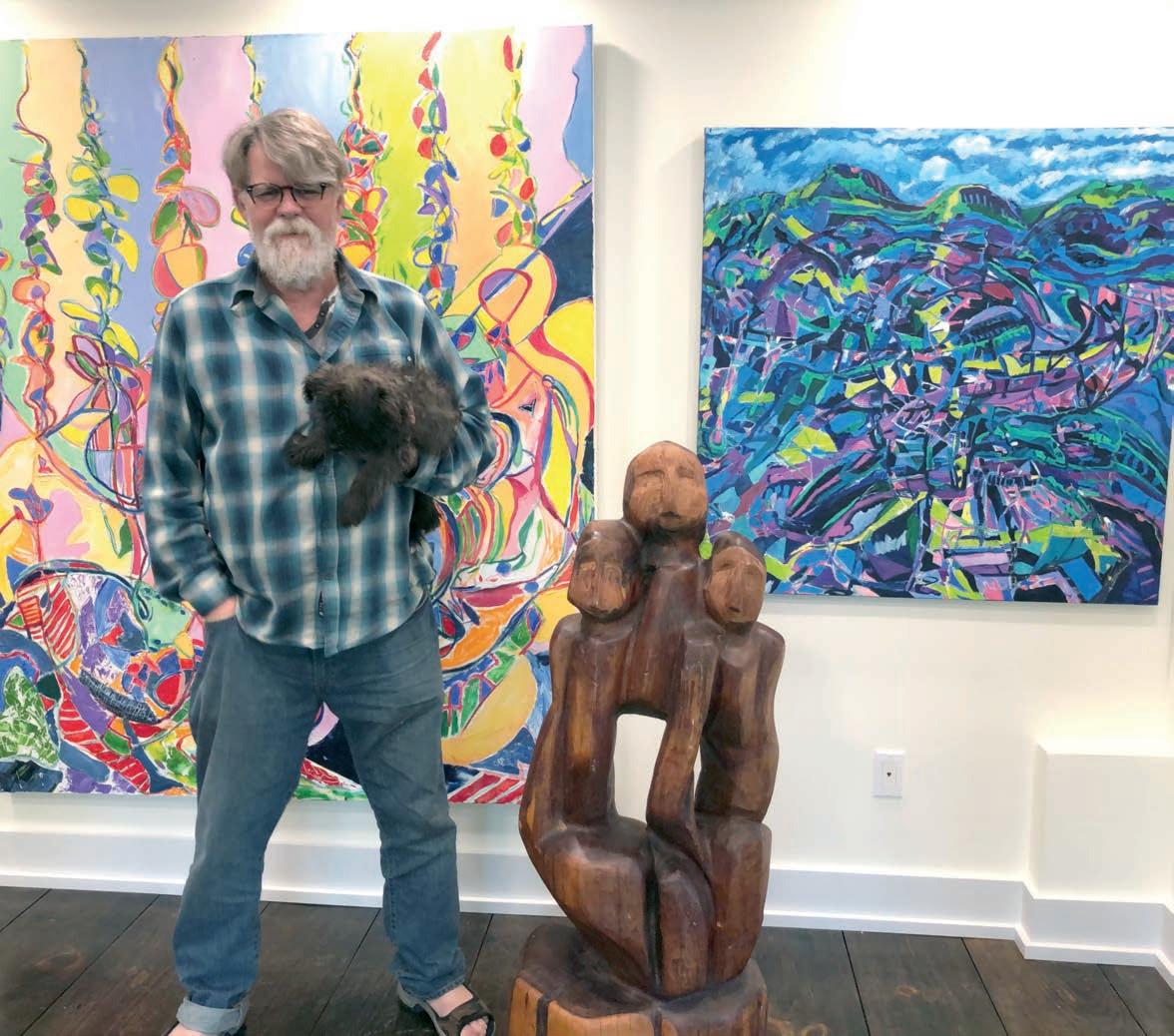
James plays no favorites with his pups Dylan and Garth and as a result, the pups play no favorites with his art. While they are incessant demanders of his attention, they will, with a certain degree of patience, pose with him for the occasional photo shoot. Here, in the gallery section of Art Haus, you can get an idea of the size and variety of his work and of the canine collection.
Color, subject matter and composition somehow co-exist in a form of harmonious peace despite the action transpiring on canvas. Standing with those small pups and large works of art, Madden maintains an aura of soft pride, and rightly so. To create is one thing. To wed the creative impulse with the creative process and
come out a winner is another.
Whereas and wherefore do not seem to come into play in his milieu. It is more like a sensitive WHAM in which all elements seemingly collide (another “ism”, Collissionism, as invented by Dimitri Semakov comes to mind) making for ample reason to be drawn to his work, especially if you consider his life after death experience. Full canvasses indicate a lust for life in which every breath is of lasting value and despite our impermanence on this plane, there is a permanence somewhere. Big Jim was there (and back) and while he doesn’t have a tee shirt to document his journey, his artwork sure does. Is he saying there is no time for room, no reason for white space or any space at all, other than
what is in front of him and what he has to do to redeem the bonus time he was given?
While there is a consistency of style throughout, and somewhat of a continuity with some major motifs from nature as he sees it merged into single images, all confirm, as Janis so aptly states, “the homogeneous character of the painter’s present attitude.”
Continues Janis, referring to artists unknown in general in the catalog to an exhibition called Contemporary Unknown American Painters in 1939 (sponsored by the Advisory Committee of the Museum of Modern Art and shown in the Members’ Rooms of that Museum), “There is ample reason why lovers of art be drawn to their work but the audience
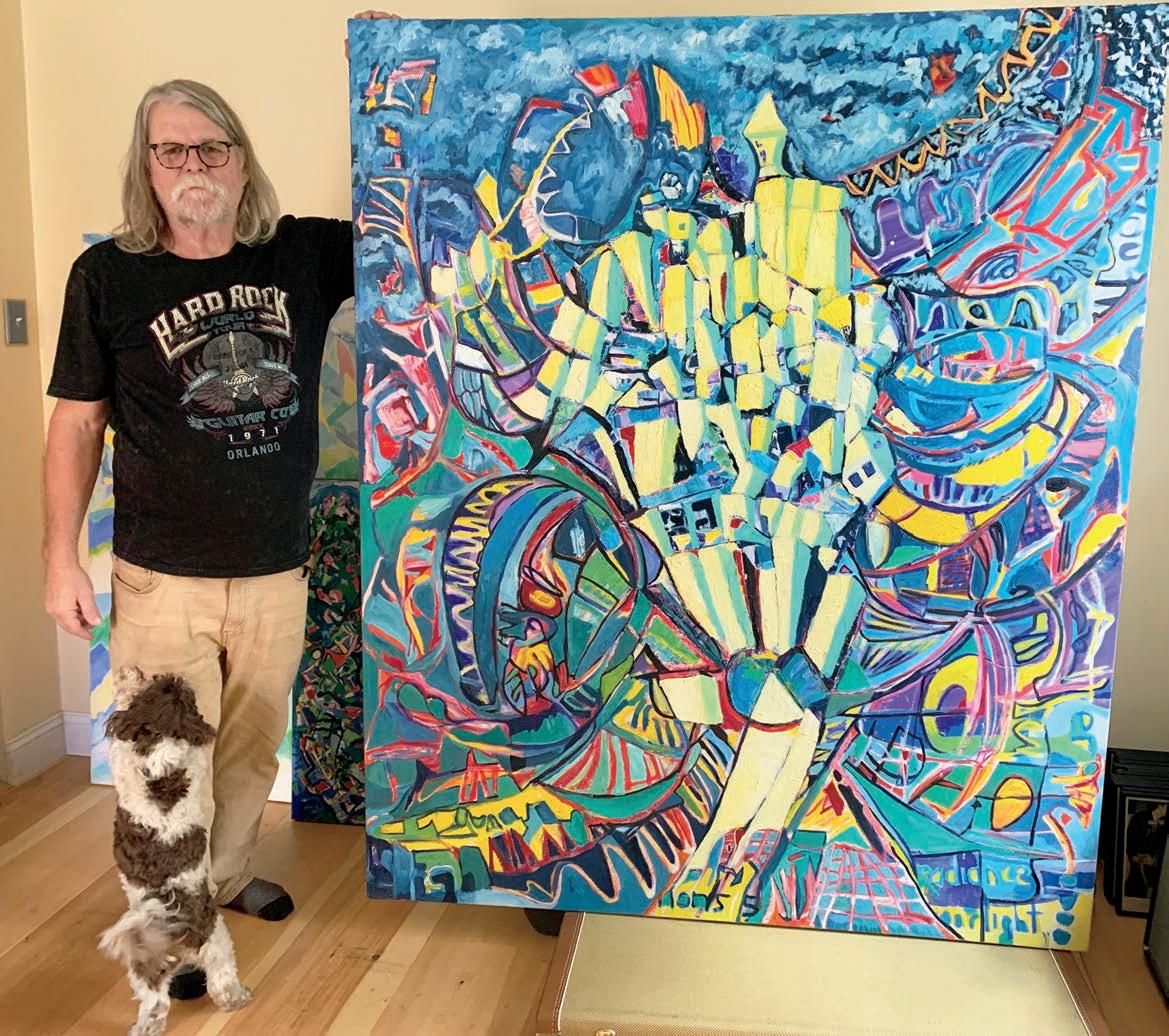
need not be restricted to the world of art, for the self-taught artist expresses himself with a humility and an easily comprehended human quality that may be shared by everyone. … For the psychologist there is rich material in this field, for the expression, unhampered by a complex painting culture, is so direct and close to the surface that the functioning of psychological processes in general may be readily examined. This is true, whether the expression be one of a given culture or subculture, such as Assyrian, Etruscan, Coptic or Gothic, or of individuals within a culture, as for example, Cezanne, Picasso, Duchamp or Klee, who are close to each other in the same painting stream. It is essential that this attitude be brought
to contemporary self-taught art, especially since each artist’s work may be regarded as unique and must, in the main, be evaluated individually.”
It’s a glorious atmosphere Madden has created in his North Country domicile. The interaction of a hard-working artist living with most — if not all — of his life’s work, is interesting to behold. I remember visiting the home studio of the great Pousette-Dart in Suffern, NY, where he maintained canvases from his five decades of painting, neatly stored and readily available for him to show and also add a dab of paint where he saw fit. Madden’s situation is similar — drying oil on canvas or wood indicates the constant energy of the artist. It is a fun and fascinating experience.
“Whatever the reasons may be, there are people in the world who always retain an untouched quality — a spiritual innocence — regardless of their experiences in life. It is a spontaneous innate uncommon sense which remains inviolate in the face of outwardly imposed tensions and restraints,” concludes Janis.
Continuing a journey through Keene toward James’s home town of Lake Placid, one is surrounded under the protection of the beautiful Adirondack Mountains yet backed up to what was a raging stream turned river that flooded the town during Hurricane Irene in 2011. In this environment one can ponder just how an artist creates his or her own world and how we observers can do the same.
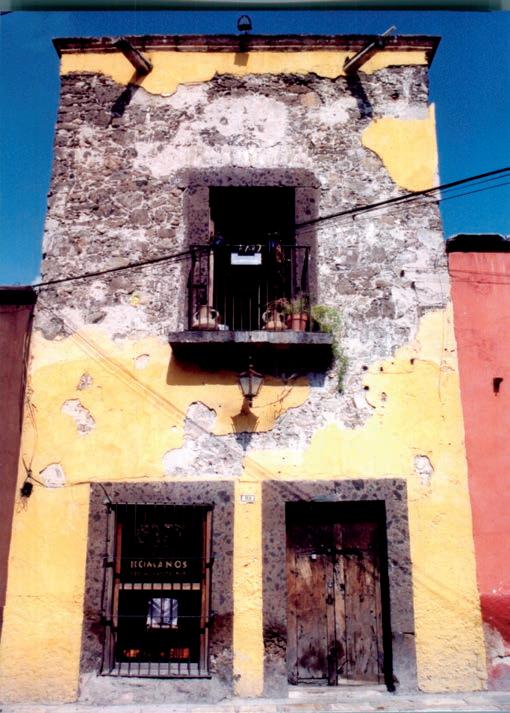
From “The Rime of the Ancient Mariner”
By Samuel Taylor Coleridge Argument
How a Ship having passed the Line was driven by storms to the cold Country towards the South Pole; and how from thence she made her course to the tropical Latitude of the Great Pacific Ocean; and of the strange things that befell; and in what manner the Ancyent Marinere came back to his own Country.
It is an ancient Mariner, And he stoppeth one of three.
‘By thy long grey beard and glittering eye, Now wherefore stopp’st thou me?
He holds him with his glittering eye— The Wedding-Guest stood still, And listens like a three years’ child: The Mariner hath his will.
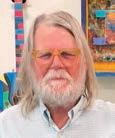
Jim will be the first to tell you that he was born the day he died on the island of St. Thomas when the business end of a flashing ratchet was delivered directly to his liver in two quick and deep stabs. Jim had just exited a tavern where he was a well-known and regular customer. He was in the wrong place at the wrong time, he says, and when he awoke in the hospital he asked the doctor if he was an angel. Having “crossed over” into realms of brilliant light heretofore unimaginable to the young man, he bears witness to this day of his transformation. His work and his life then became his testimony, ministry and artistry.


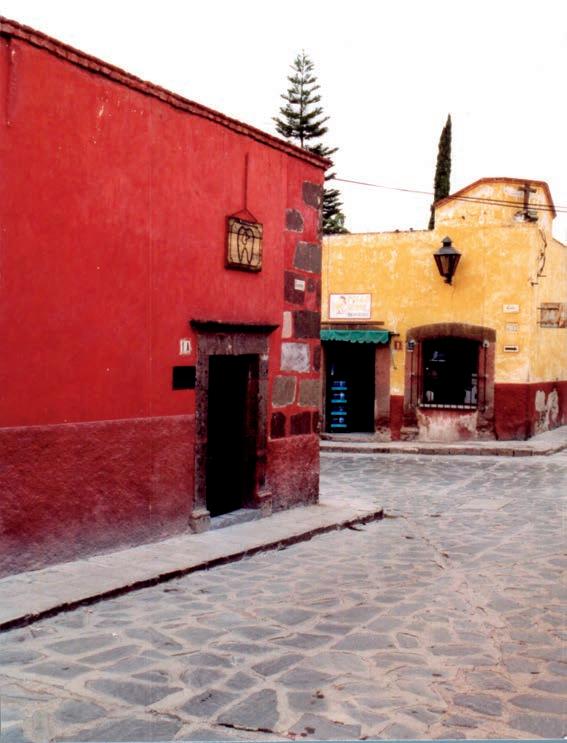
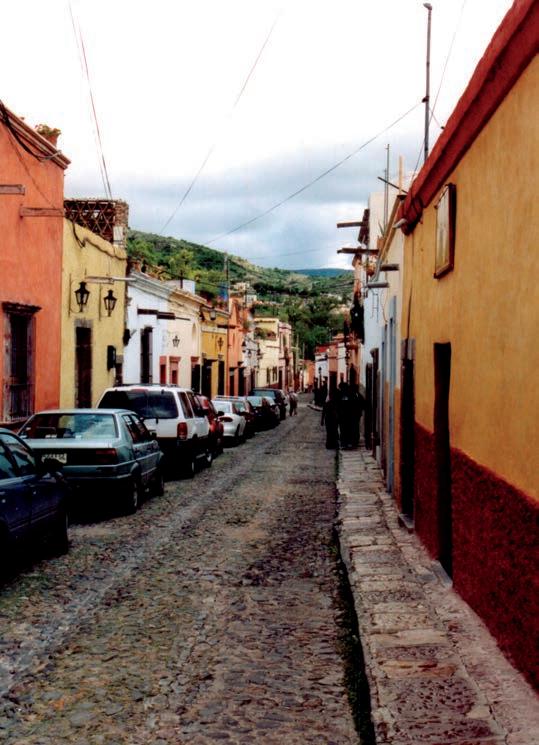
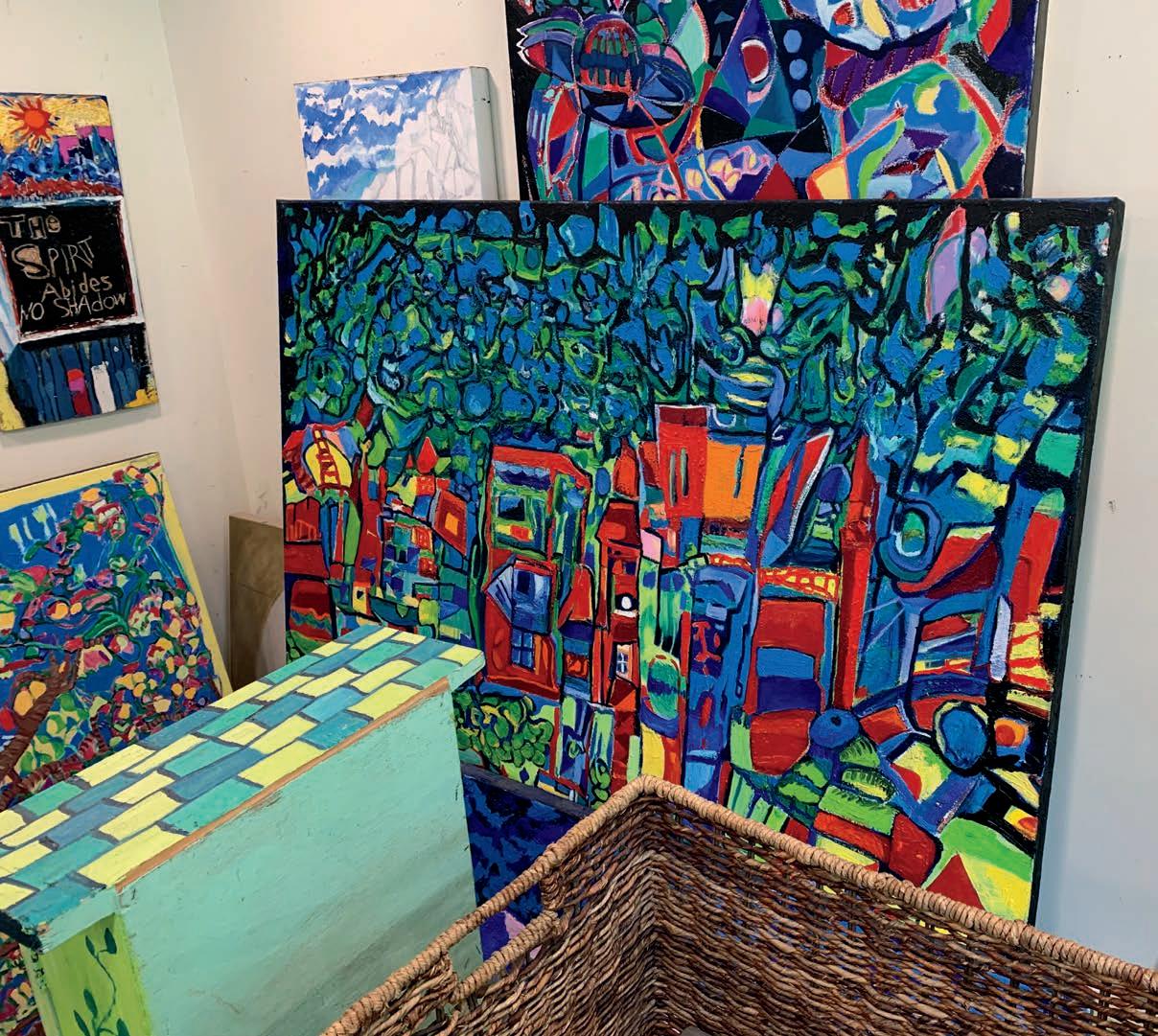
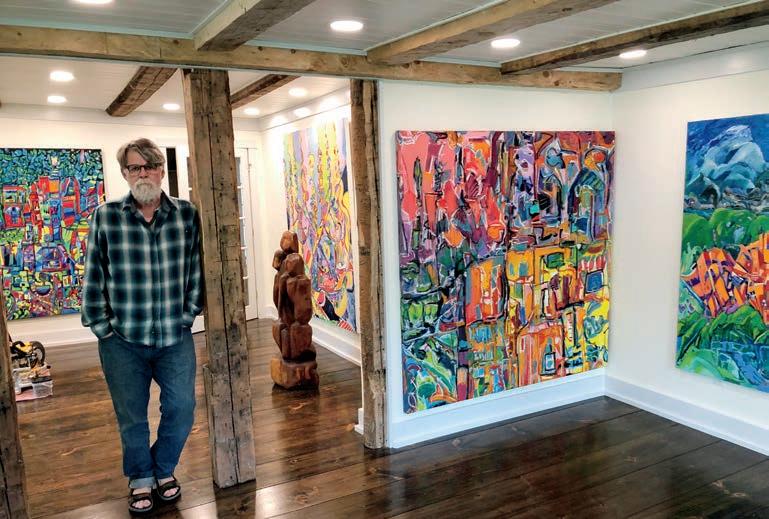
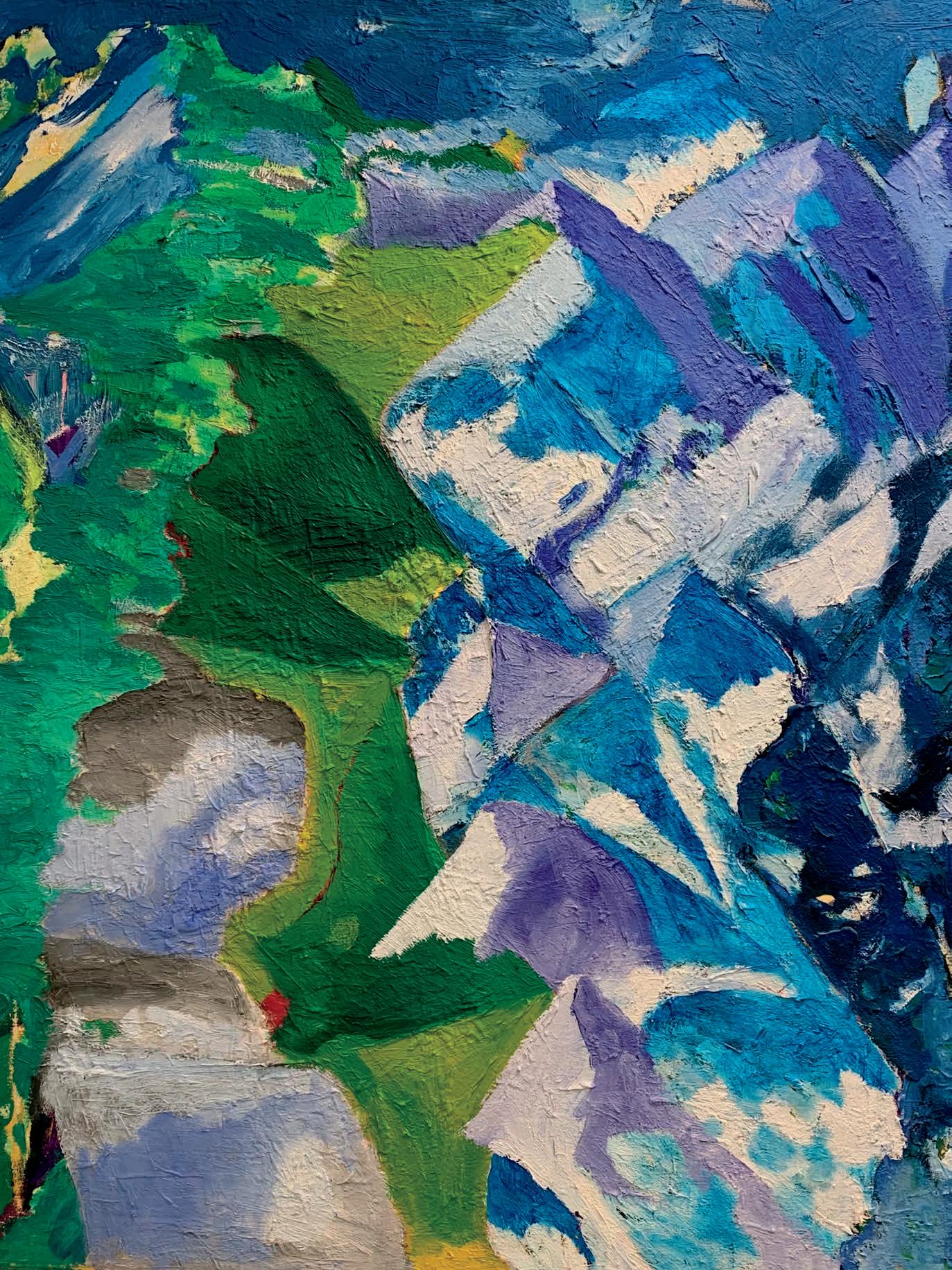
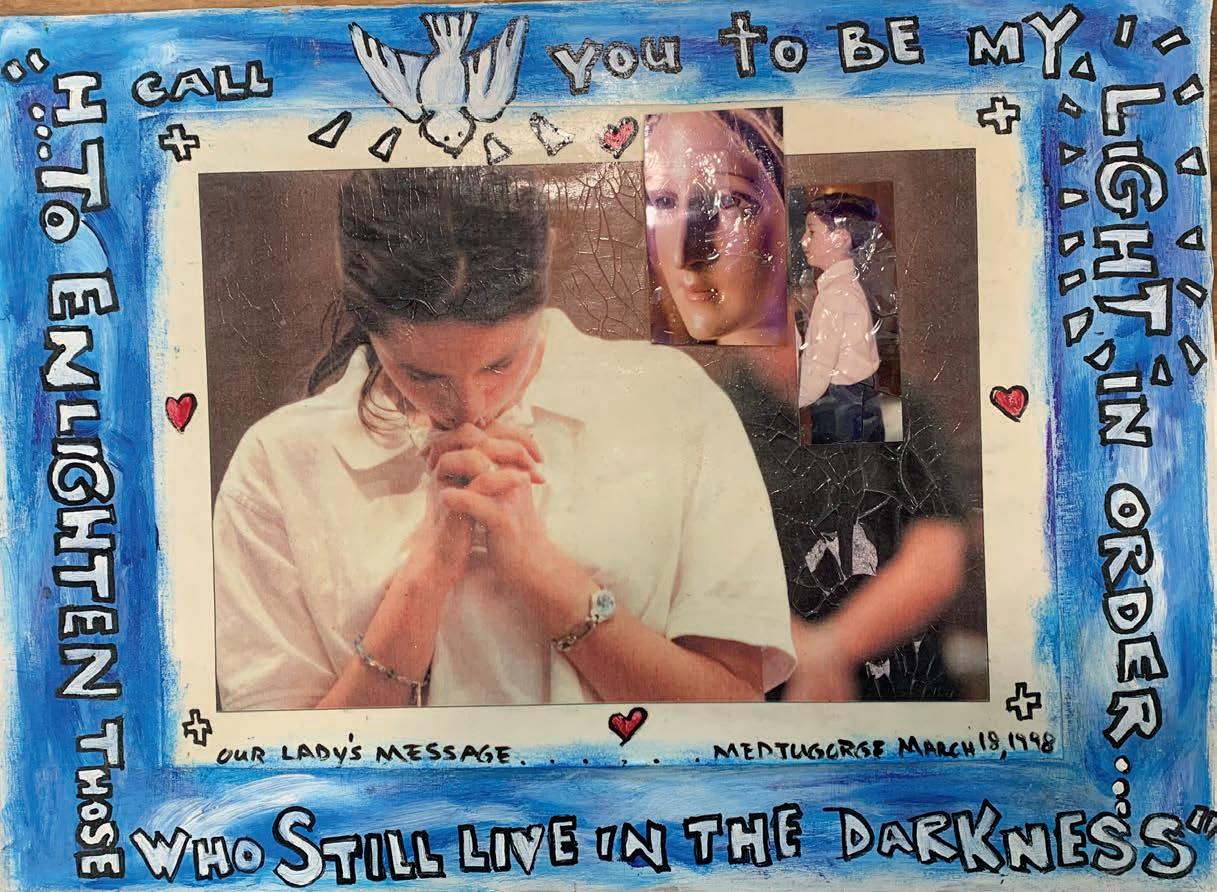
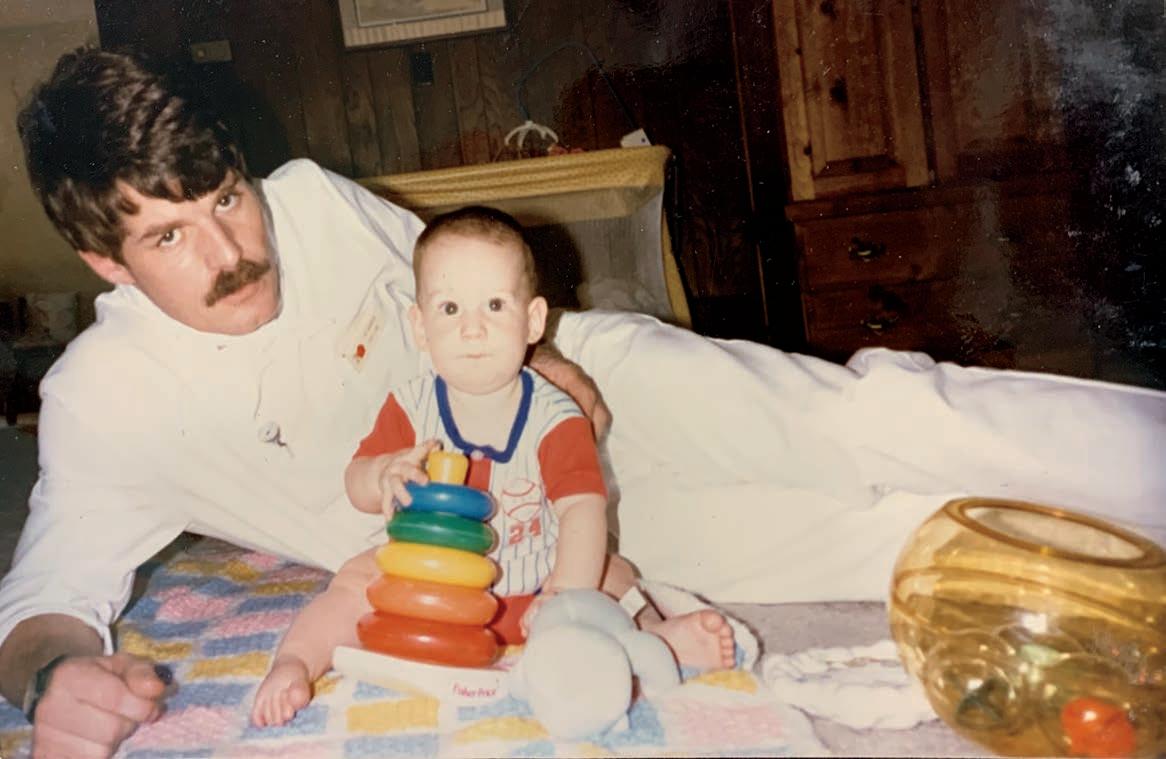
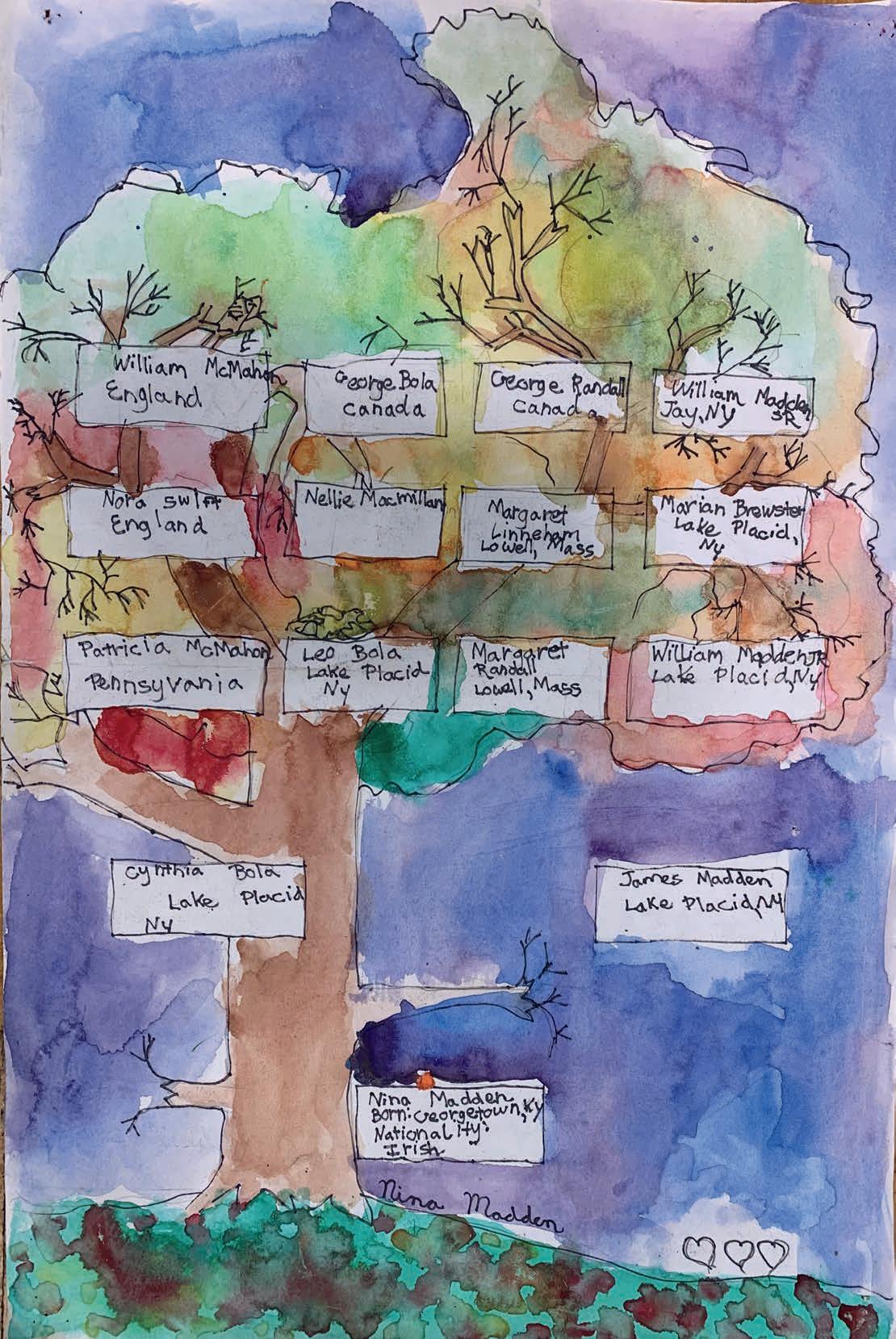
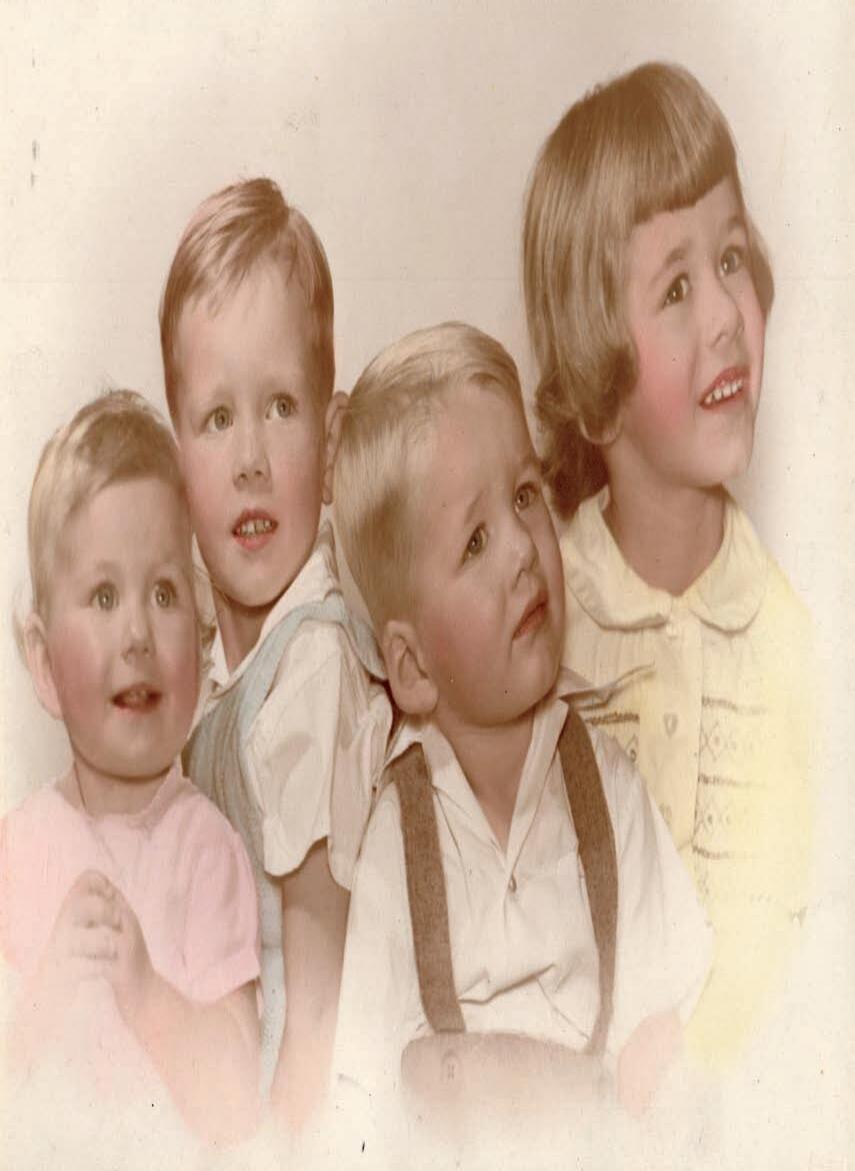
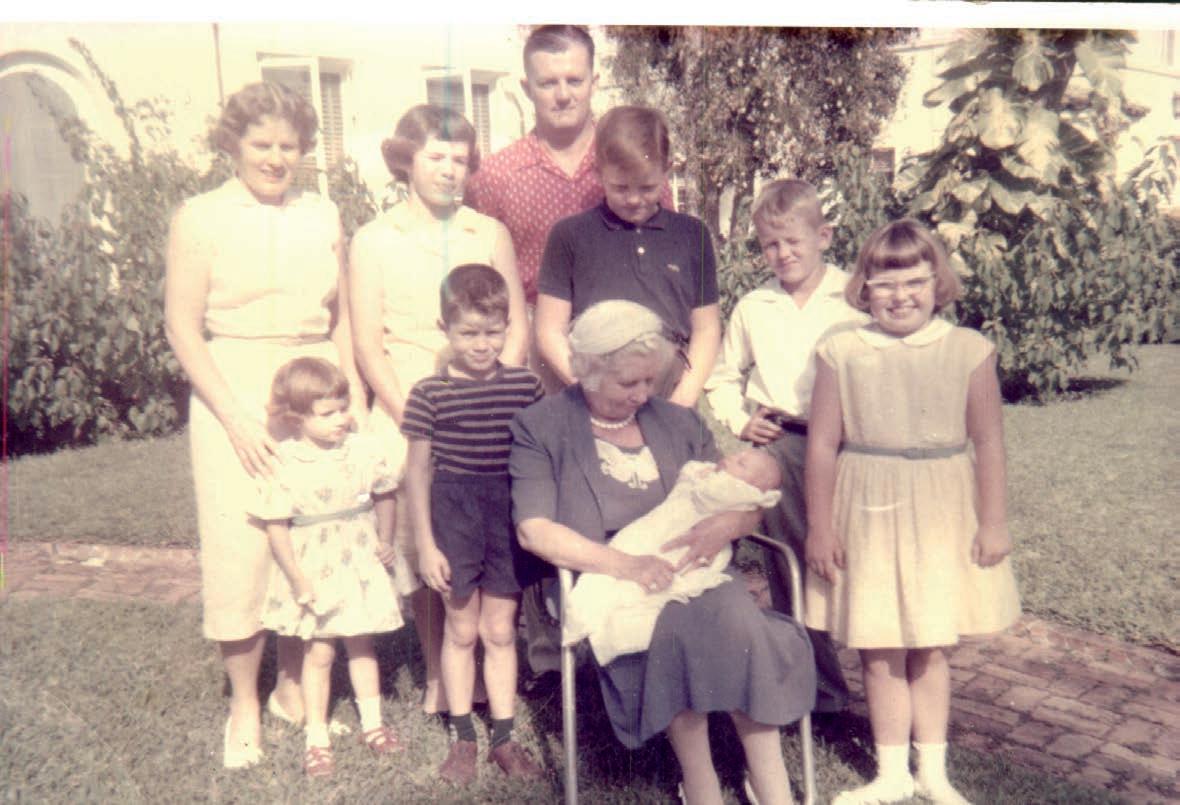
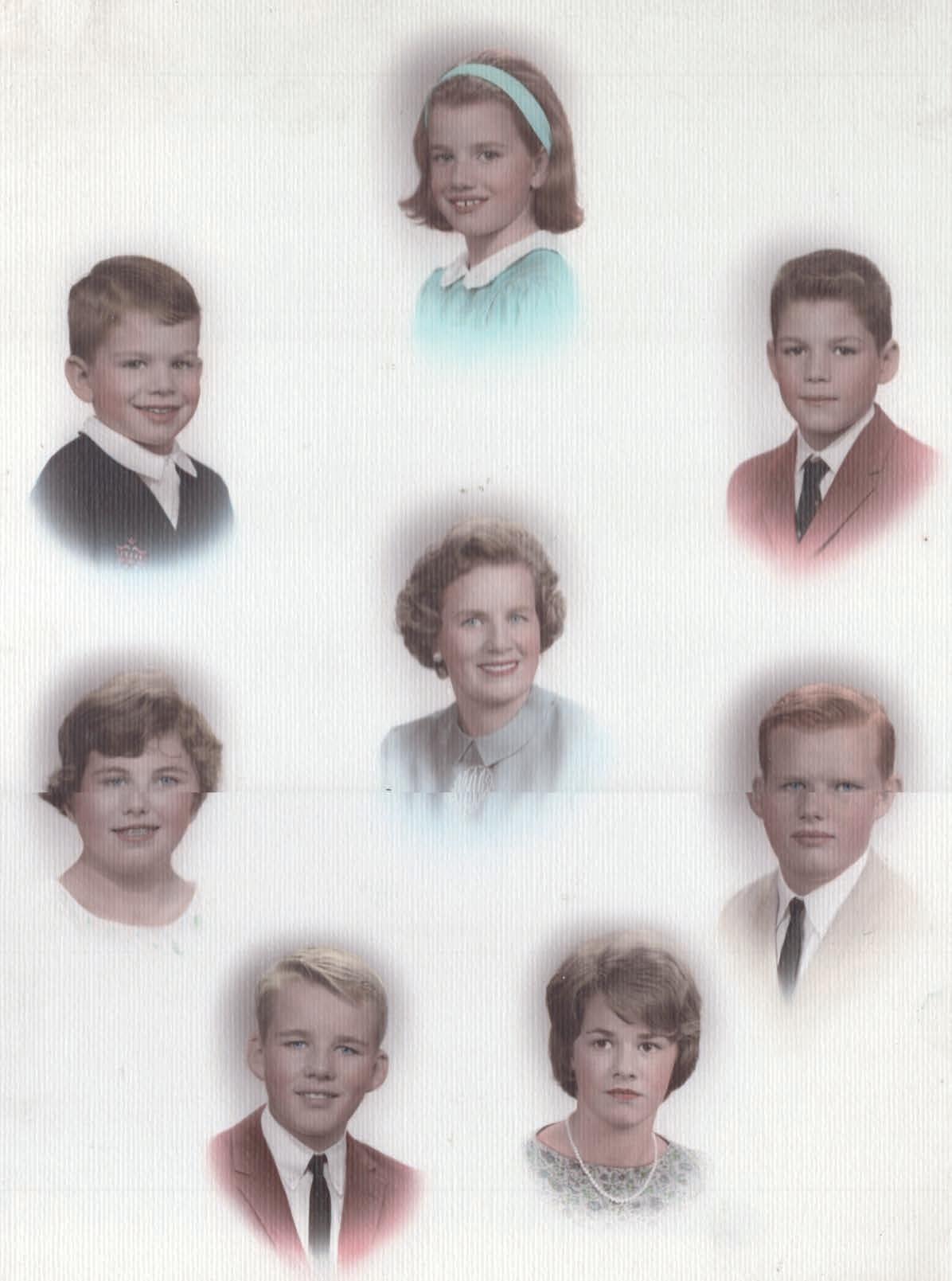
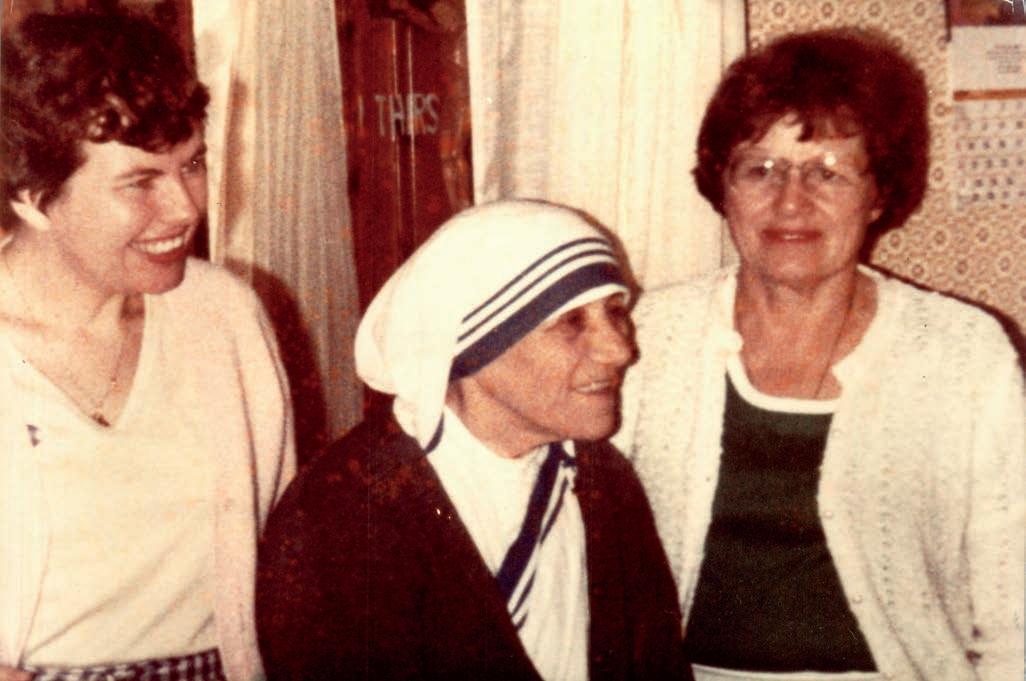
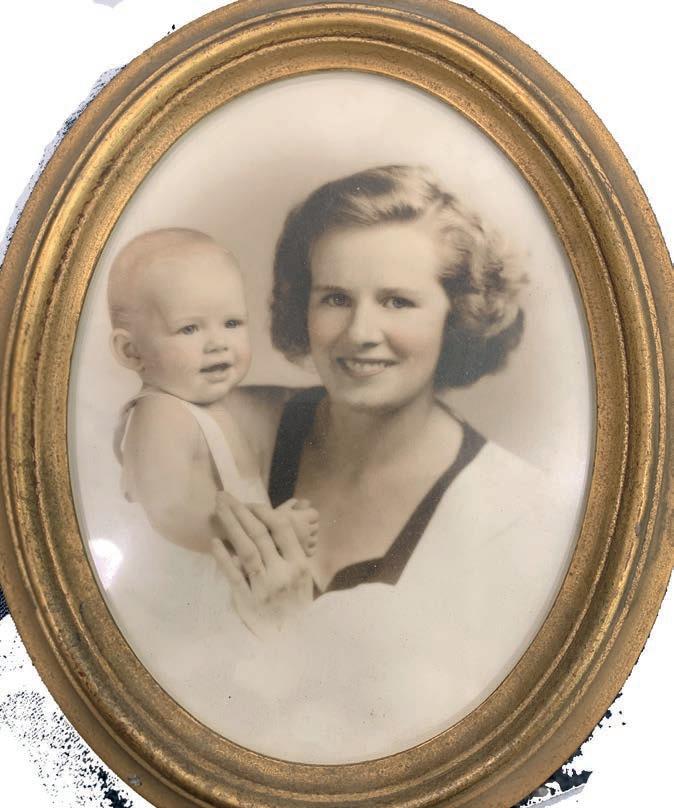
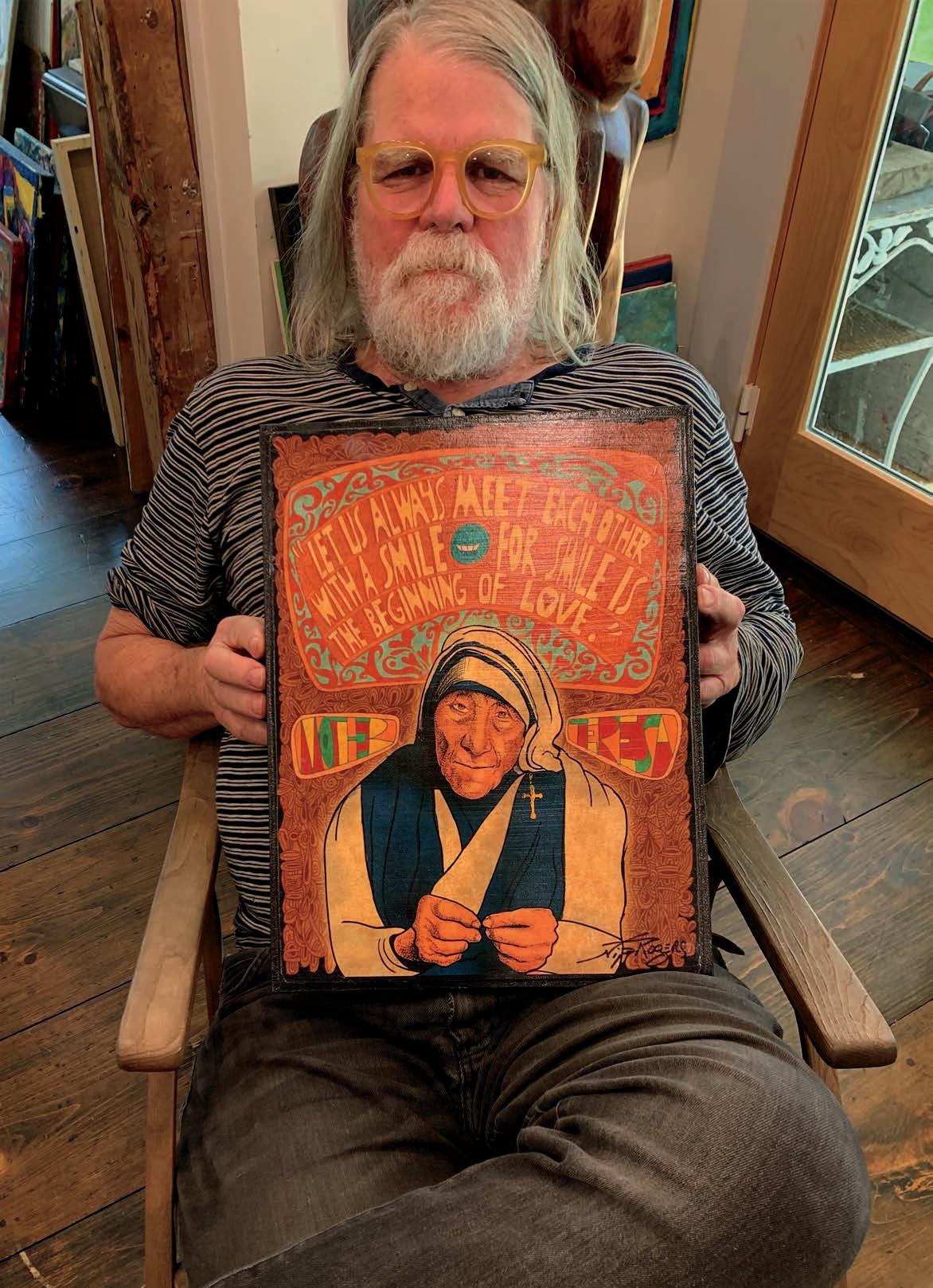
“Let us always meet each other with a smile for smile is the beginning of love.” – Mother Teresa; Nip Rogers, painting
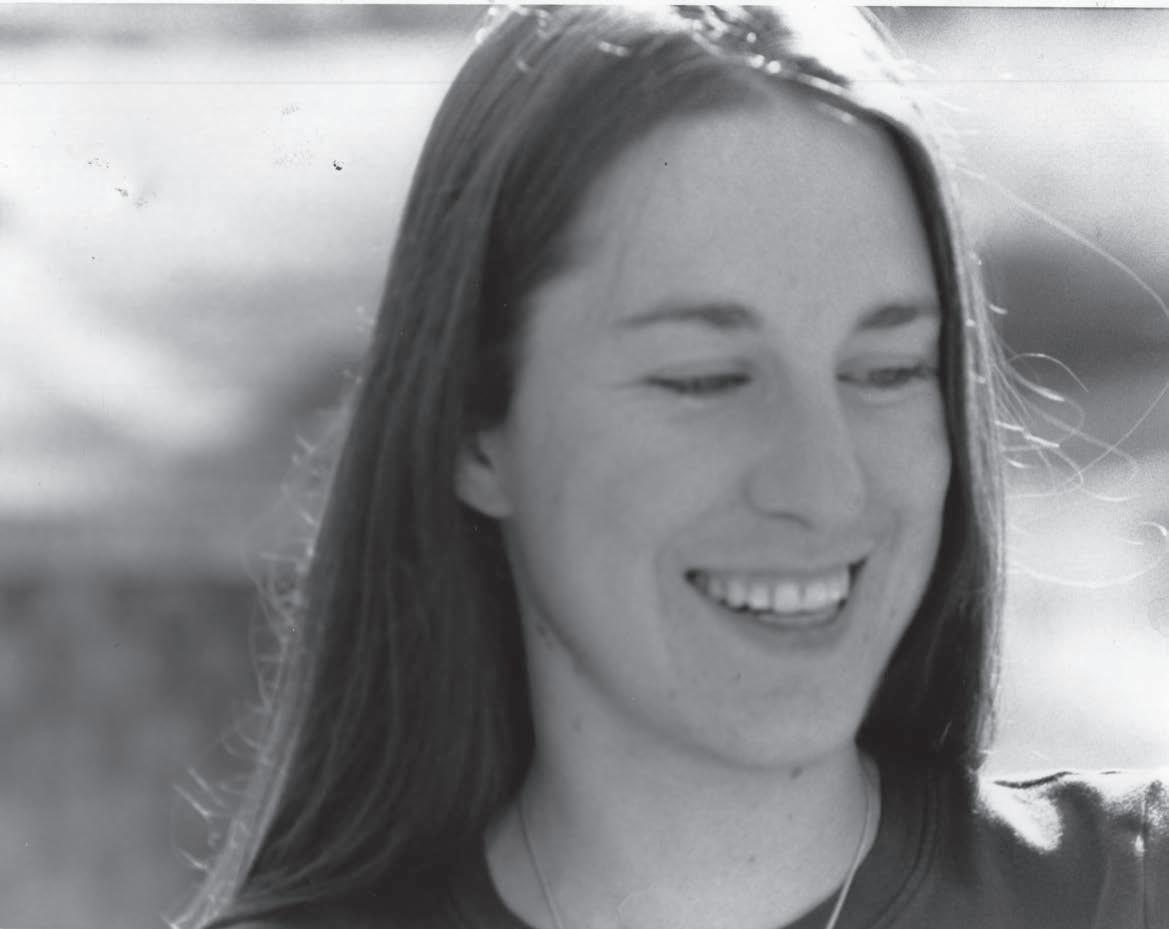
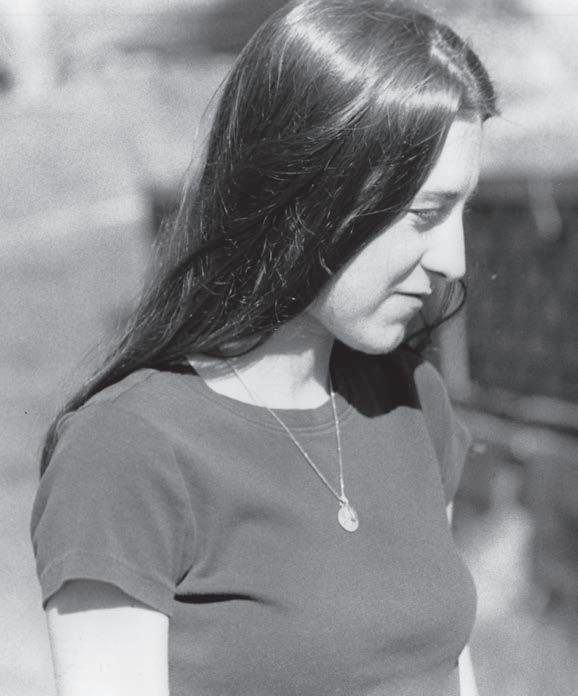
N I N A & S H A Y N E
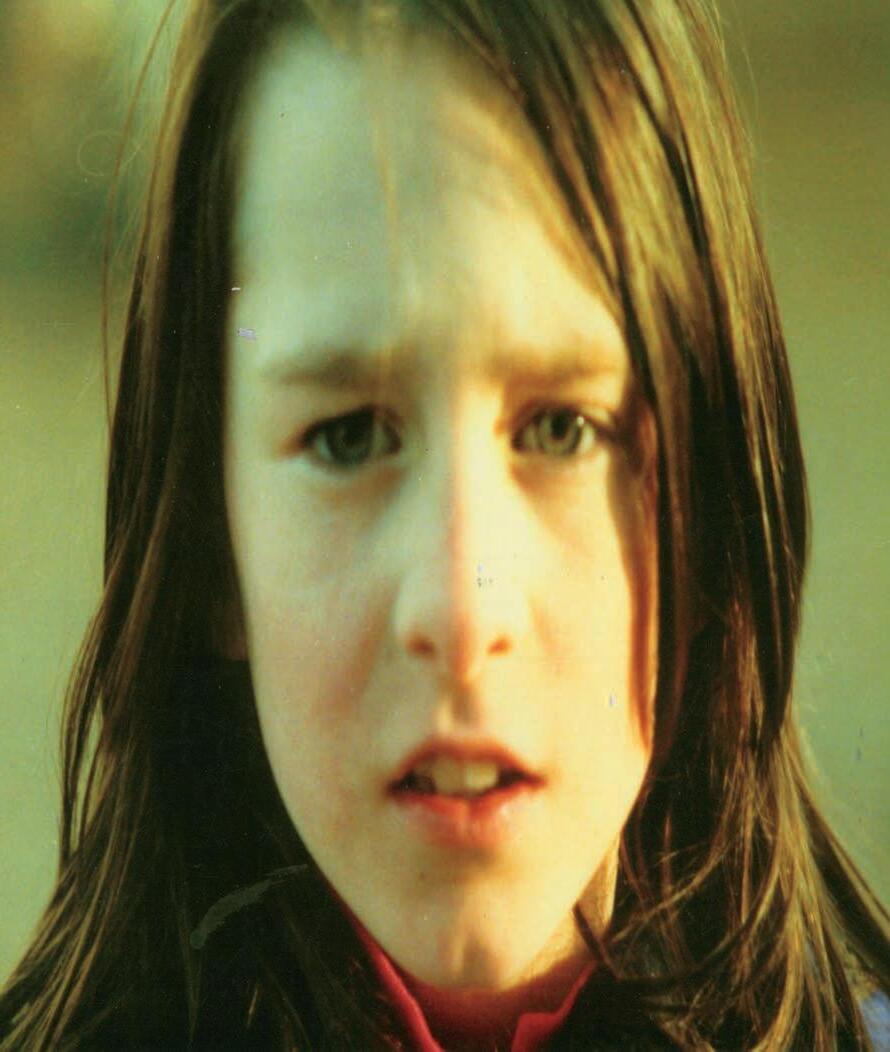
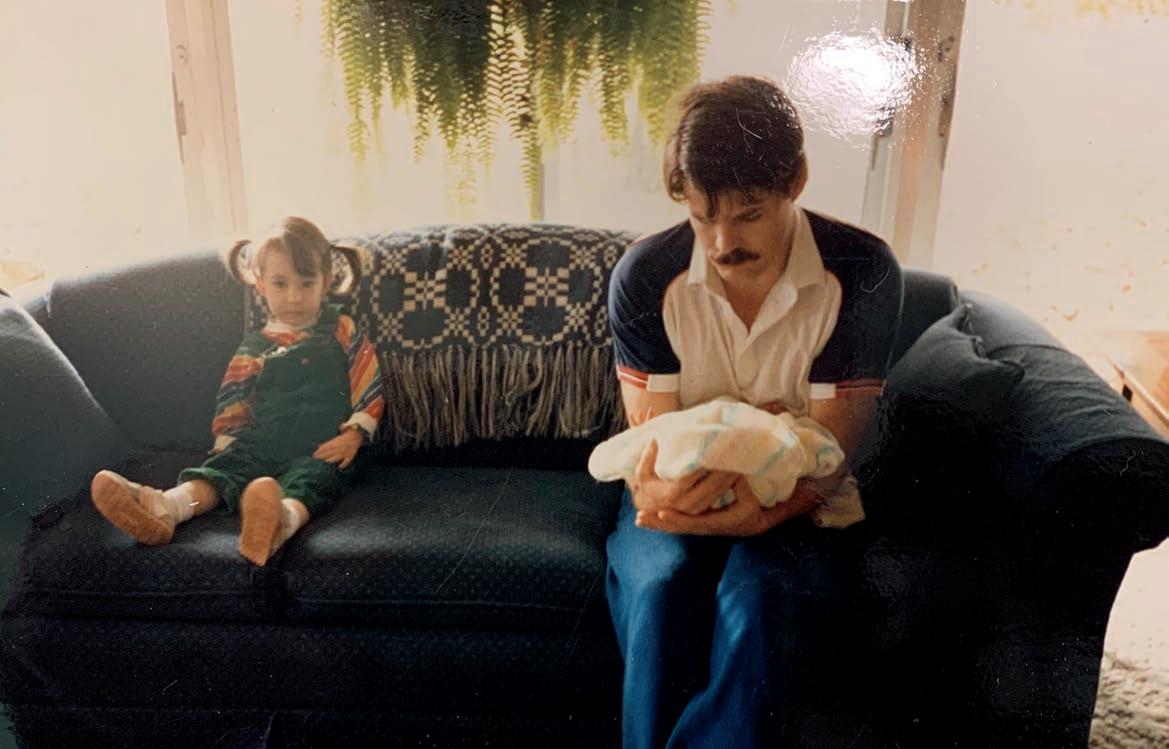
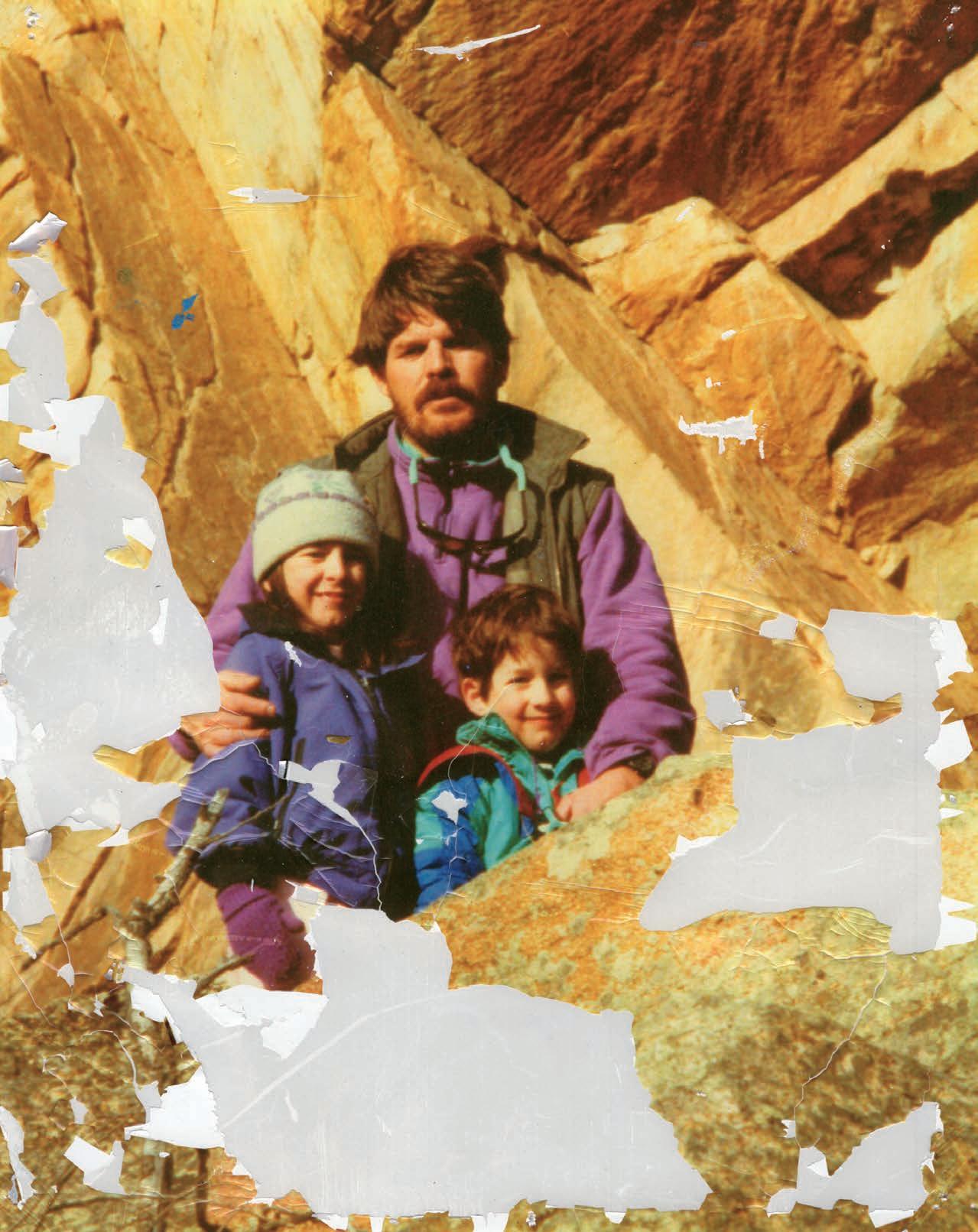
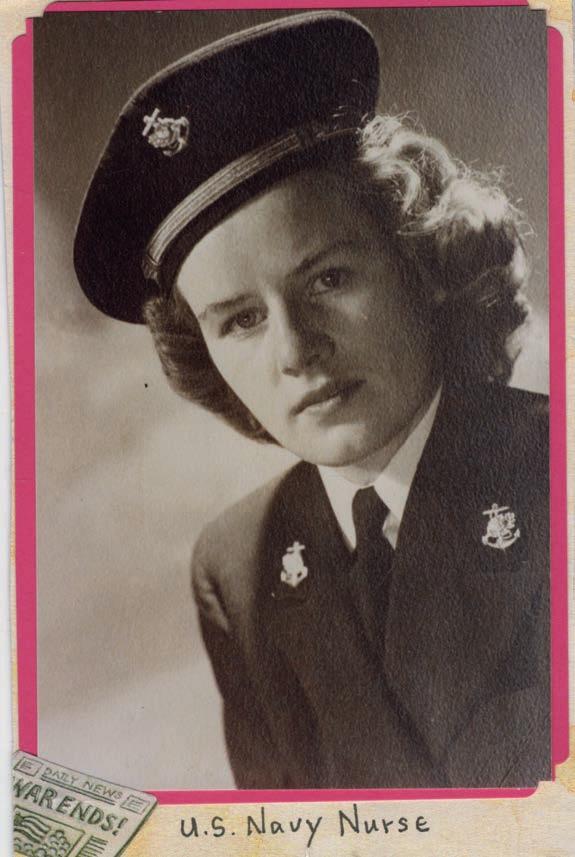
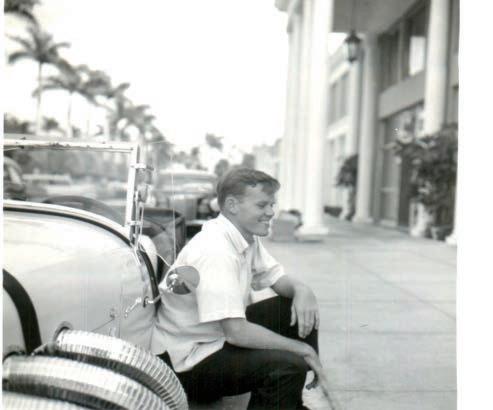
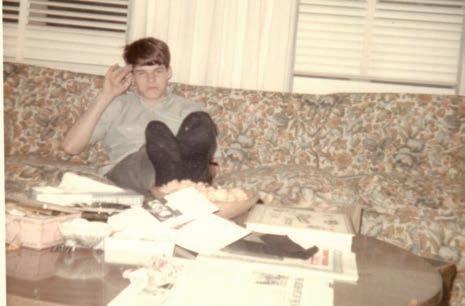
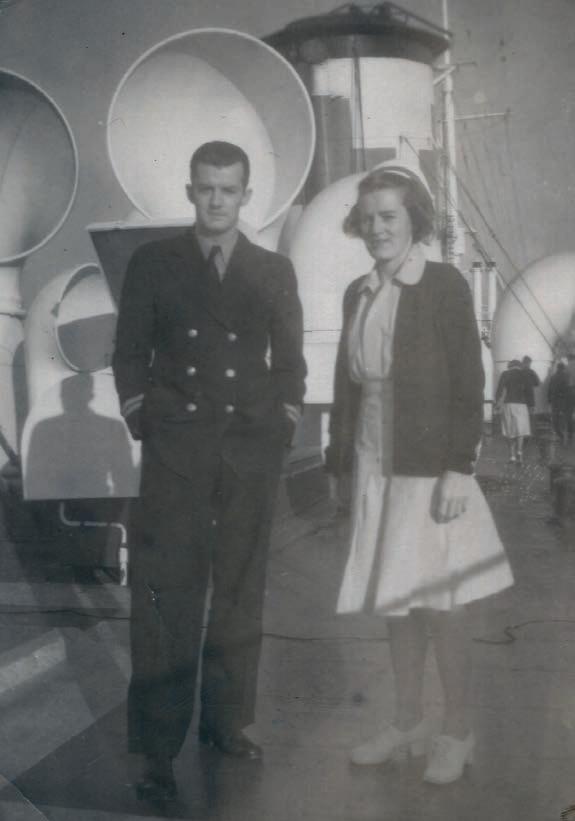
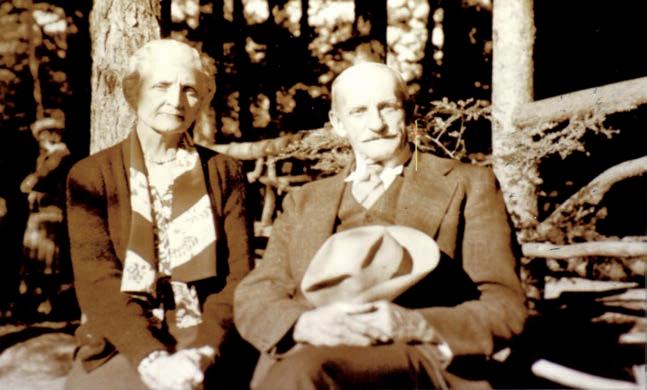
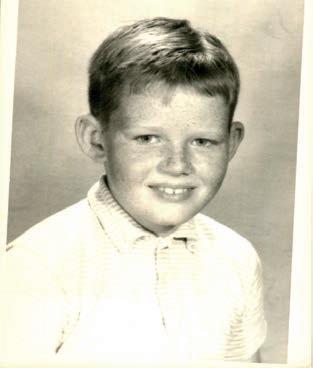
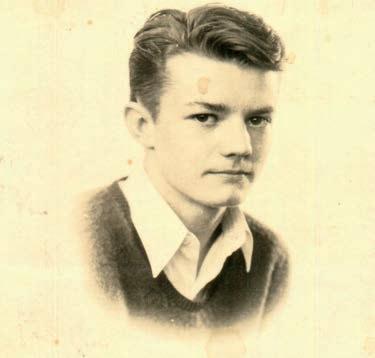
WEDDING DAY 1945
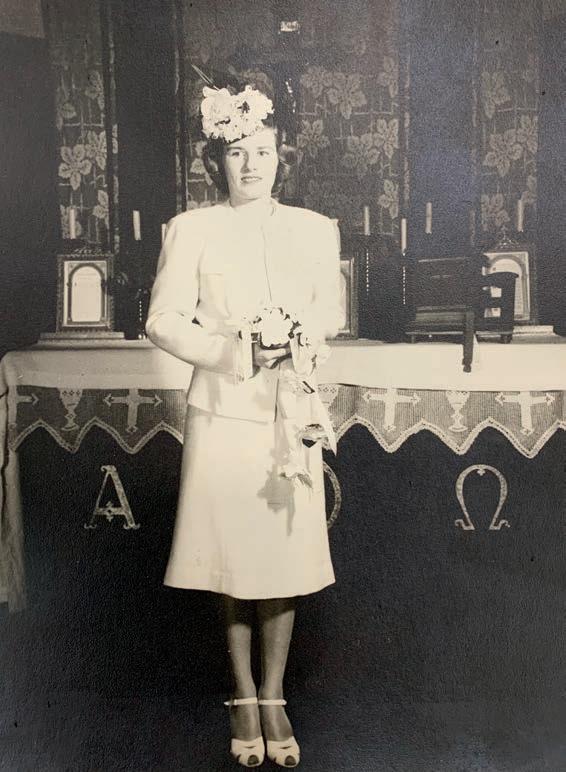
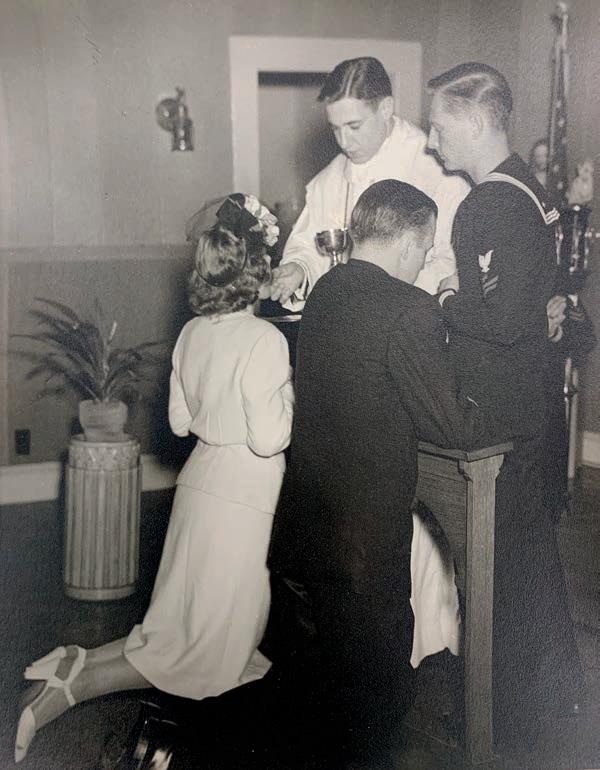
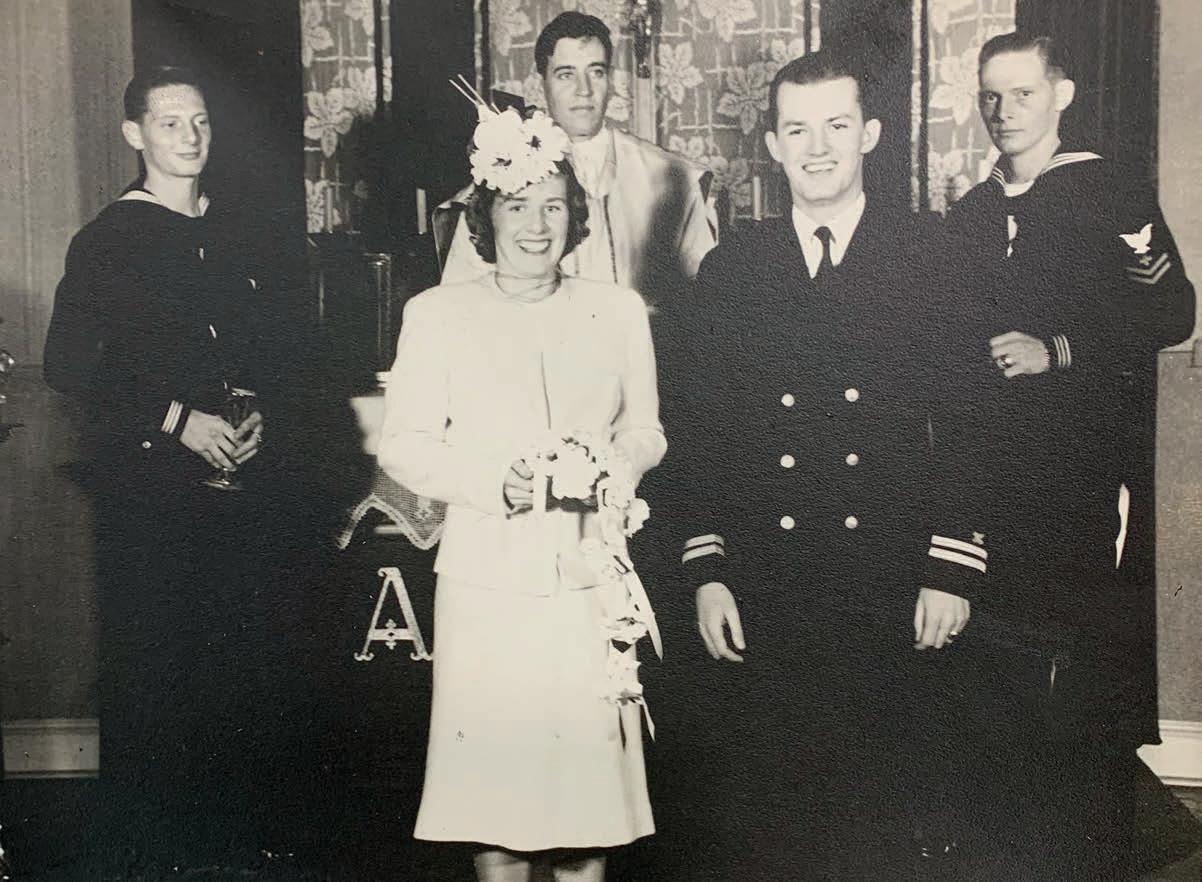
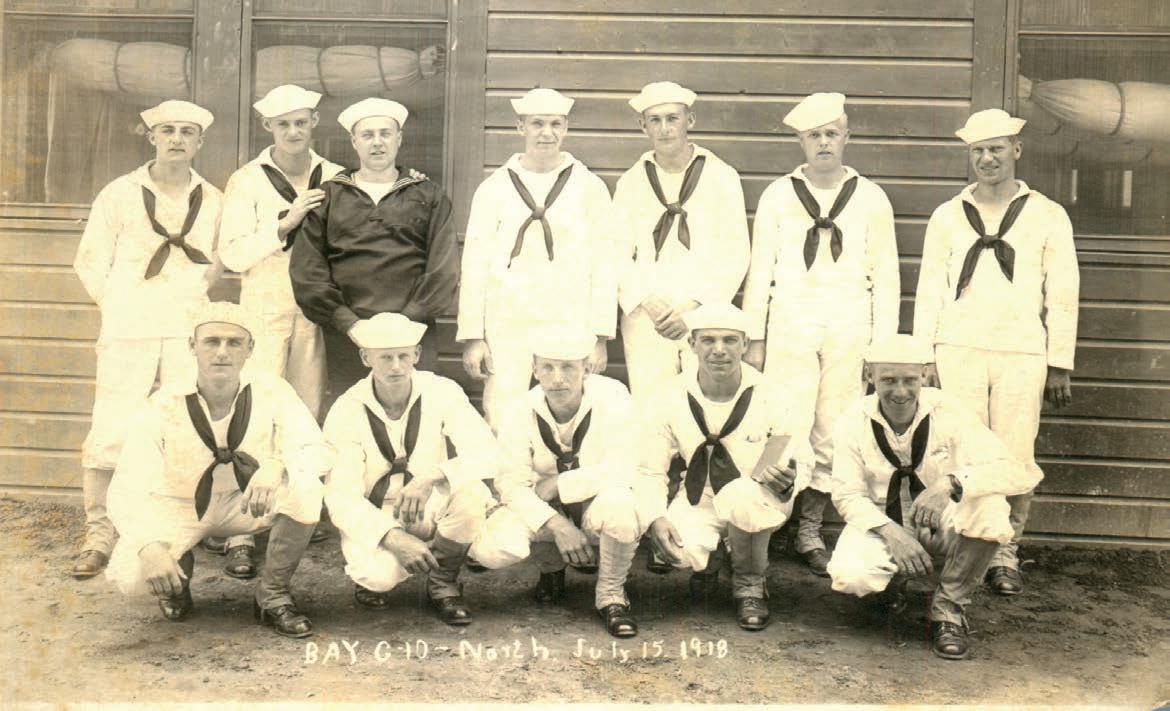

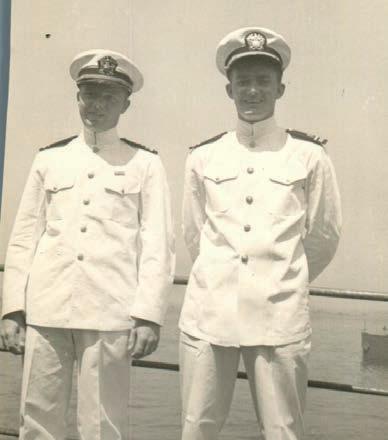
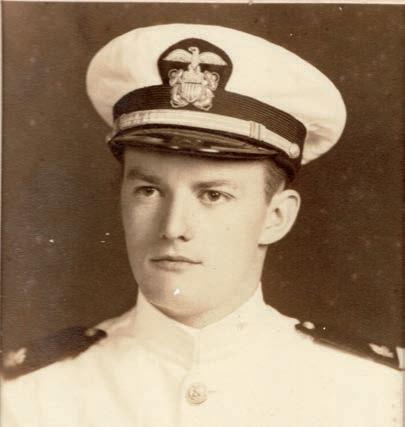
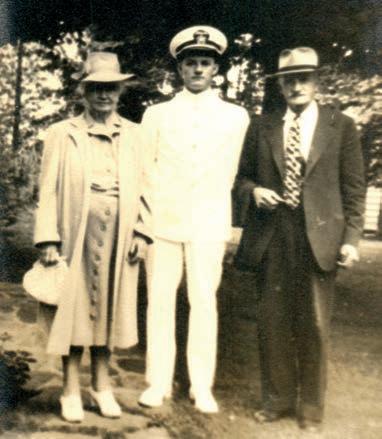
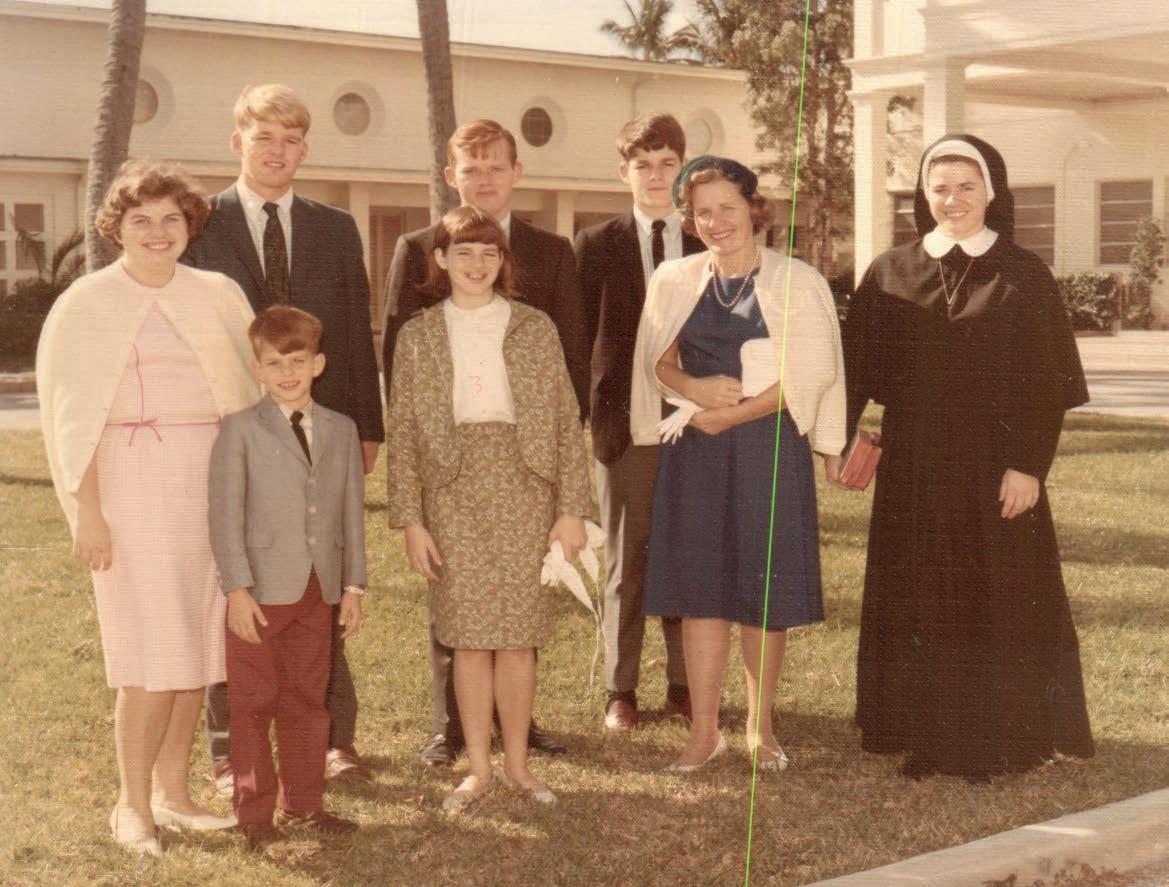
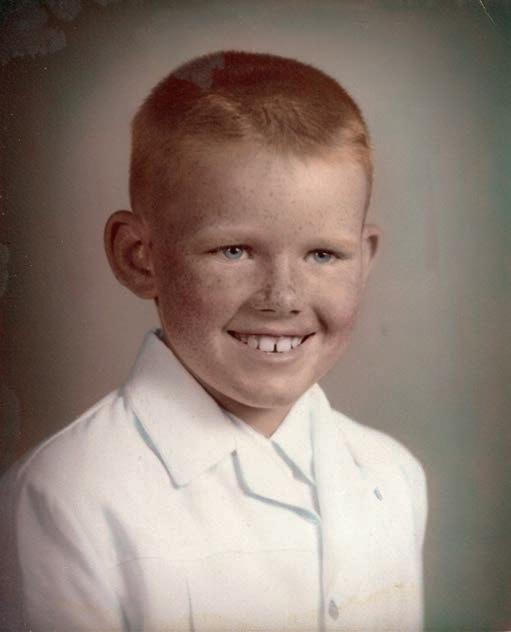

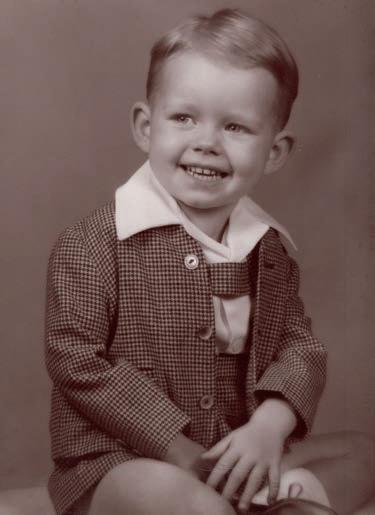
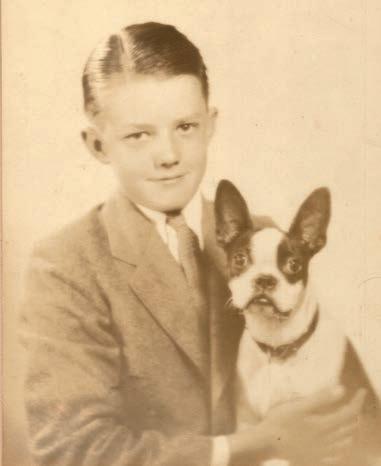
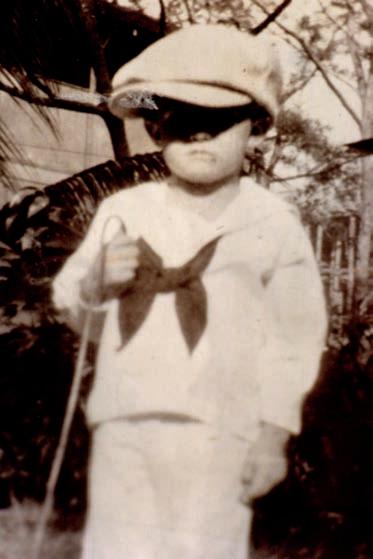

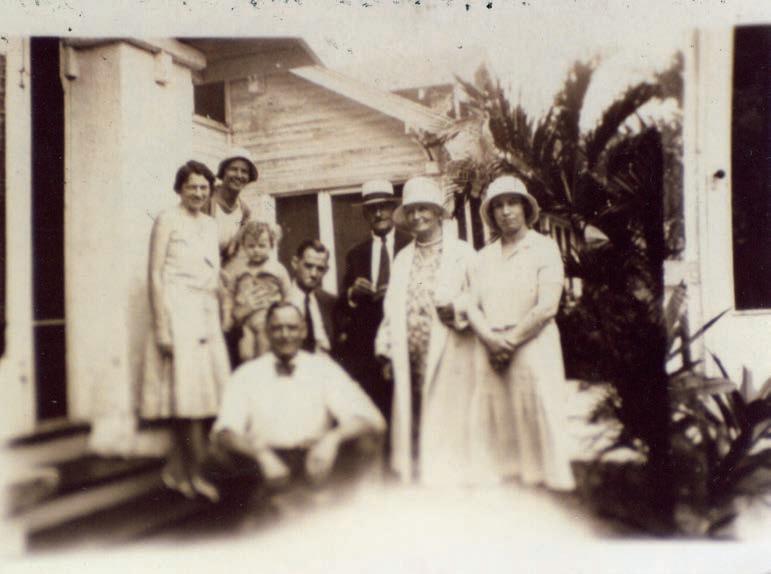
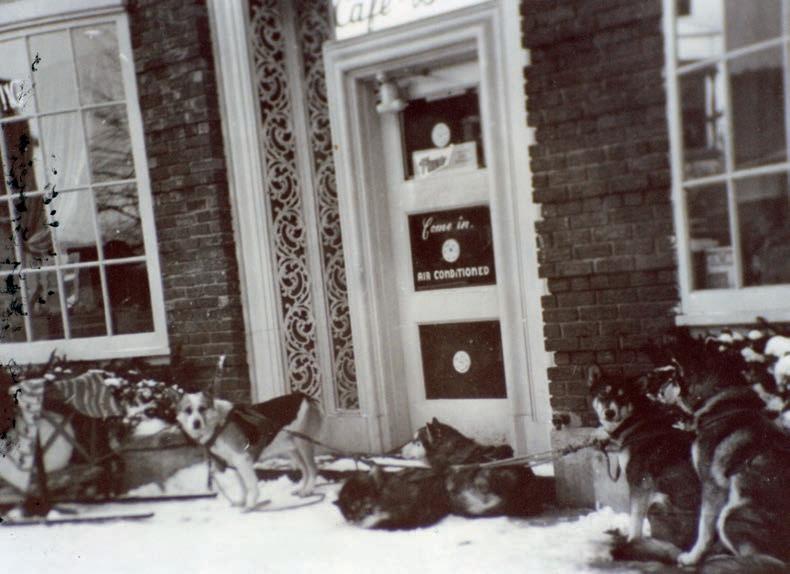
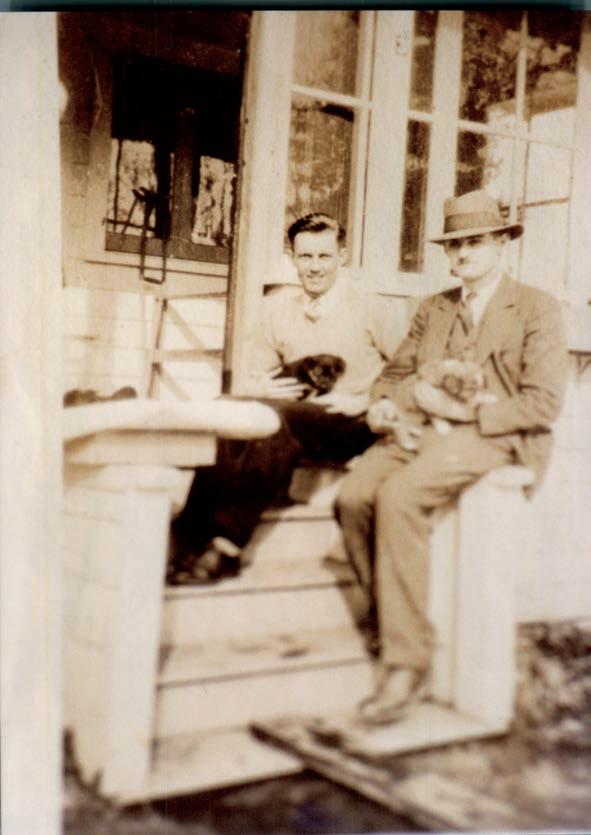
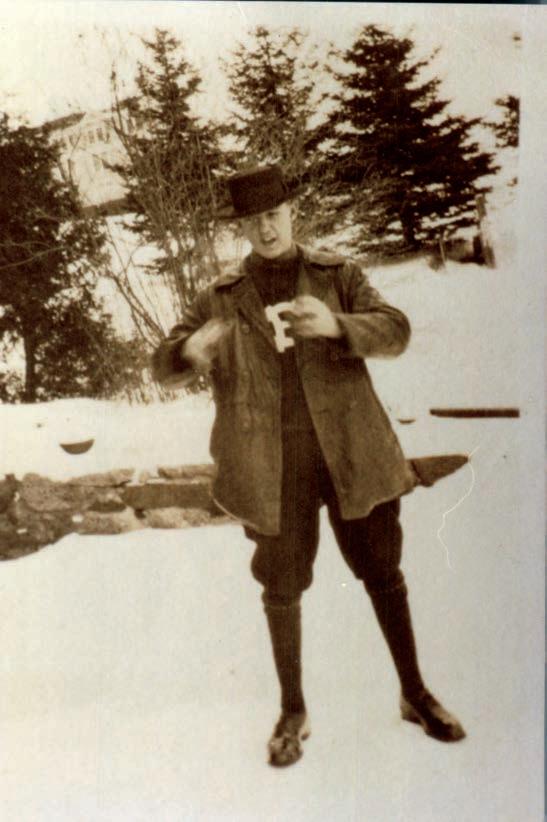
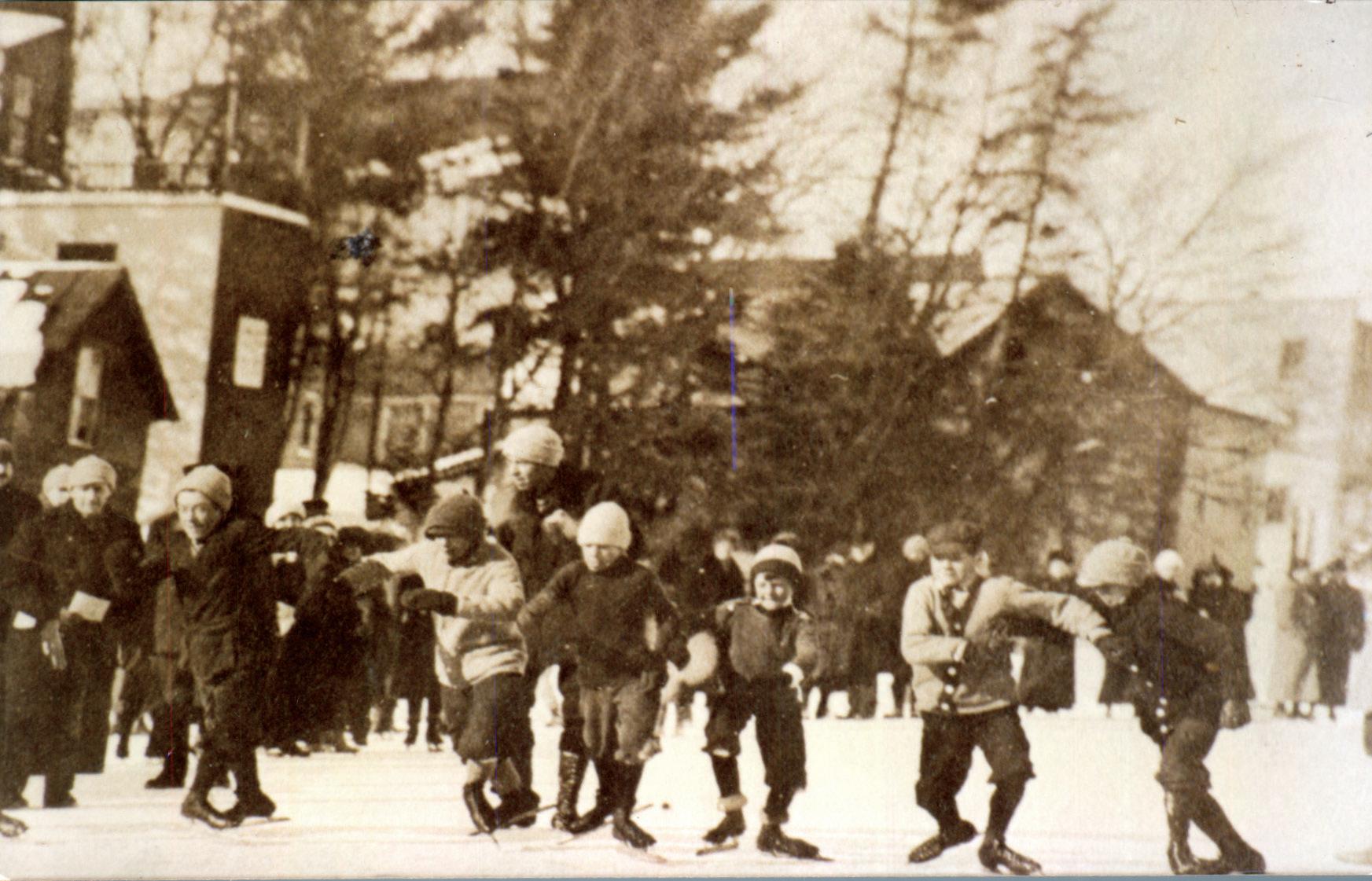
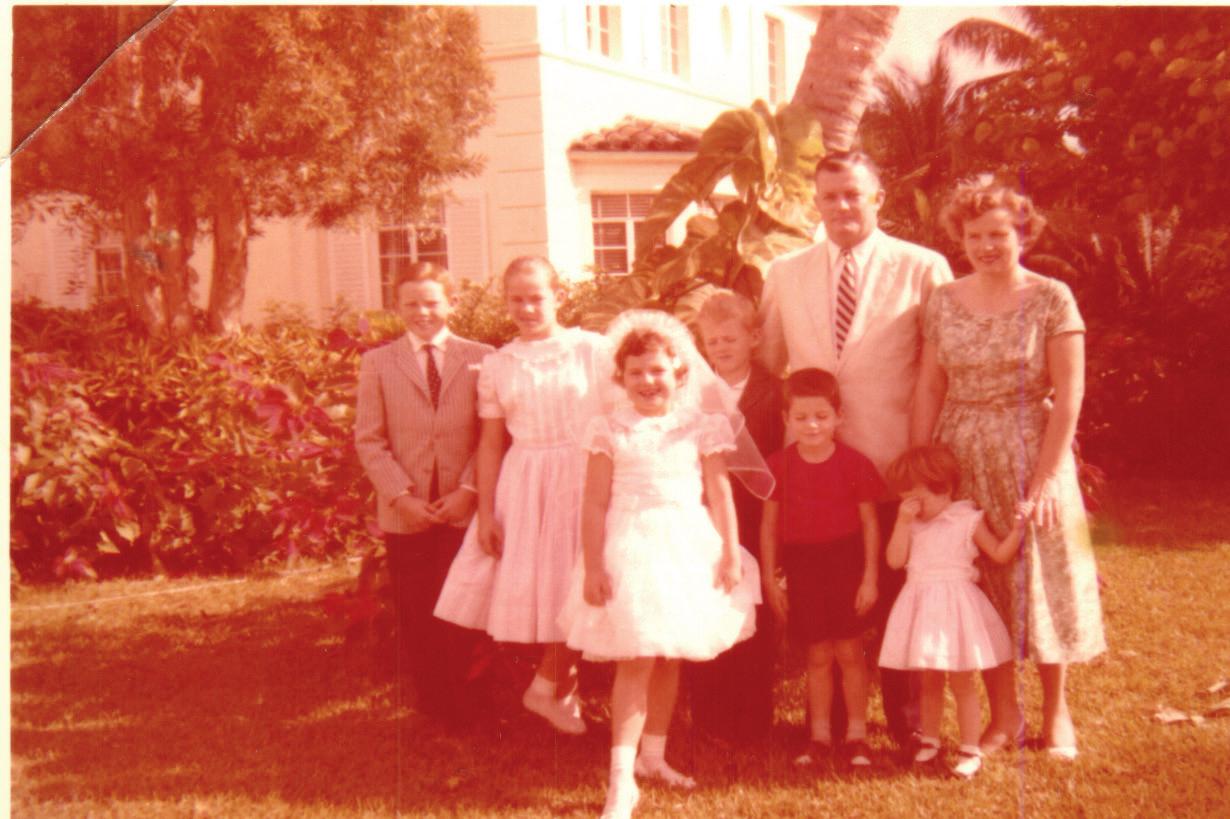
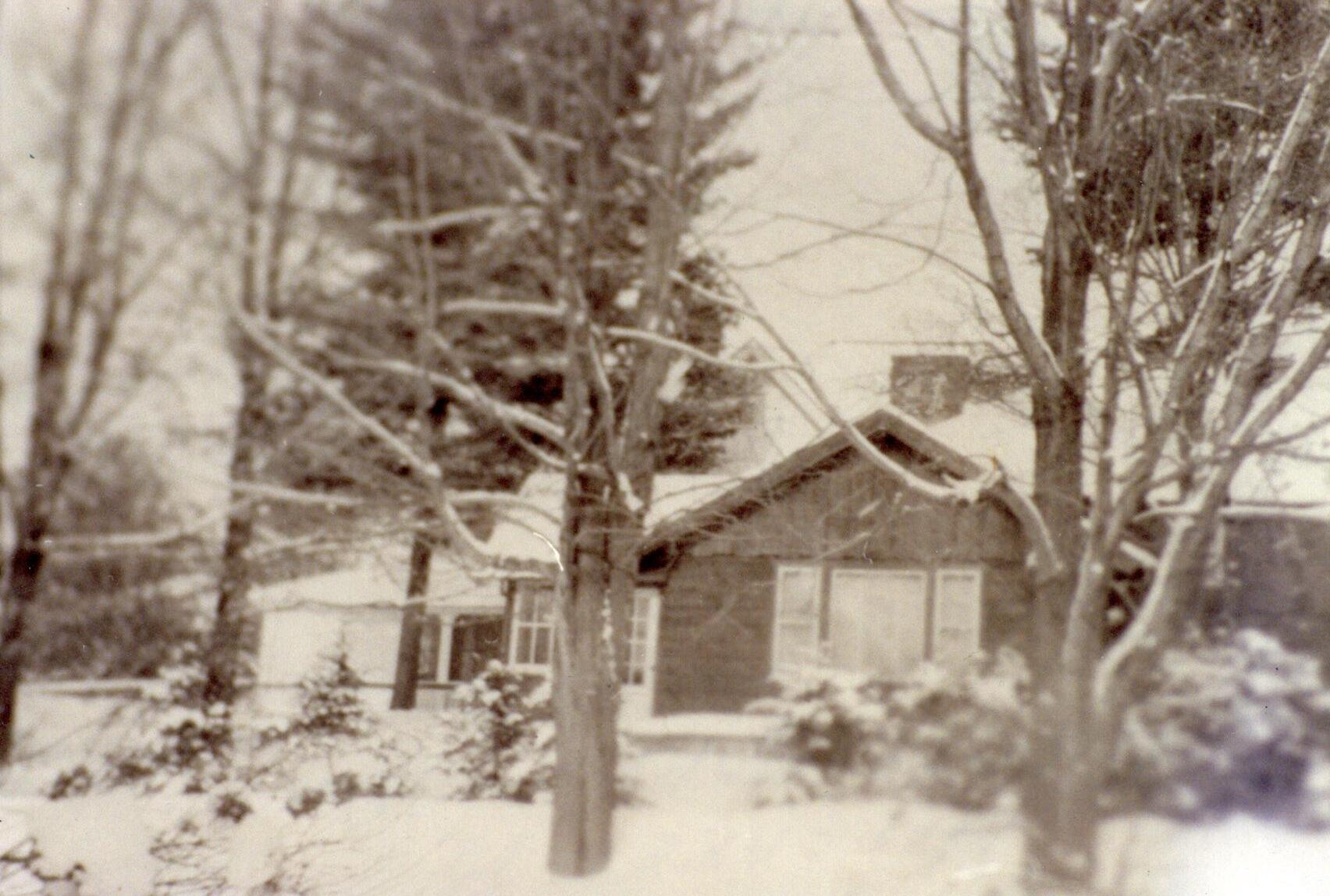
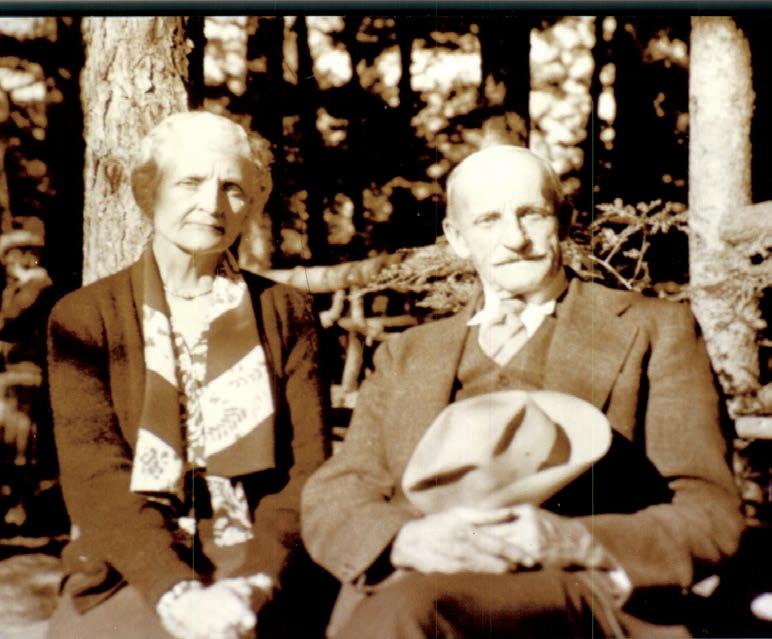
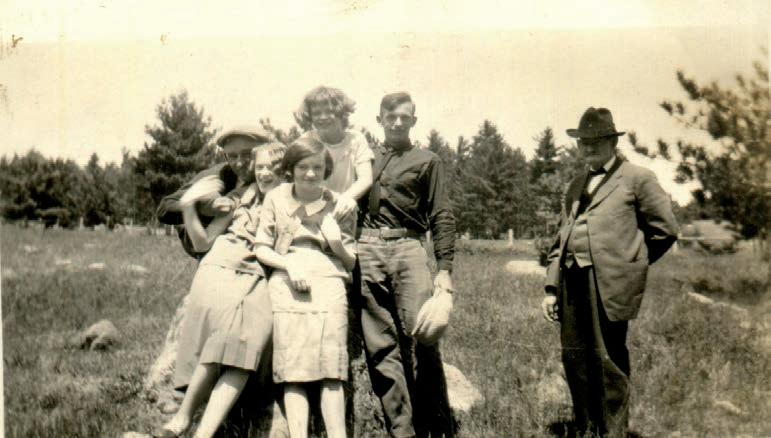

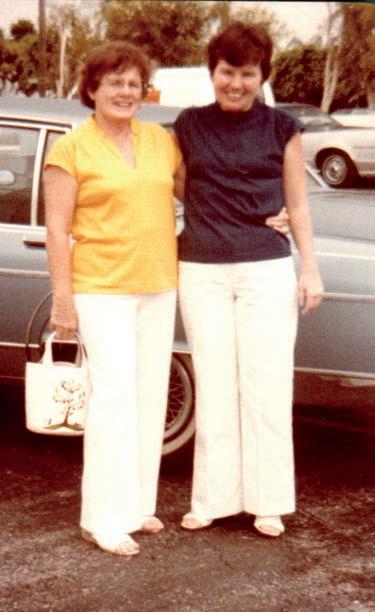
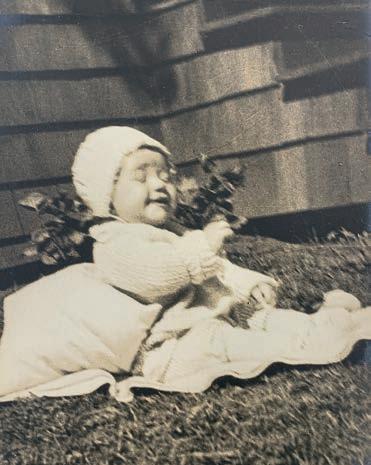
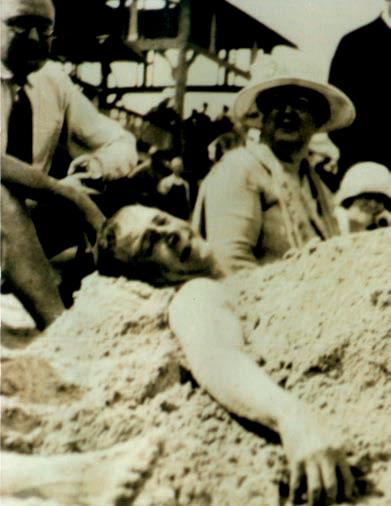

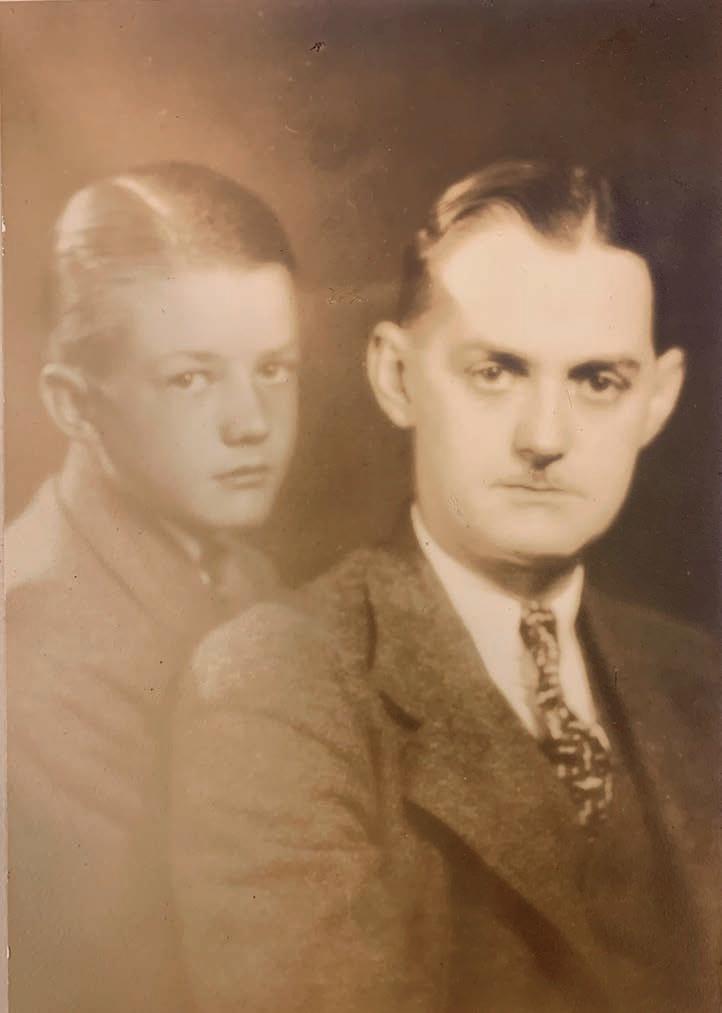
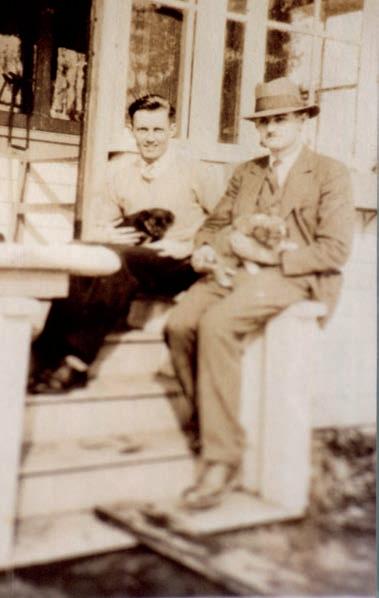
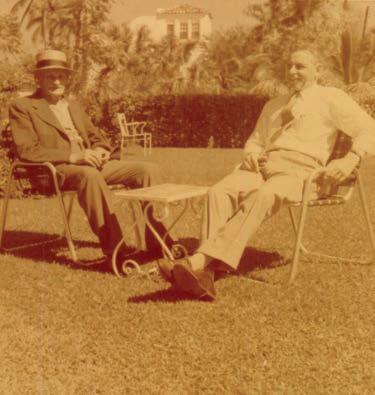
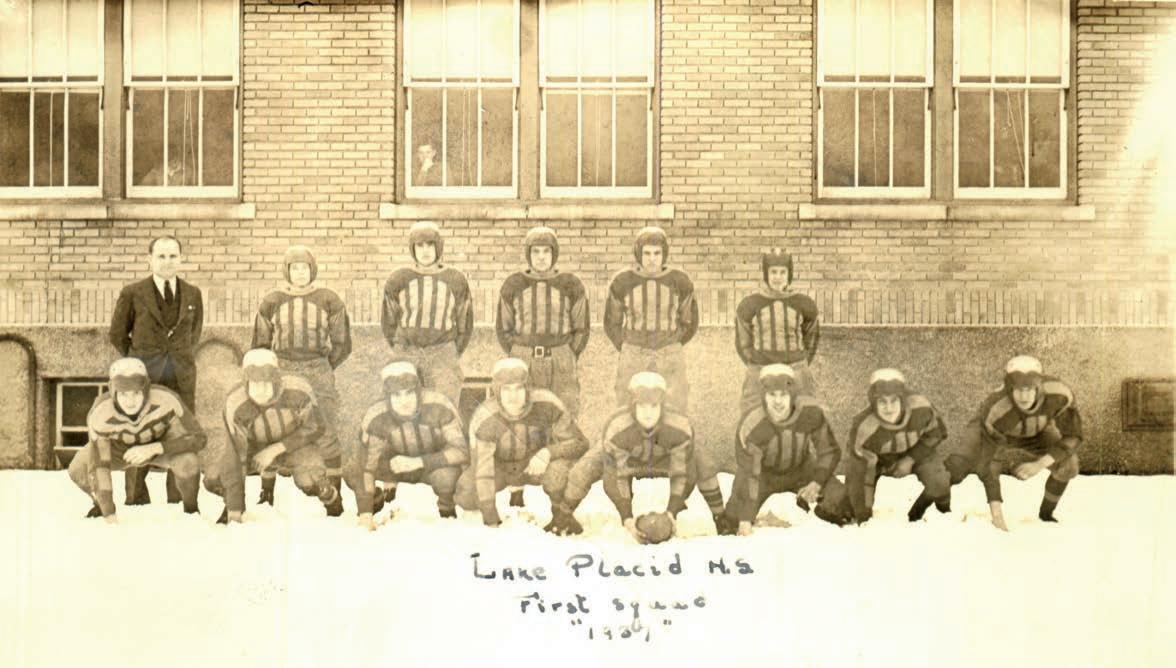
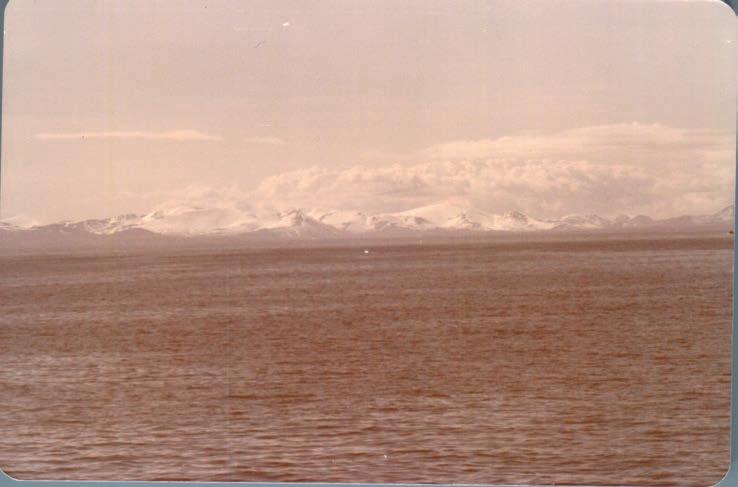
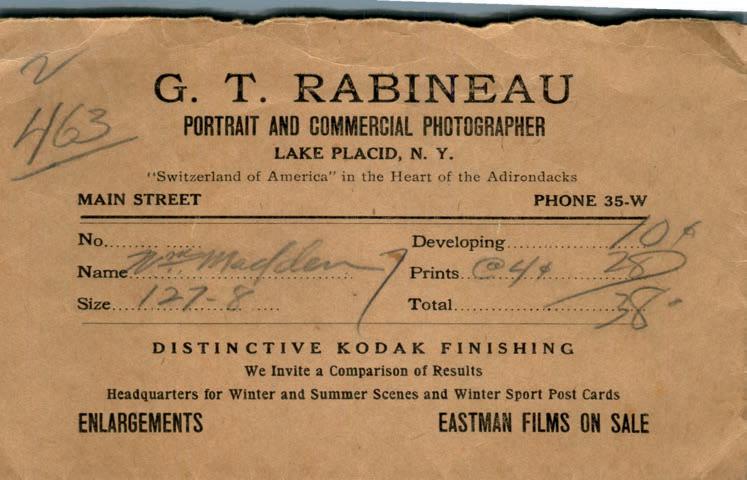
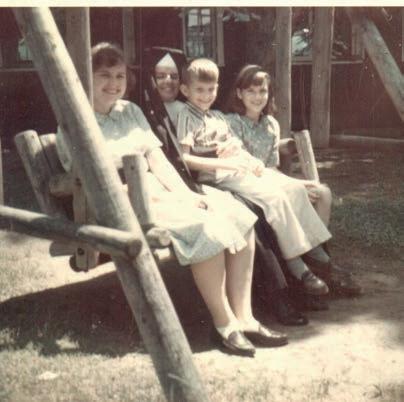
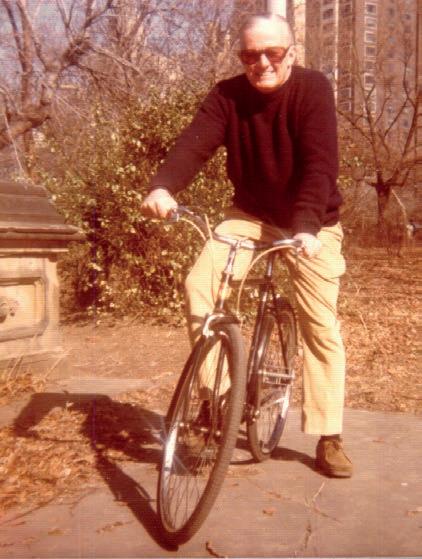
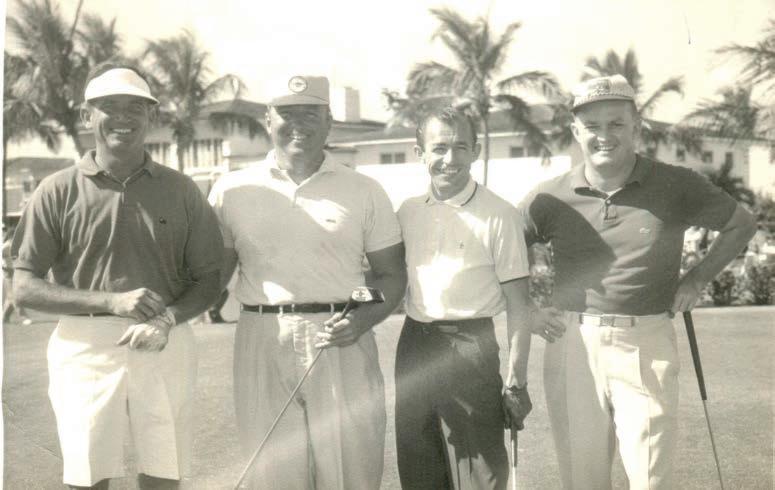
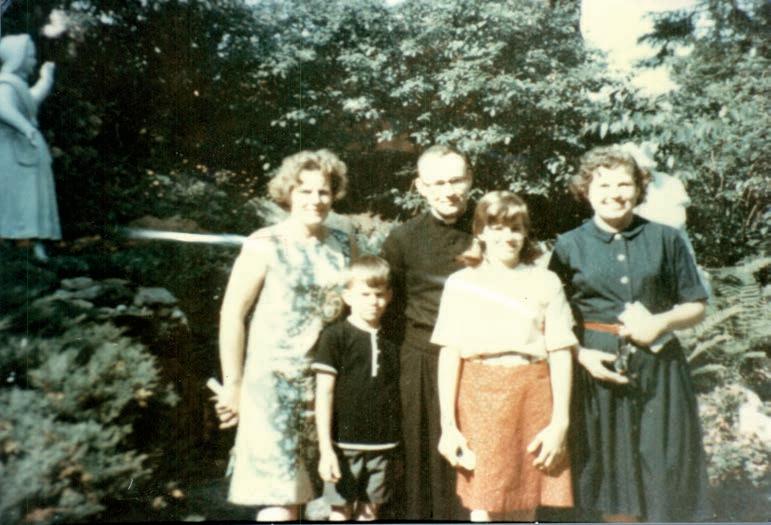
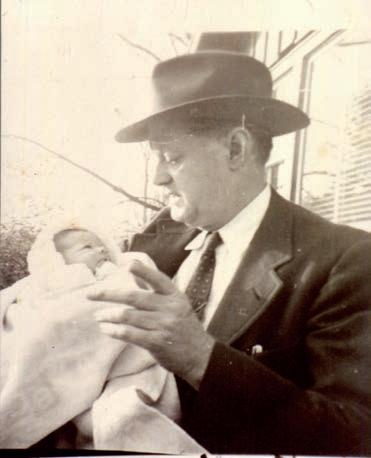
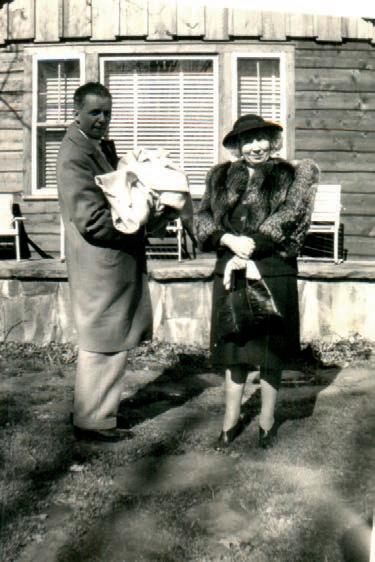
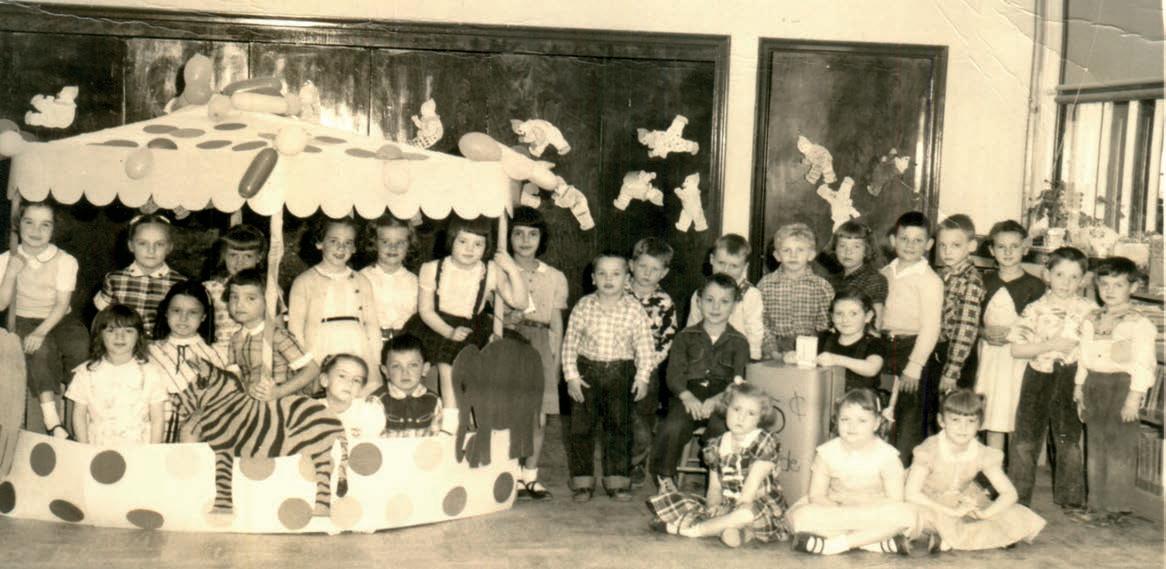
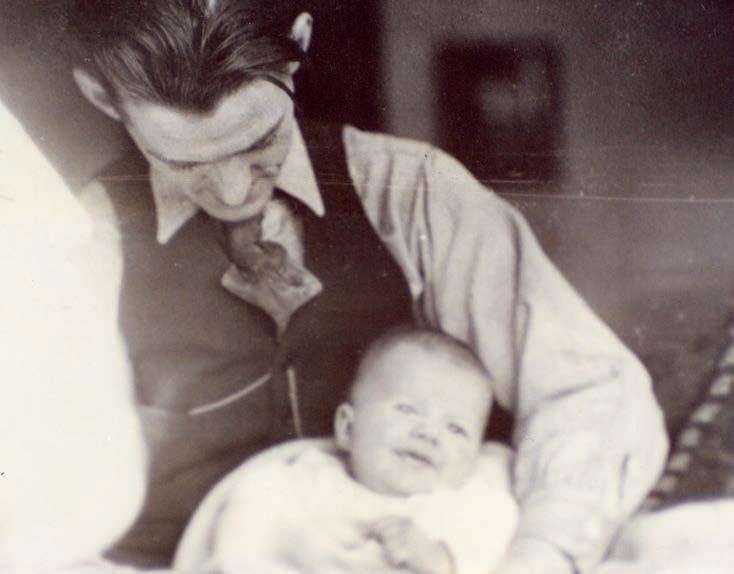
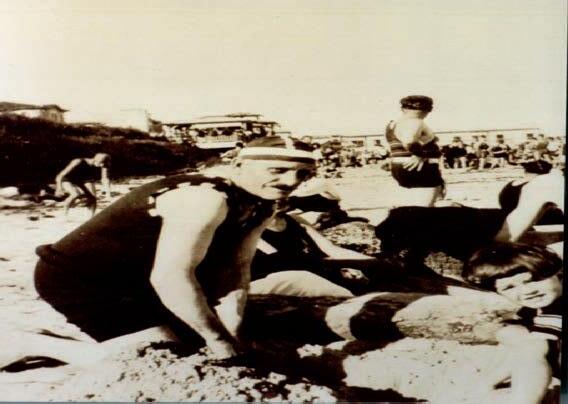
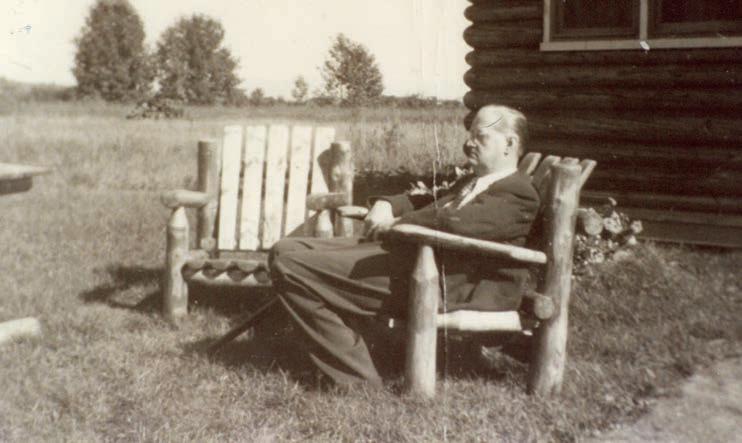
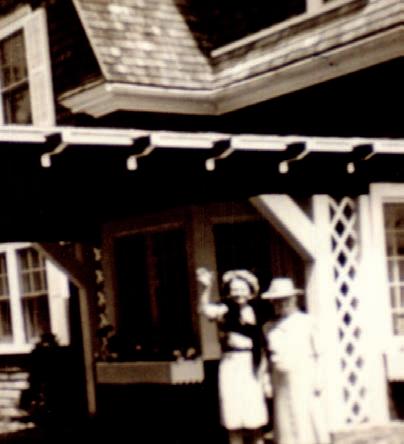
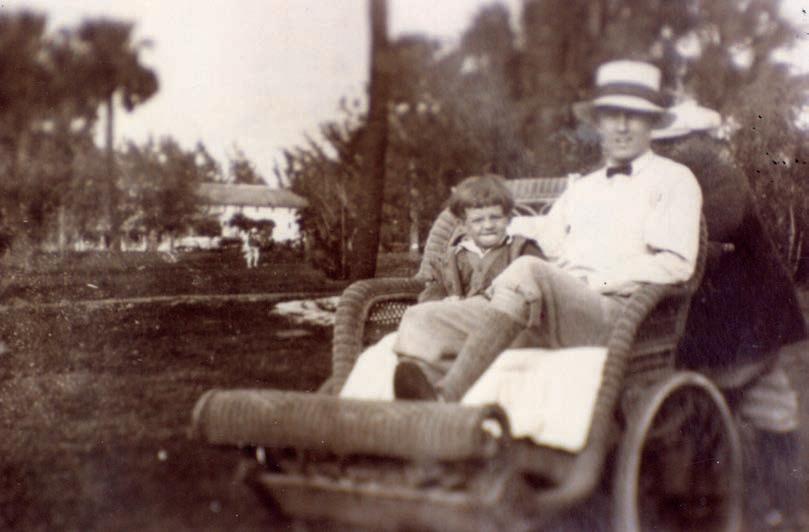
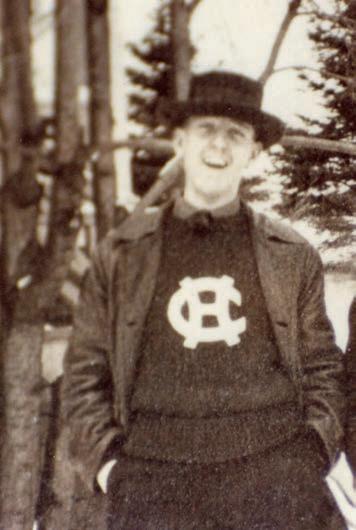
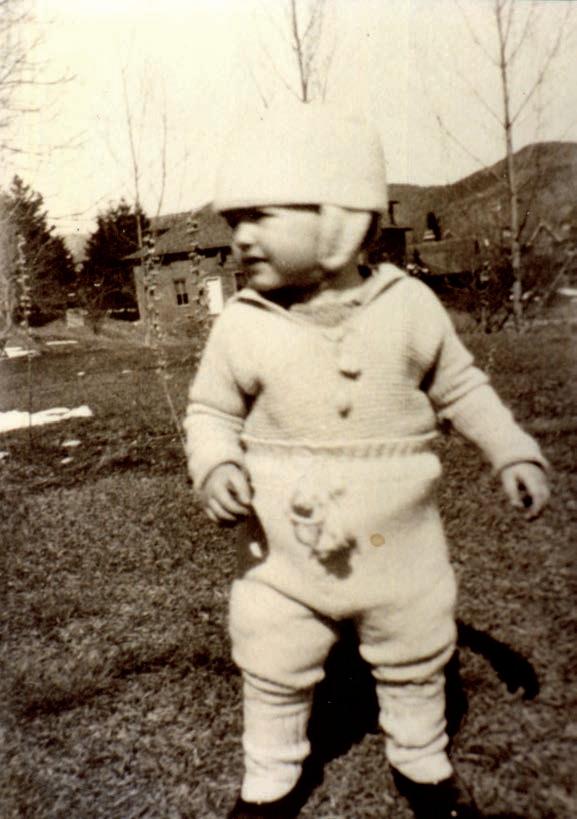
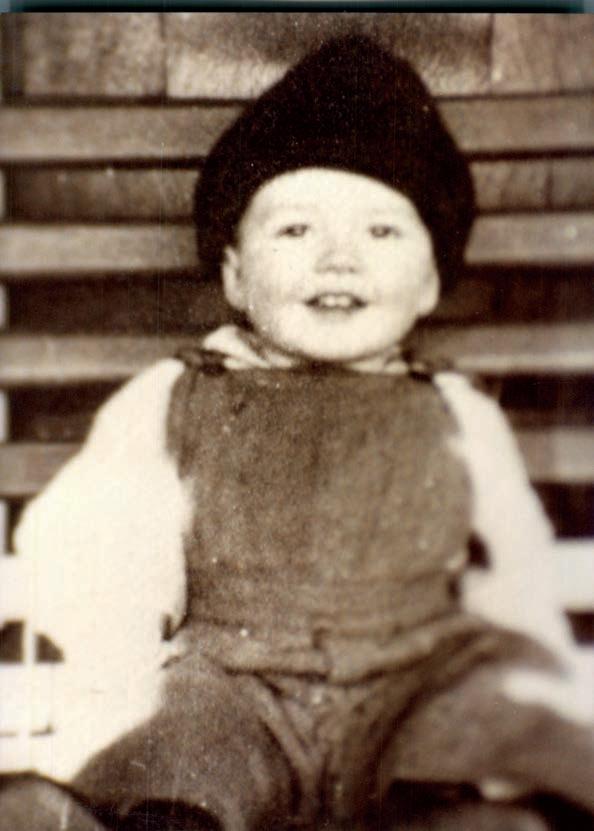
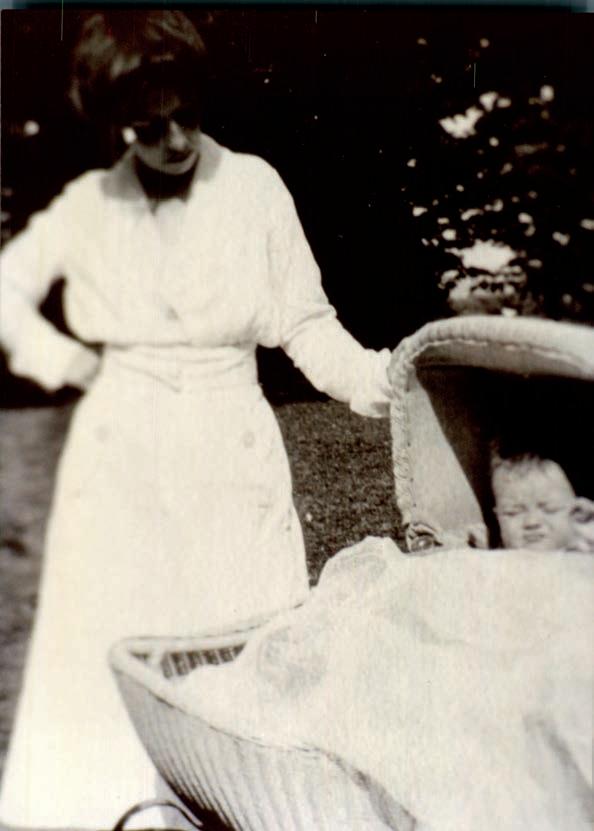
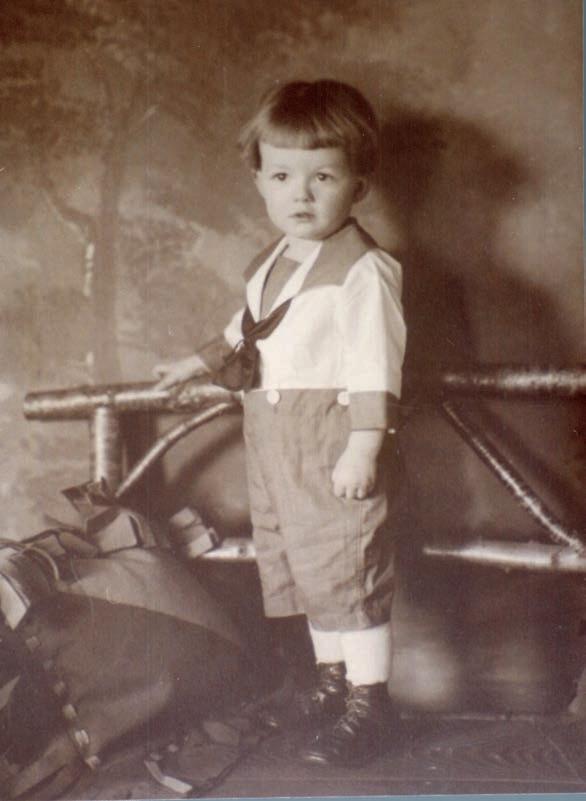
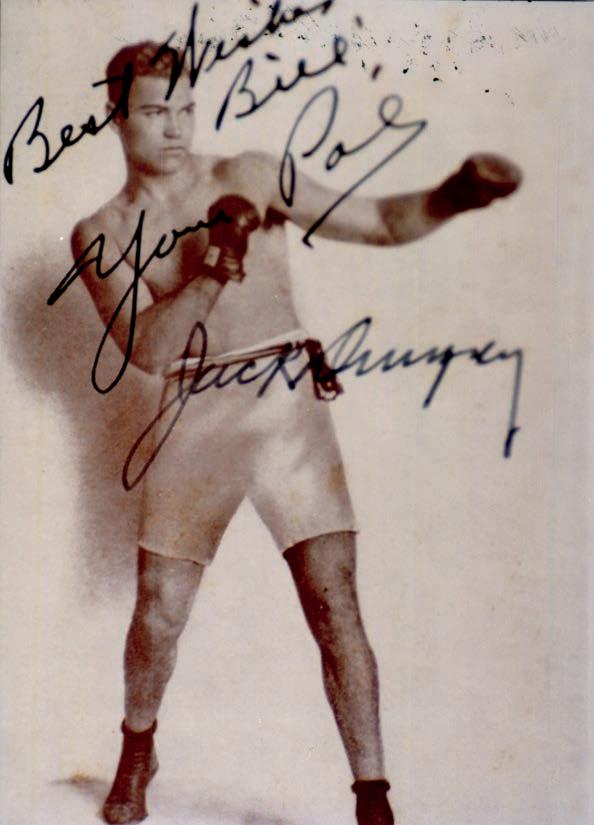
“Best

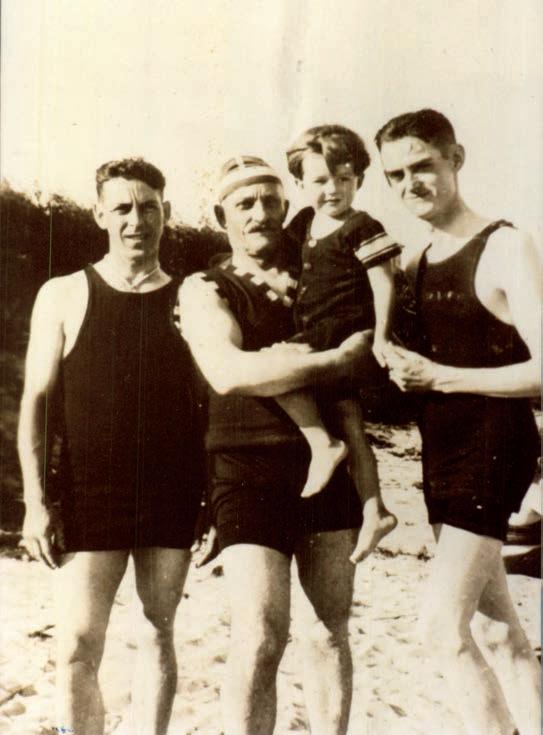
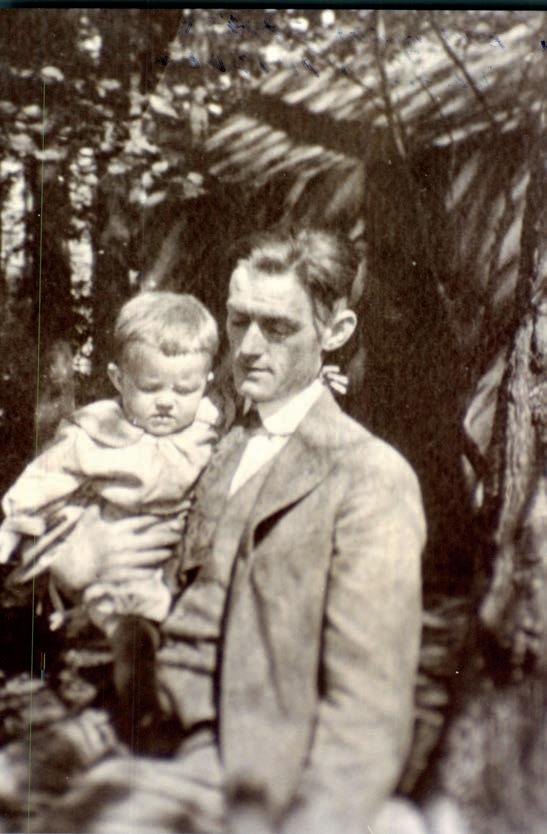
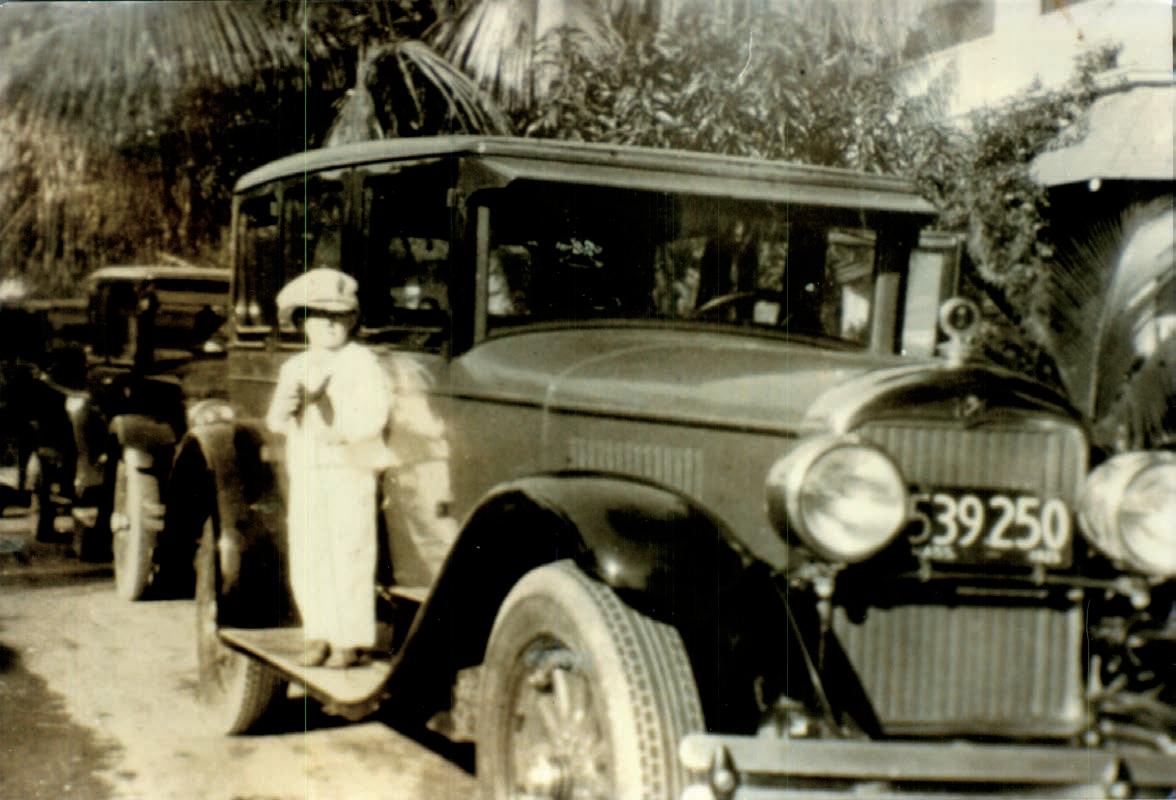
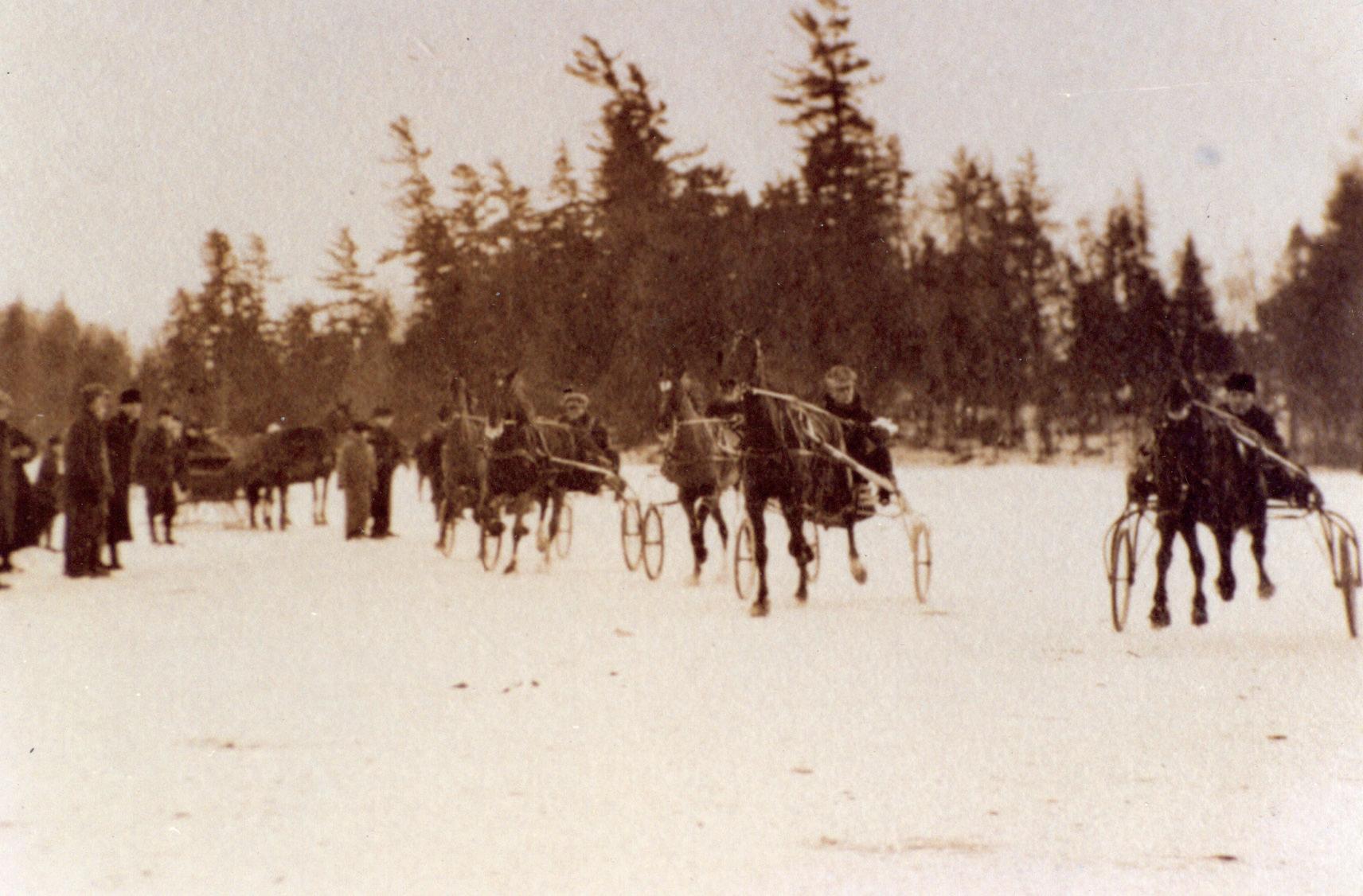
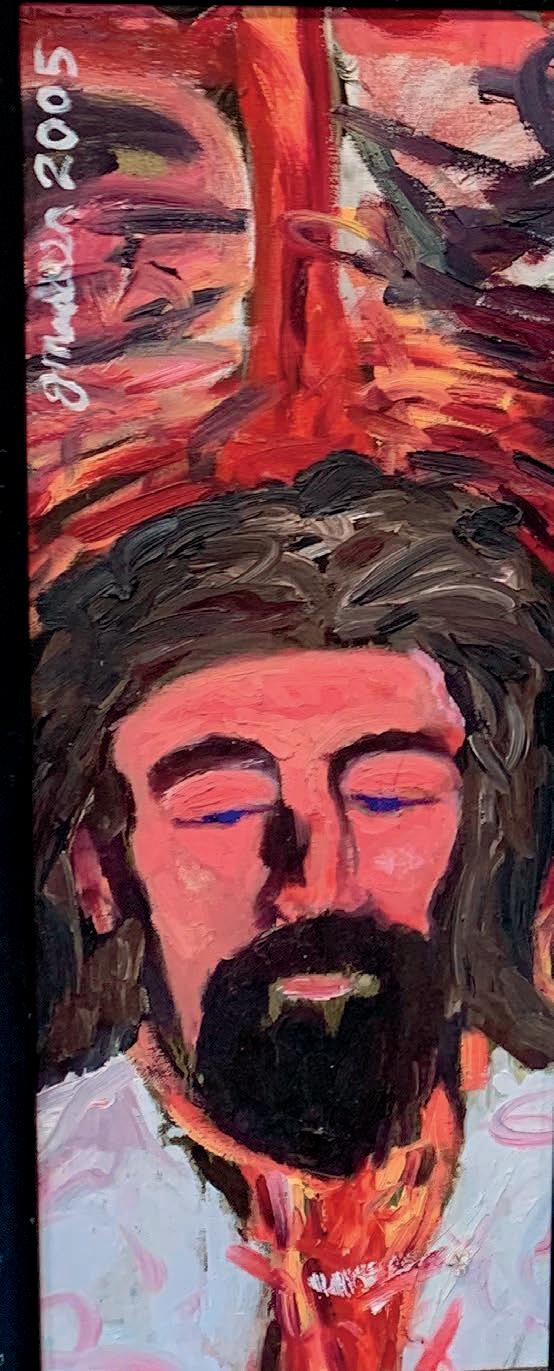
Self-portrait,
When he thinks of the impact he’s leaving on the world for his children Madden states, “By legacy I don’t mean something material. It’s spiritual. I want to do something to edify the people who see my art.”
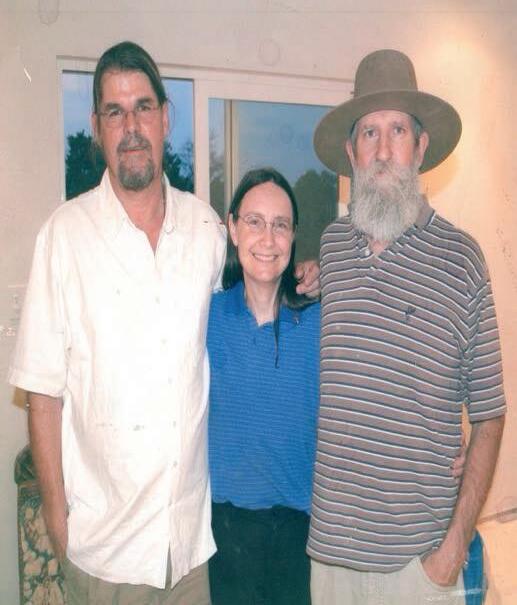
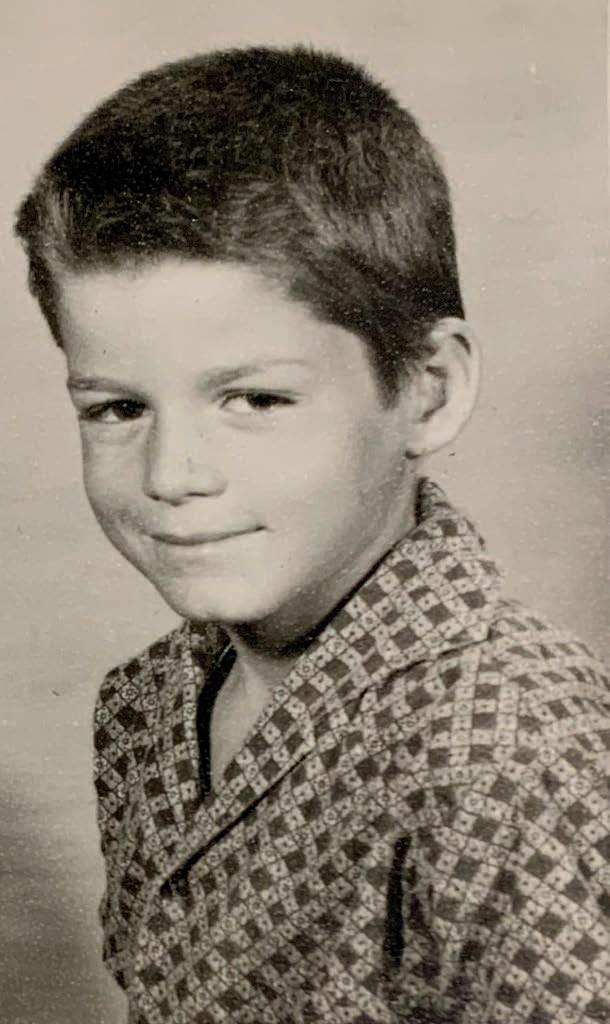
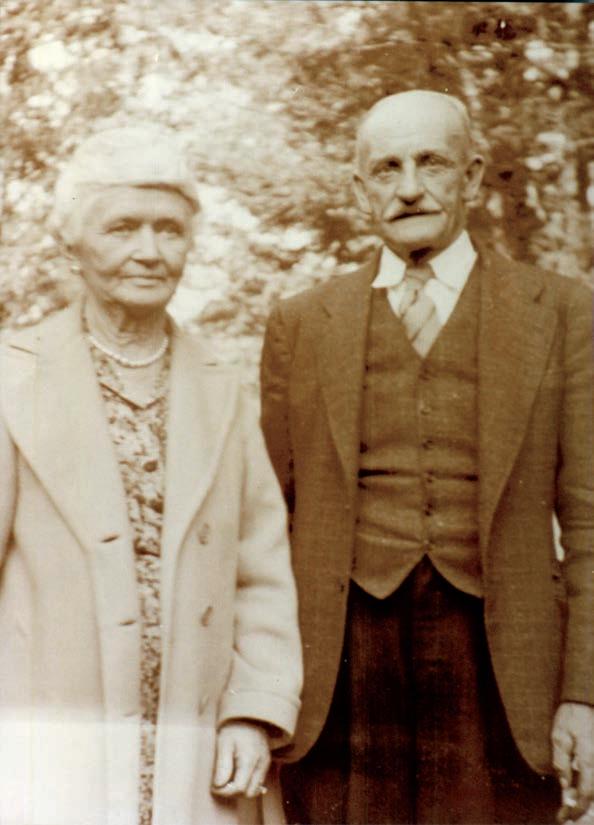
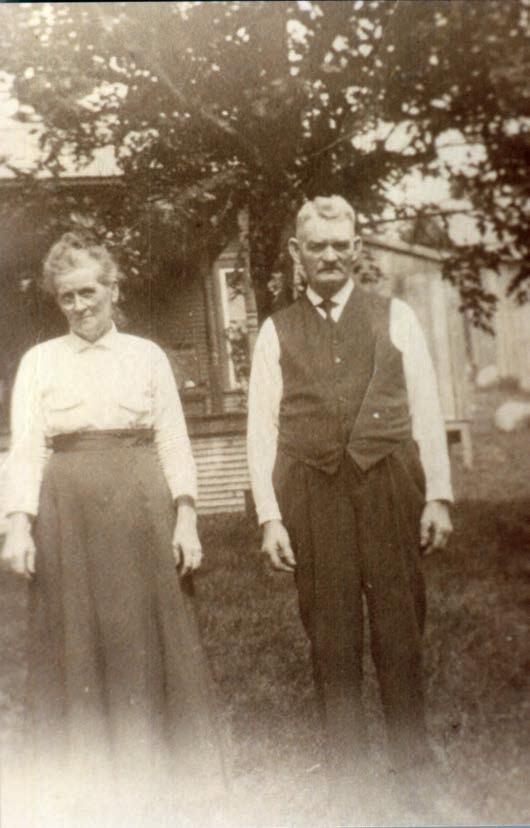
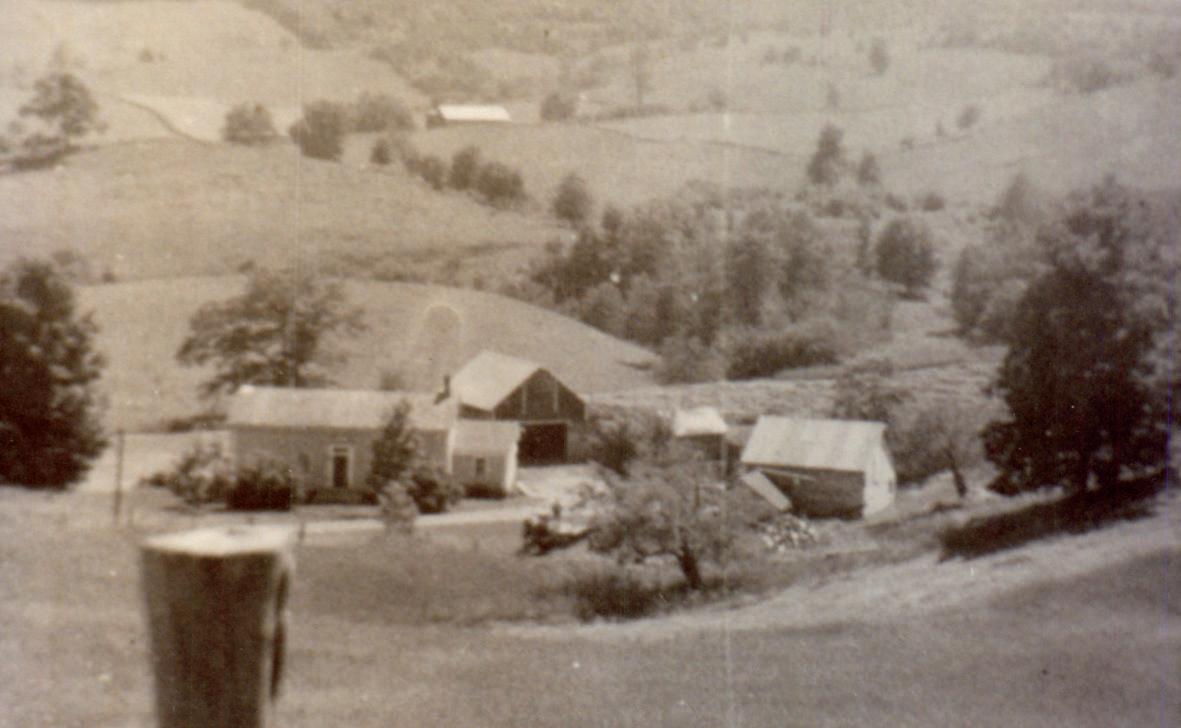
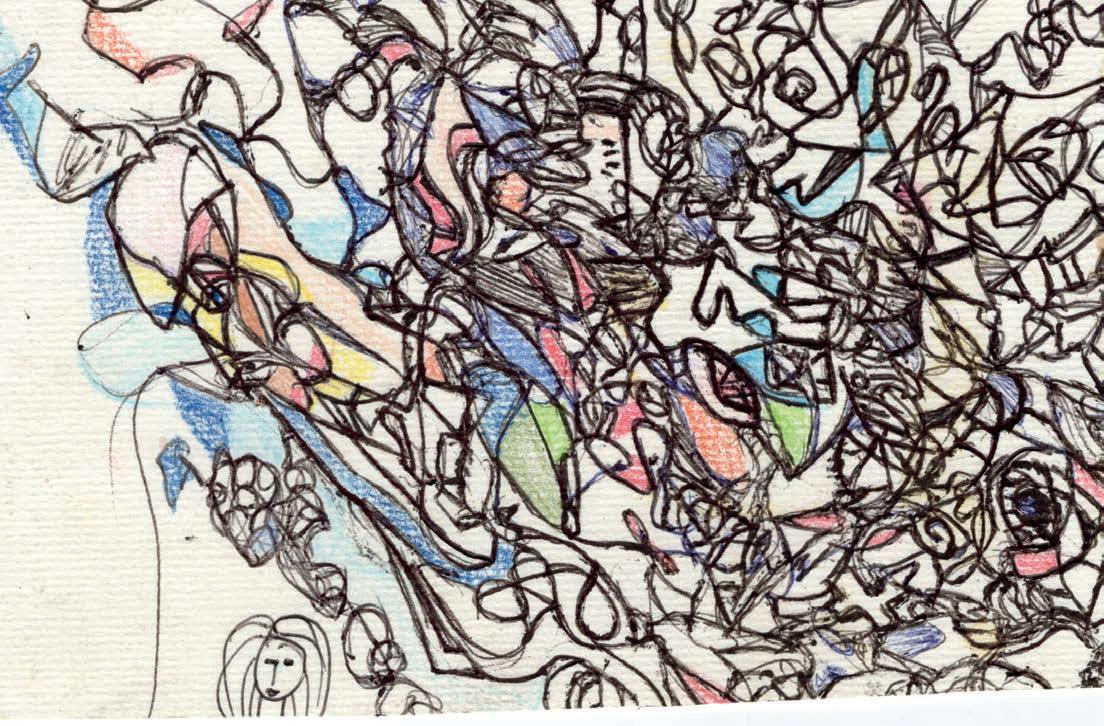
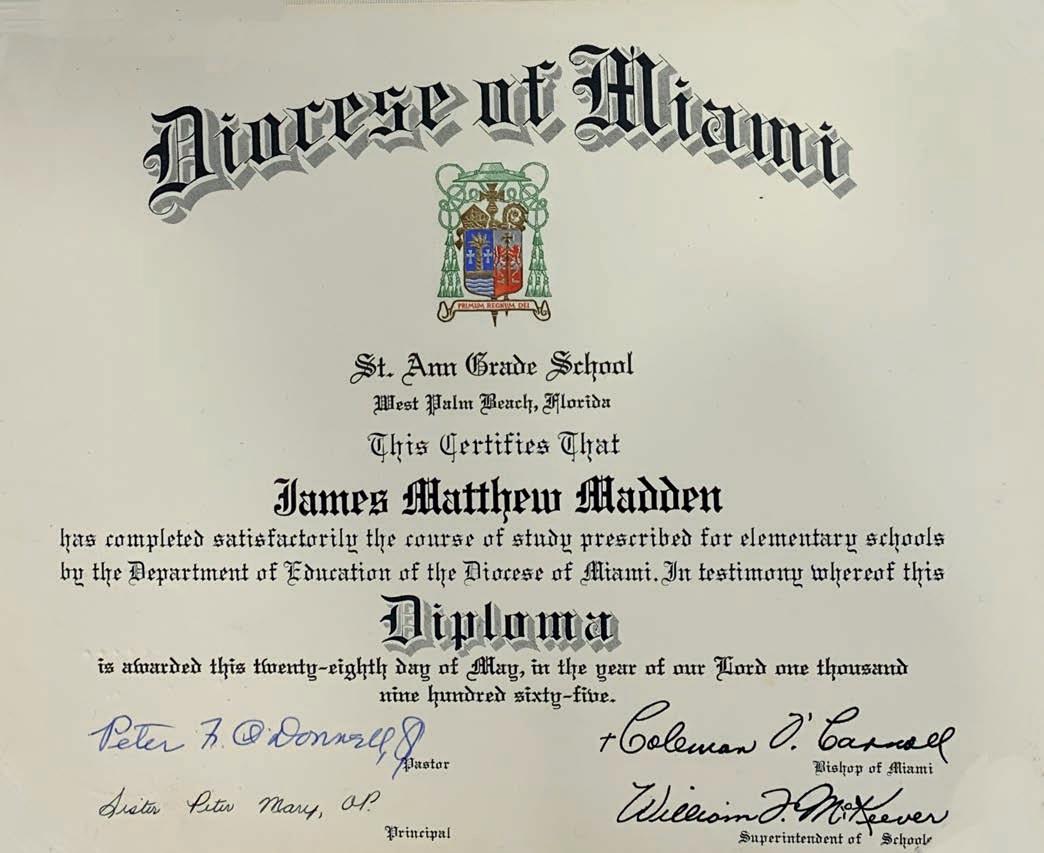
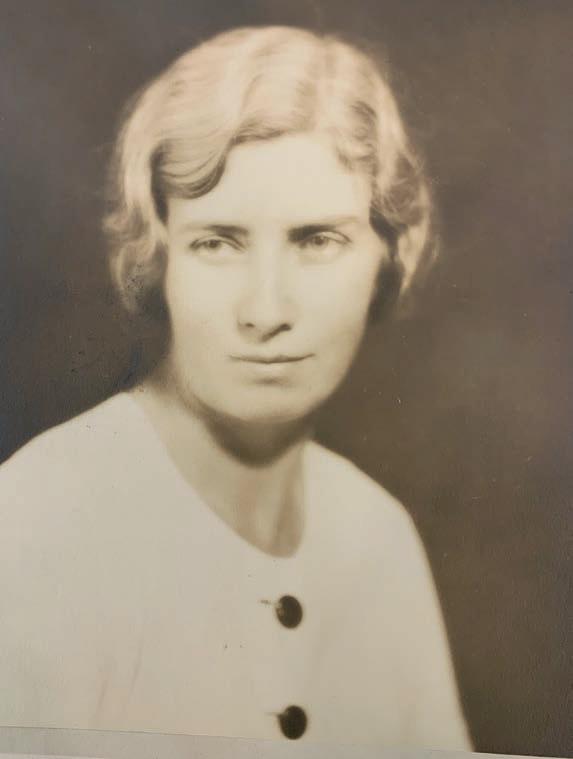

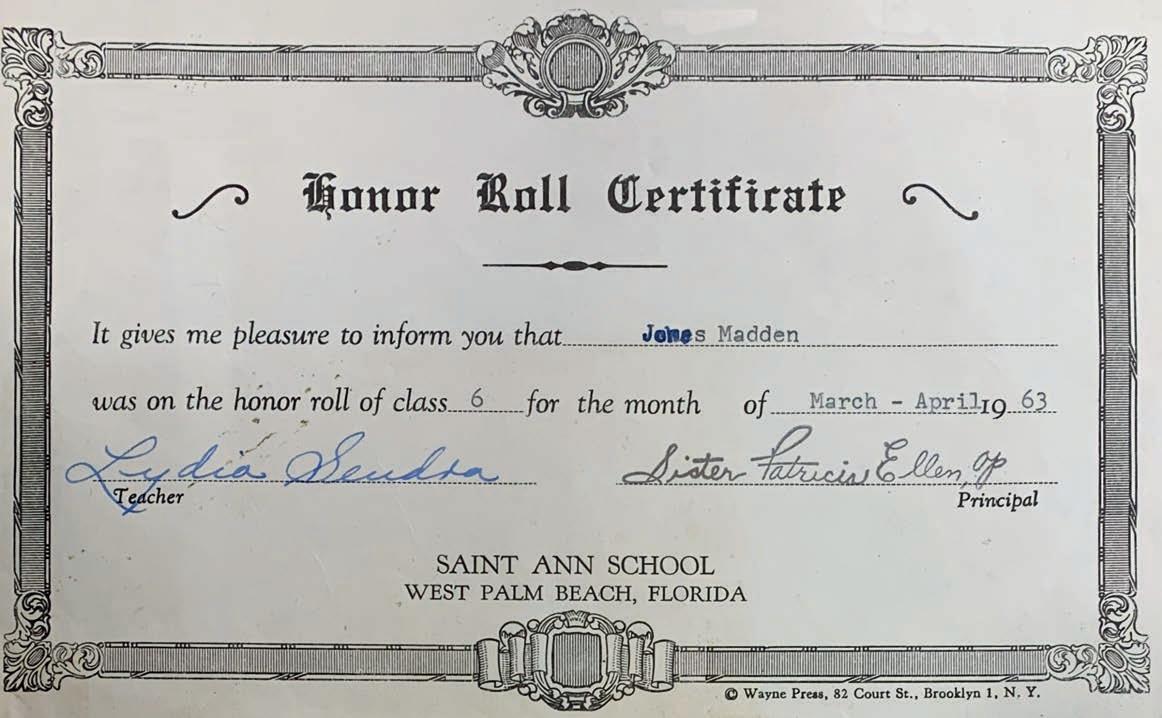

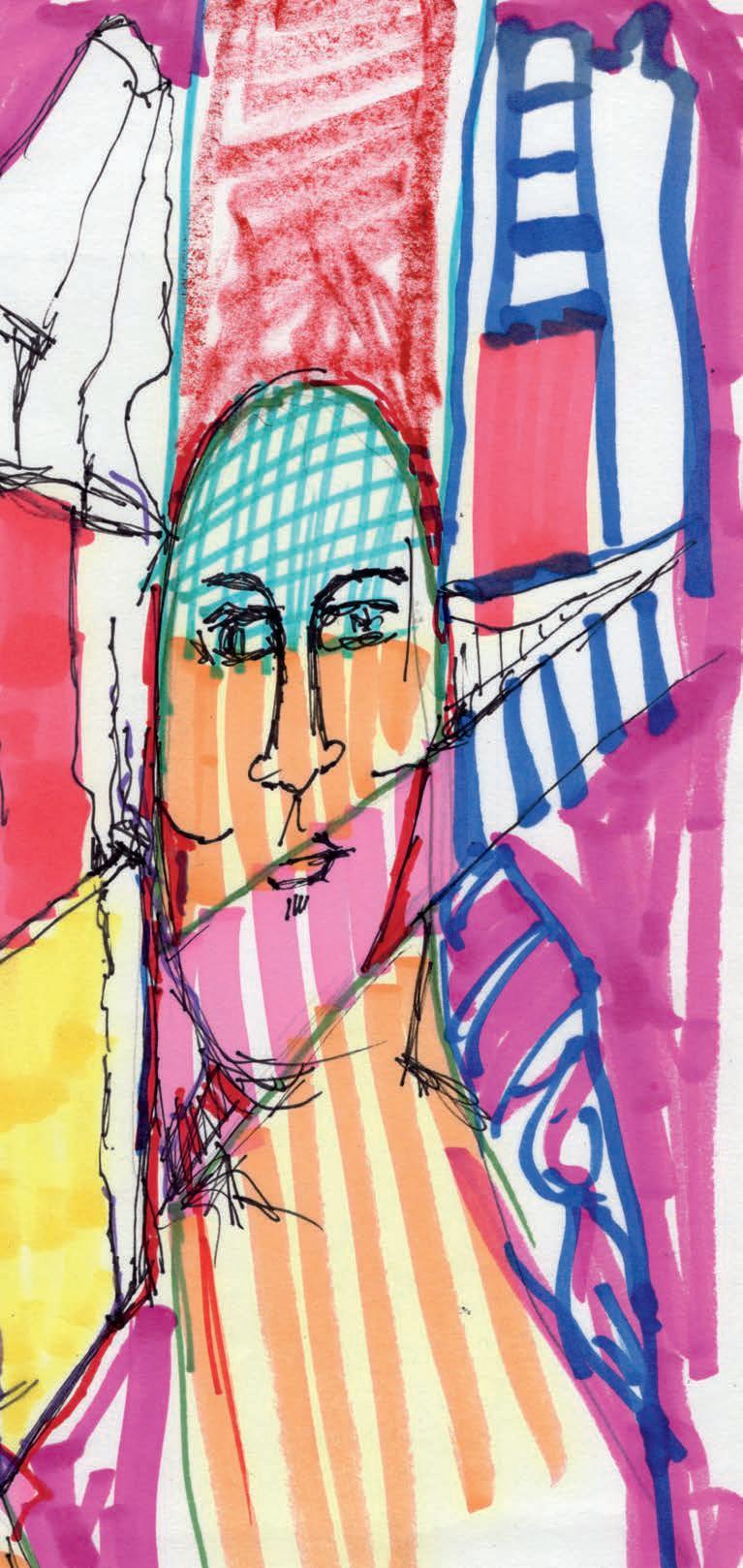
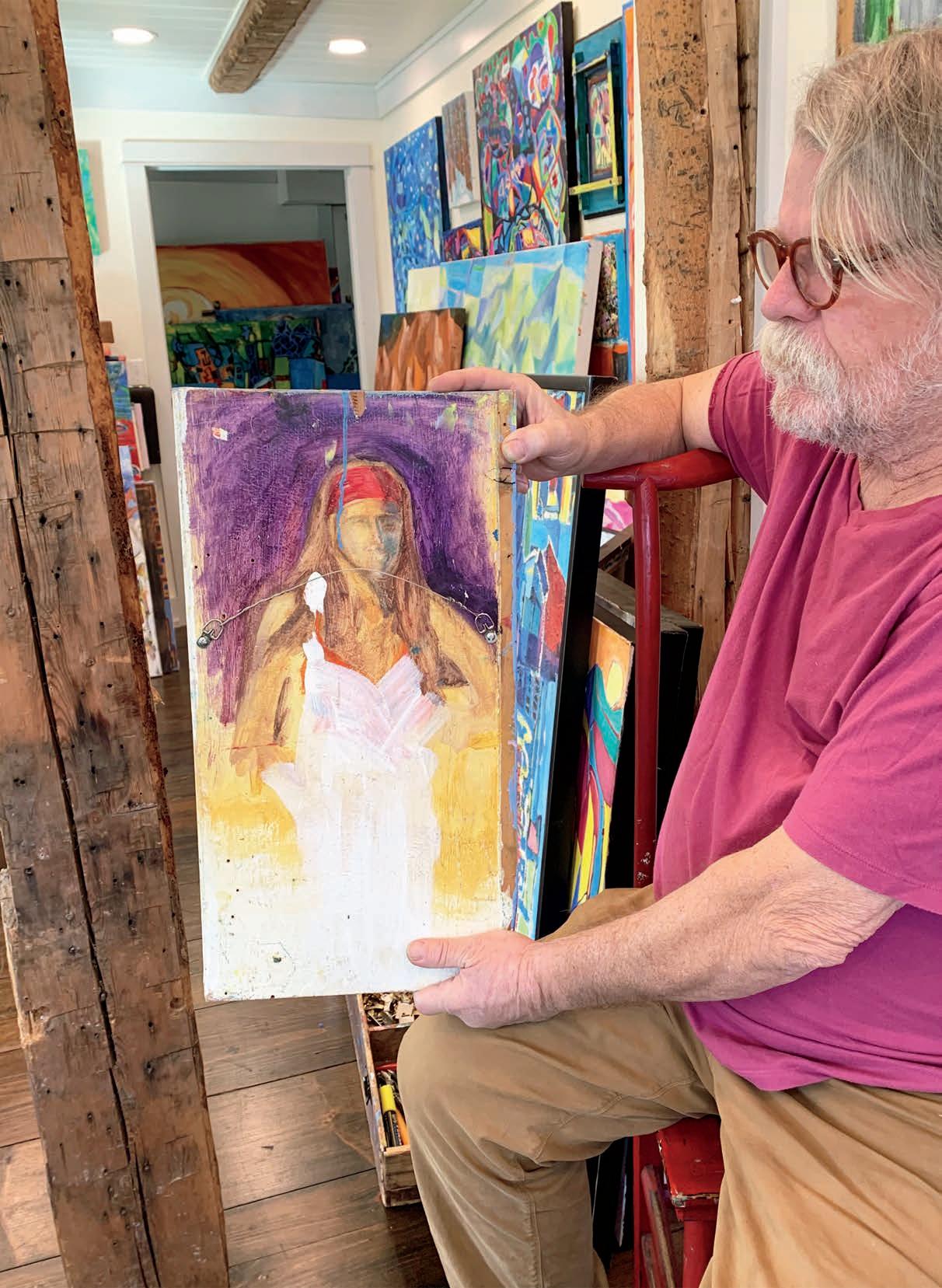
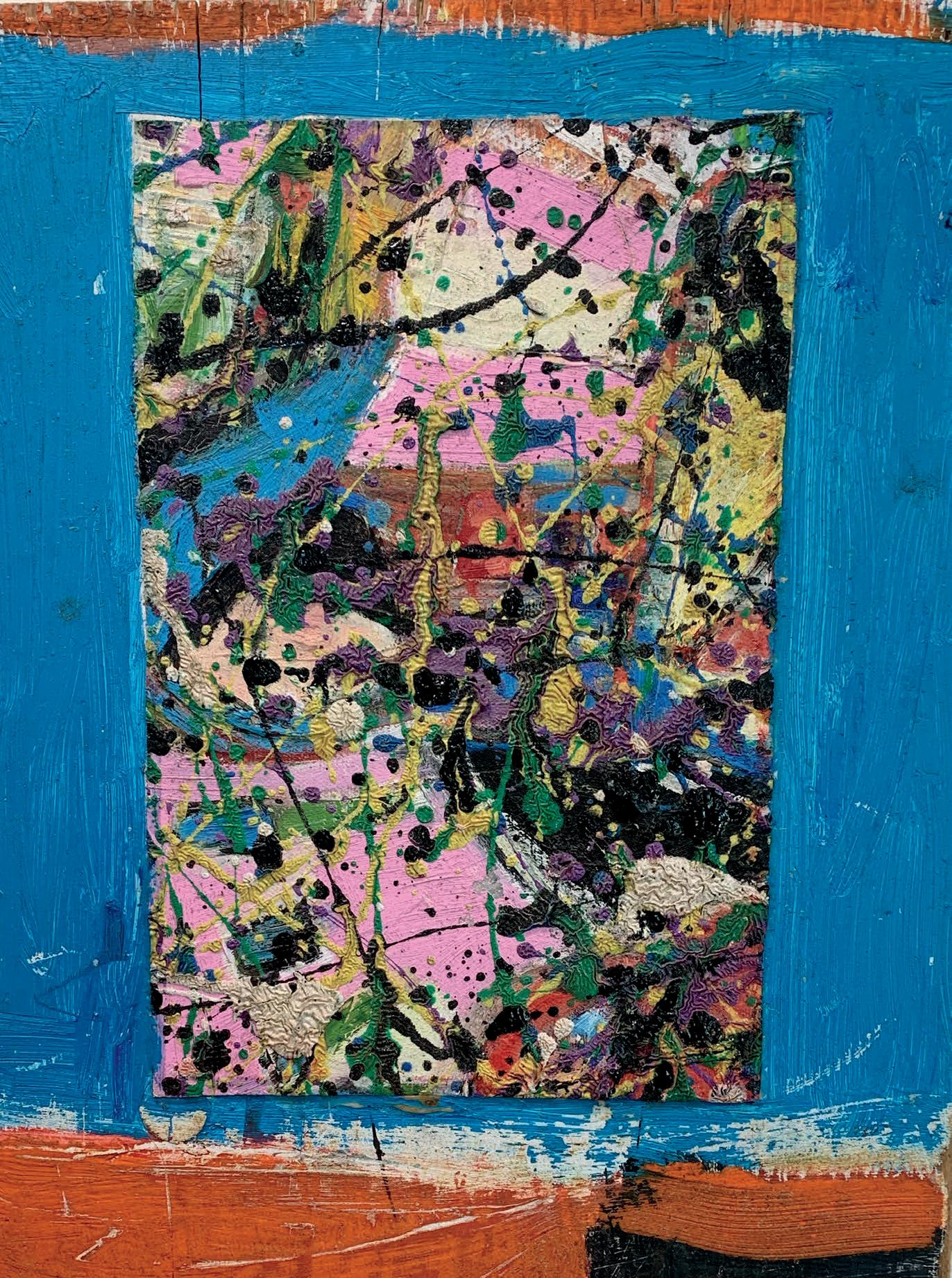
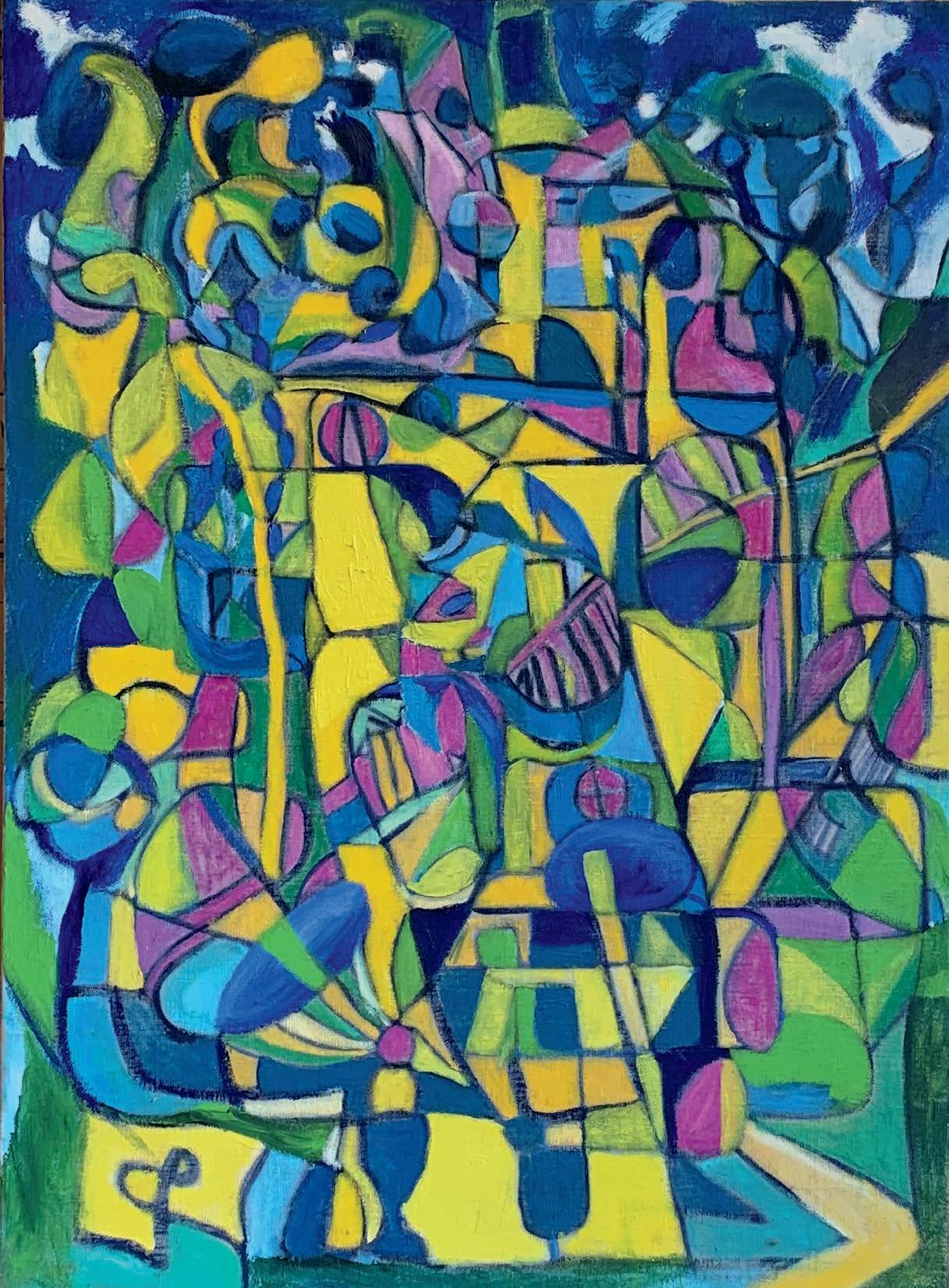
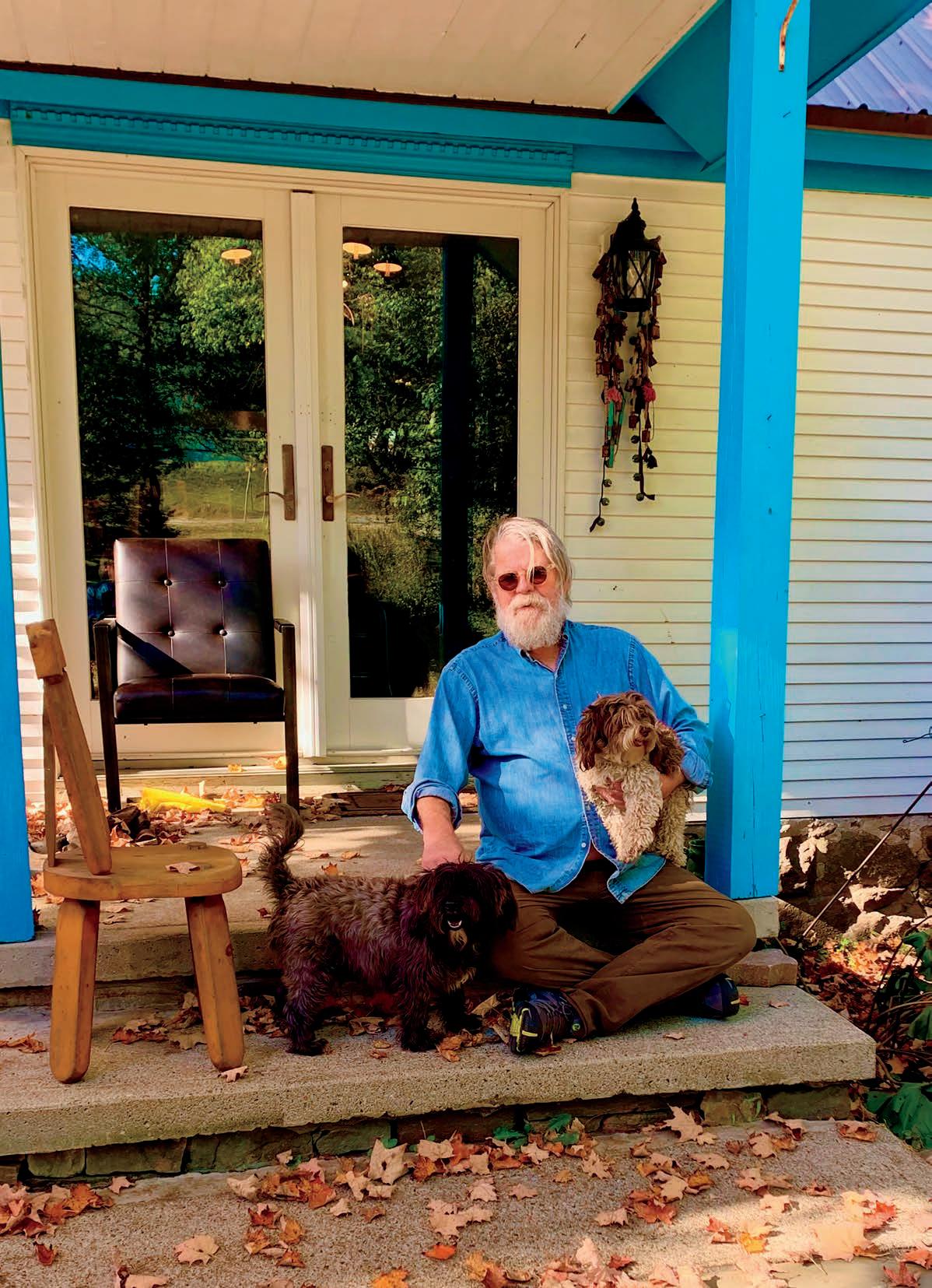
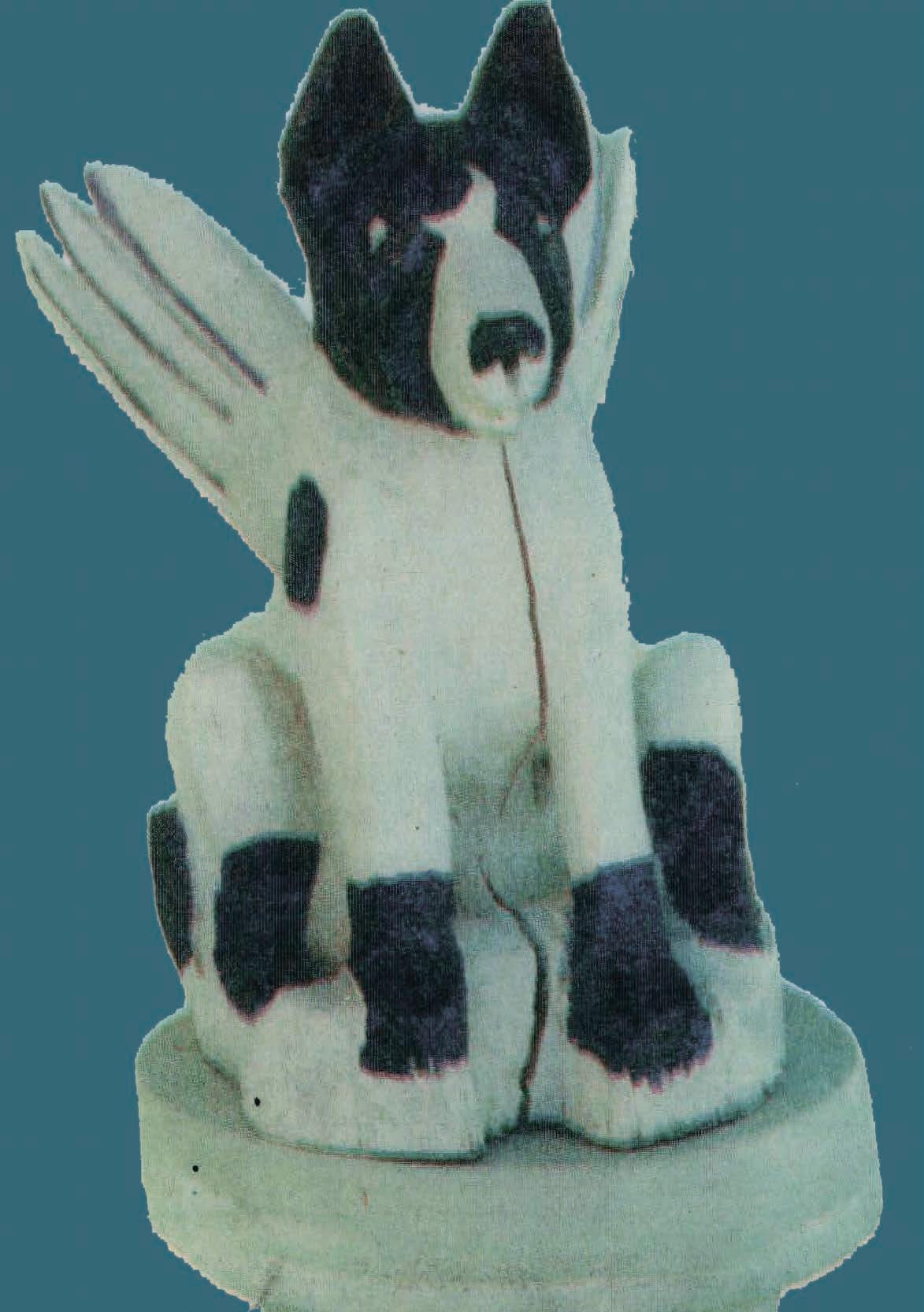
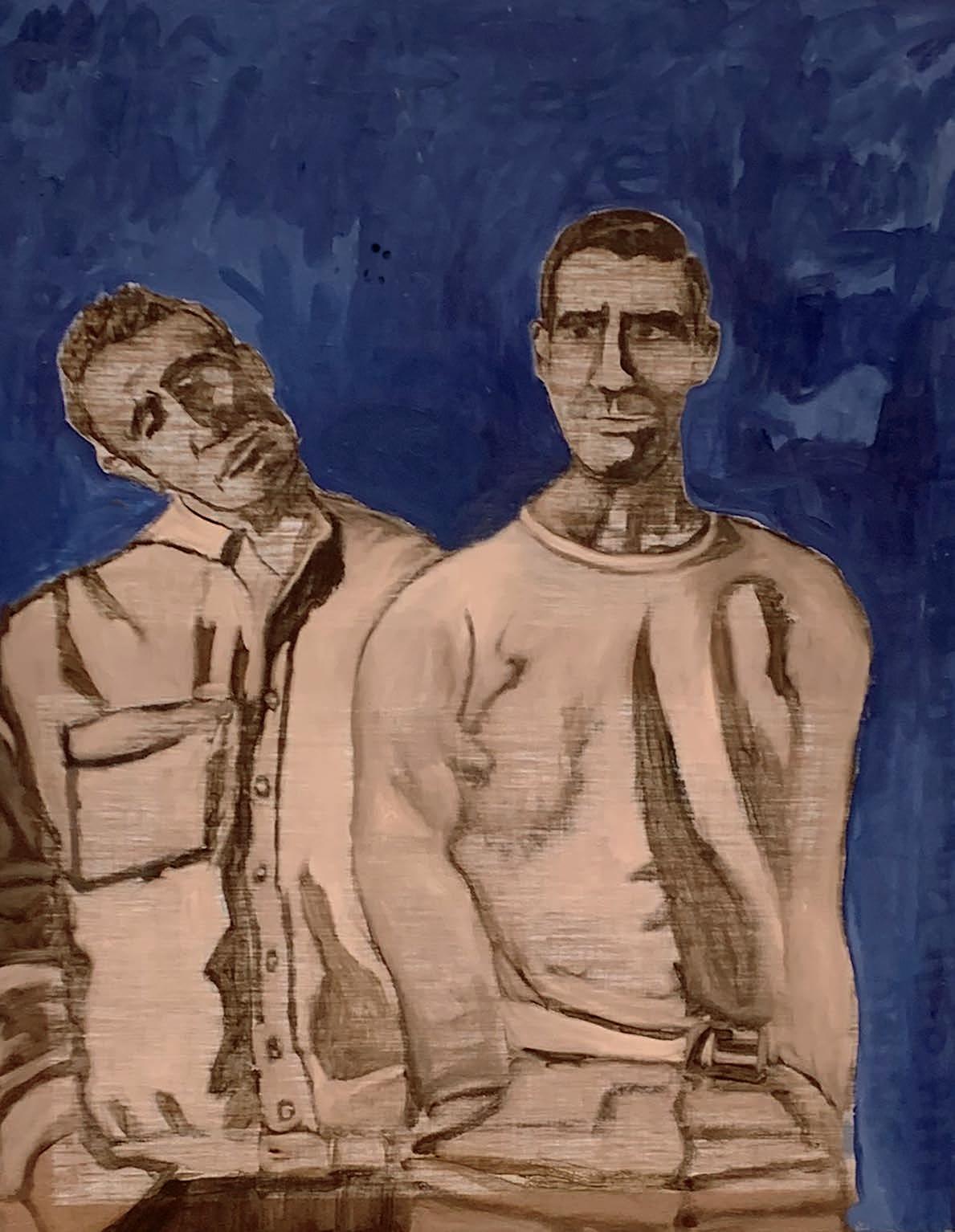
“My reading is eclectic - from existentialism, Buddhism and mystical Christianity to Jack Kerouac, Allen Ginsberg, that whole genre,” Madden says. Above is his portrait of Kerouac and Merry Prankster Neal Cassady, memorialized in the Grateful Dead lyric “Cowboy Neal was at the wheel on the bus to Never Never Land.”
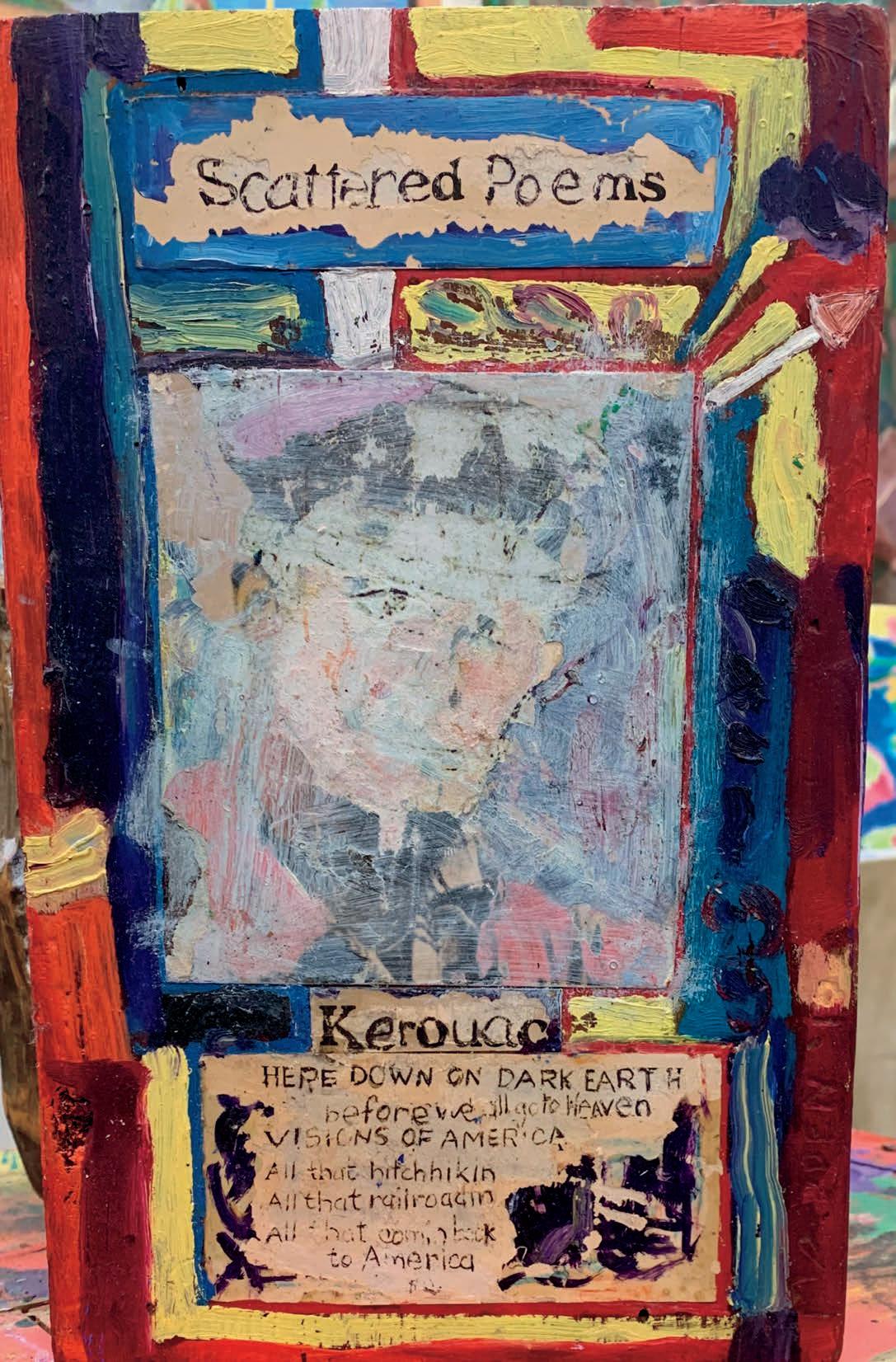
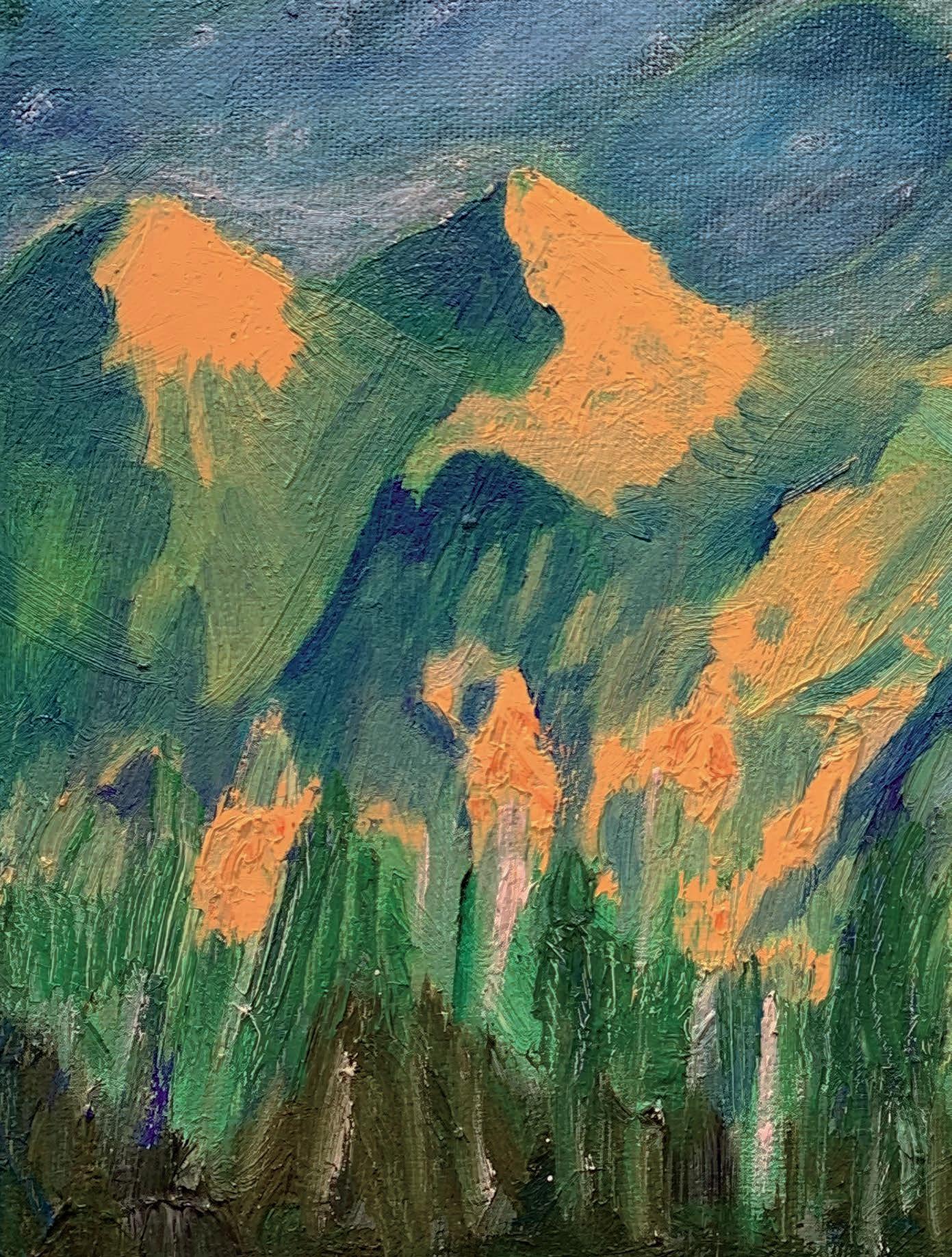
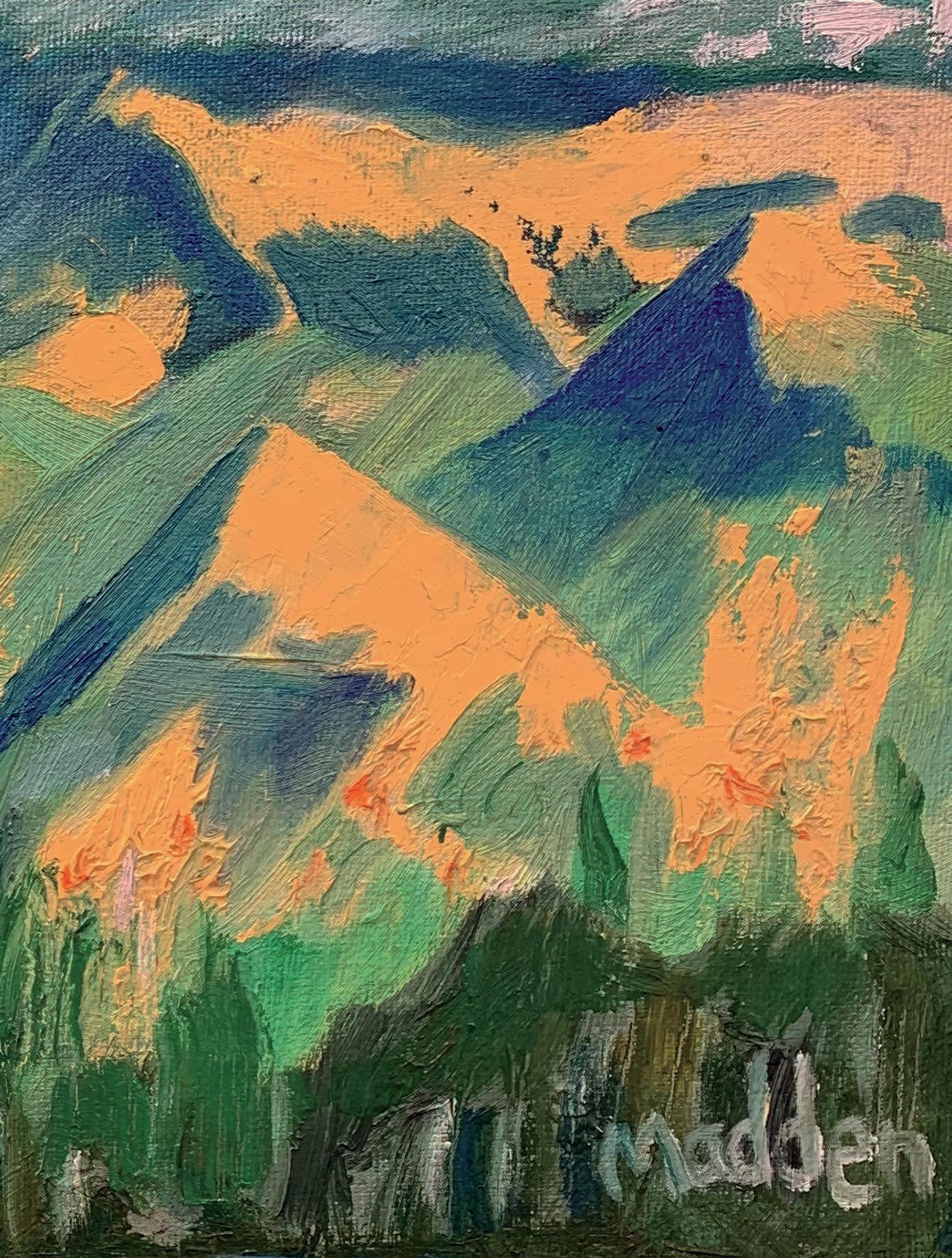
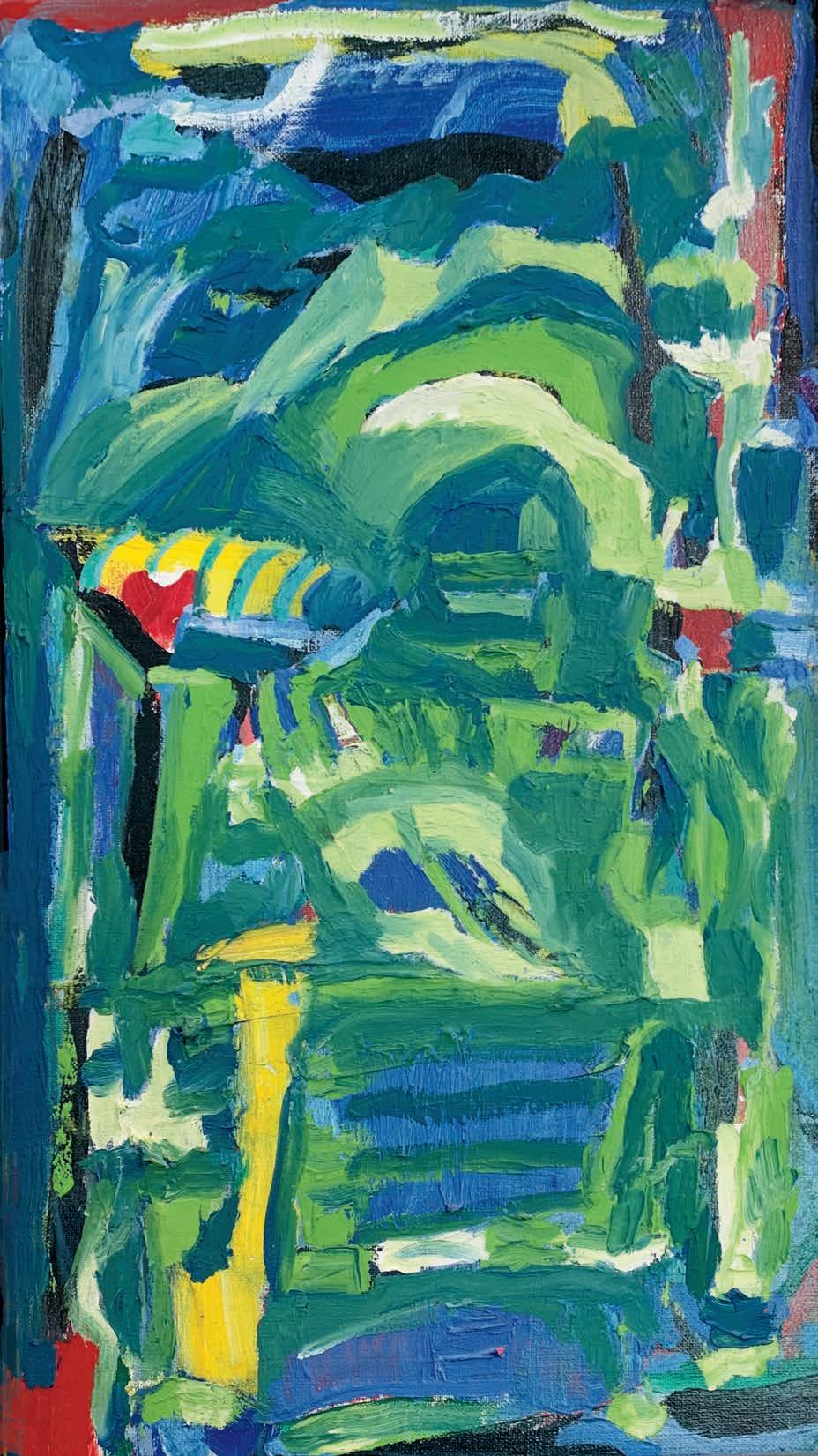
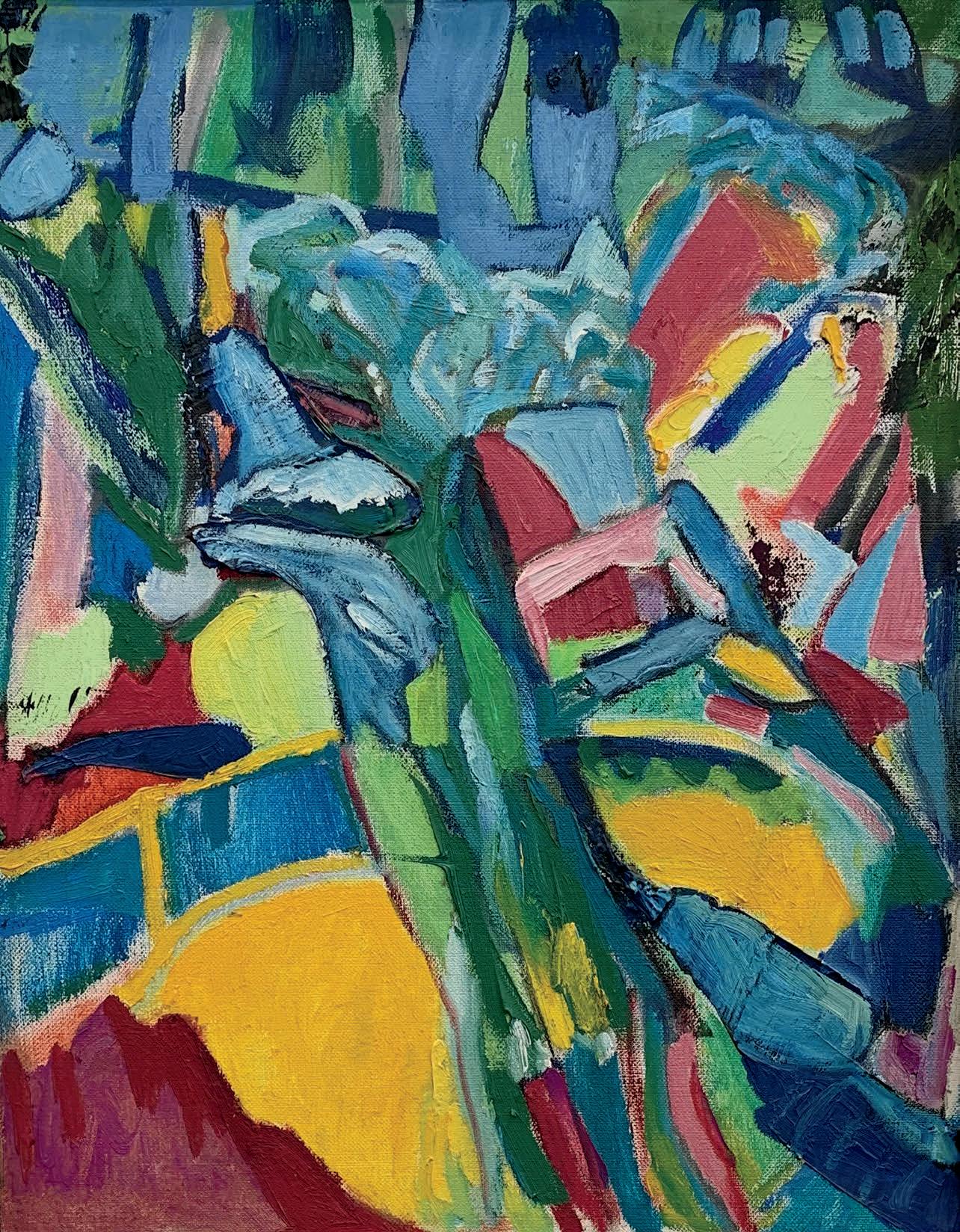
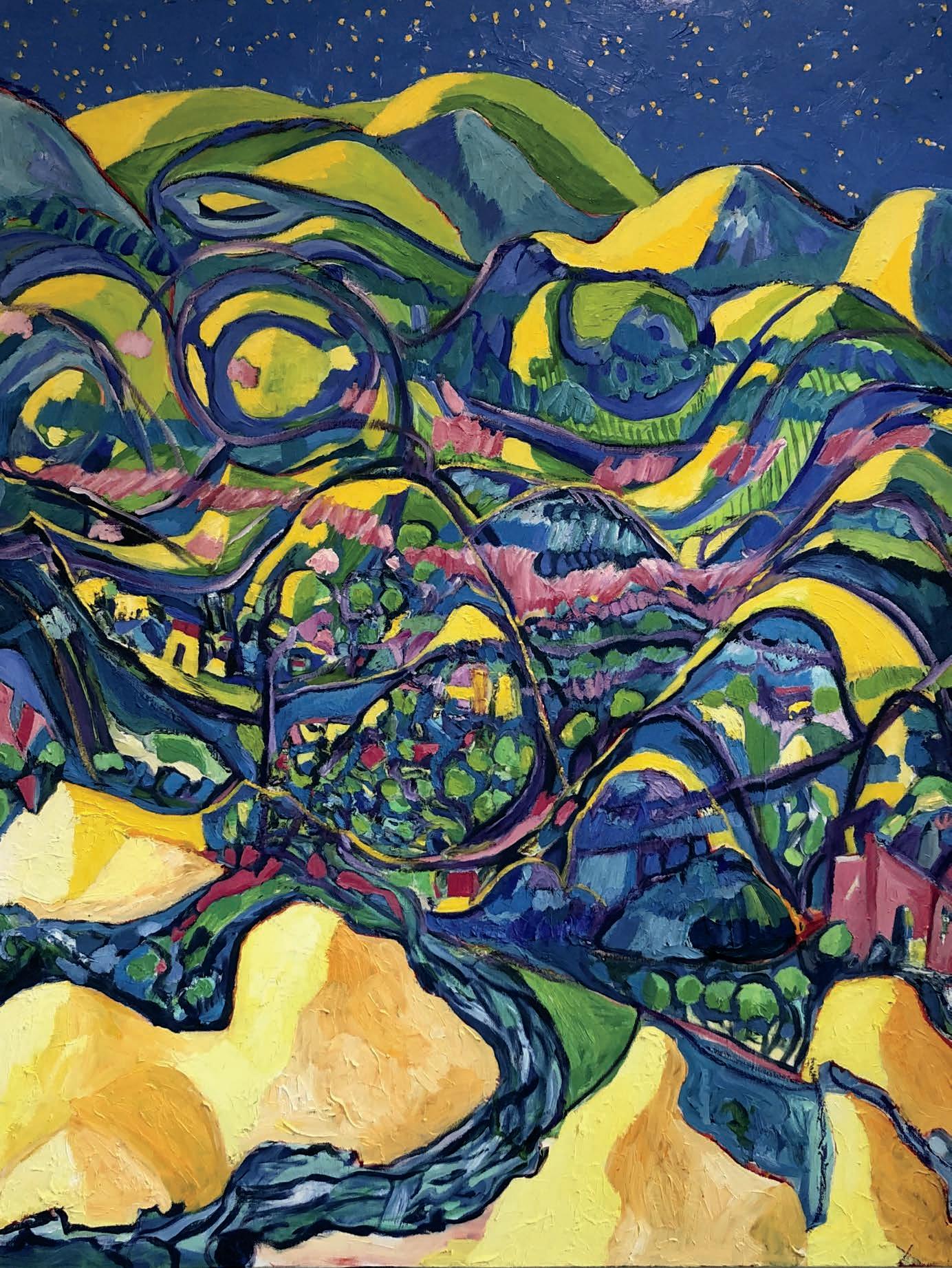
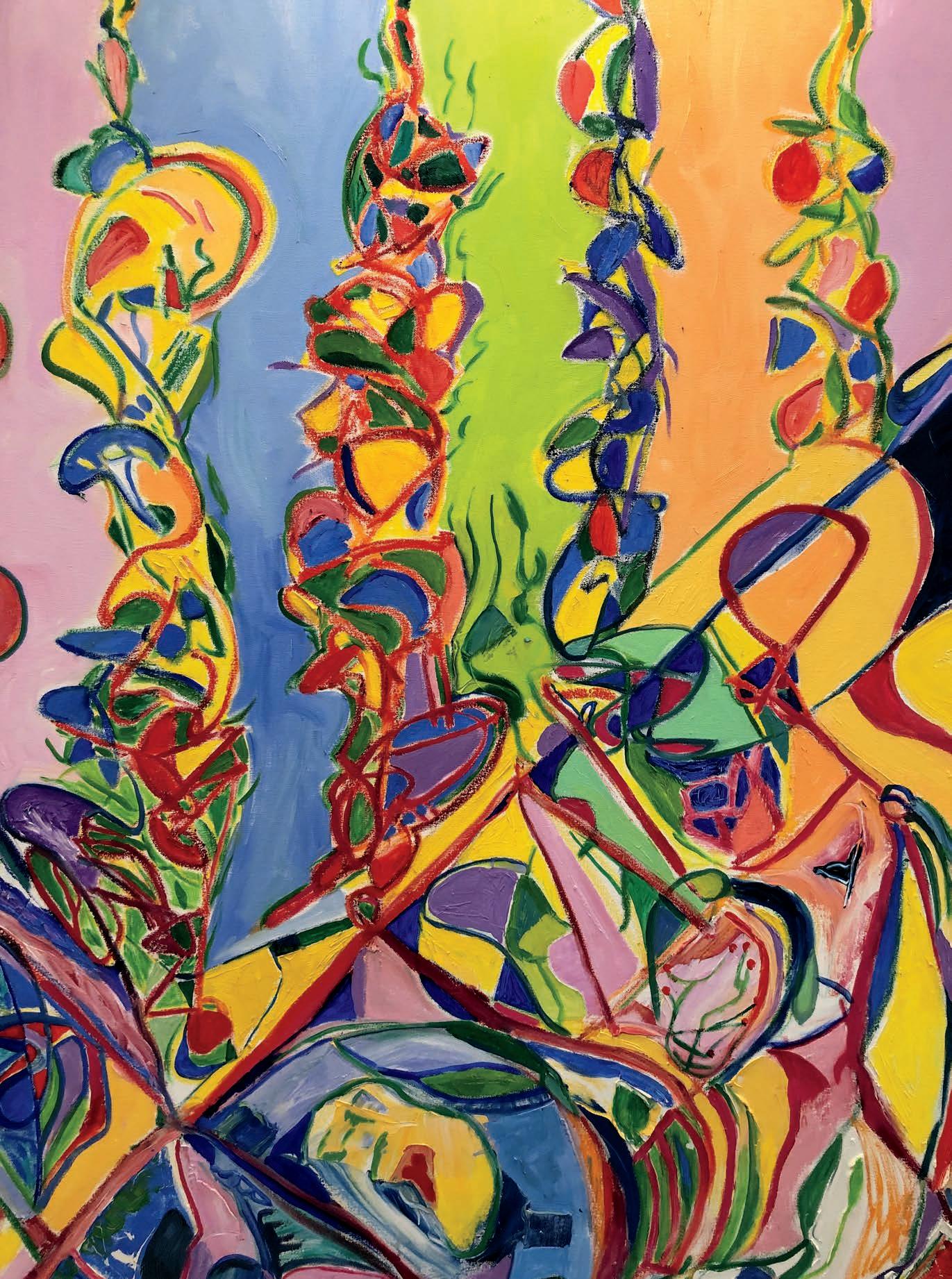
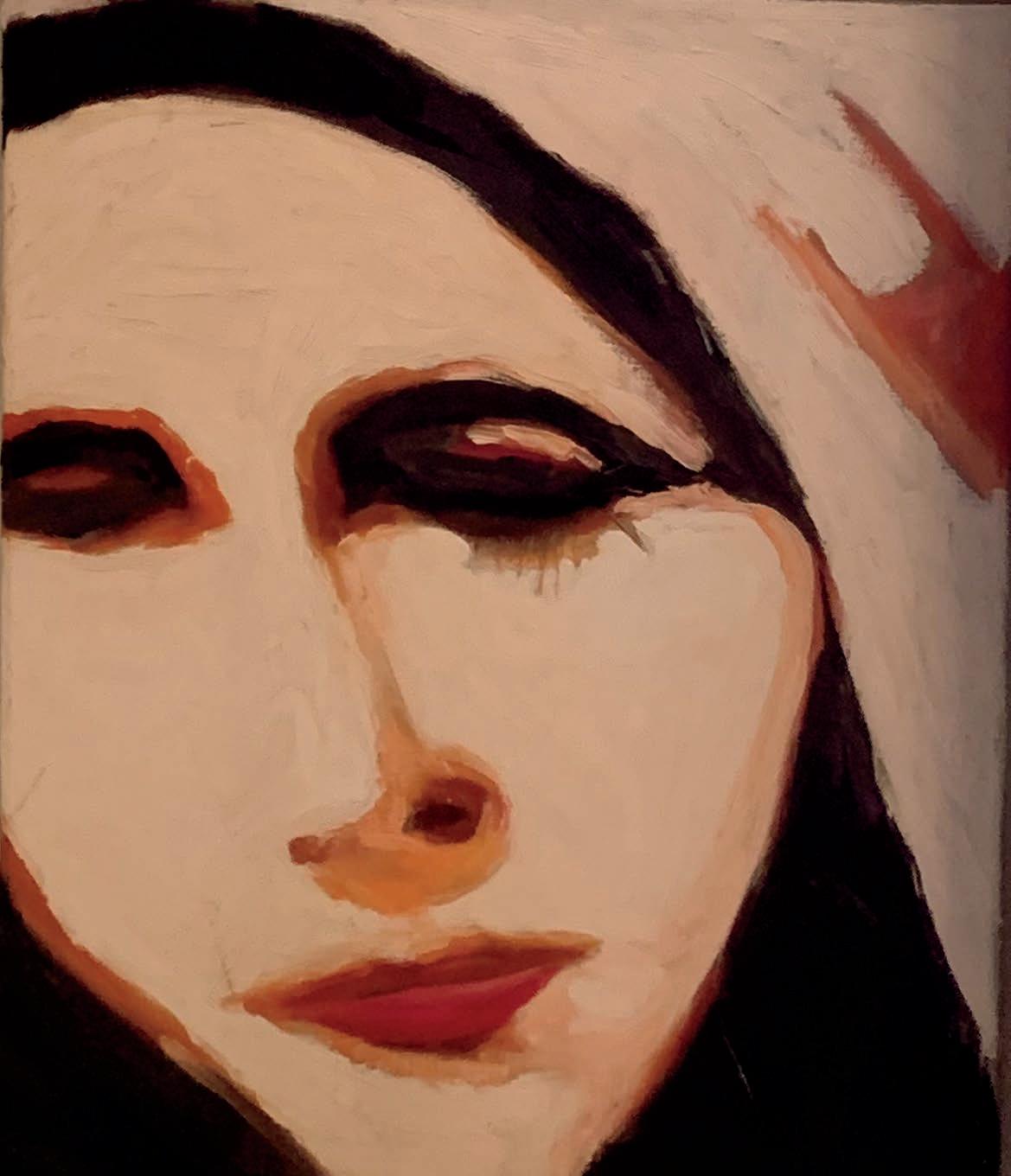
I first came upon James Madden’s work at the Old Mountain Coffee Shop in Keene Valley. Jim caffeinates and breakfasts there regularly but he was not around the afternoon I came in and chanced upon his Homage to Picasso painting on the page opposite. At the time, I was working on a piece for Fine Art Magazine on the Rolling Stones/Faces guitarist Ronnie Wood, who was and still is a very popular visual artist. Ronnie calls this (at right) The Picasso Stones, stating “It’s my interpretation of Picasso’s painting The Three Dancers.” Jim’s Homage struck a chord with me as did his portrait above which is a strong reflection of his natural ability to slow things down and spread things out when the subject matter calls for it, better than a camera can do — a lonely figure yet complete in her solitude.
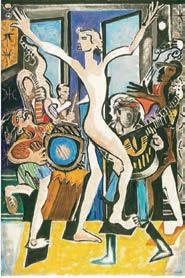
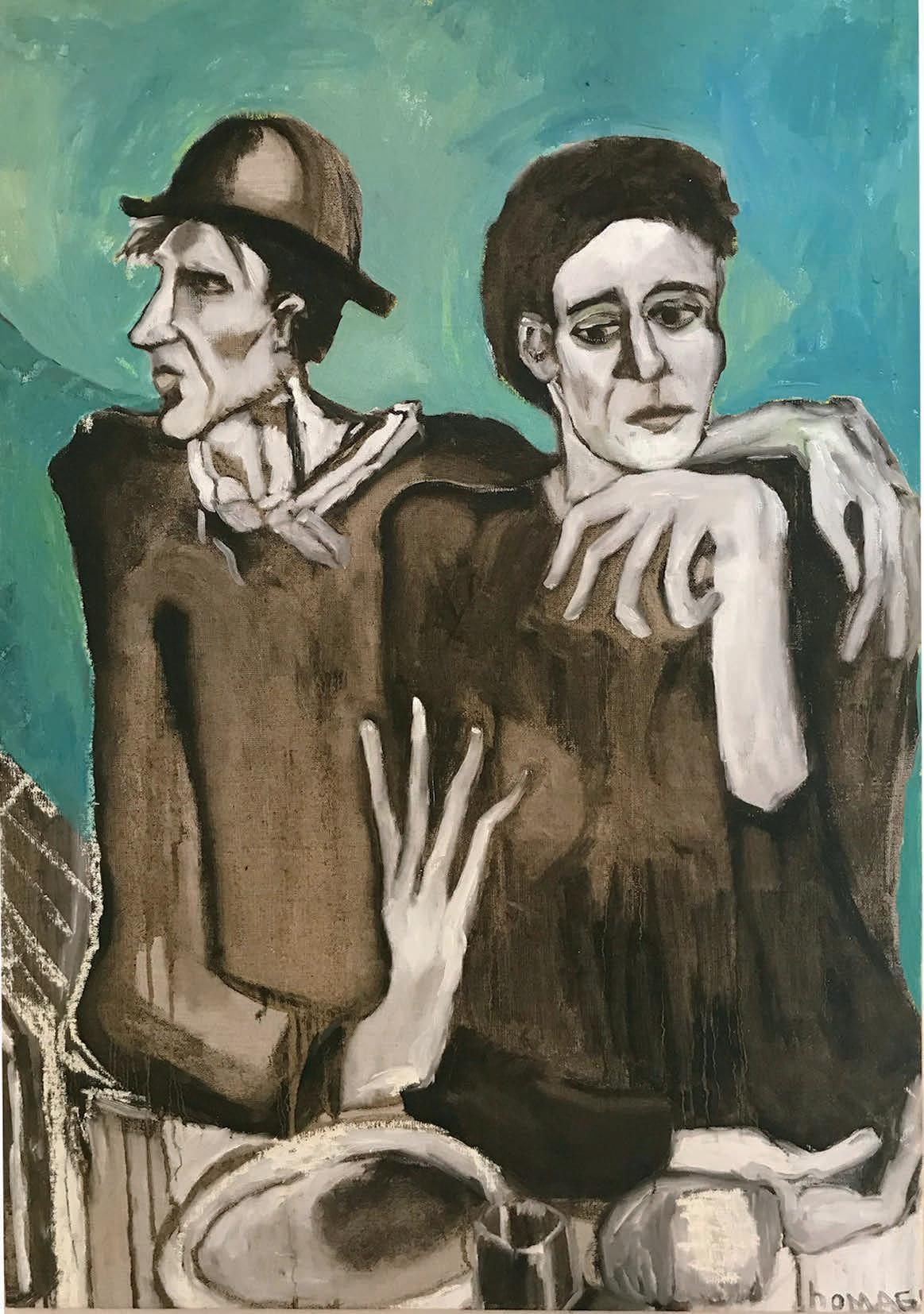
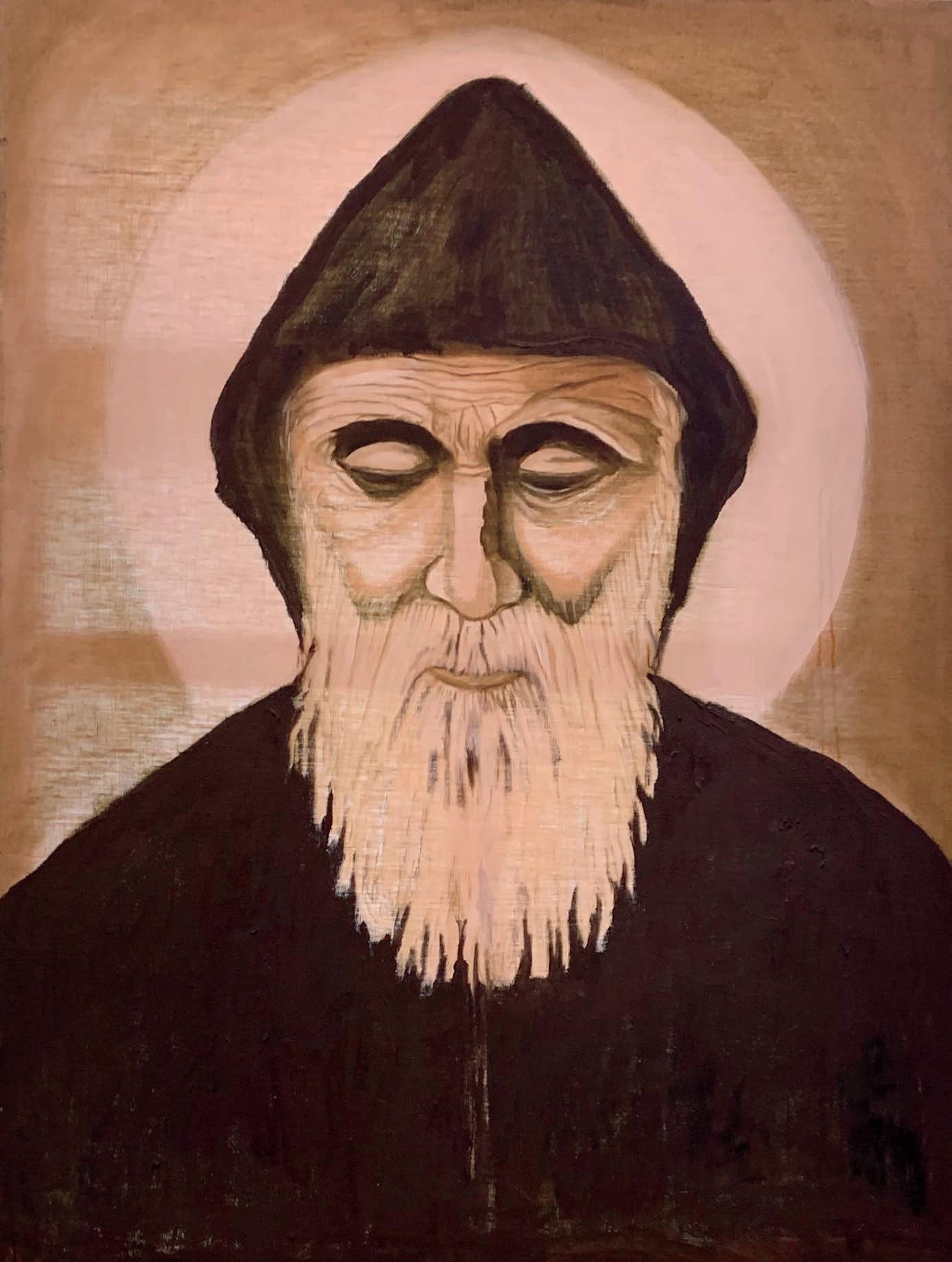
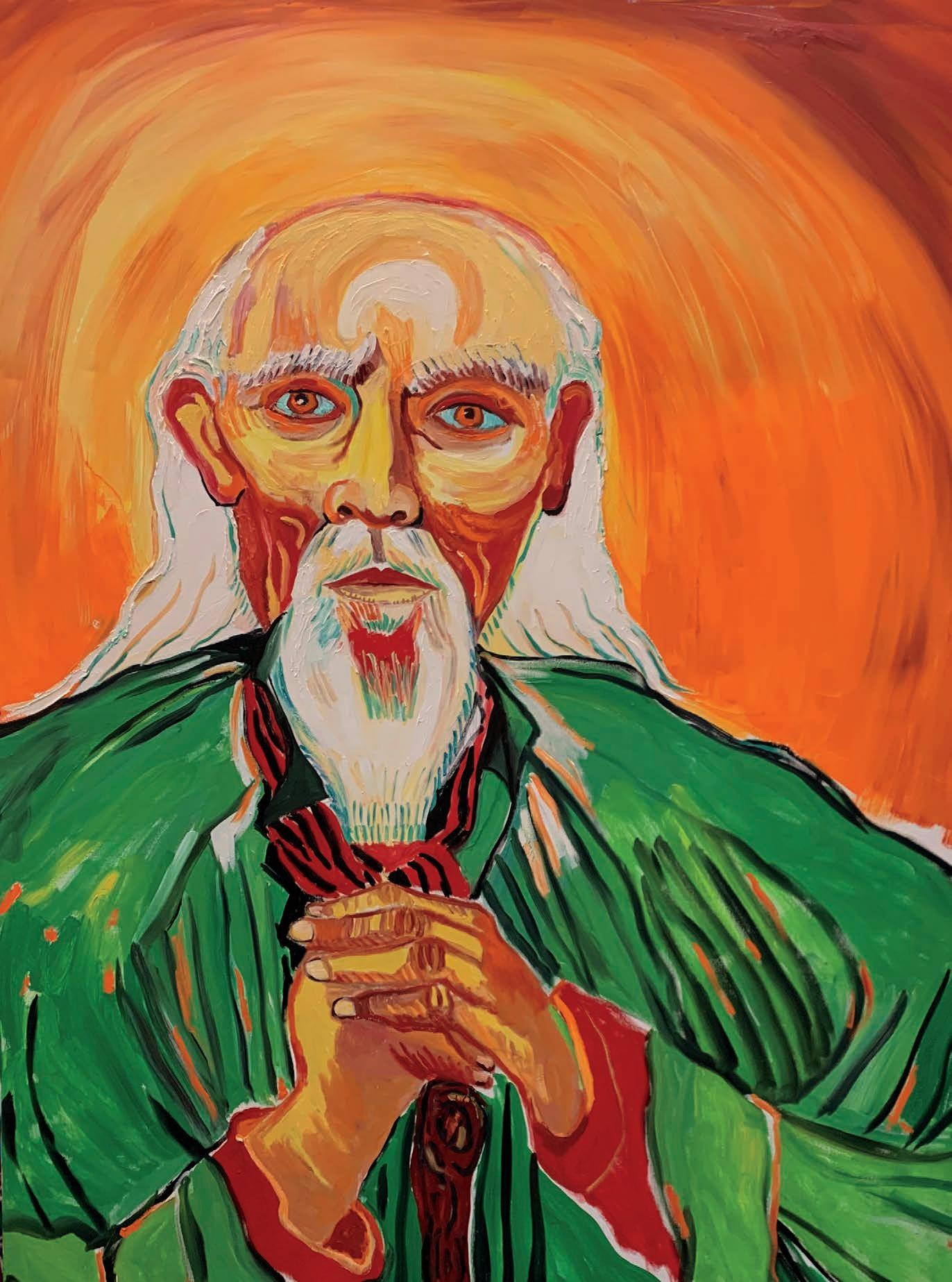
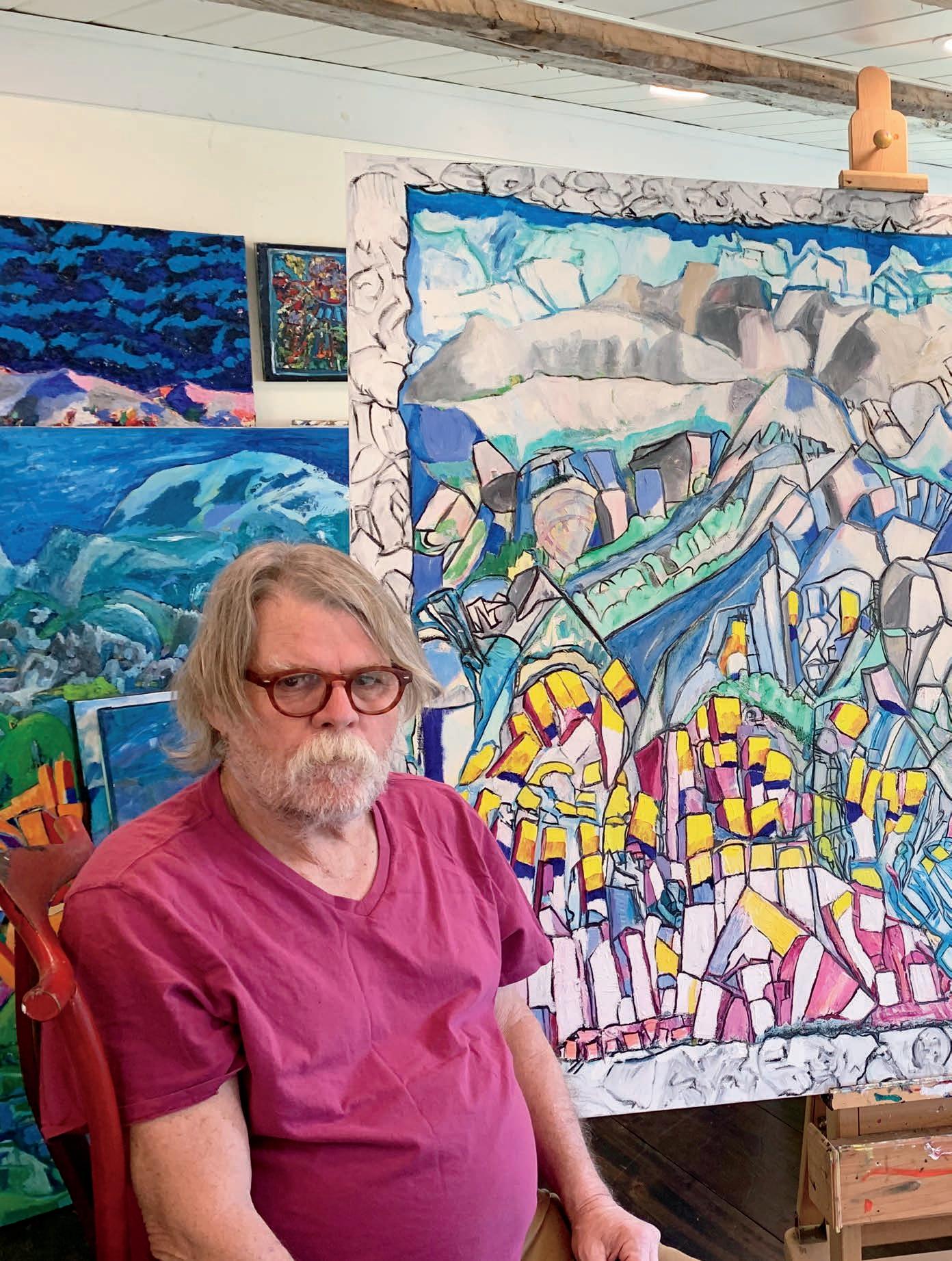
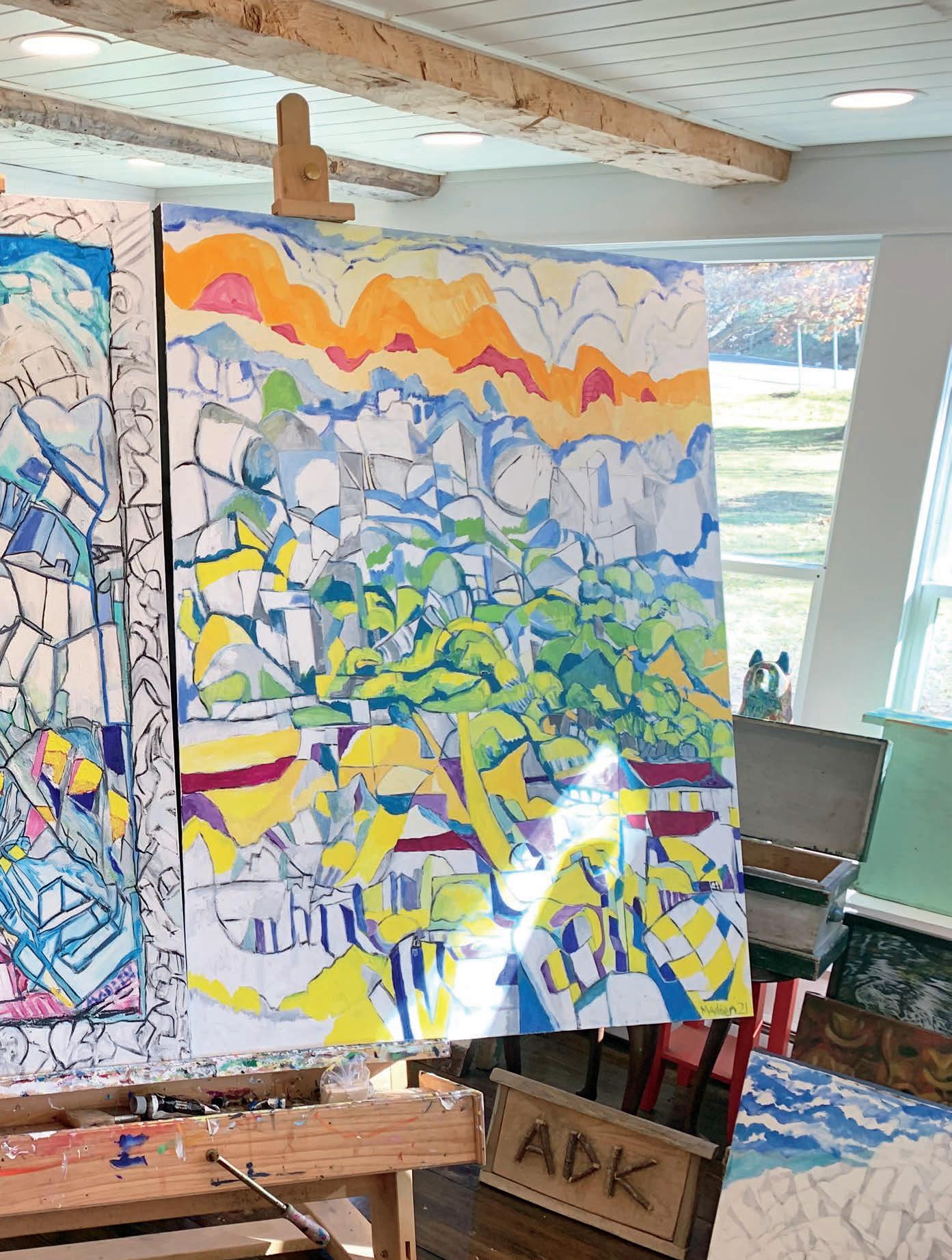
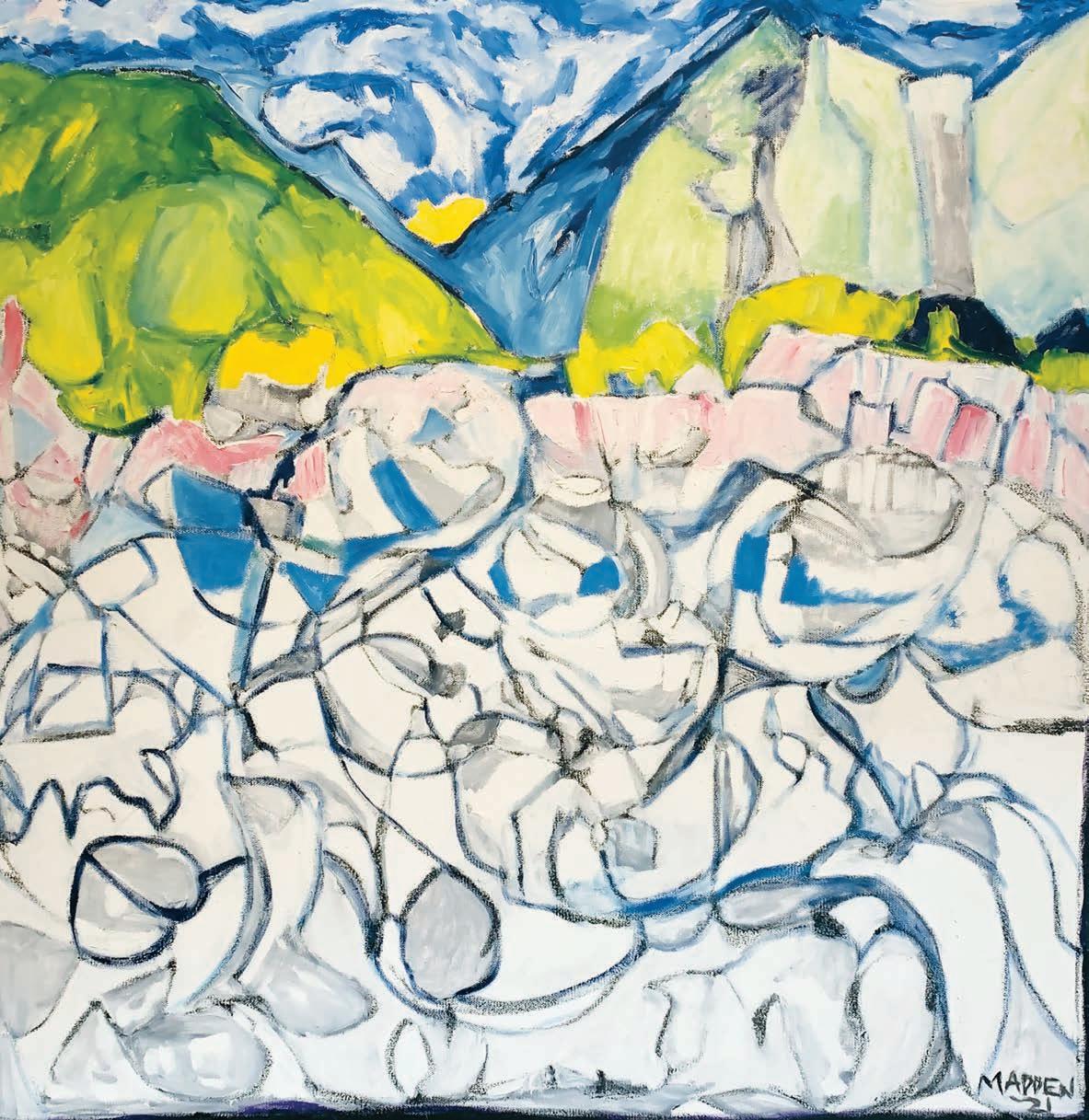
“As an adolescent, I took a water color class during the summer with Robert Whitney, who’s a pretty famous watercolorist. I painted extensively during my teen years but a lot of stuff is lost, including the watercolors I did in St. Thomas and the Islands. I was traveling a lot at that time. I was a hippie and I’d up and hitchhike across the country.
Material things weren’t important to me.”
u
— James Madden
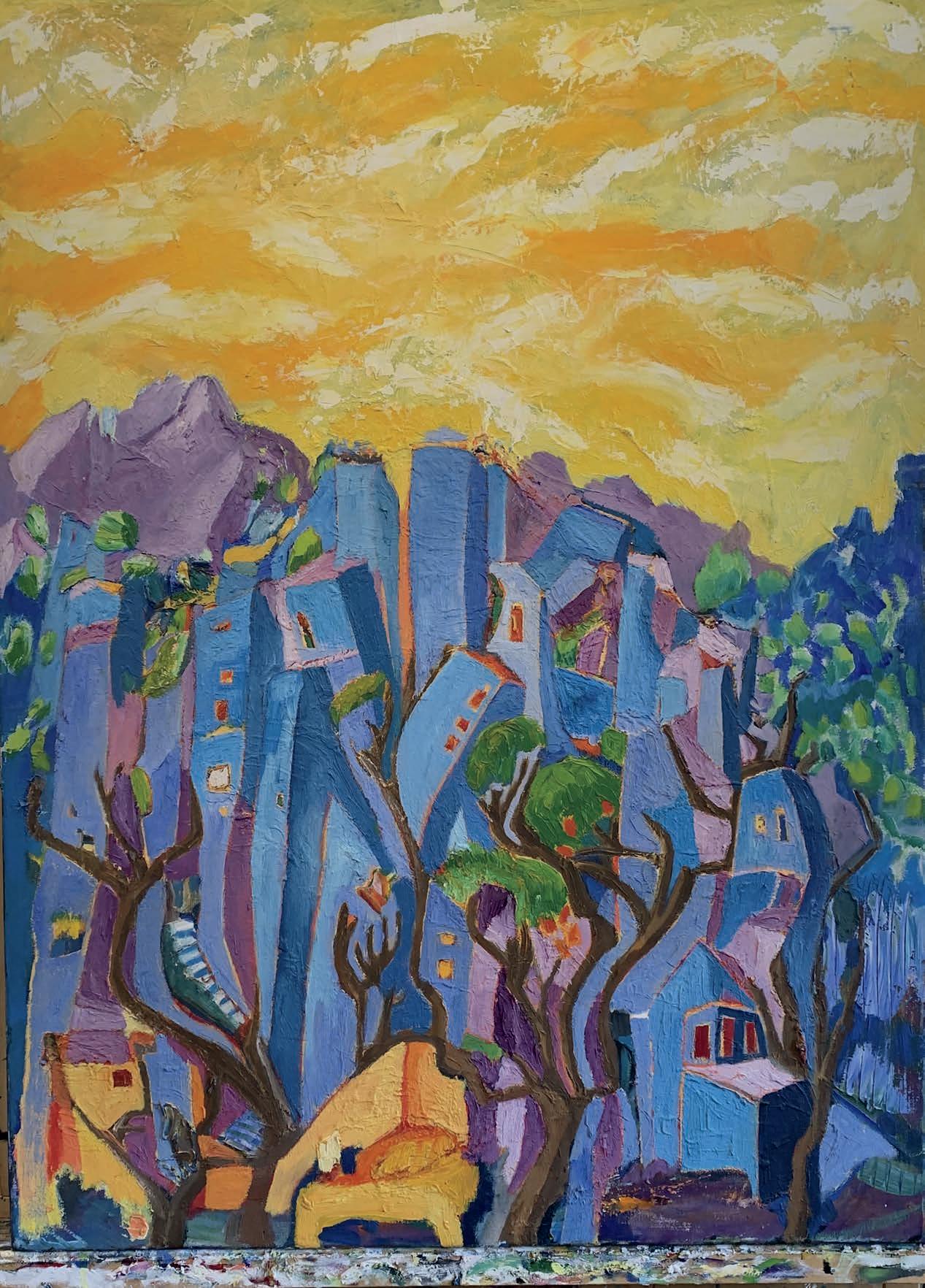
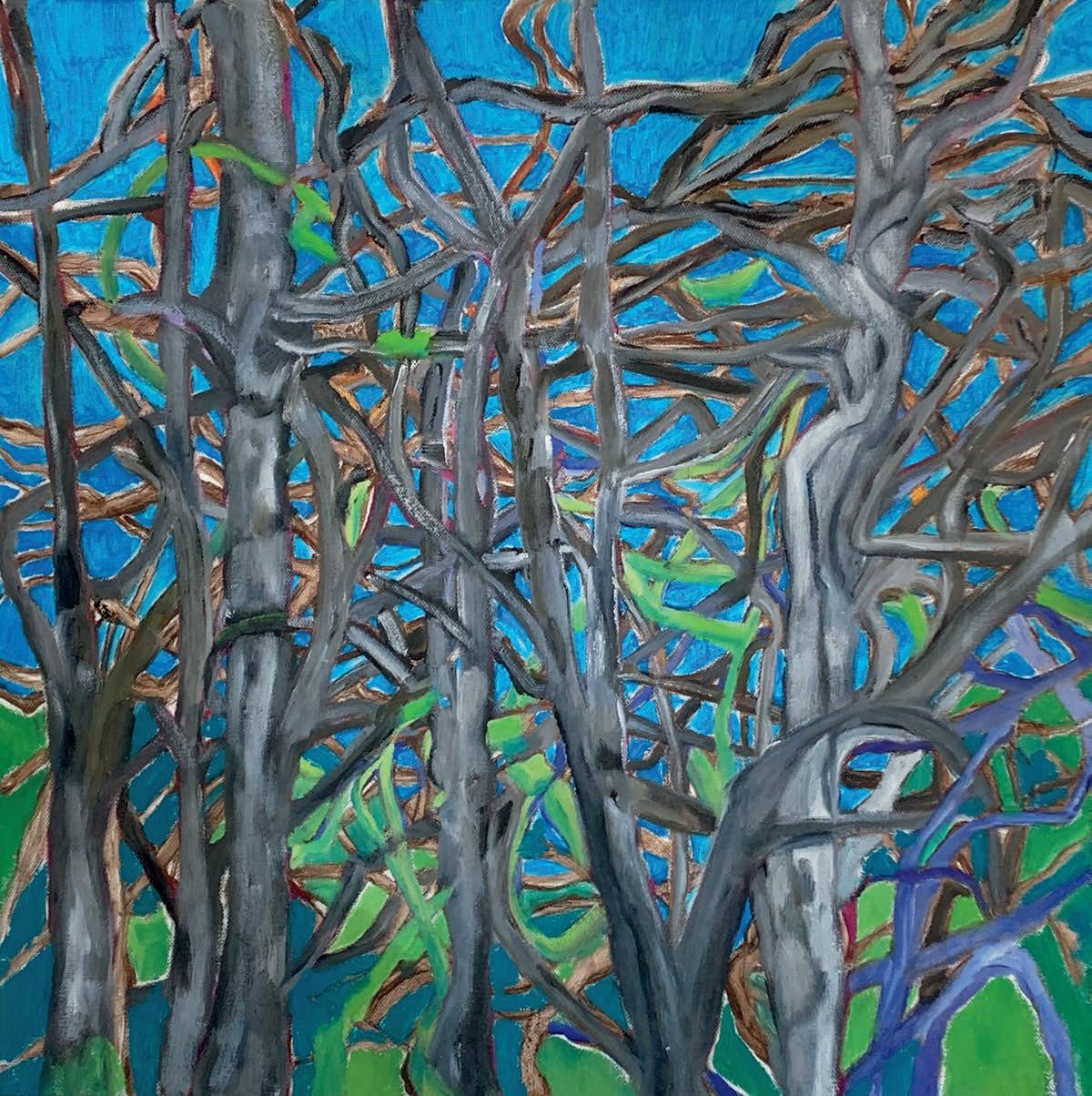
“The Blues Is Just A Bad Dream”
– James Taylor
During James Taylor’s one album tenure with The Beatles’ Apple Records in 1968, The Blues Is Just A Bad Dream is cut #12, with a 52 second peaceful orchestral introduction that segues straight into a three chord blues that references Madden’s painting, above. Is it simply a coincidence that Taylor’s follow-up to Sweet Baby James was Mud Slide Slim and the Blue Horizon?
“A tree grows in my back yard
It only grows at night
Its branches, they’re all twisted
Its leaves are afraid of light
They say them blues is just a bad dream
They say it lives outside your head.........”
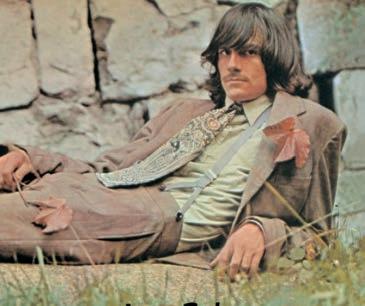
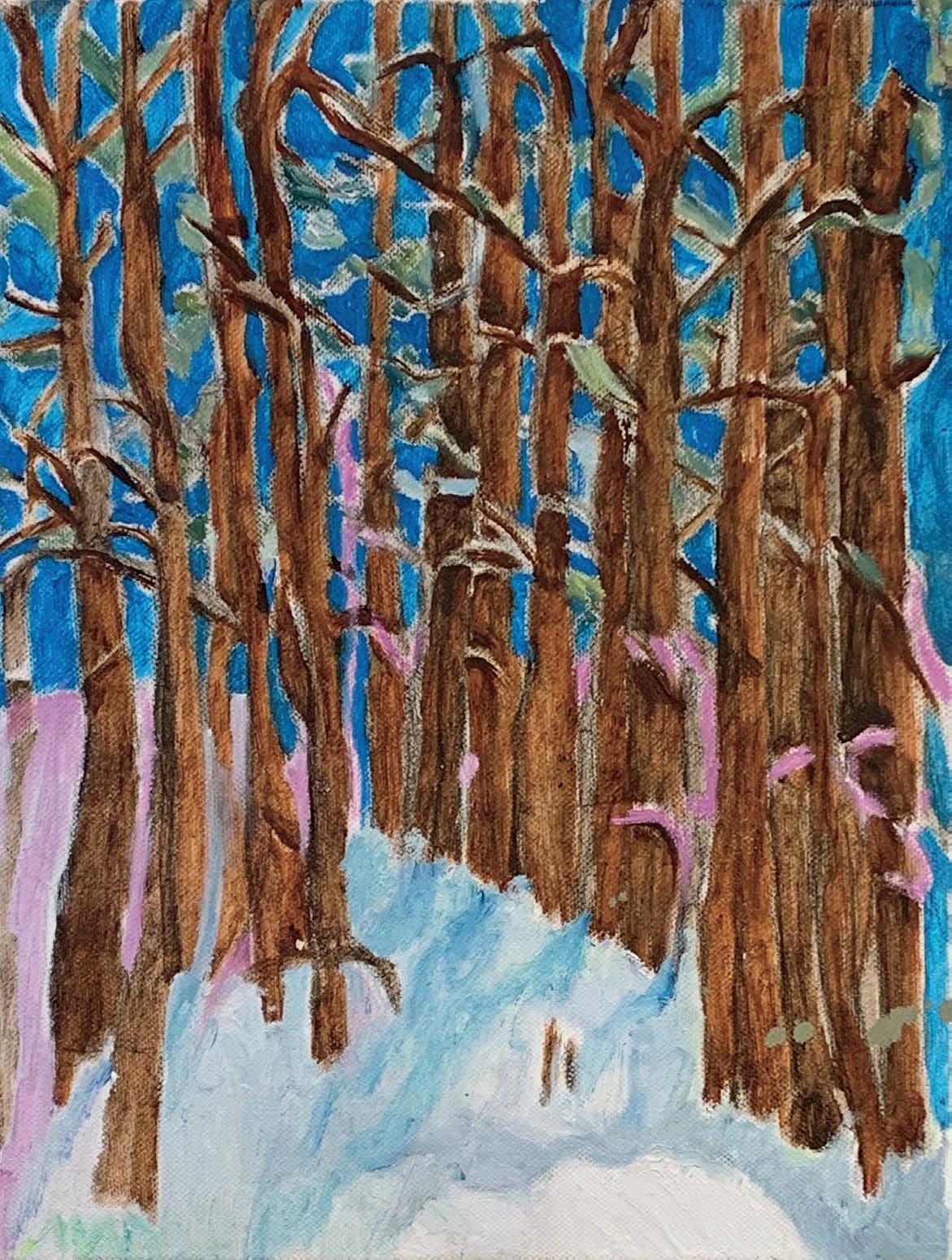
“Seasons Change With The Scenery”
– Paul Simon, “Hazy Shade Of Winter”
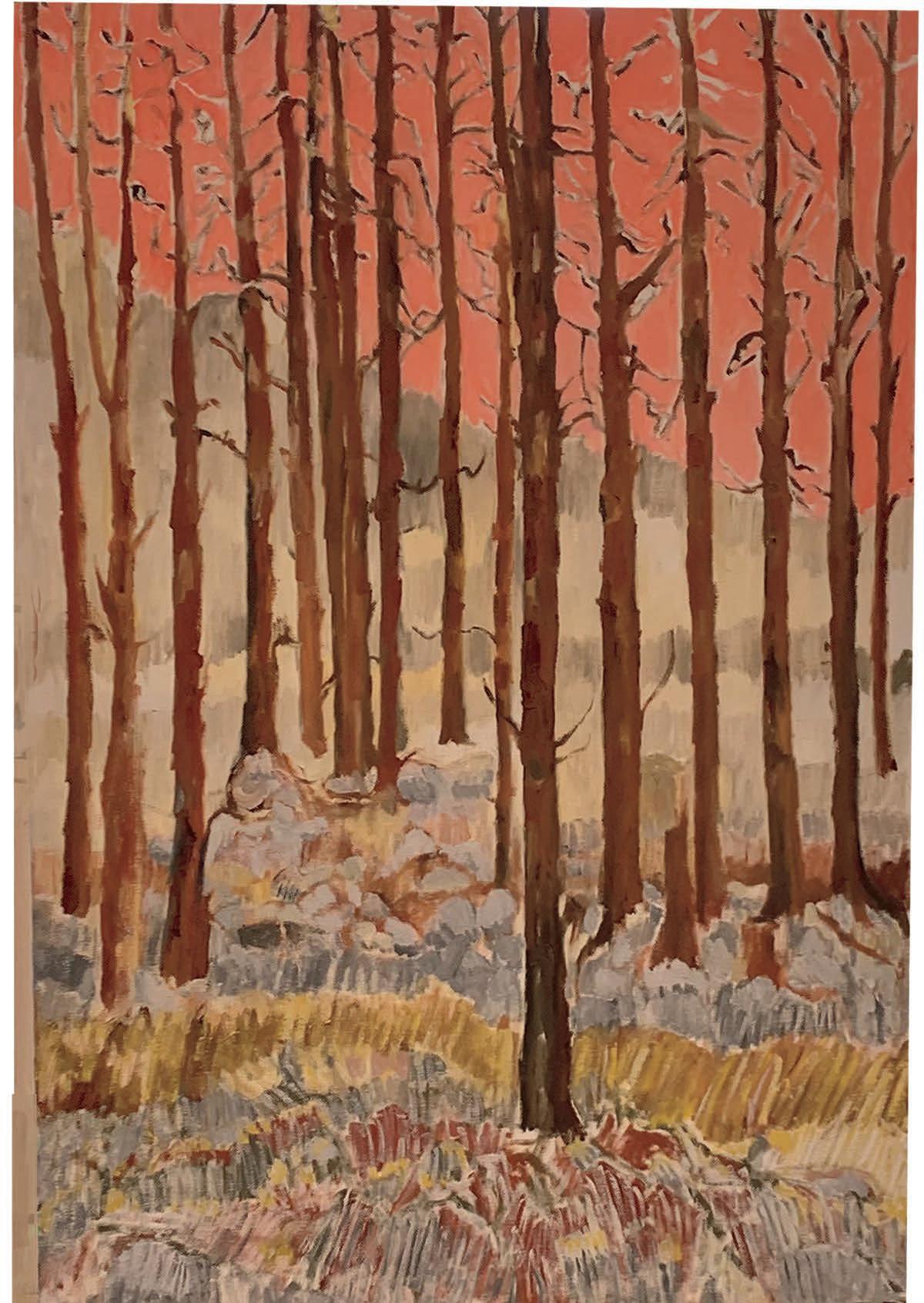
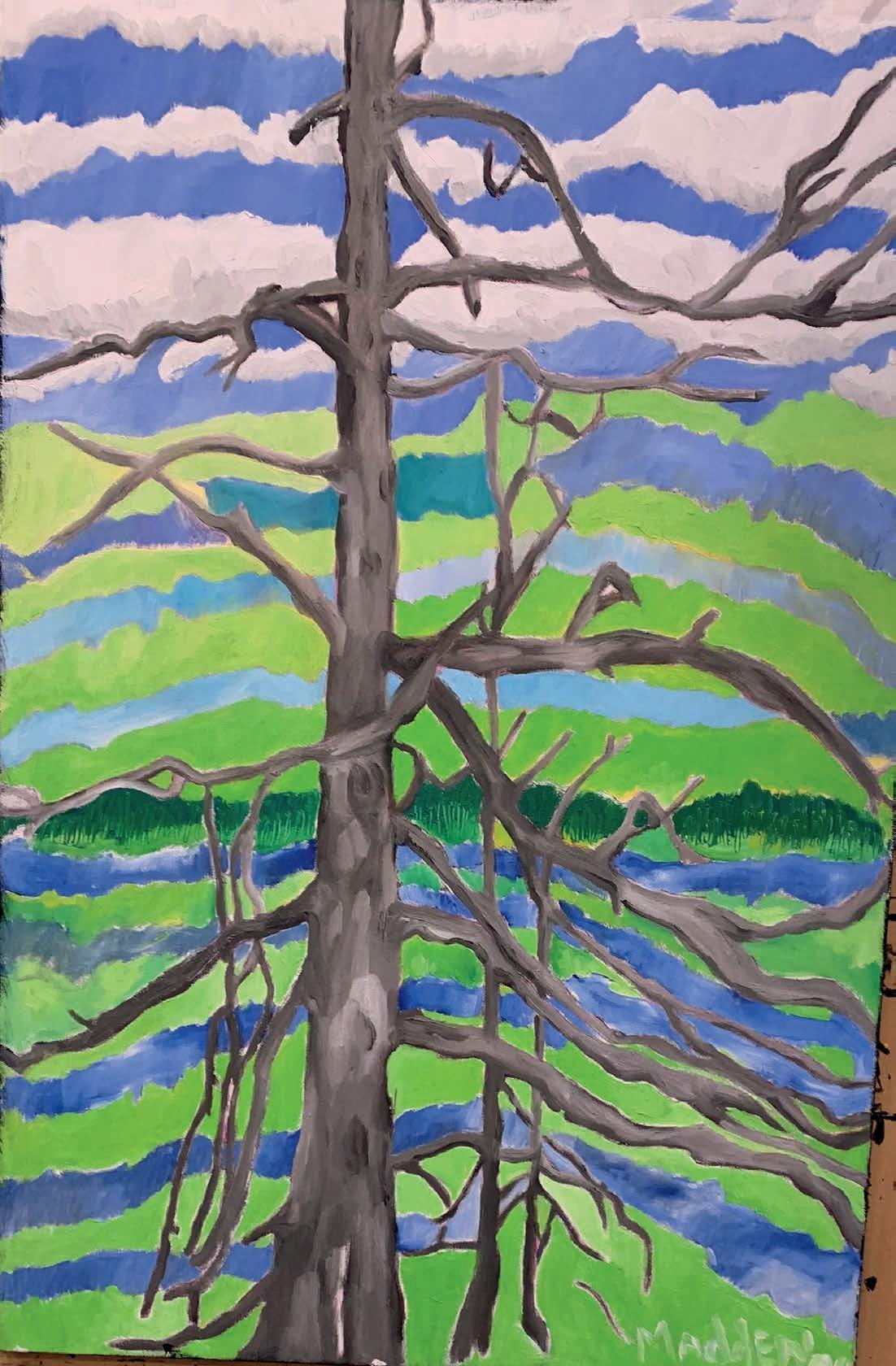

“I think that I shall never see a poem lovely as a tree.”
– Joyce Kilmer u

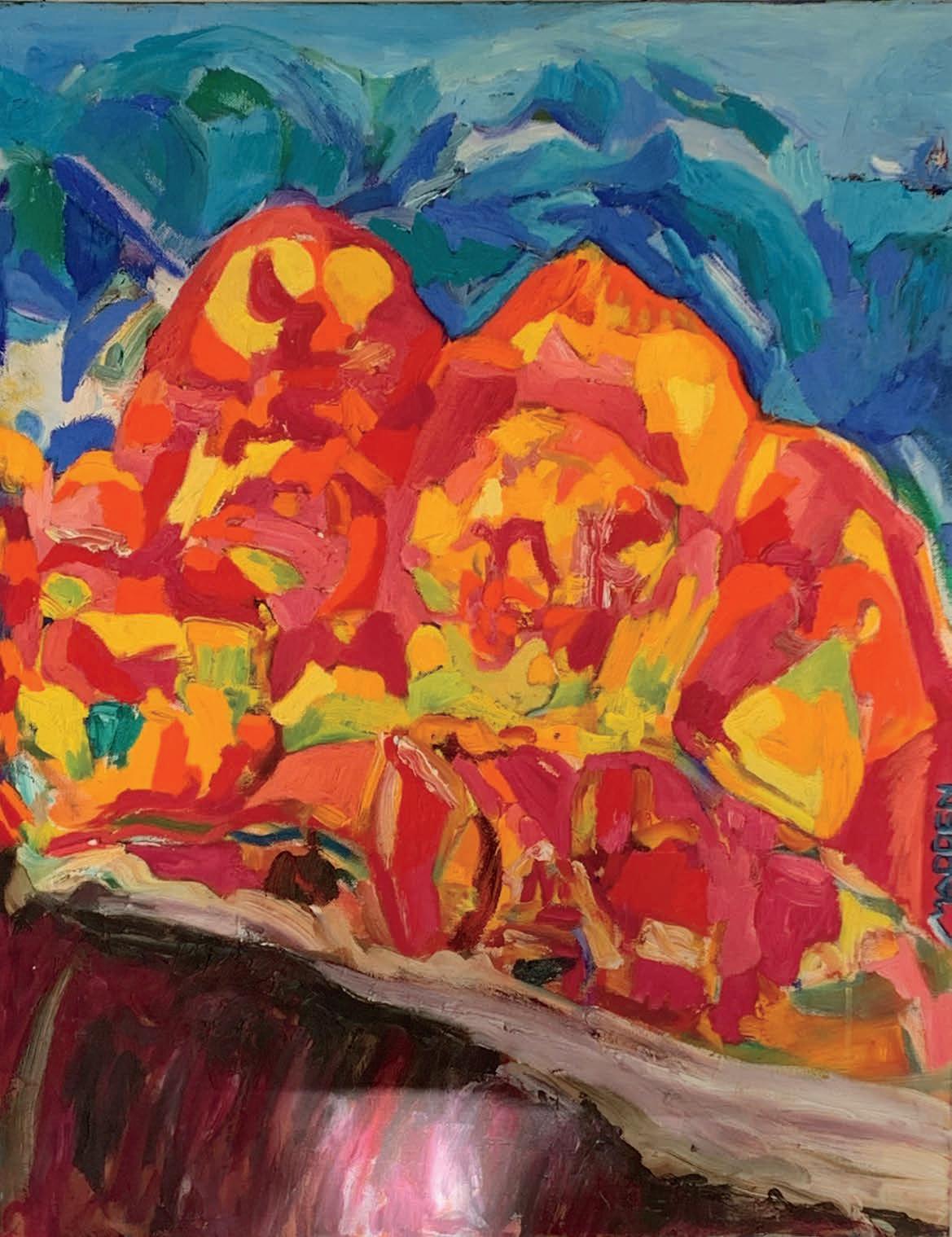
“THIS MOUNTAIN SHALL BE REMOVED, BY MY SPIRIT SAITH THE LORD” How does one turn something intangible like faith into something actual like the tiny seed that gives birth to a massive mustard tree? “It’s not by might, it’s not by power but by my Spirit, saith the Lord.” (Zachariah 4:6-7). Here, two mountains fight for your attention. The dangerous red range and the softer blue hills in the background. Faith the size of a mustard seed is all you need.
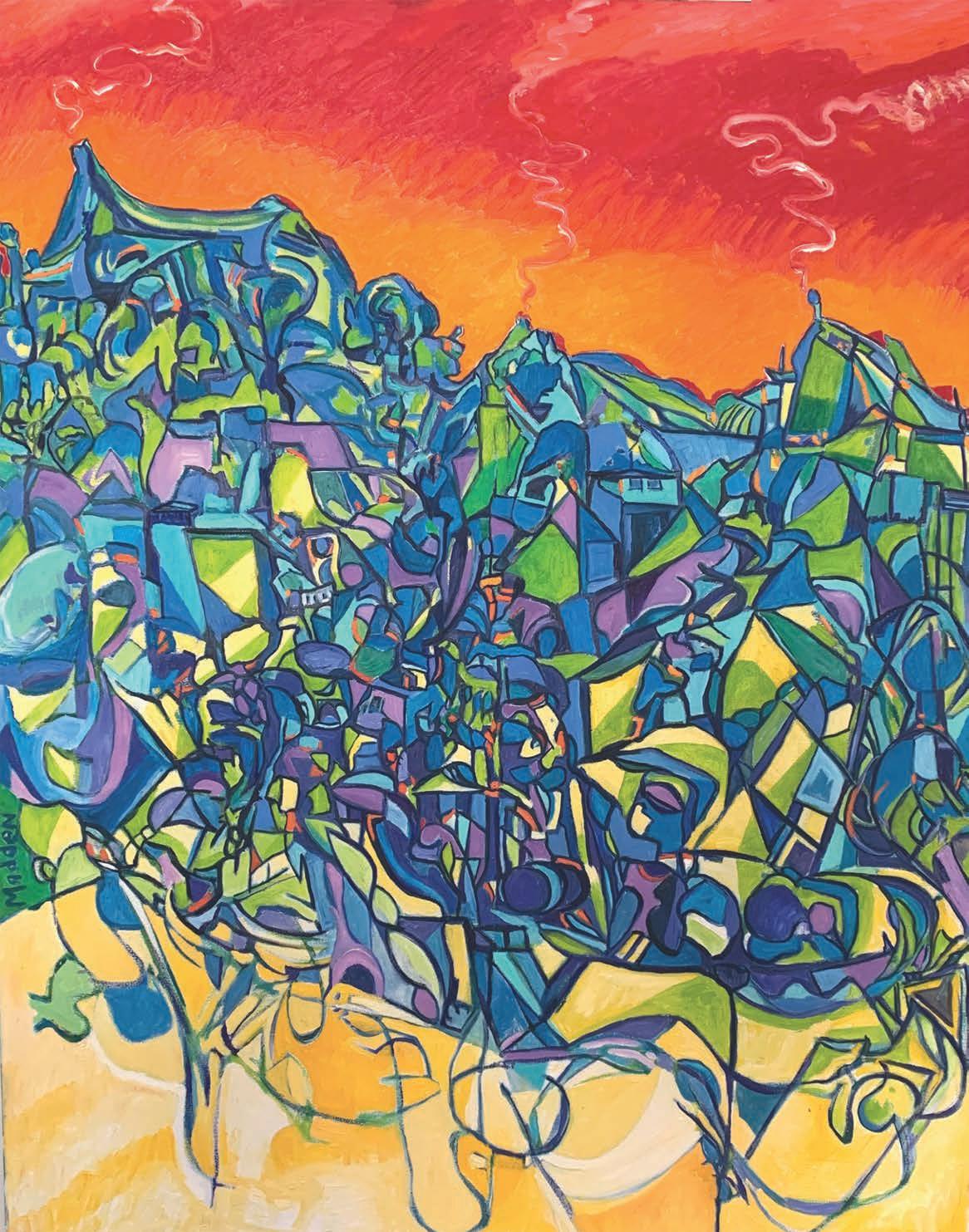
“Look at the sky turning hell fire red, Lord / Somebody’s house is burning, down, down, down, down……… Well, someone stepped from the crowd, he was nineteen miles high / He shouts ‘We’re tired and disgusted, so we paint red through the sky’ I said ‘The truth is straight ahead so don’t burn yourself instead / Try to learn instead of burn’, hear what I say… So, I finally rode away but I’ll never forget that day / ’Cause when I reached the valley I looked way down cross the way A giant boat from space landed with eerie grace / And came and taken all the dead away …” —“House Burning Down” is the 14th track on The Jimi Hendrix Experience’s final studio album, “Electric Ladyland”.
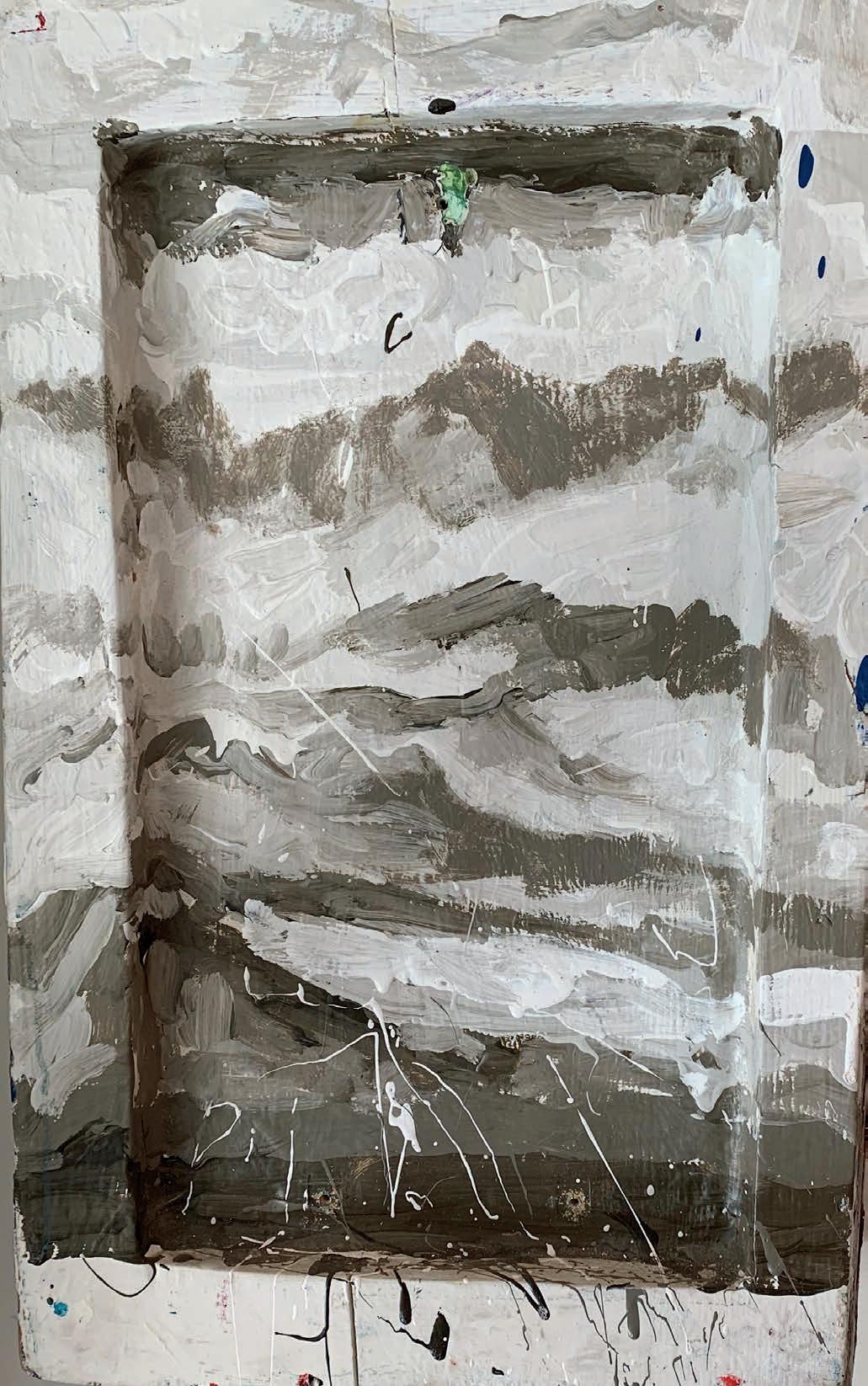
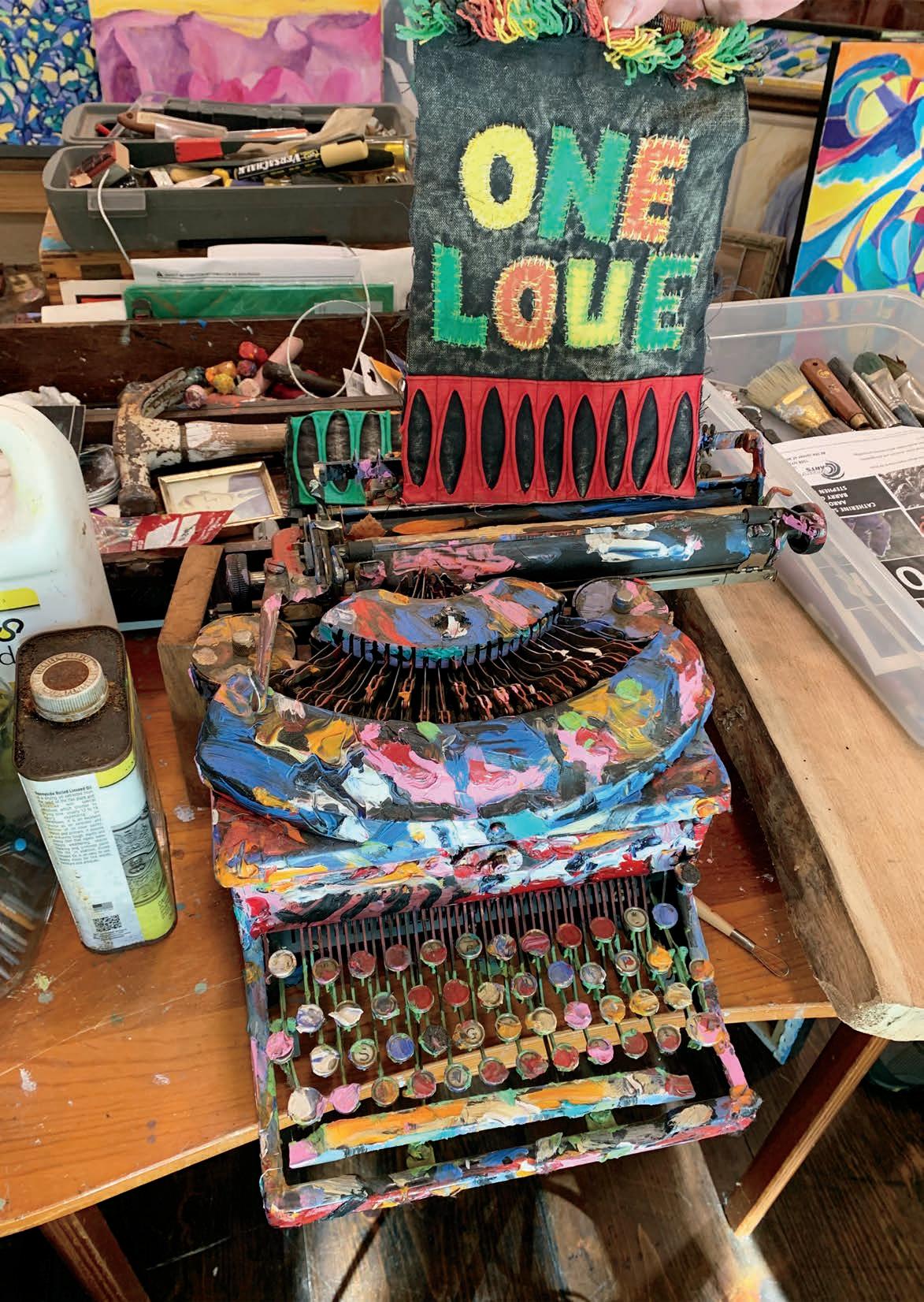
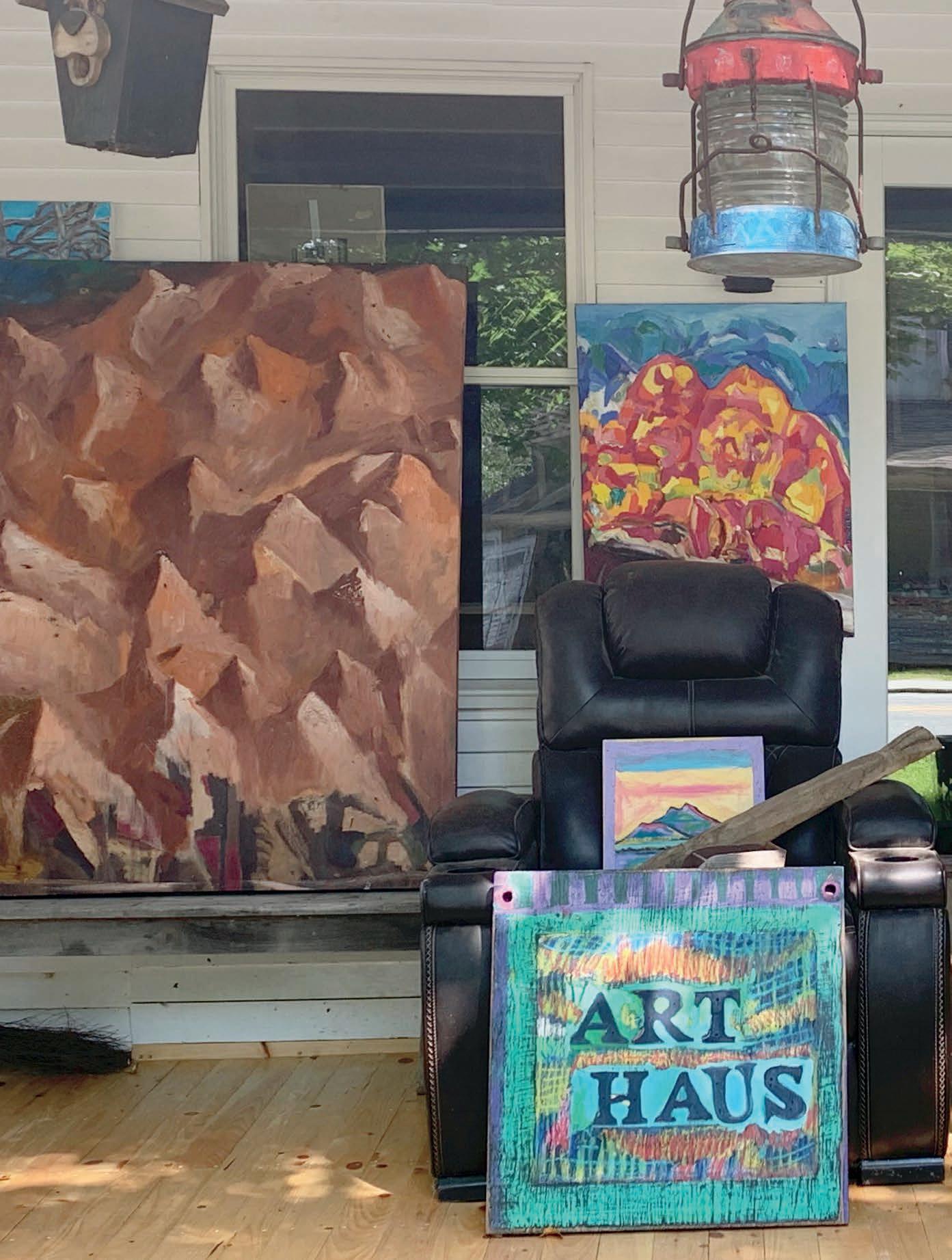
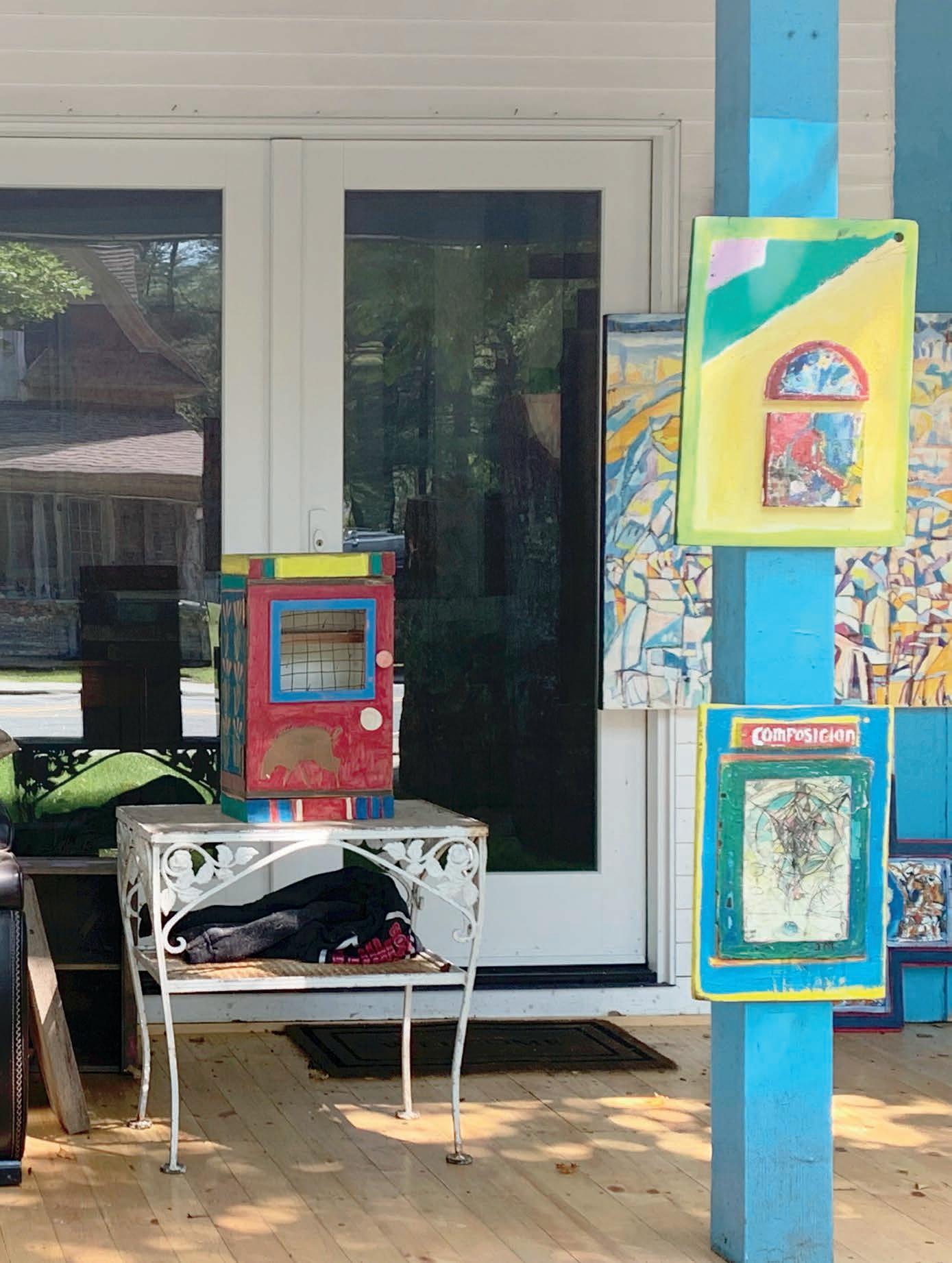
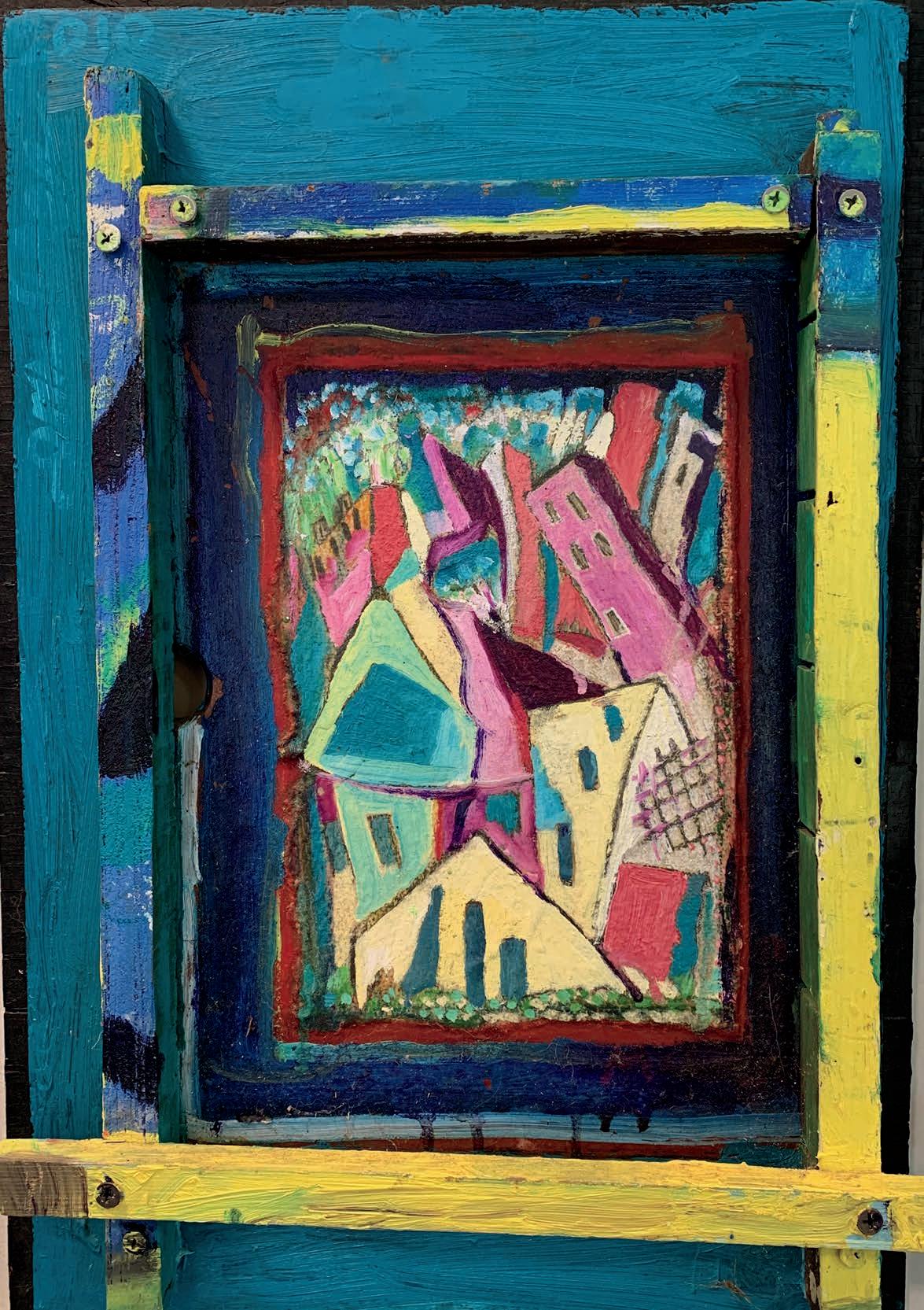
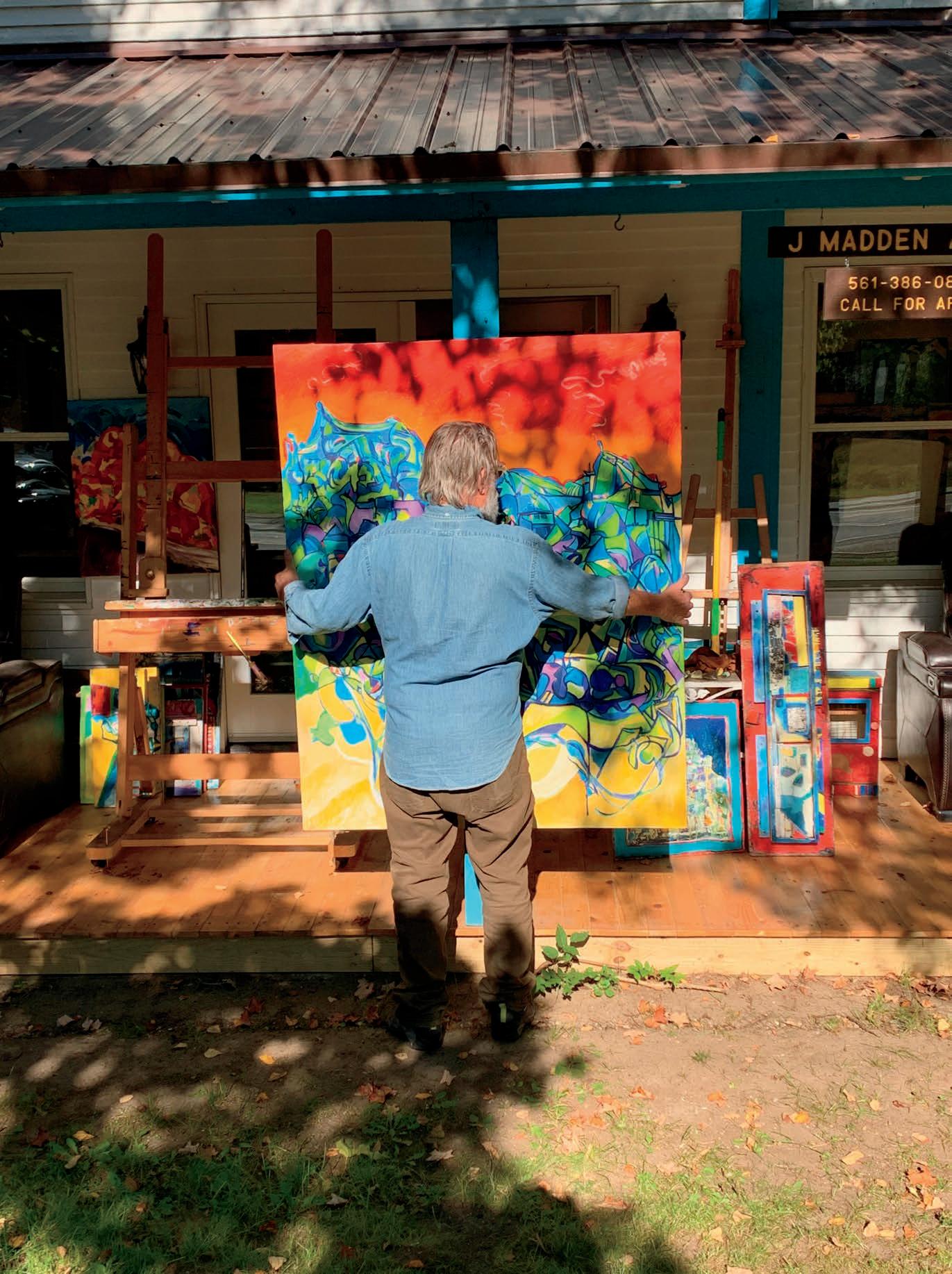
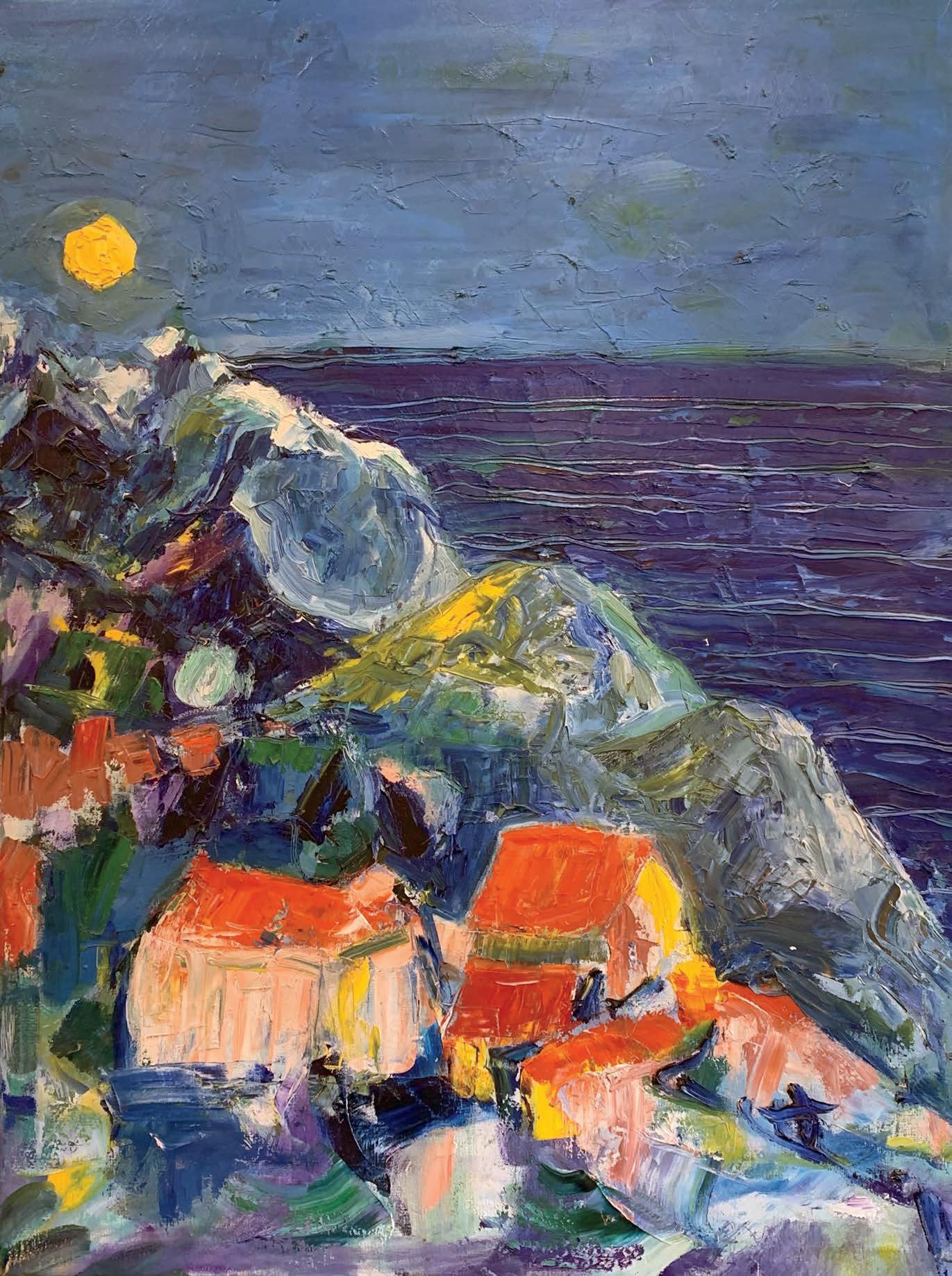
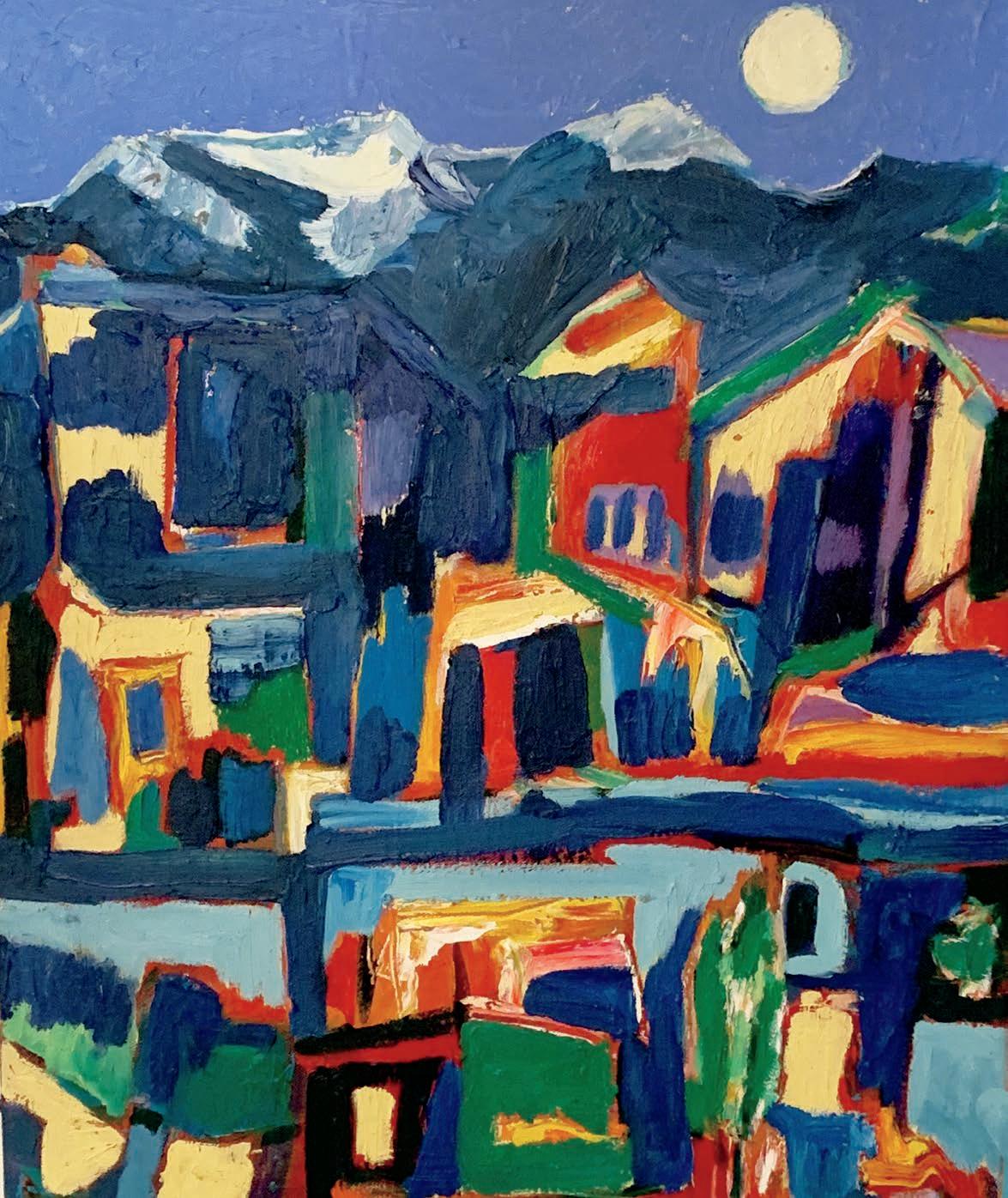
The idyllic and the ideal merge in this mountain scene with soft and bold colors and forms. Here is a relatively subdued night scape of buildings blending into mountains under a peaceful full moon. It reminds me of the beautiful town of Zermat, Switzerland, under the protection of the Matterhorn where I spent a few days in the summer of 1971. It was a place where time stopped many years ago, though the taverns and small hotels made for a most wonderful experience as we shared rock and roll dreams over a plate of fondue as the ever-changing view of the summit of the Matterhorn split clouds over us.
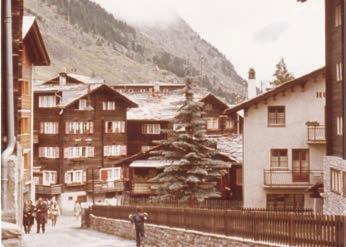
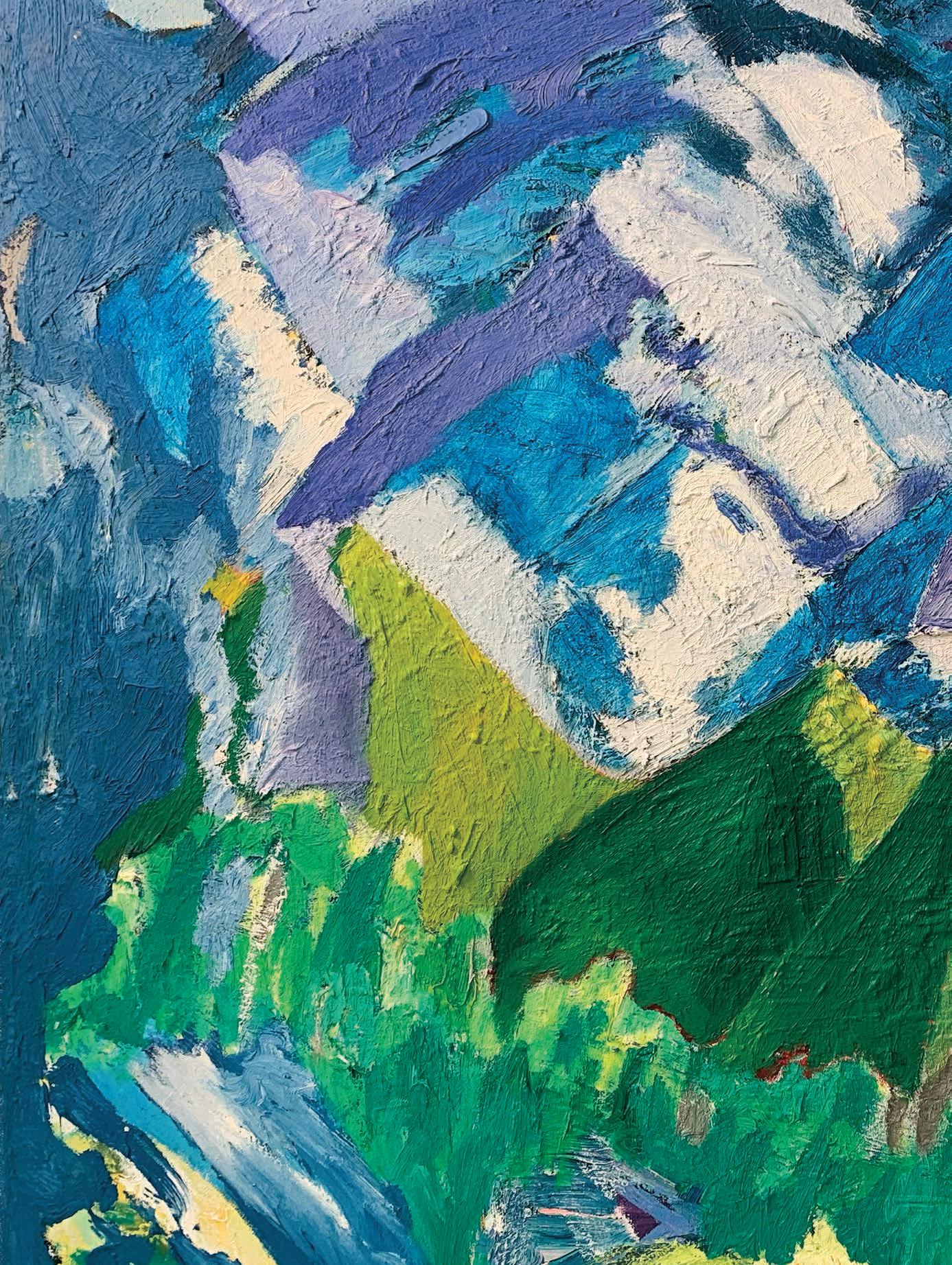
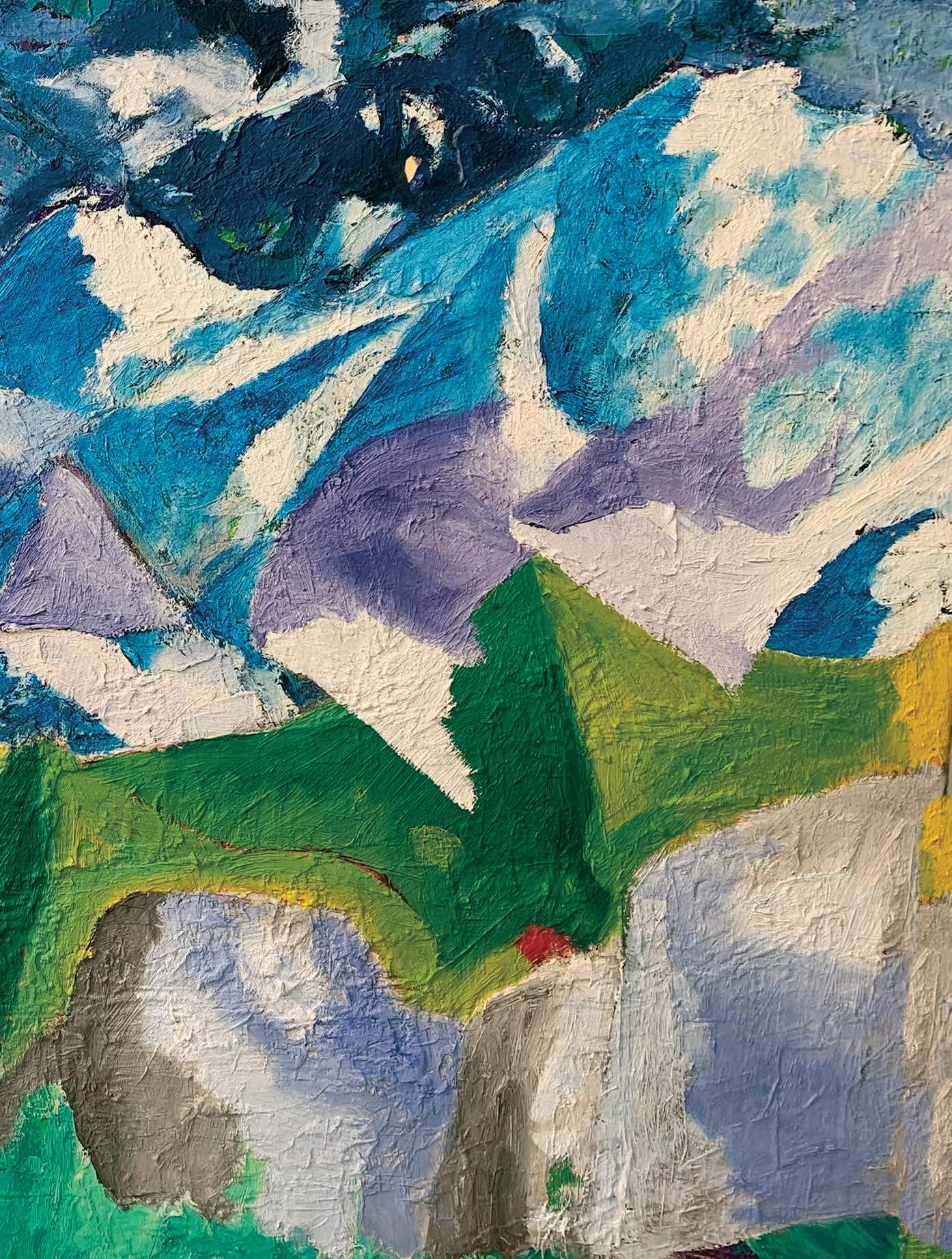
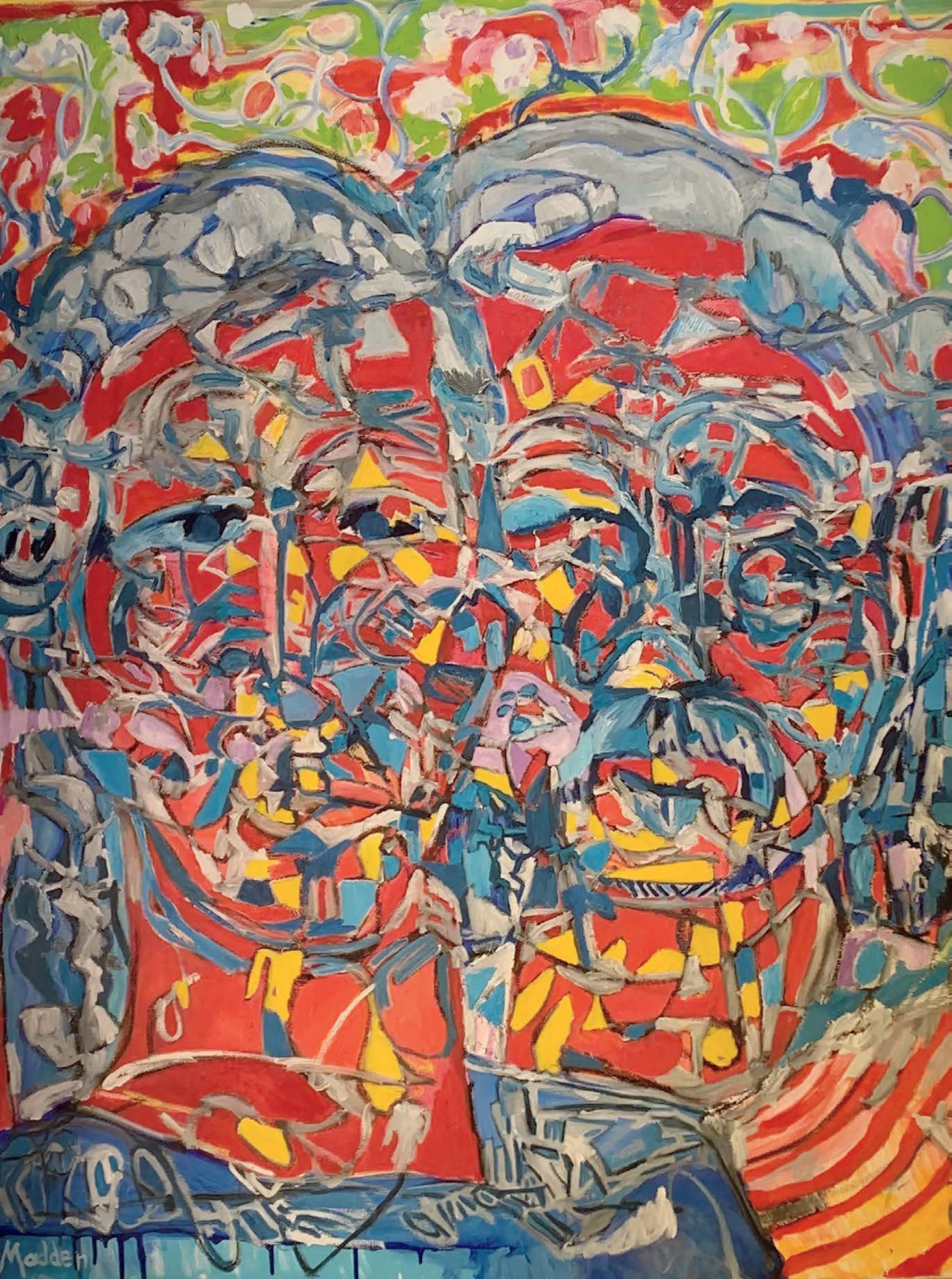

Fresh and vibrant color, inventive handling of forms and surfaces and diverse compositional arrangement are so completely coordinated in this outstanding painting achievement that morphs the topography of the soothing Adirondack skyline with dangerous looking peaks of an Himalayan-type chain. The effect, when compared to the Great Range in the photograph, are further indications of the artist’s approach to landscape. The importance of form as fantasy is a hallmark of Madden’s work.
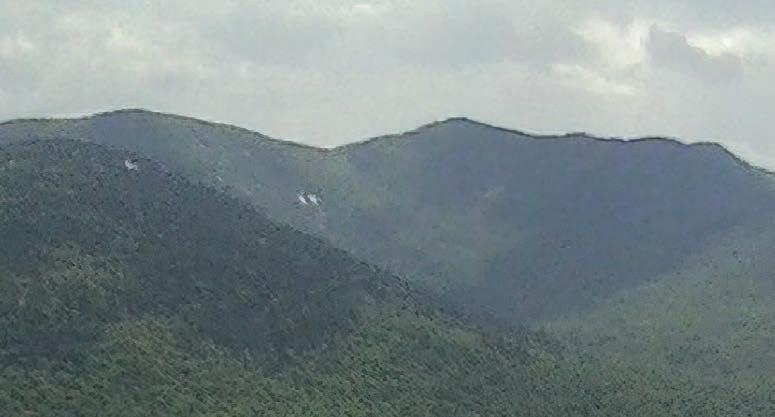

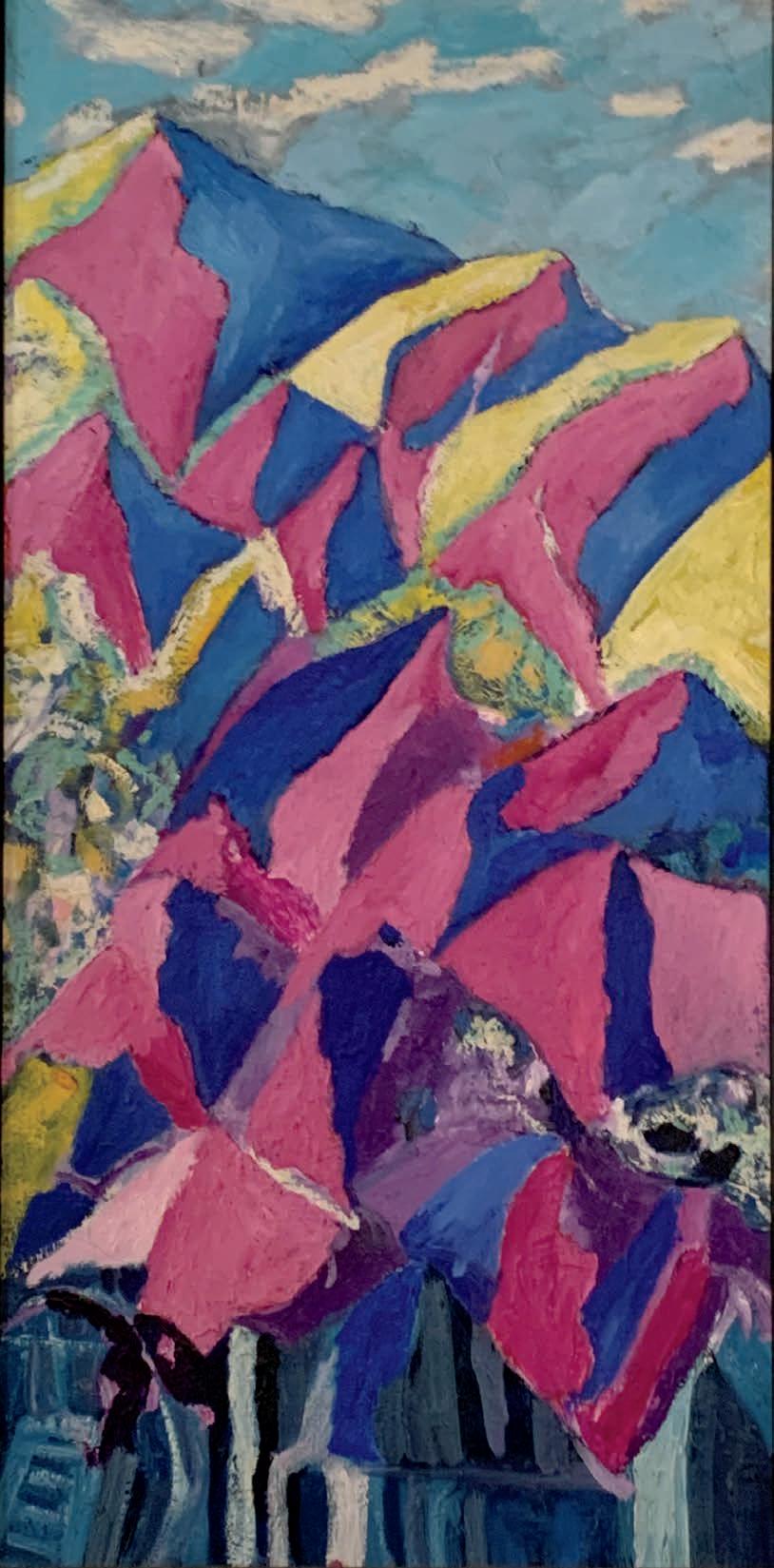
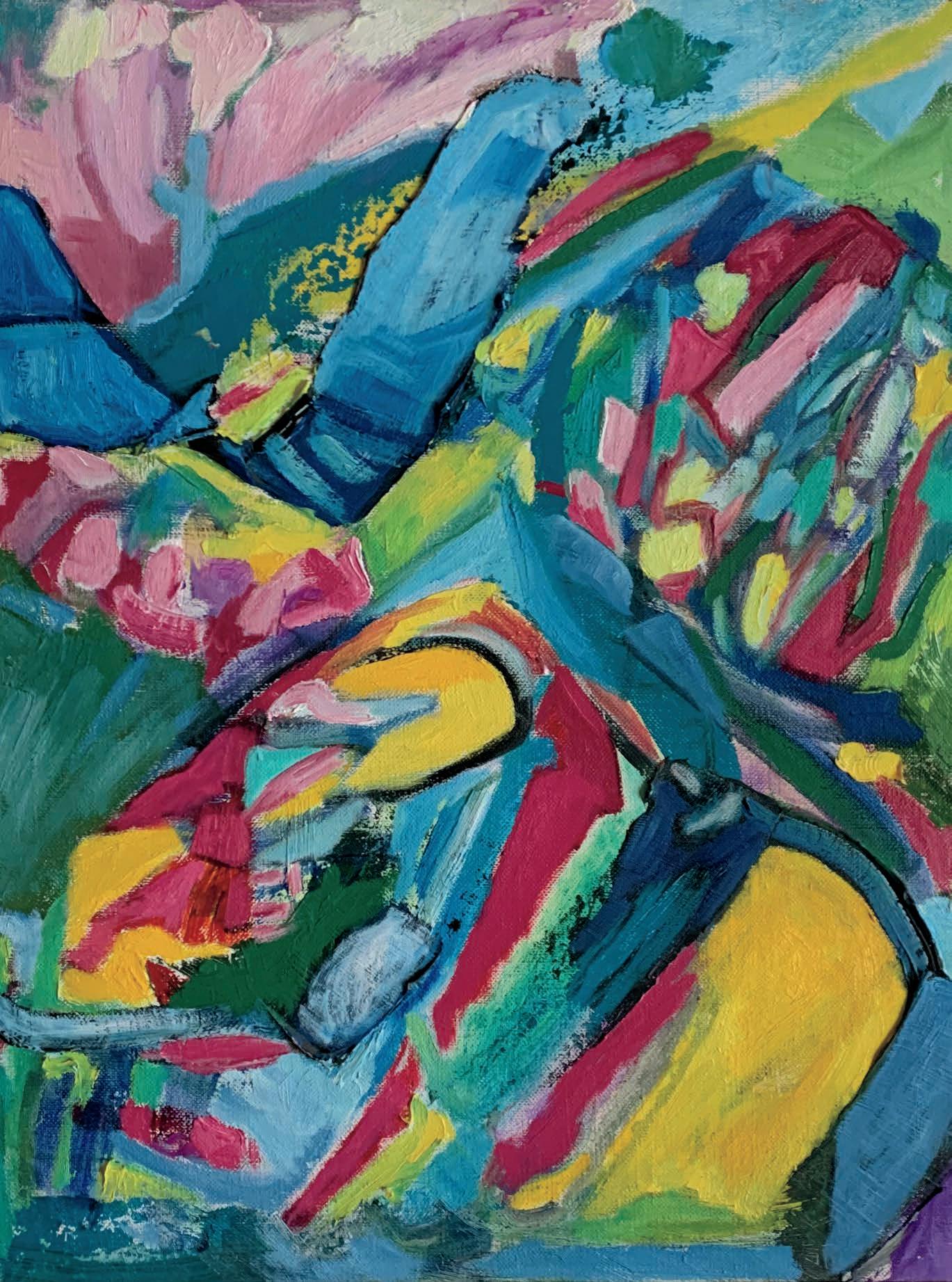
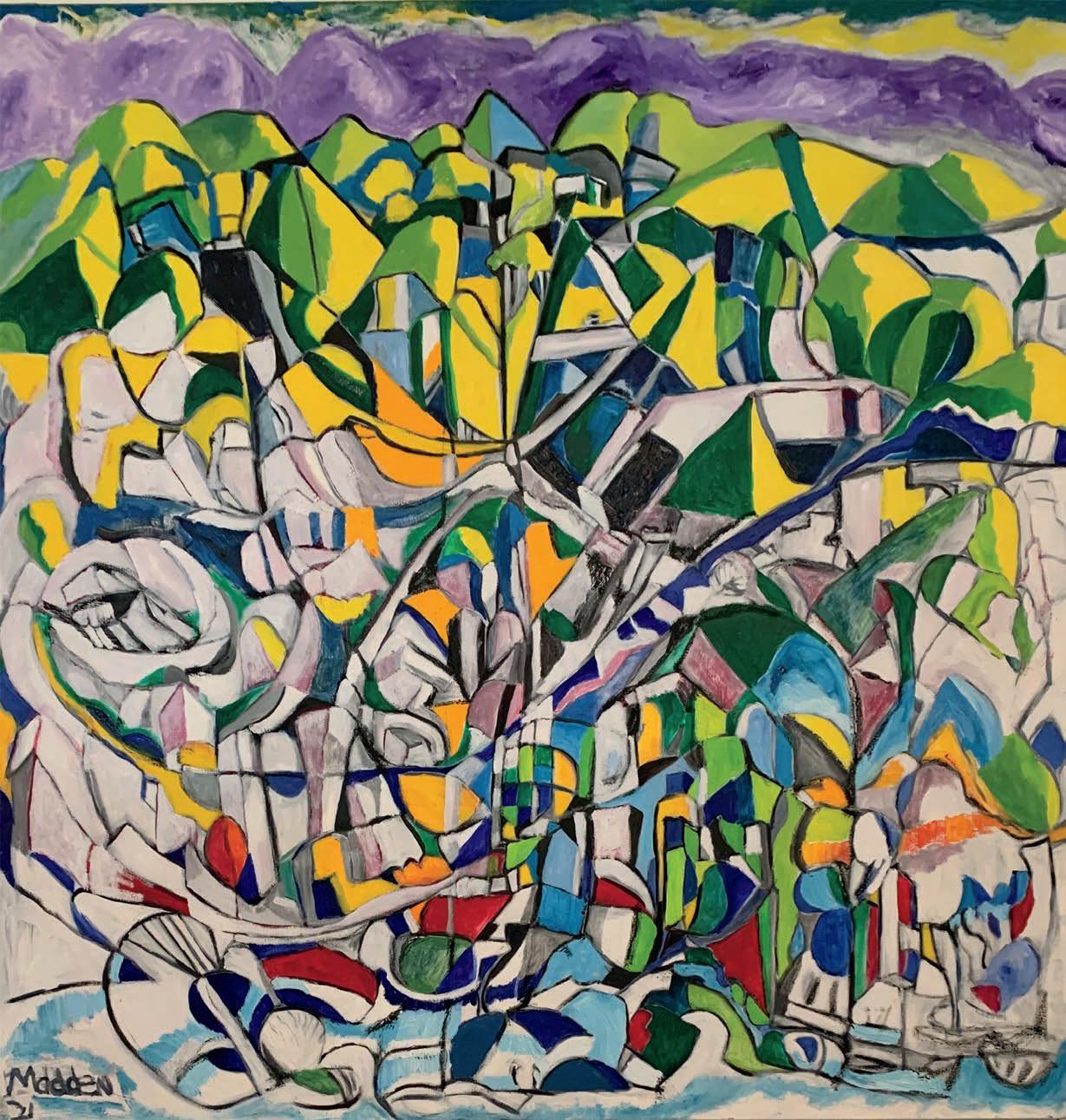
According to Sidney Janis, “The idea of compositional arrangement which involves a receding plane in the center of the picture is one often used by self-taught painters.” One of several compositions of similar nature, Madden’s love of and fascination with mountains is evident. The image above seems to apparently be growing out of building blocks and quasi-geometric forms in a mosaic leading to a green and blue centrally located summit backed by awesome crests of his own making as traces of a blue sky (hope?) run off the top of the canvas. The artist’s intent and desire for a more perfect world is evident in the elements that support the tall and verdant peaks. Thematically and psychologically, the structure seems to suggest the heat of rising wrath interwoven to imply that from the craggy disorganization of the over-painted foundation, truth and beauty will win out. Reaching for the sky is one of Madden’s stylistic trademarks, and perhaps a reflection of insights gained in that life-after-death experience. Who can really tell? Yet in the clean and open upper reaches of the painting, where commotion gives way to a tranquil but challenging “purple mountains majesty,” one can find light at the end of the tunnel.
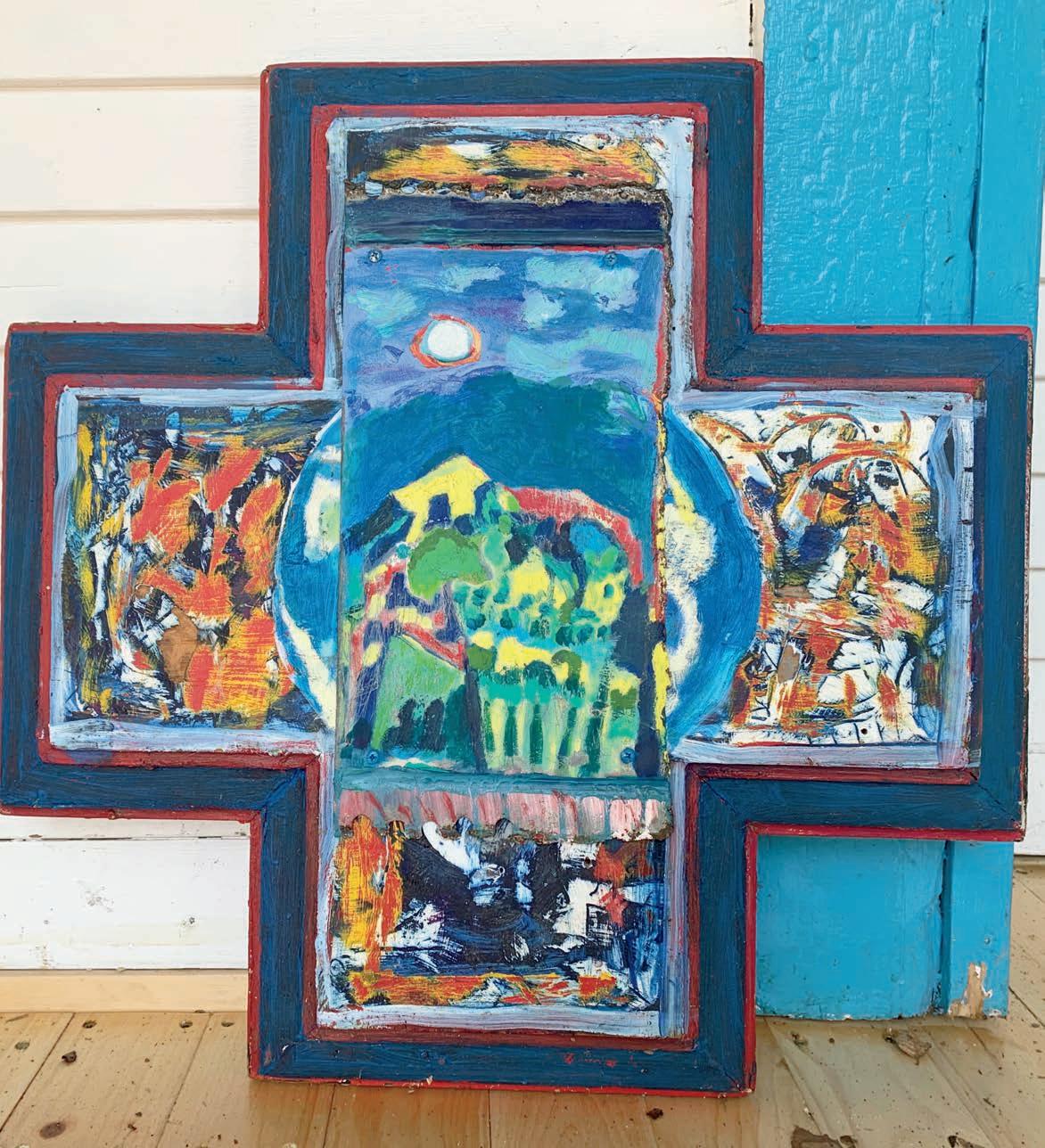
To me, the beauty of this painting is the simplicity of the implied message: “Jesus is the answer.” To quote Ziggy Marley here, “You can take it or leave it, you don’t have to believe it.” But how could you not when comparing this work to the vastness of Madden’s collective output? Here, above the fray, peace and serenity commingle with no interruption. The elements on the right and left of the centered calm represent the two thieves who were crucified with Christ. Below is what seems to be a raging inferno, a furnace worthy of Shadrack, Meshach and Abendago walking through the fire, with a fourth figure who could only be Jesus himself letting them emerge unscathed. The primary compositional form is a near-perfect circle embracing a landscape with a yellow house on a hill and a moonlit sky encircled by an orange halo with another celestial figure residing under a patch of sky, seemingly at sunrise. While the optimistic power of the message is a balm for the soul, the duality of the image is more than pause for contemplation, calling to mind Jesus’s words to the thief who believed (“Surely you will be with me tomorrow in Paradise”) and to His Heavenly father: “Eli, Eli, lama sabachthani?” that is to say, “My God, my God, why hast thou forsaken me?”

Once again a form of Constructivism merges with Collisionism to create a seminal work of Maddenism in which the artist unifies elements into a quasi-coherent design that could not possibly stem from anywhere but his own imagination. Forces of nature intertwine with colored geometric patterns that verge on the phantasmagoric. On further examination, at the very summit of this masterpiece, resides a heart of blue. Not perfectly shaped, it is, nonetheless, a heart. Here, as in Taylor’s song, is it the blue of a bad dream or an optimistic positioning at the height of indescribable agony leading to higher ground? Further indicative of Madden’s mode of expression, in which every form, element and brush stroke embodies and occupies a sacred space, the unity of these disparate shapes, figures, forms and colors covering a full spectrum of light absorbed and reflected, burns at one’s very soul. As in so many of Madden’s works, there is a vision of climbing to eternity. It is a voyage not for the faint of heart, for the faithless or those concerned with or tempted to find the easy way out, for there is no marked trail here. You make your own way through Madden’s vision at your own risk. To borrow a phrase from the great Clyde Frazier, a viewer walks amidst a maze of discombobulation in which the final solution is a well timed behind-the-back pass to a sharp cutting power forward for an easy lay-up. A two point basket on a well-practiced give and go.
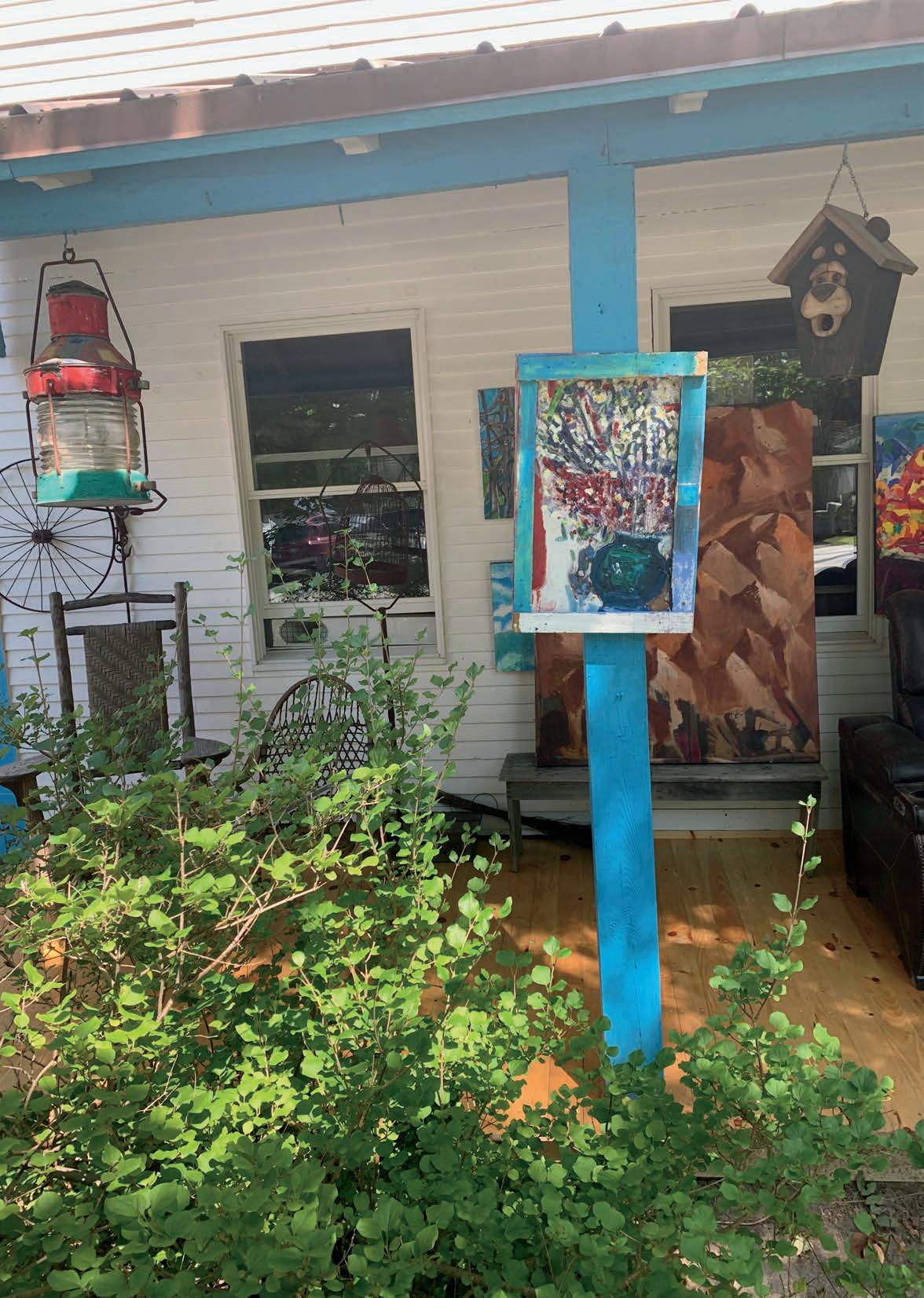
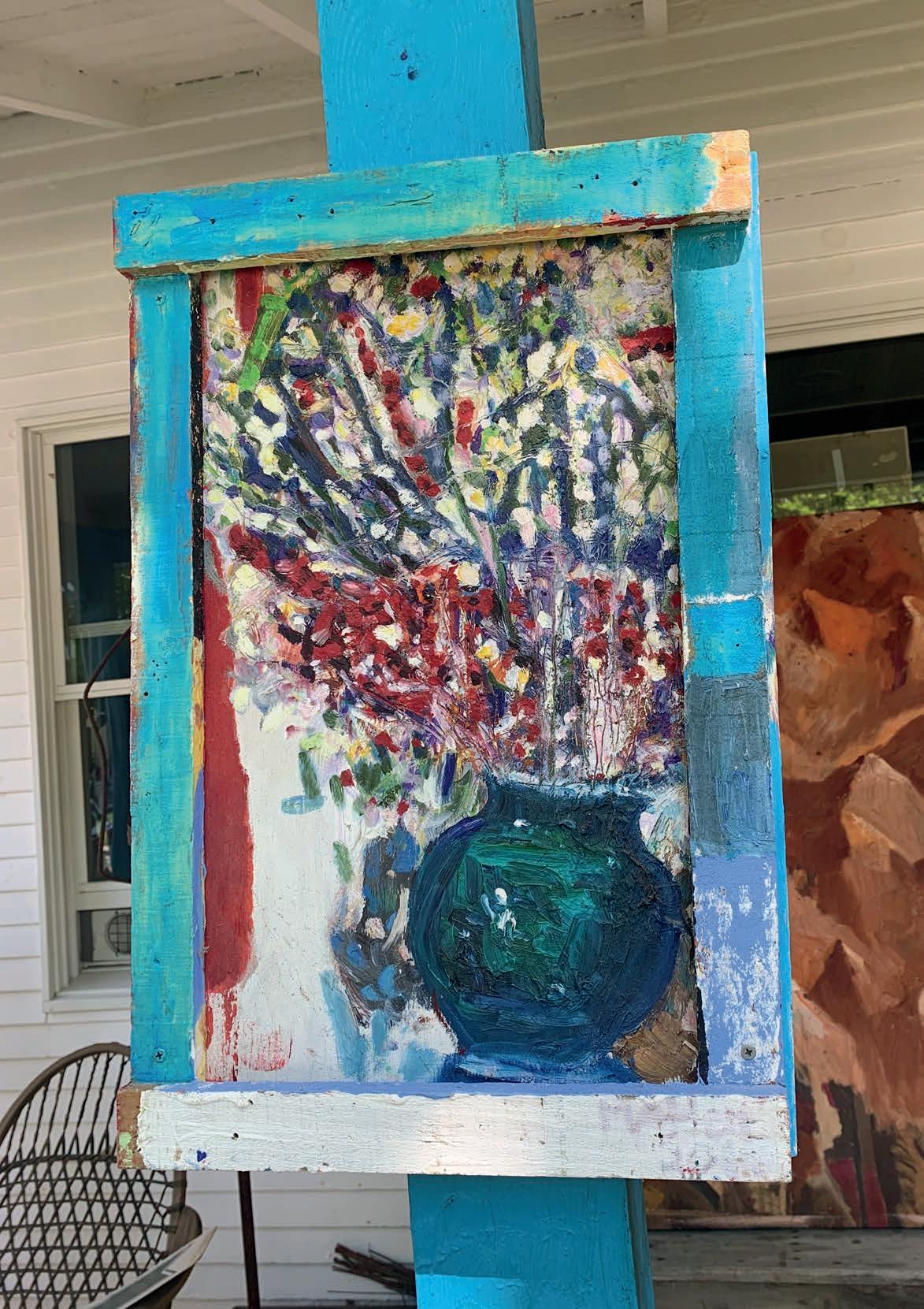
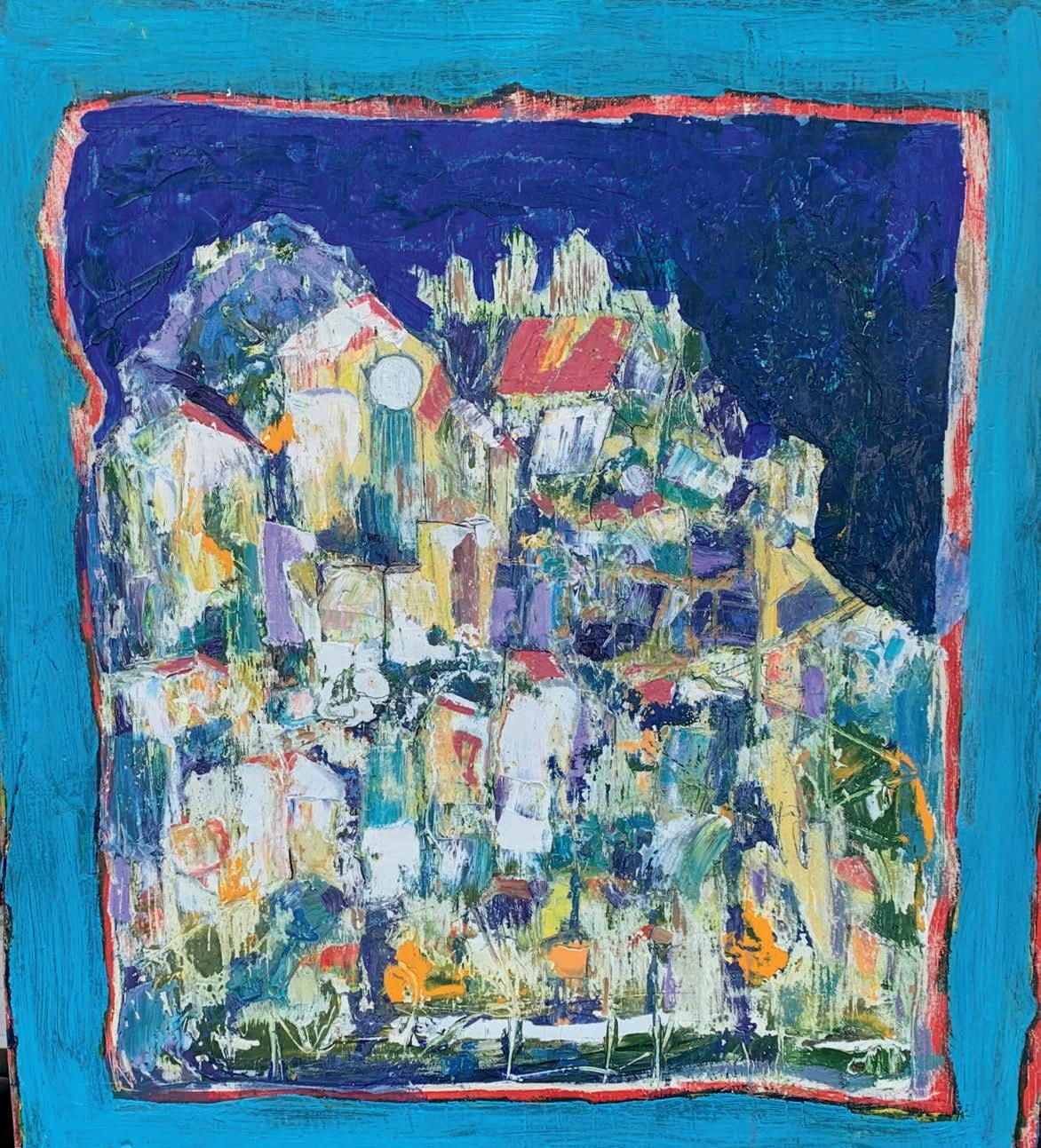
Expert at mixing oil paints, Madden’s personal relationship with them is indisputable. The lore of this painting is the beauty of the Cerulean Blue frame. van Gogh created his own approximation of this color by using a mixture of cobalt blue, cadmium yellow and white. In addition to van Gogh, it was popular with Monet, Paul Signac and Picasso. Says Wikipedia, “Surrounding yourself with Cerulean Blue could bring on a certain peace because it reminds you of time spent outdoors, on a beach, near the water — associations with restful, peaceful, relaxing times to create a restful hideaway.” Cerulean Blue was quickly adopted by artists, particularly the Impressionists. A shade of blue ranging between azure and a darker sky blue, the first recorded use of it as a color in English was in 1590.The word is derived from the Latin word caeruleus, “dark blue, blue, or blue-green”, which in turn probably derives from caerulum, diminutive of caelum, “heaven, sky.” Some sources claim that Cerulean Blue was first marketed in the United Kingdom in the early 1860s when it was only available as a watercolor and was not widely adopted until the 1870s when it was used in oil paint. Here, Madden uses it to great advantage in surrounding his typically active environment with the inviting calm of color, Cerulean Blue.


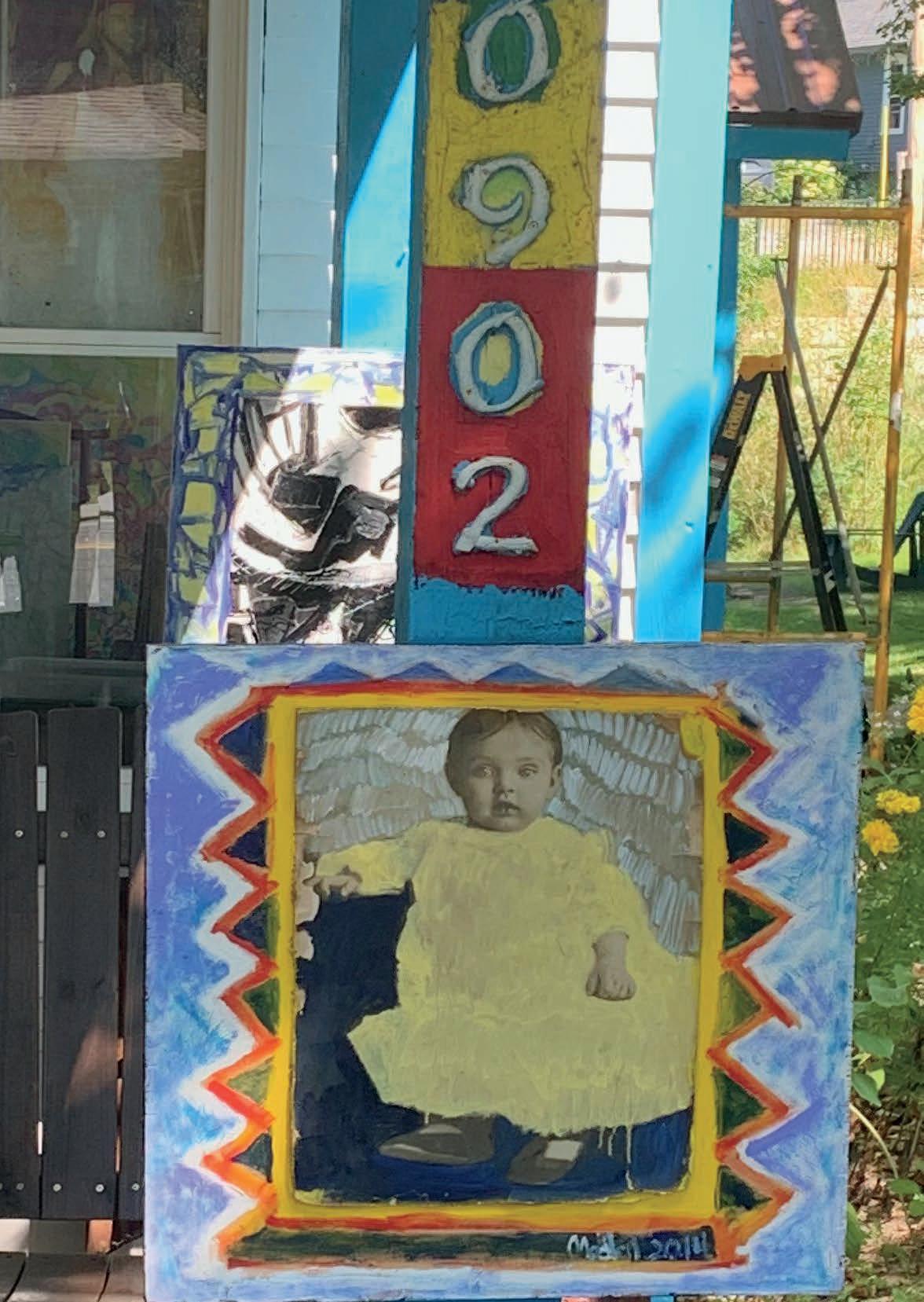
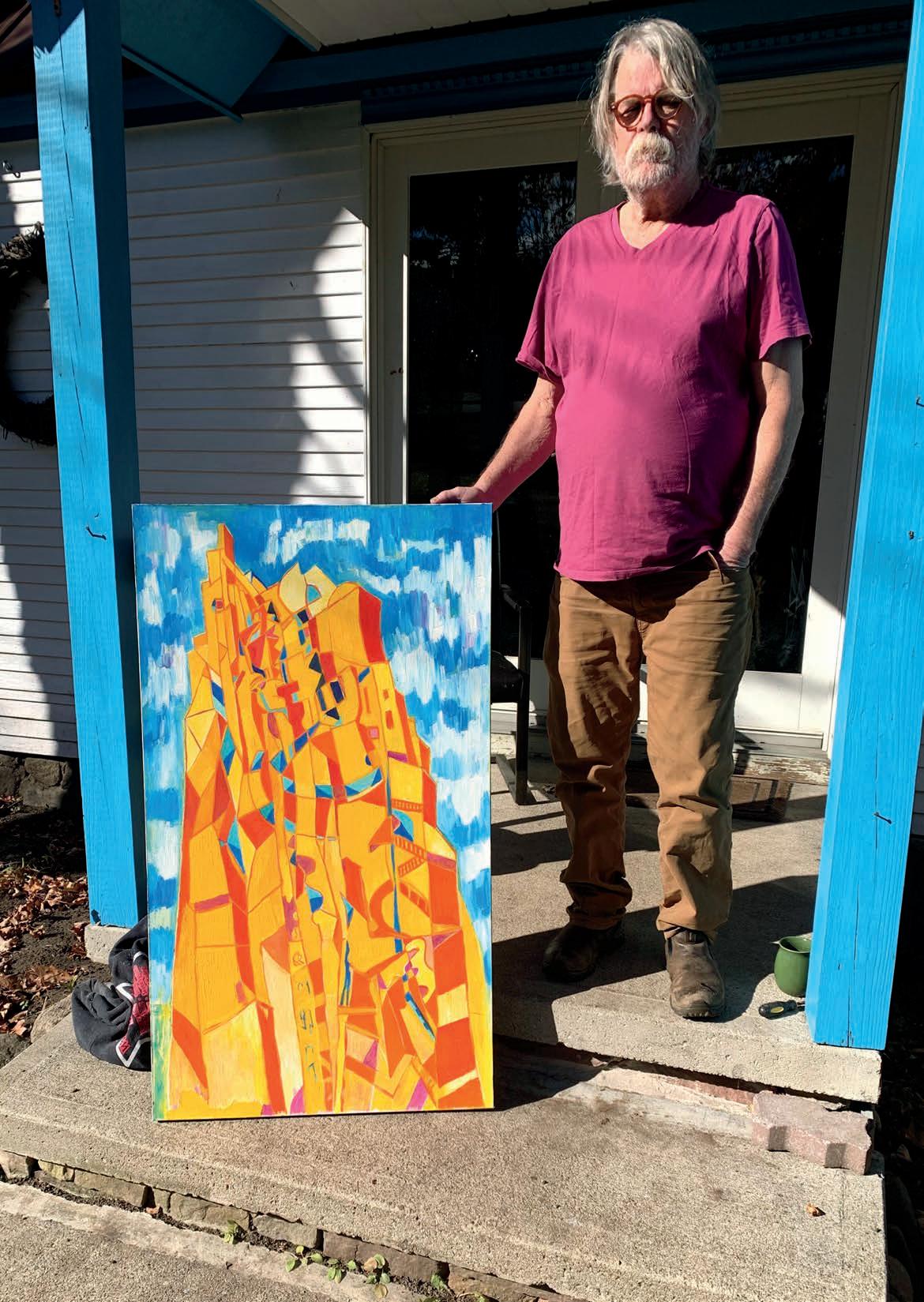
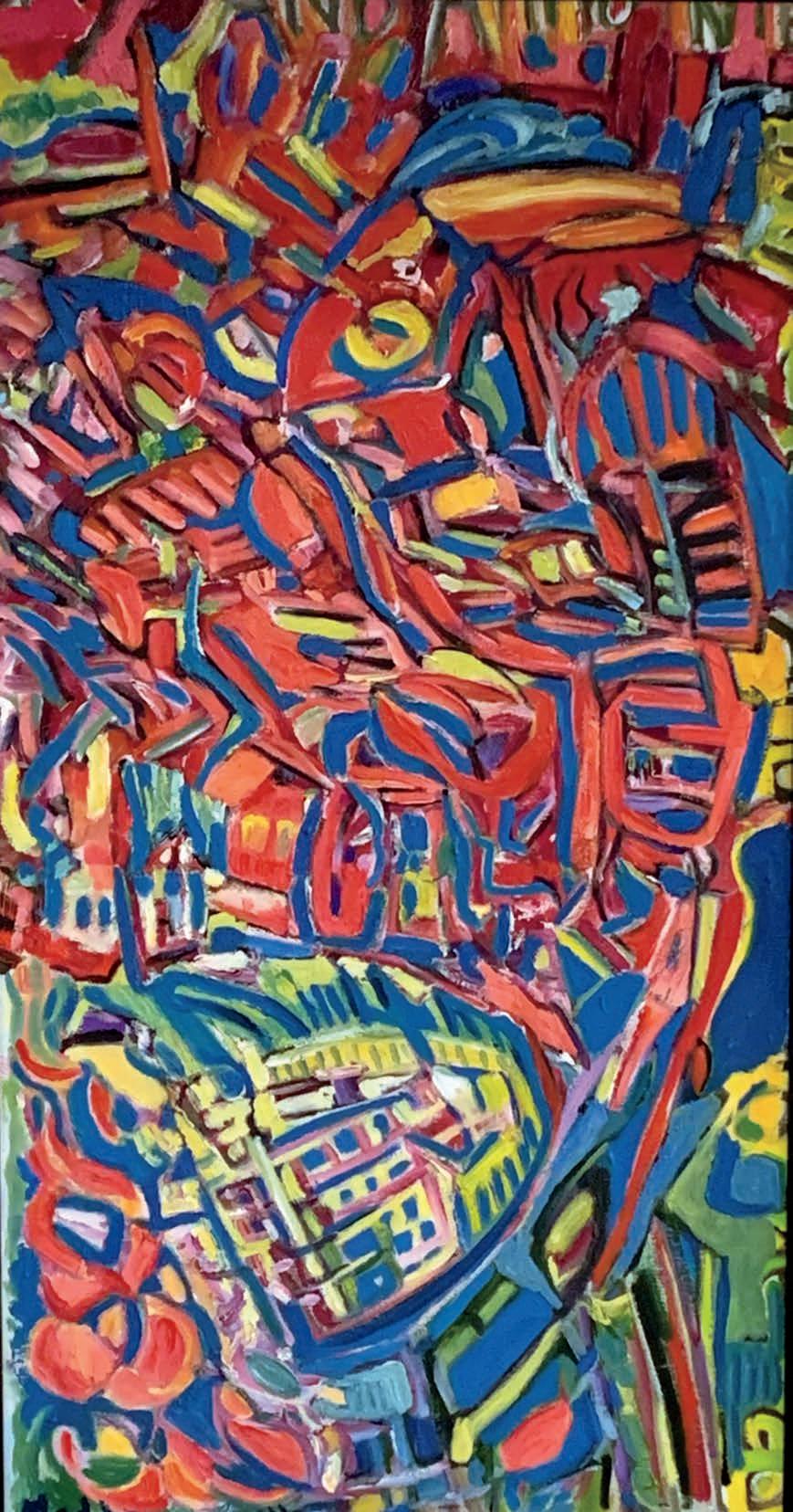
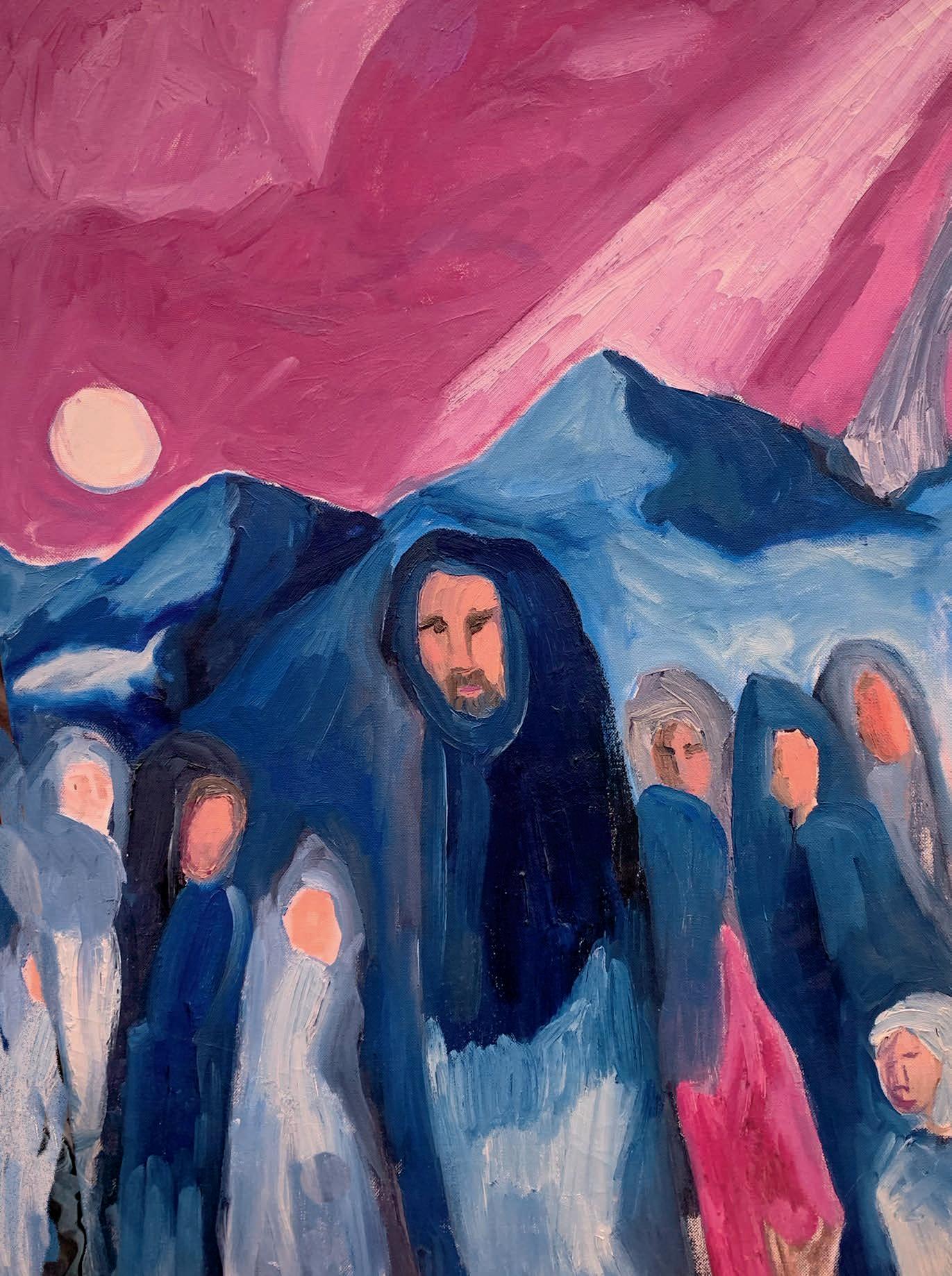
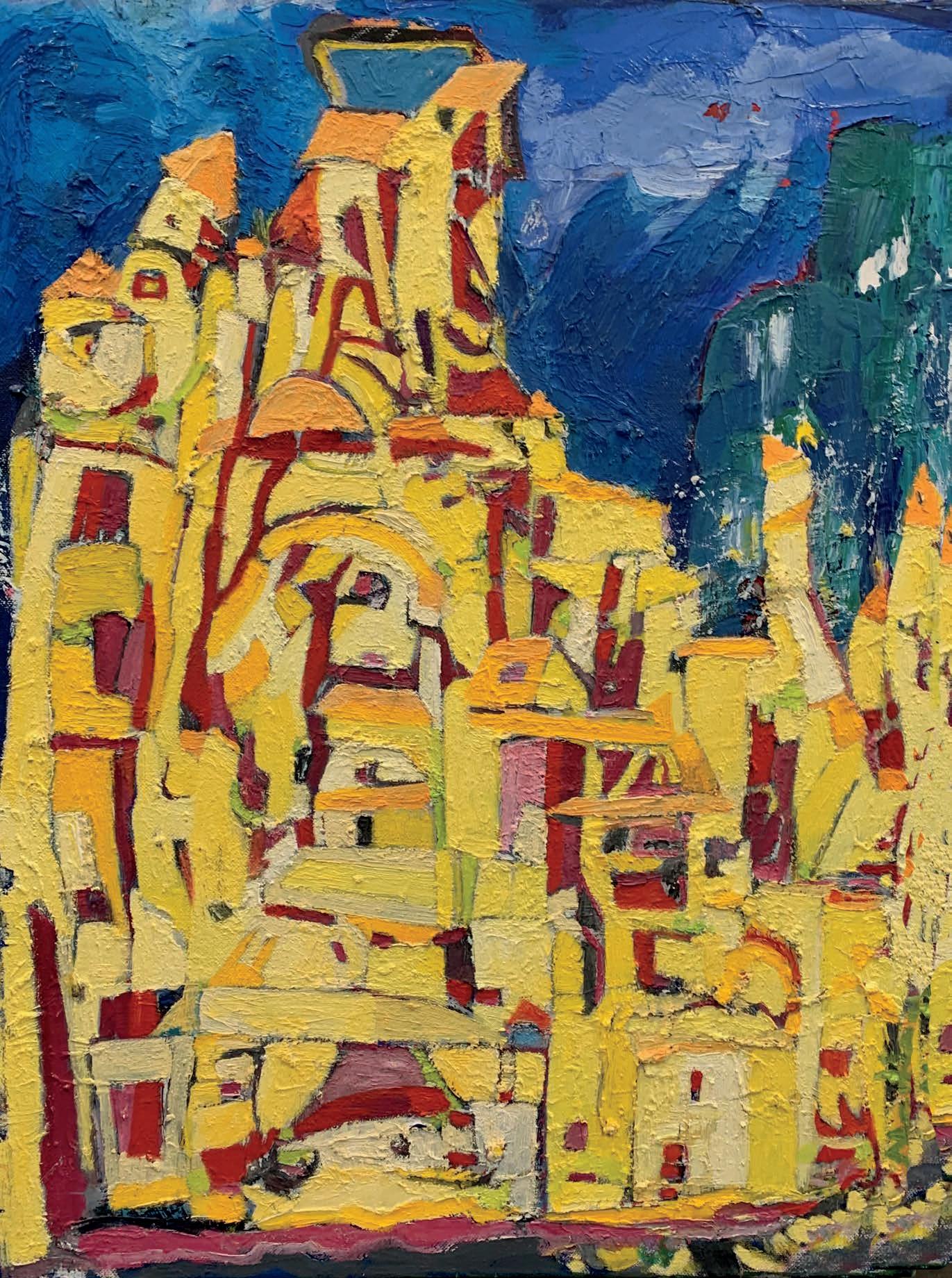
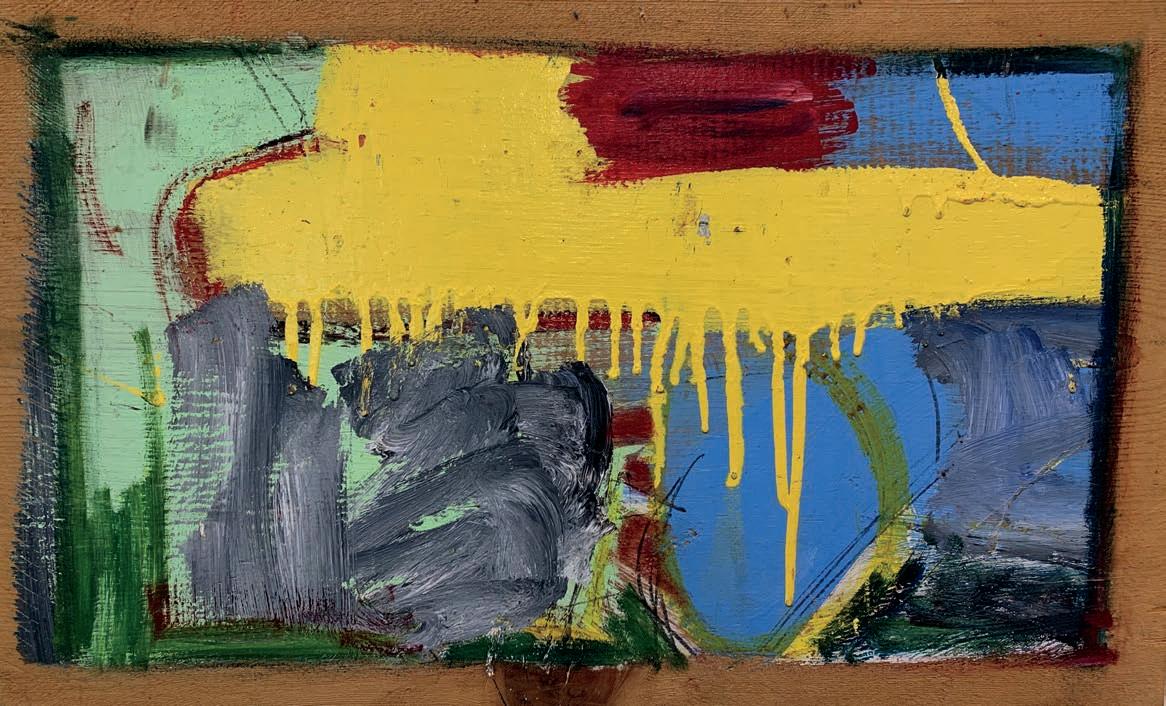
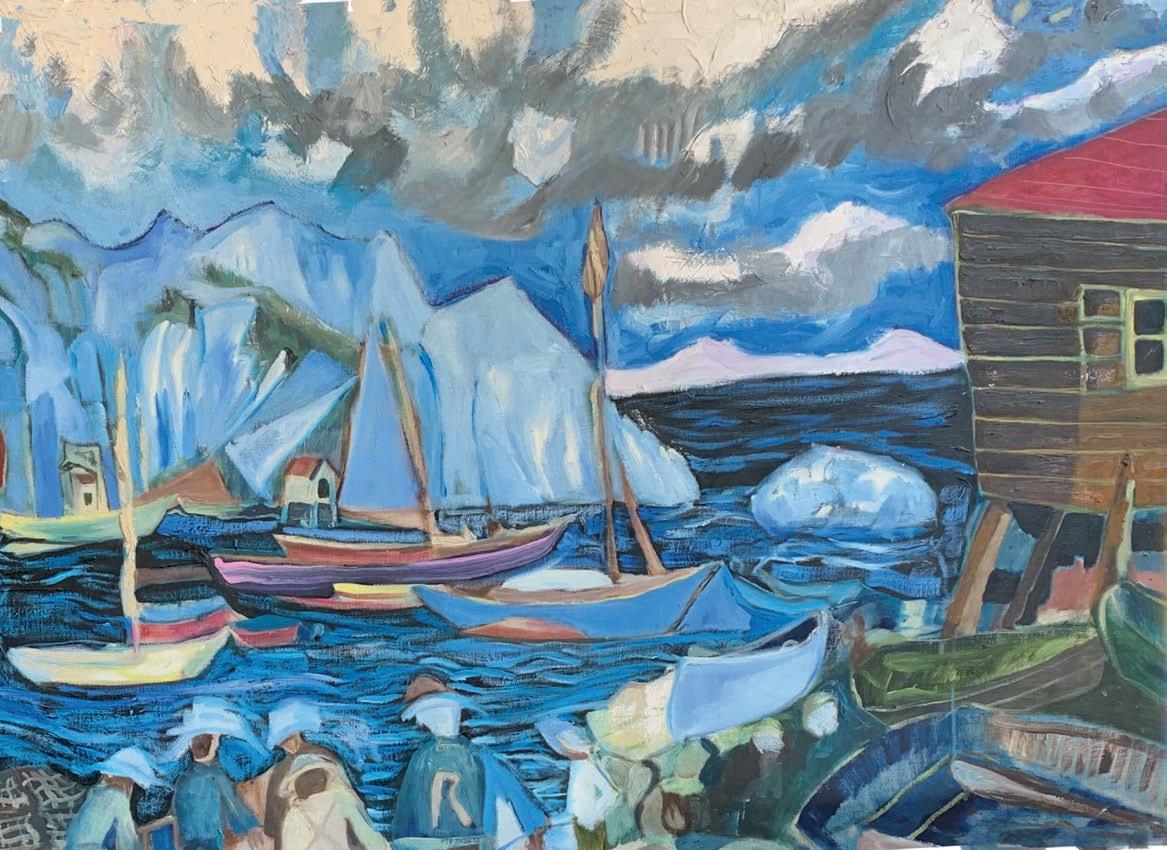
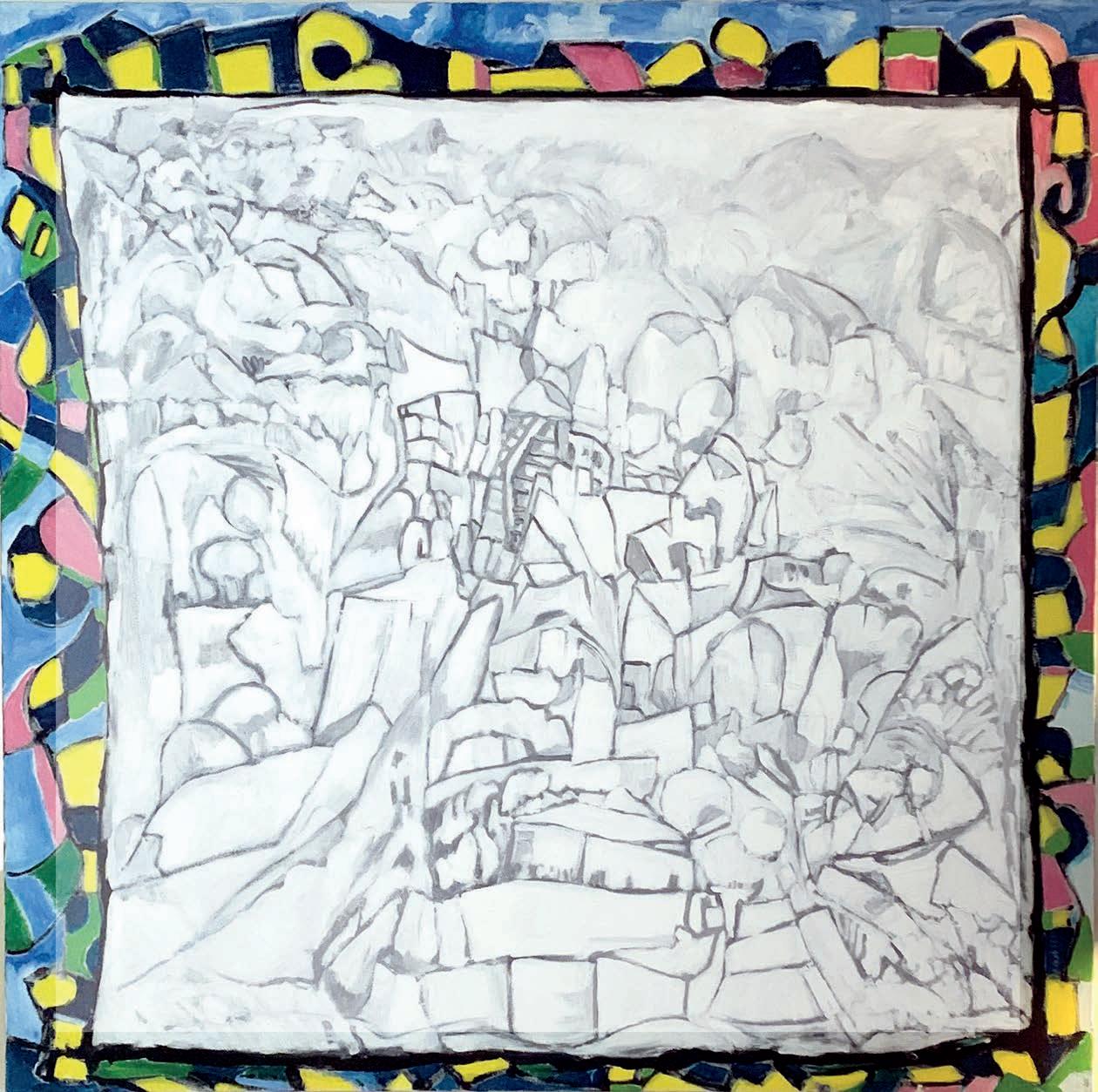
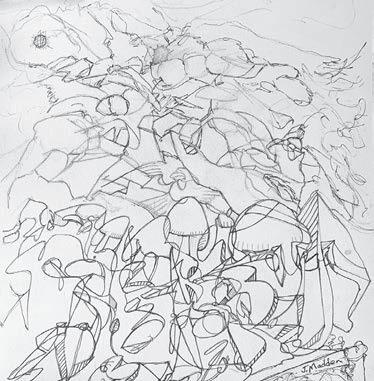
In the “Apple doesn’t fall far from the tree” department, pictured at right is a drawing by Jim’s daughter, which she signed “Genevieve Madden, 10 years old.” I first discovered her penchant for art at the Coffee Shop where she was sitting with her parents and drawing, highly focused. Her eye and understanding astounded me at Jim’s book signing at which we went over every page. She paused for a few moments at page 54, describing an element in the painting as “The face of God.”
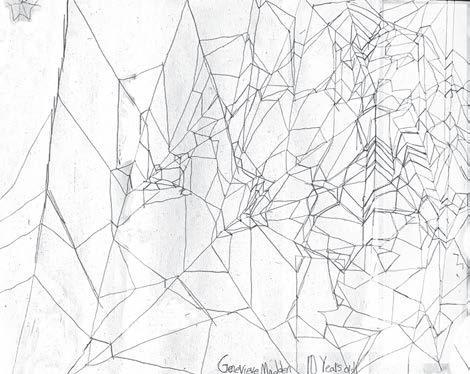
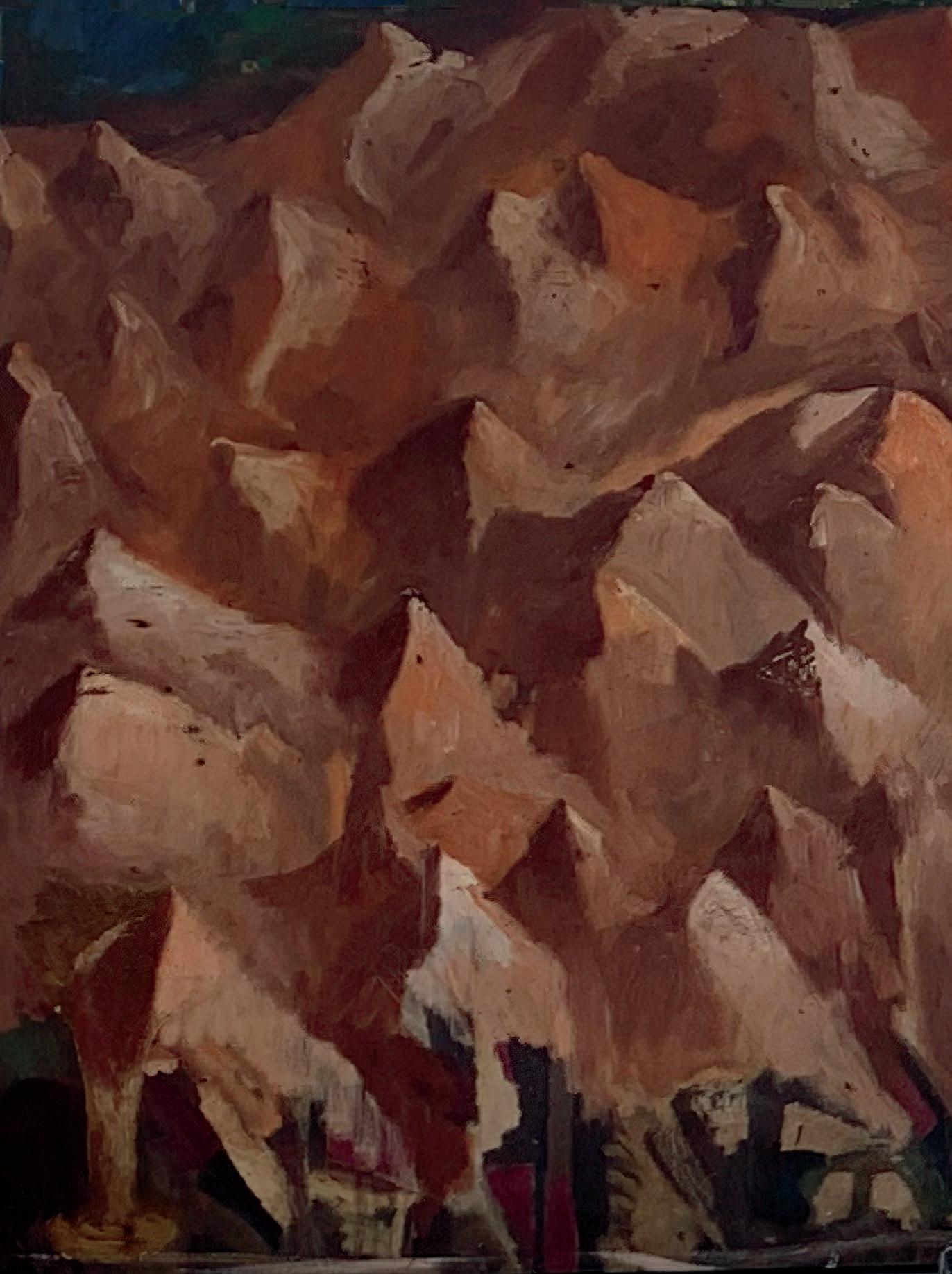
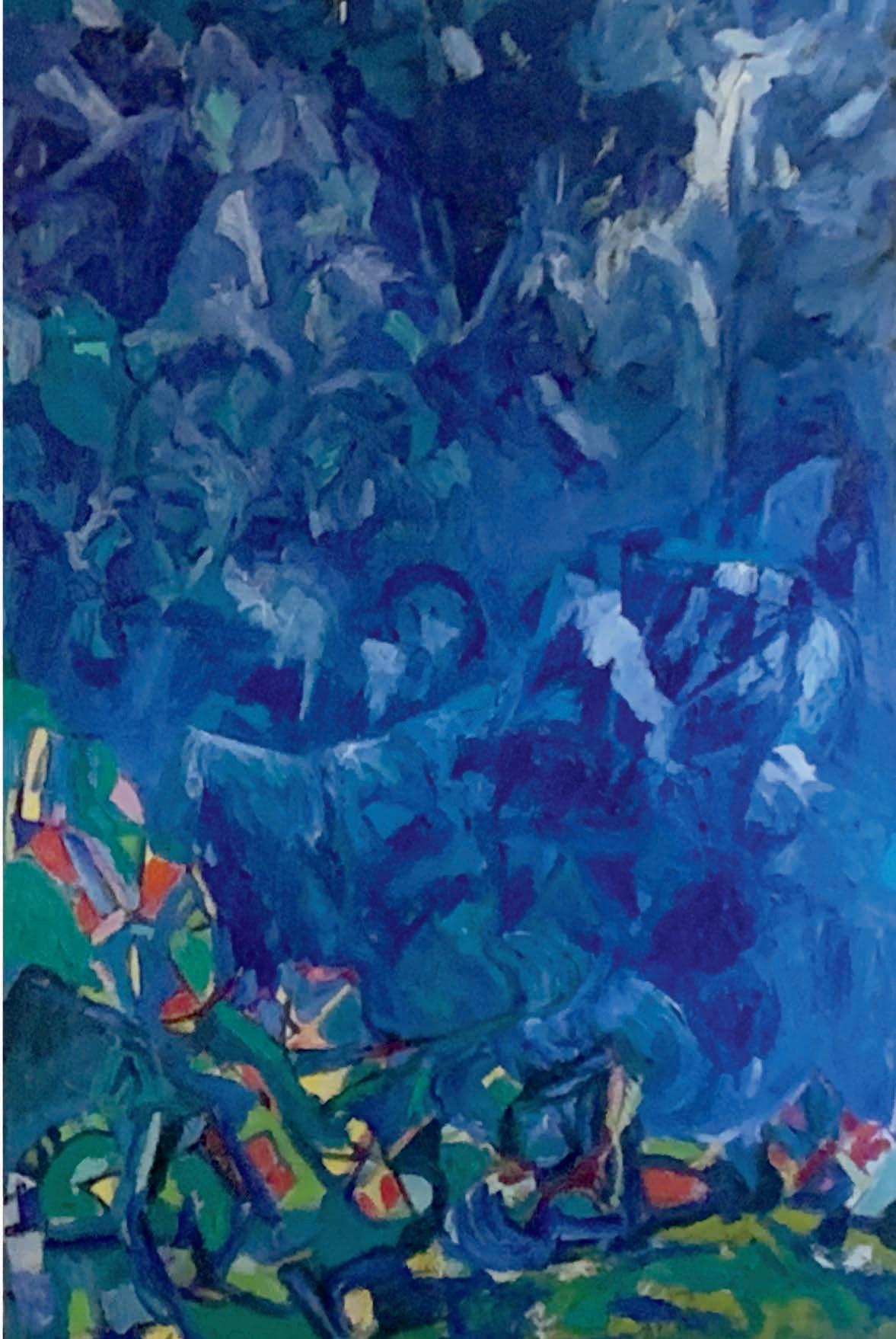
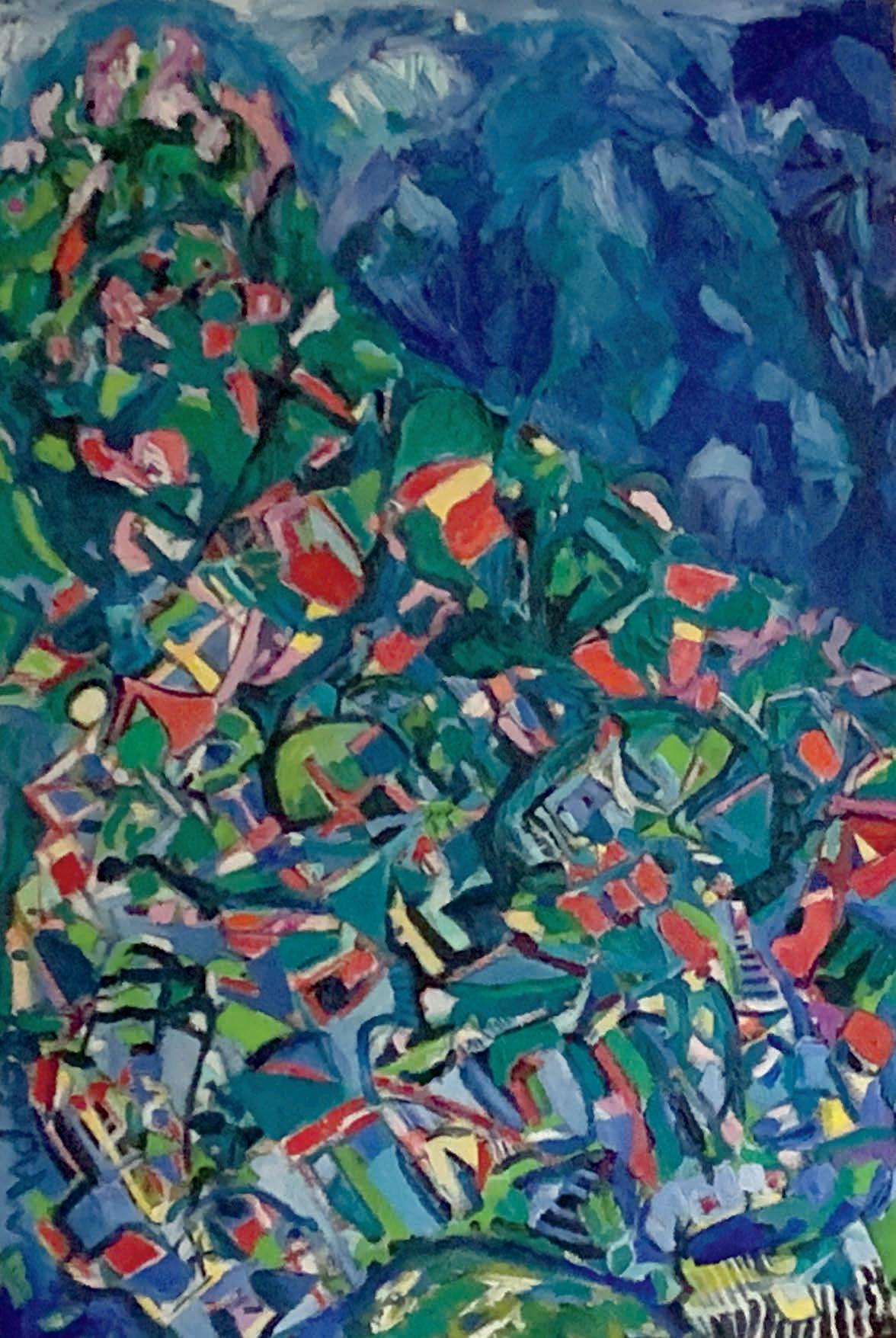
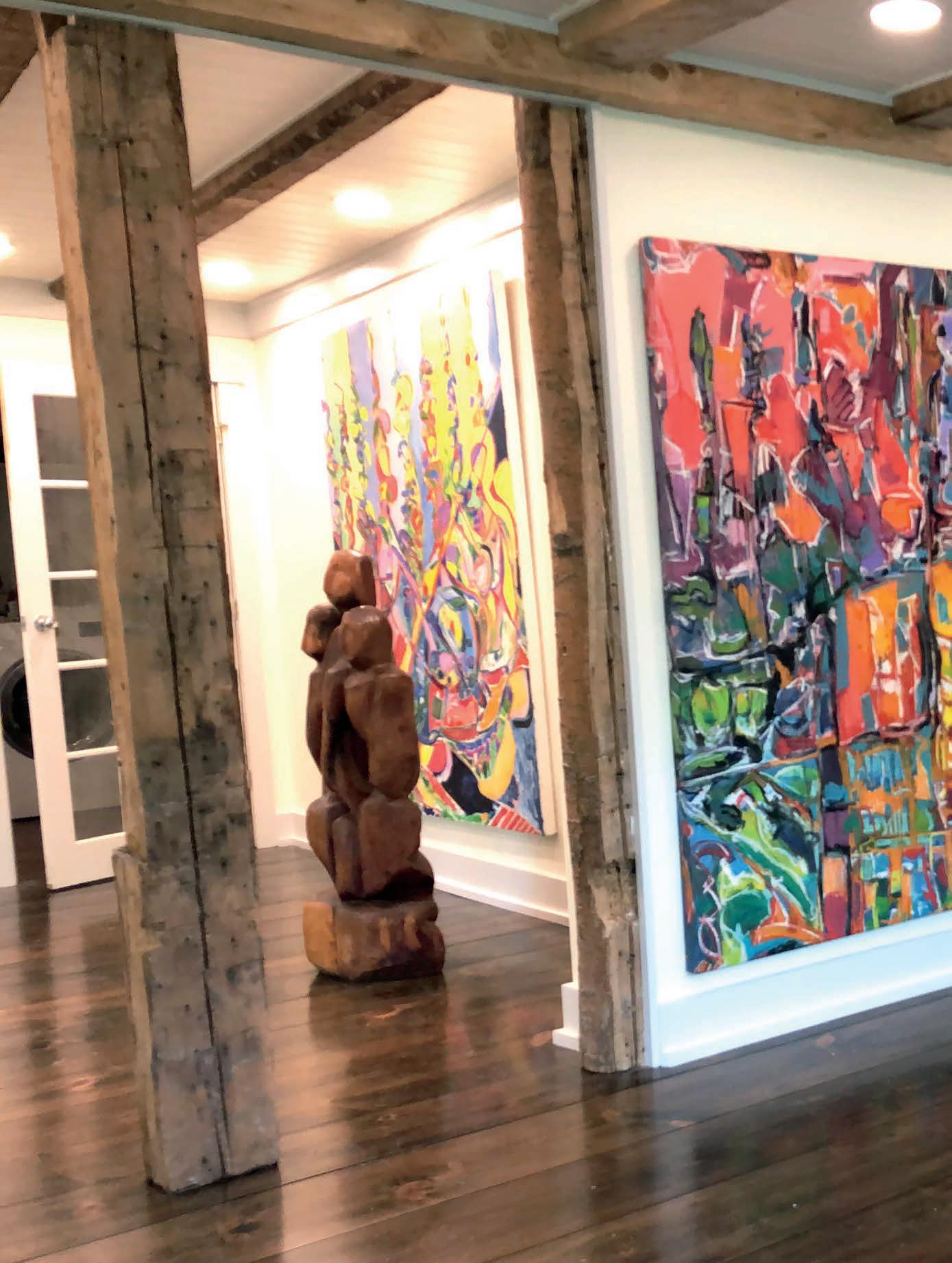
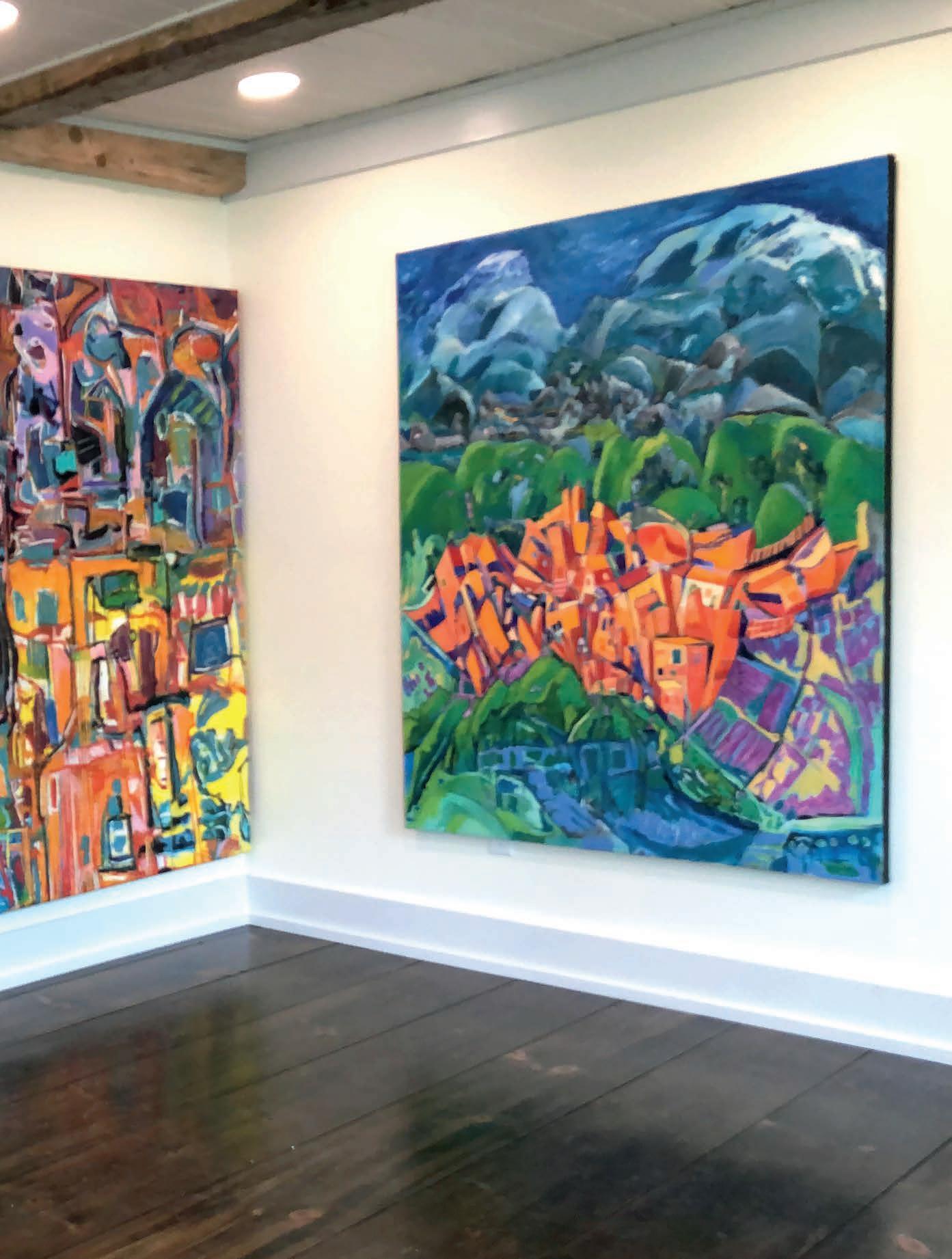
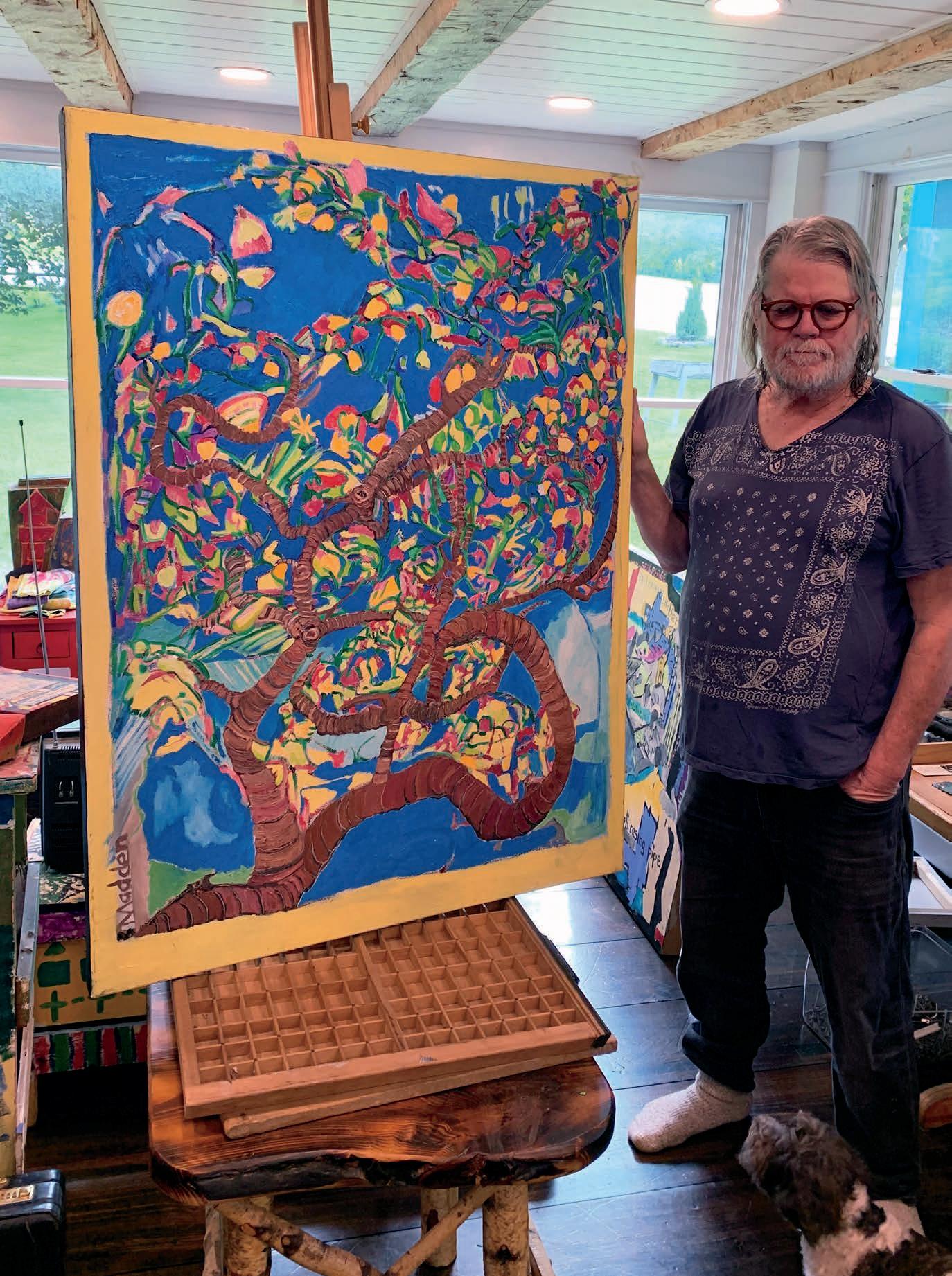
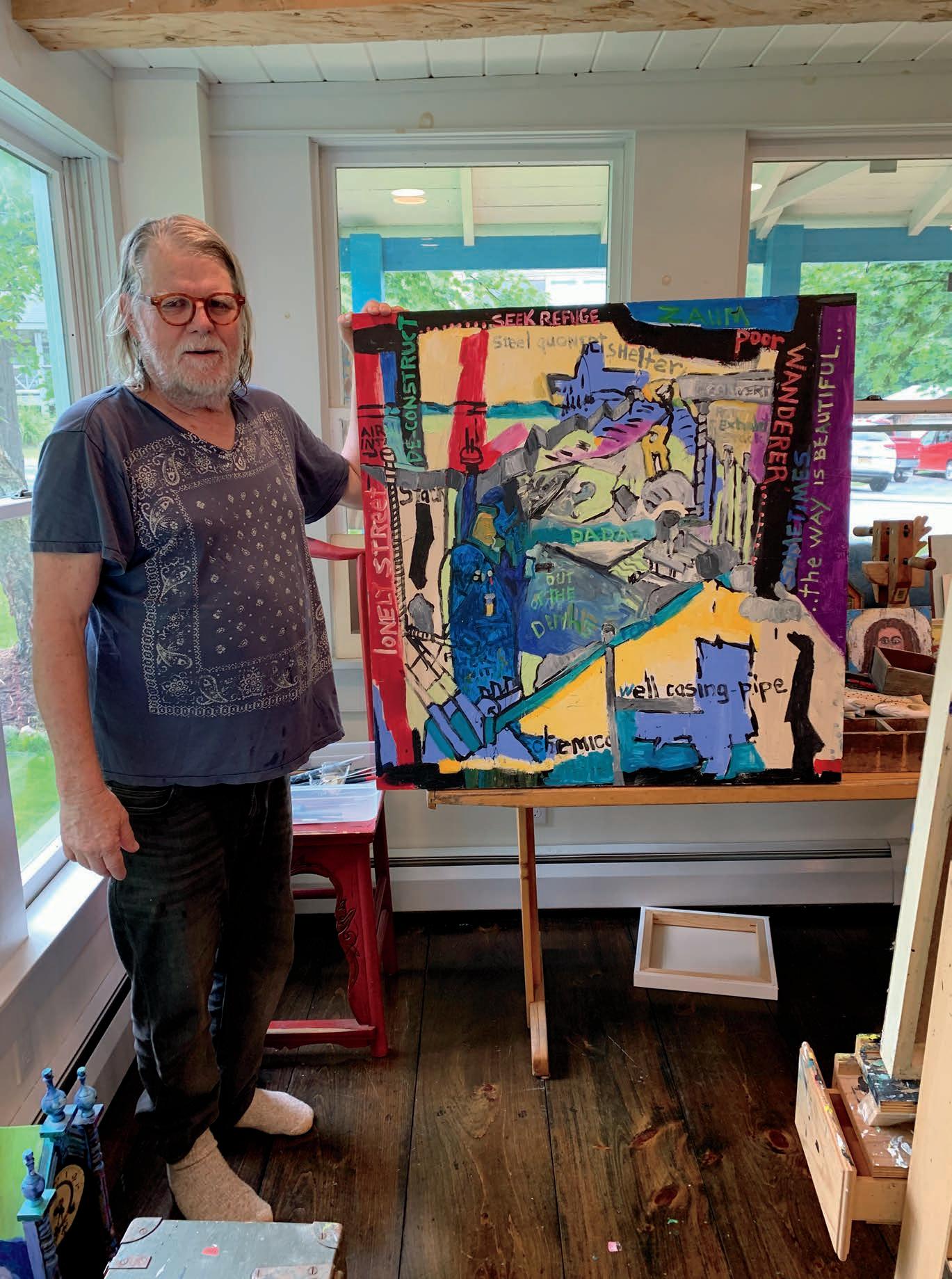
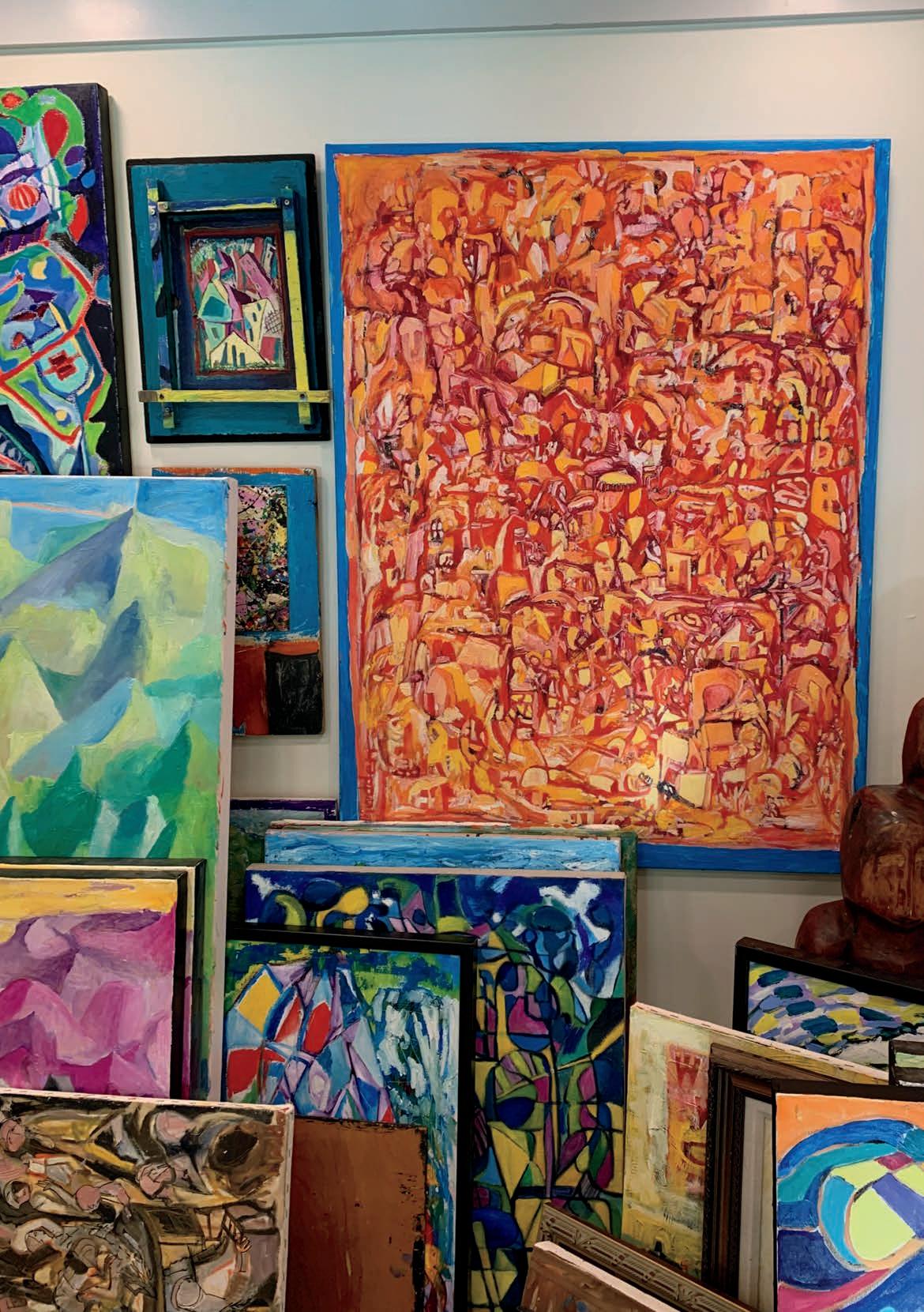
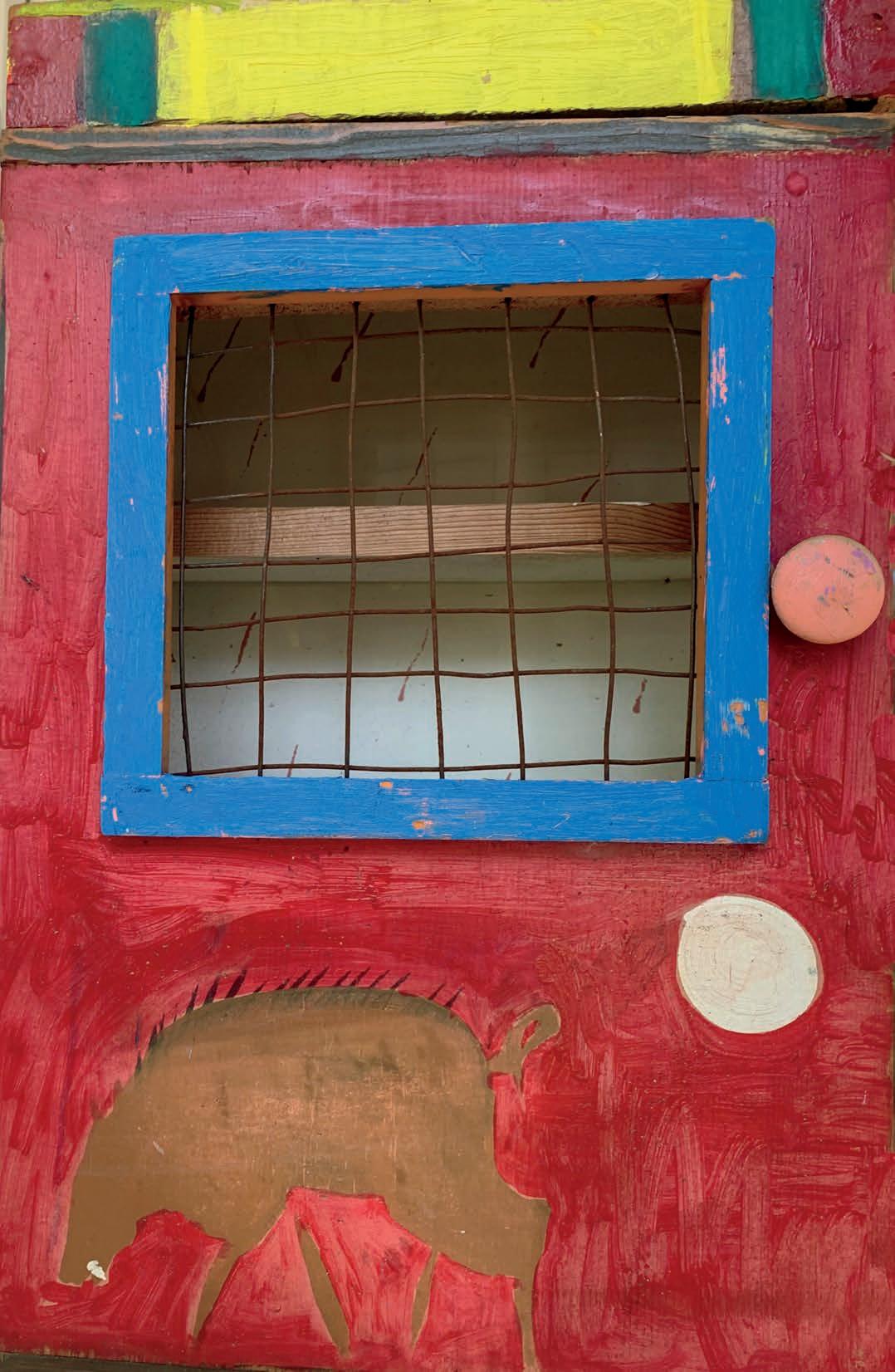
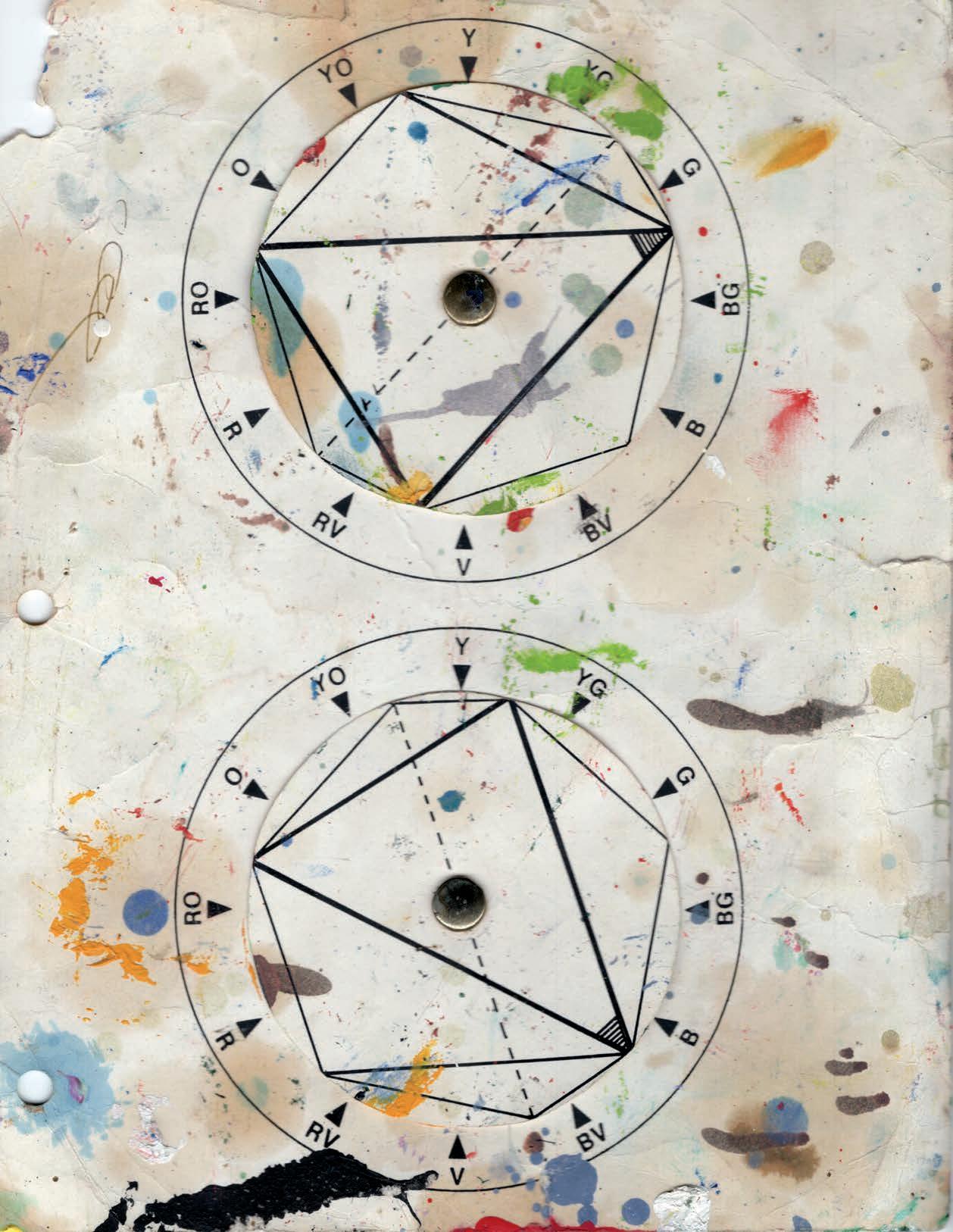
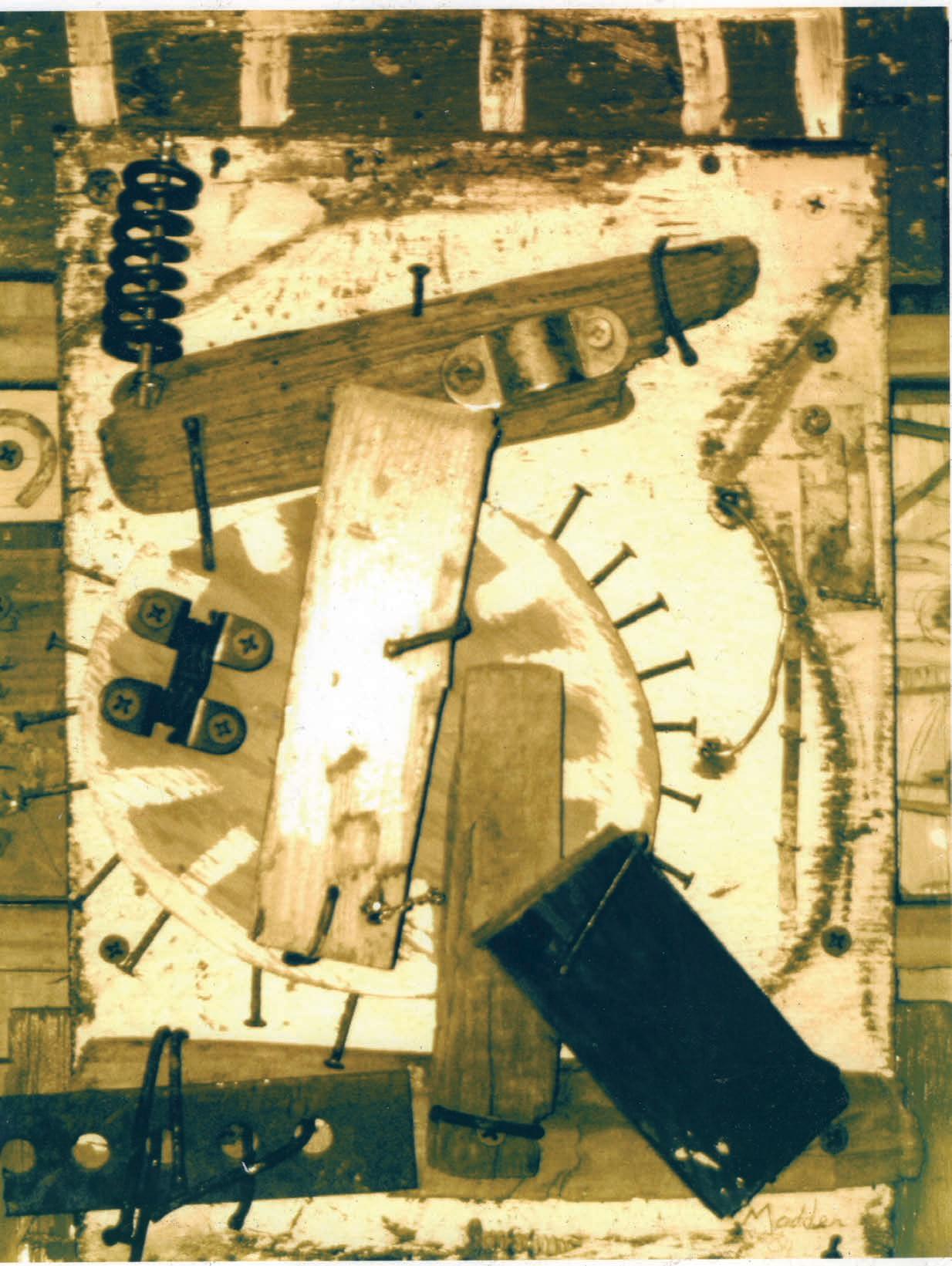
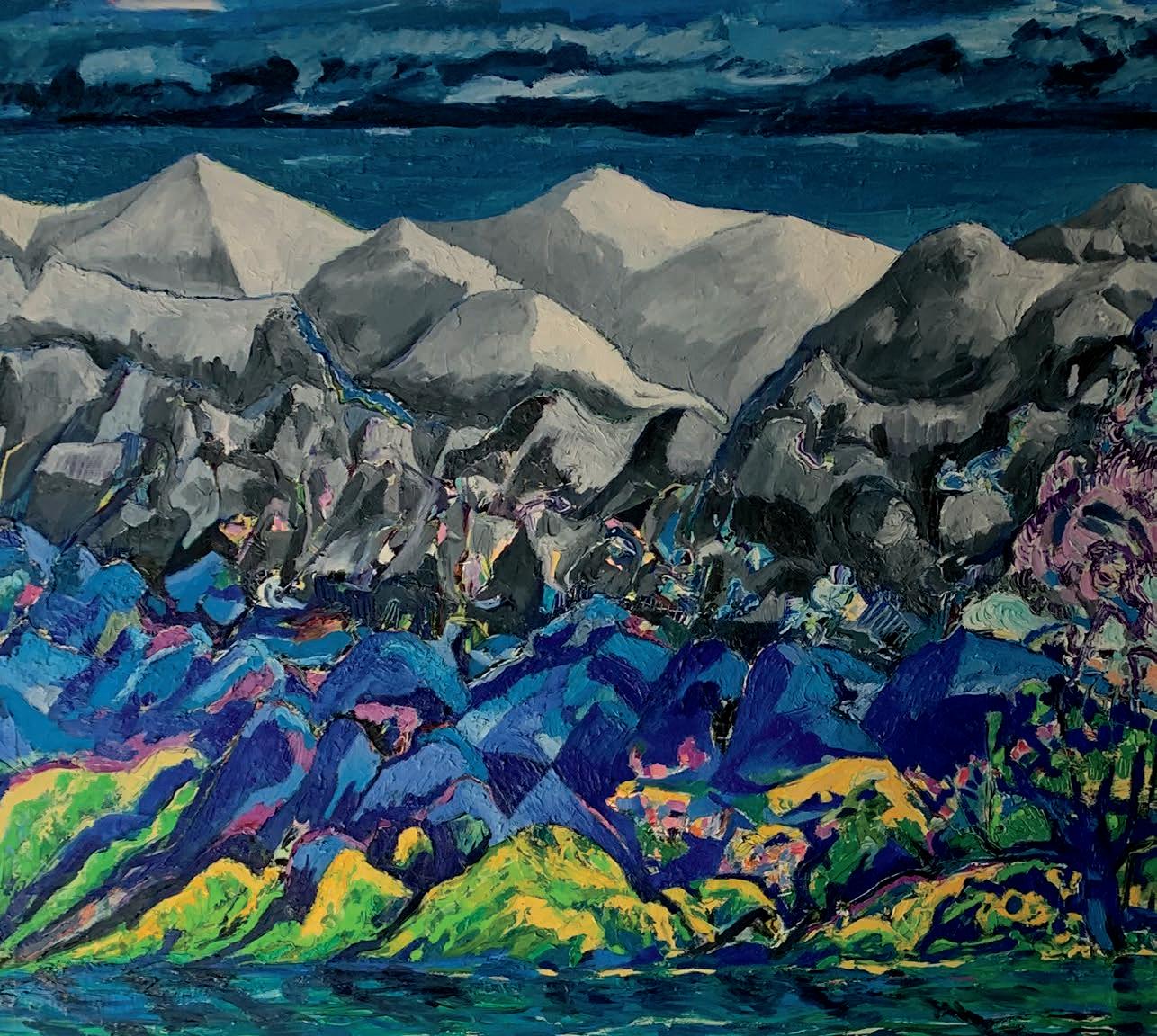
“Once you realize that you can do something, it would be difficult to live with yourself if you didn’t do it.”
u – James Baldwi
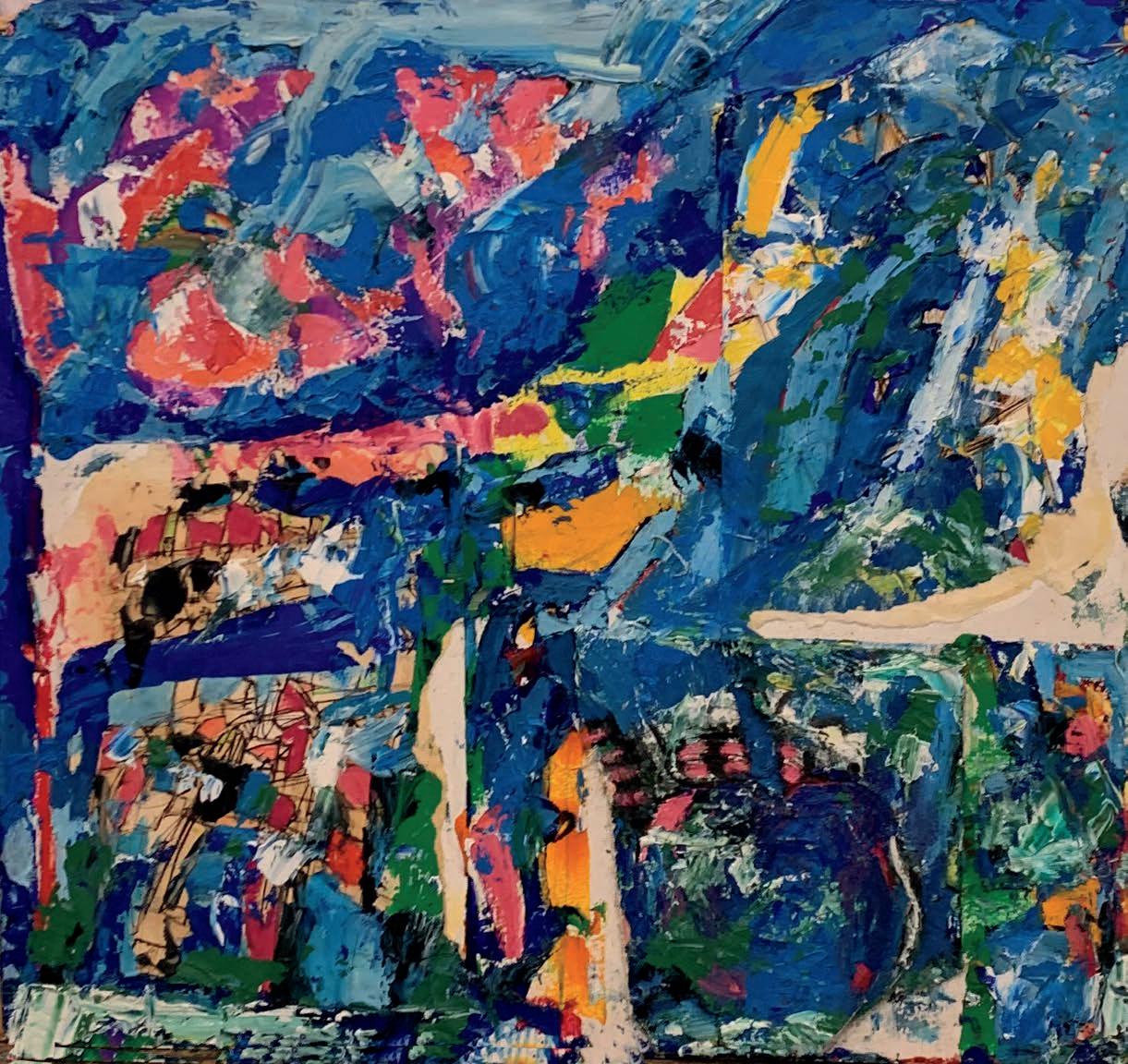
“Let everything happen to you: beauty and terror. Just keep going. No feeling is final.”
u
Rainer Maria Rilke
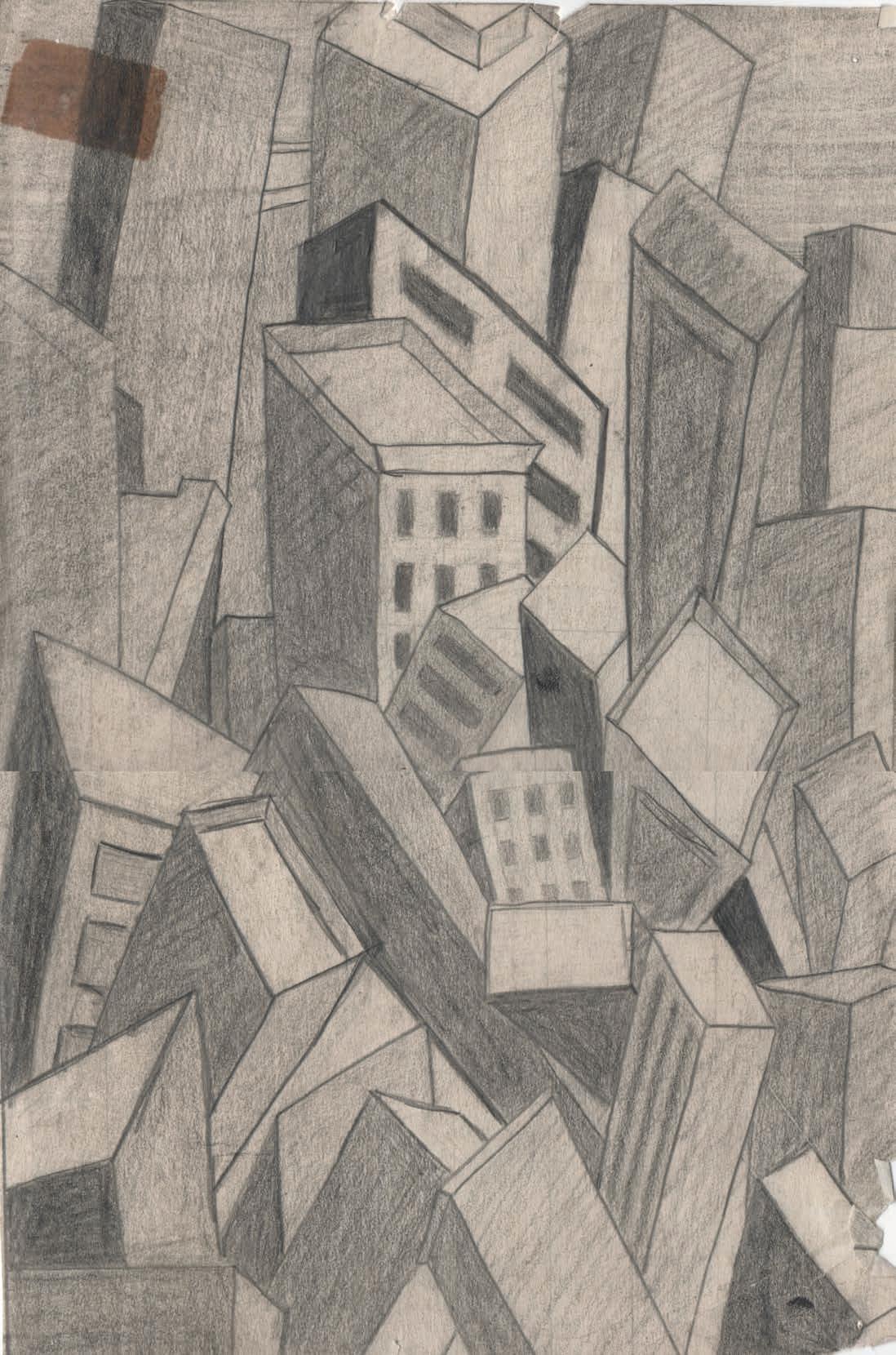
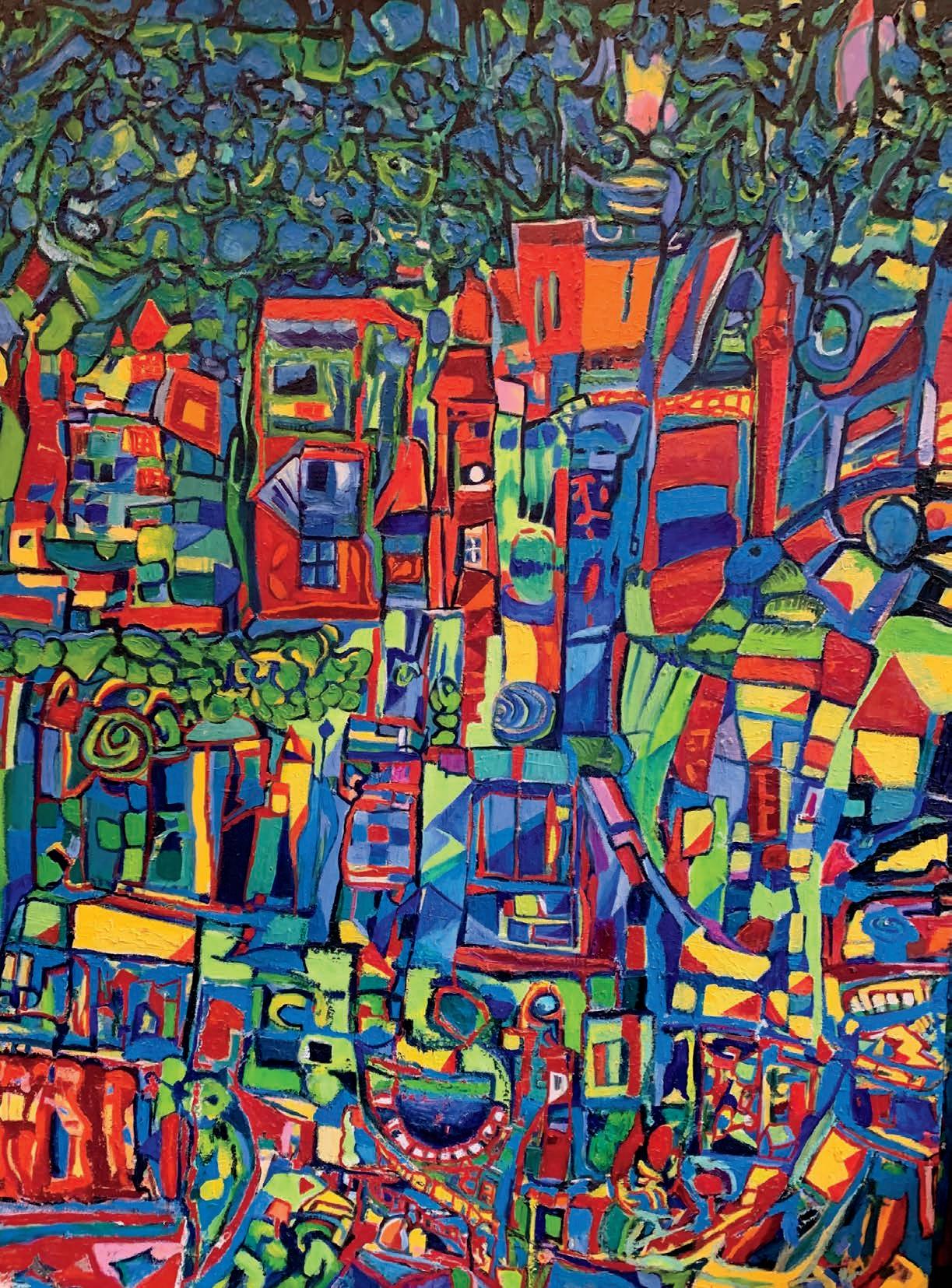
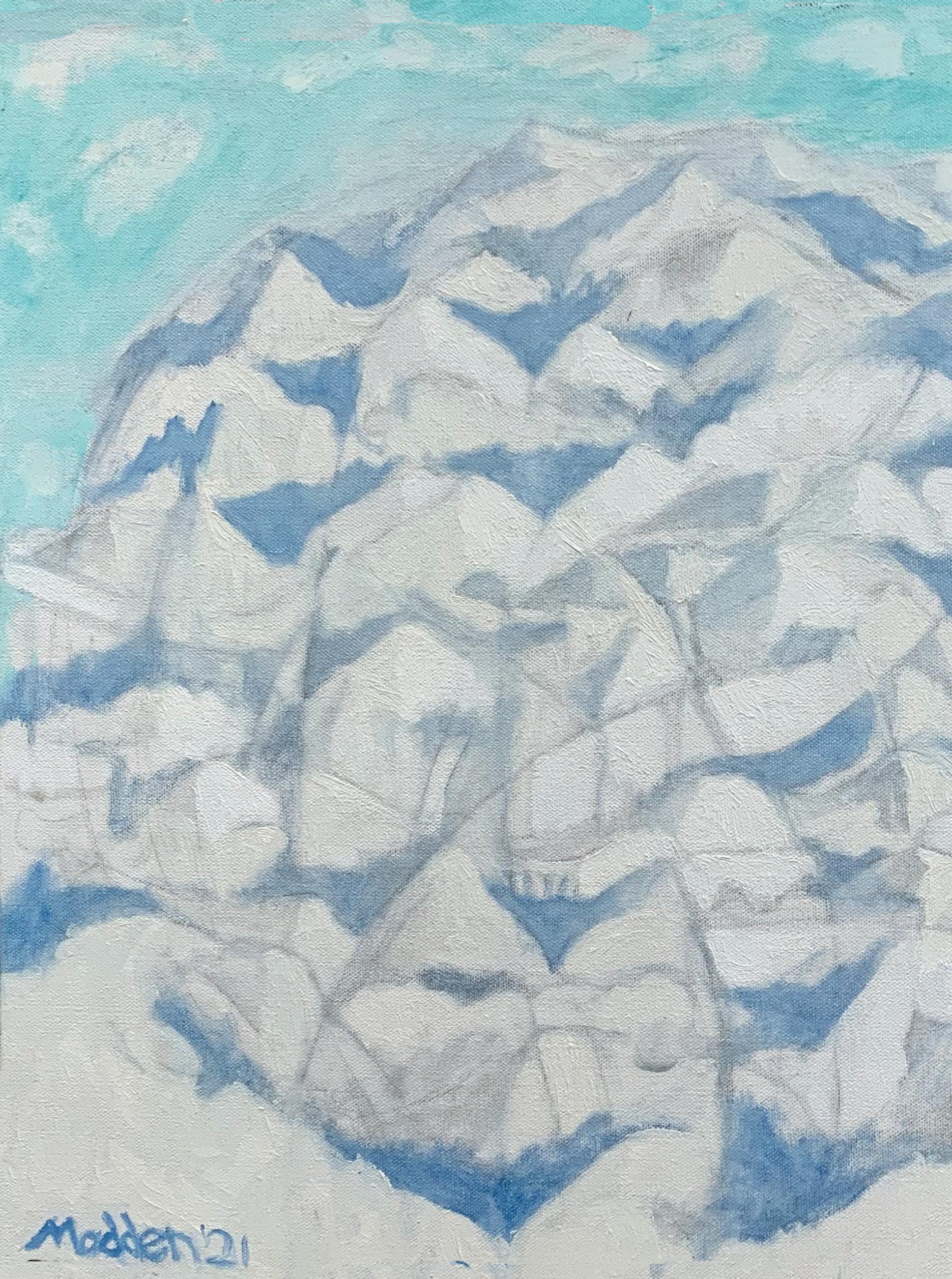
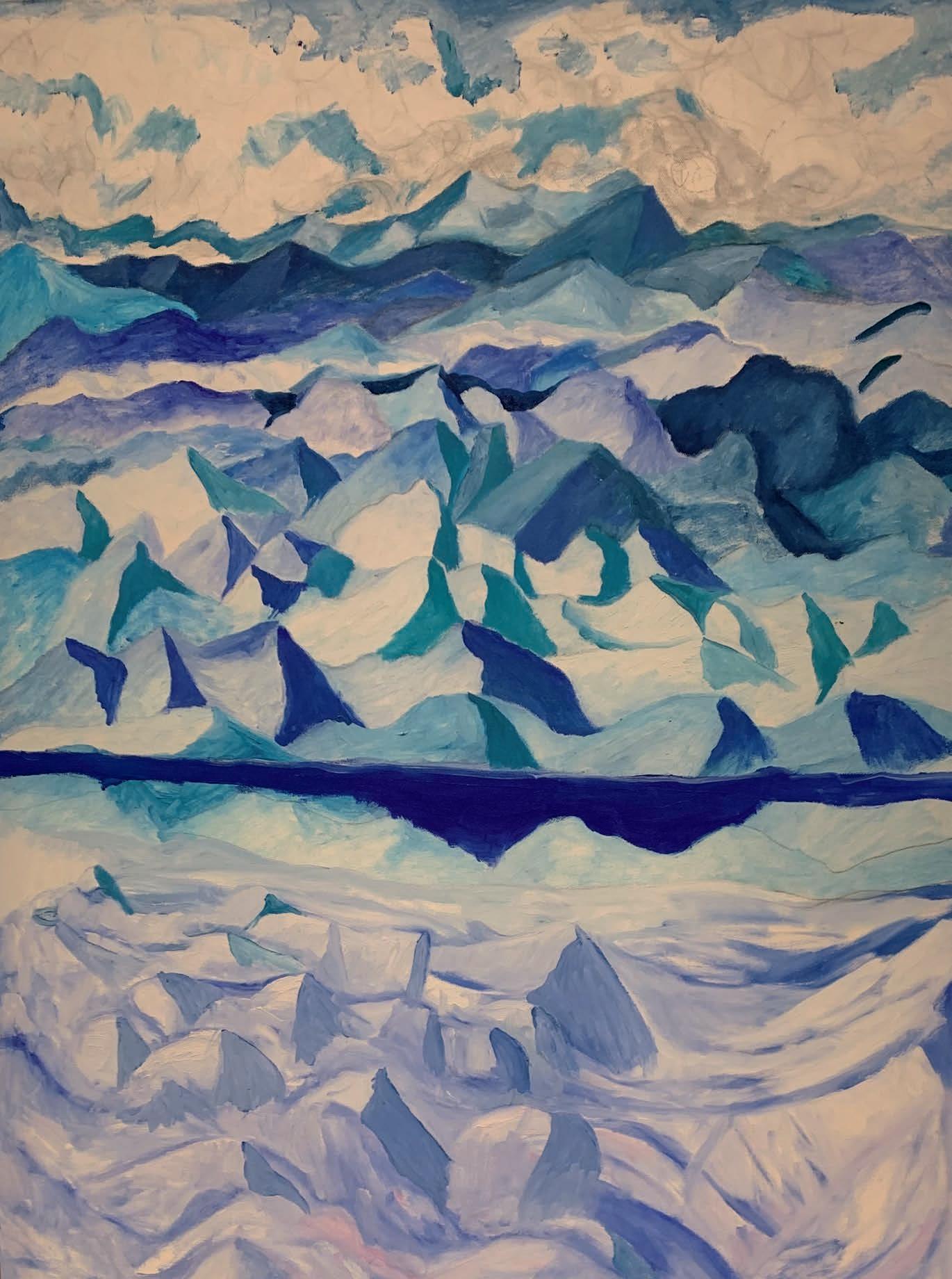
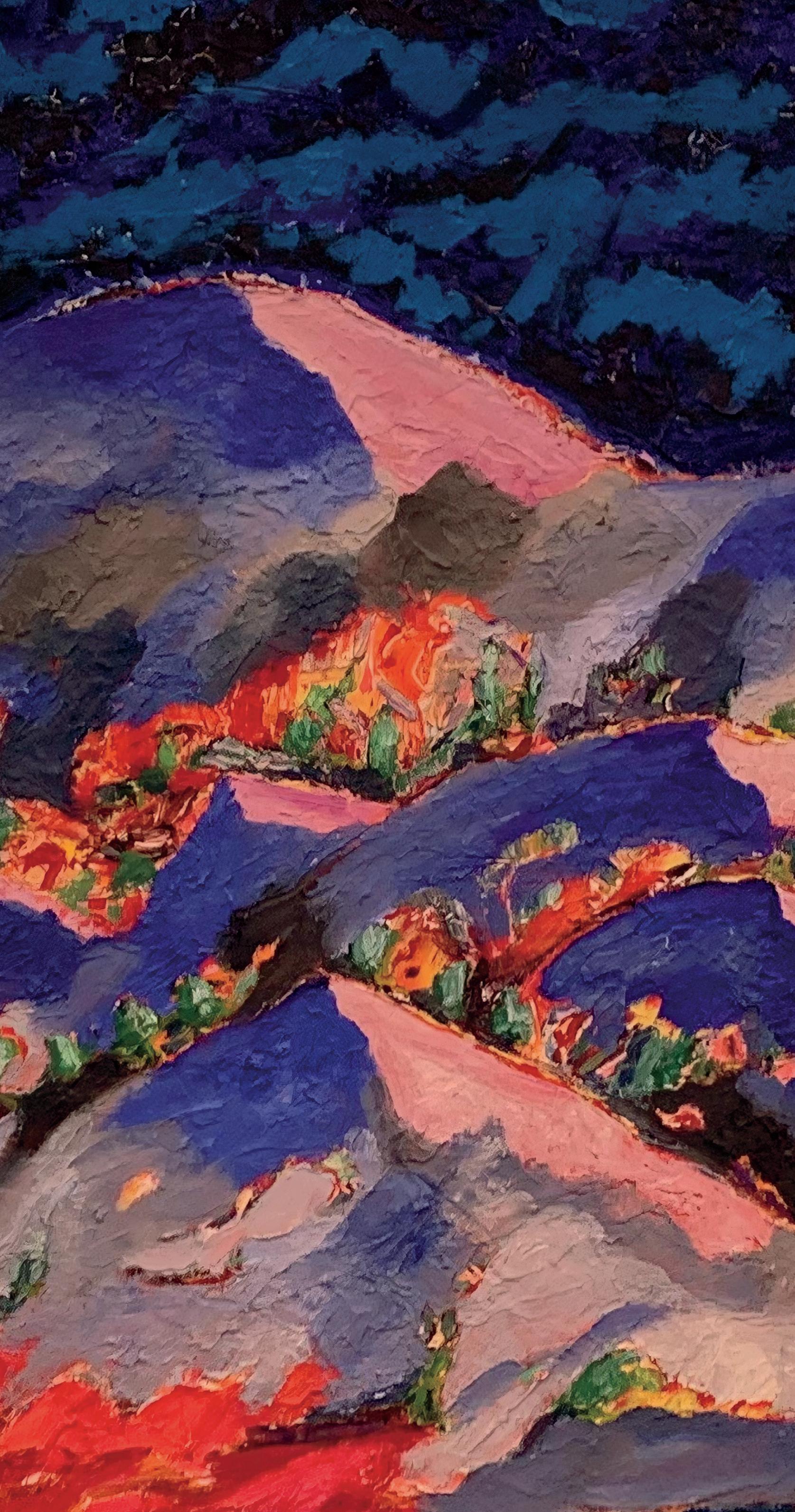
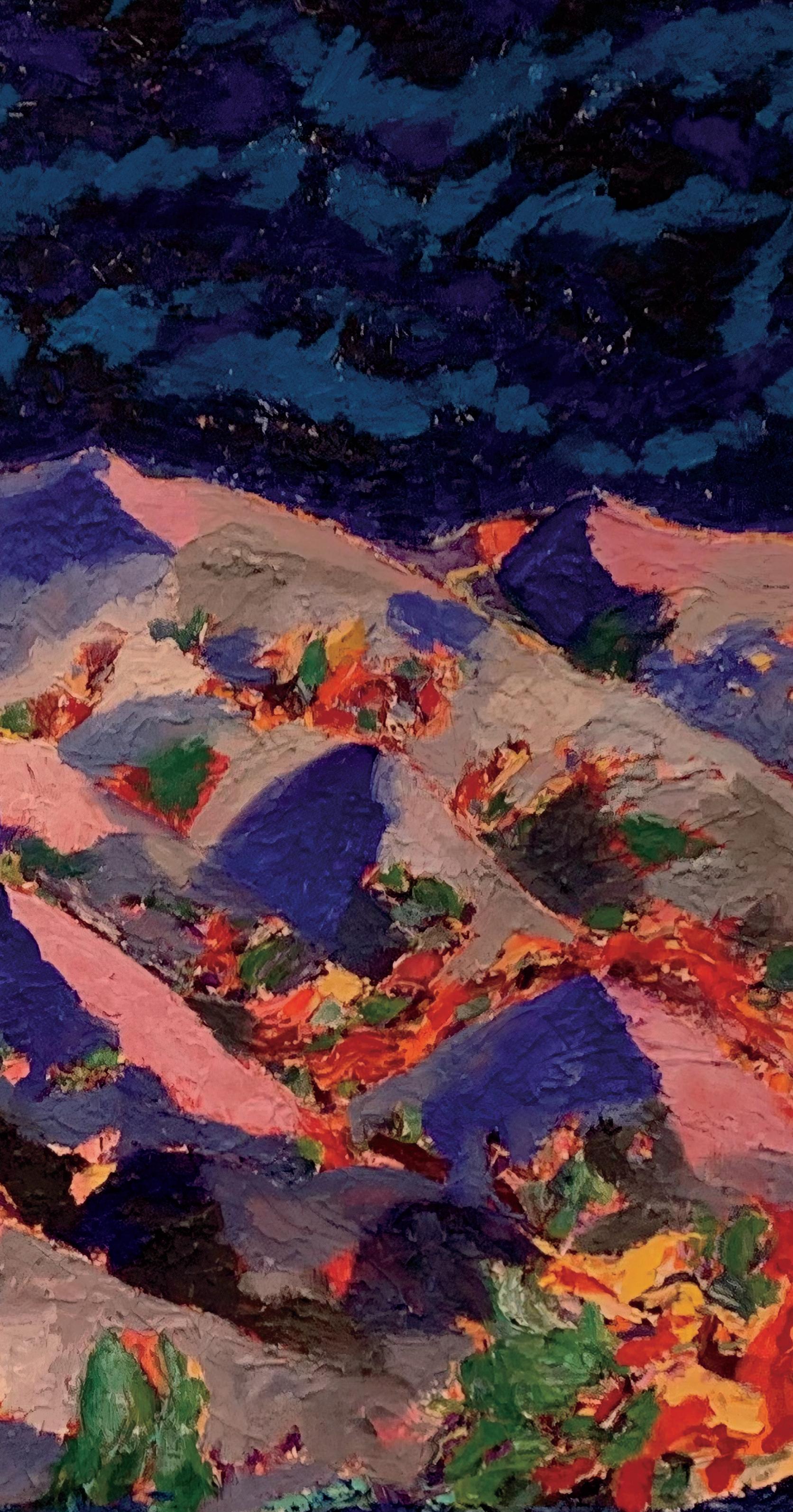
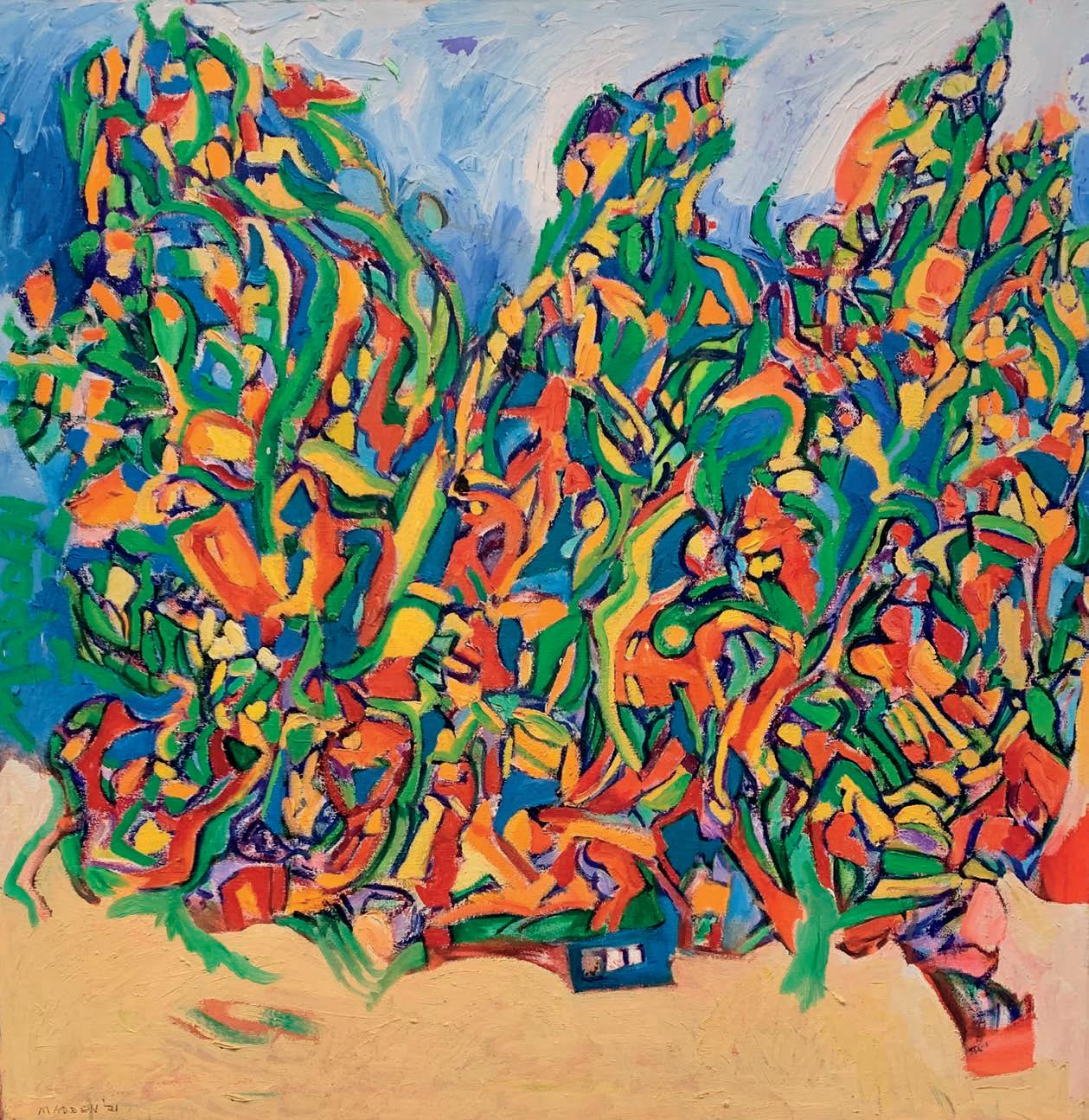
“The Leaf of Wisdom, Knowledge and Overstanding I”
“I don’t smoke marijuana, mon. I smoke herb. Marijuana is a girl from Cuba.” -Peter Tosh.
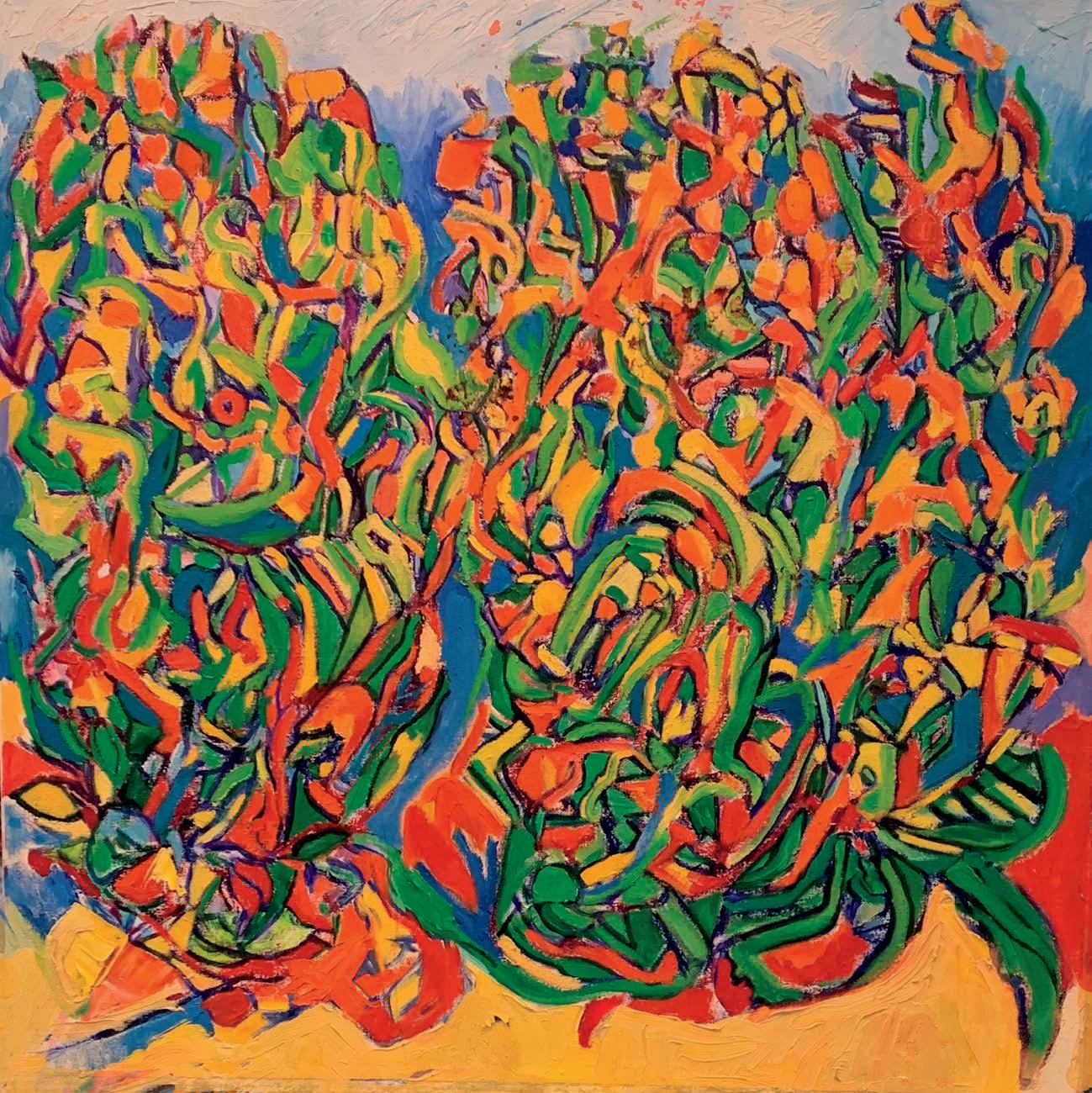
“The Leaf of Wisdom, Knowledge and
Gen.1 Verses 29 to 30
II”
“And God said, Behold, I have given you every herb-bearing seed, which is upon the face of all the earth, and every tree, in the which is the fruit of a tree yielding seed; to you it shall be for meat. And to every beast of the earth, and to every fowl of the air, and to every thing that creepeth upon the earth, wherein there is life, I have given every green herb for meat: and it was so.”
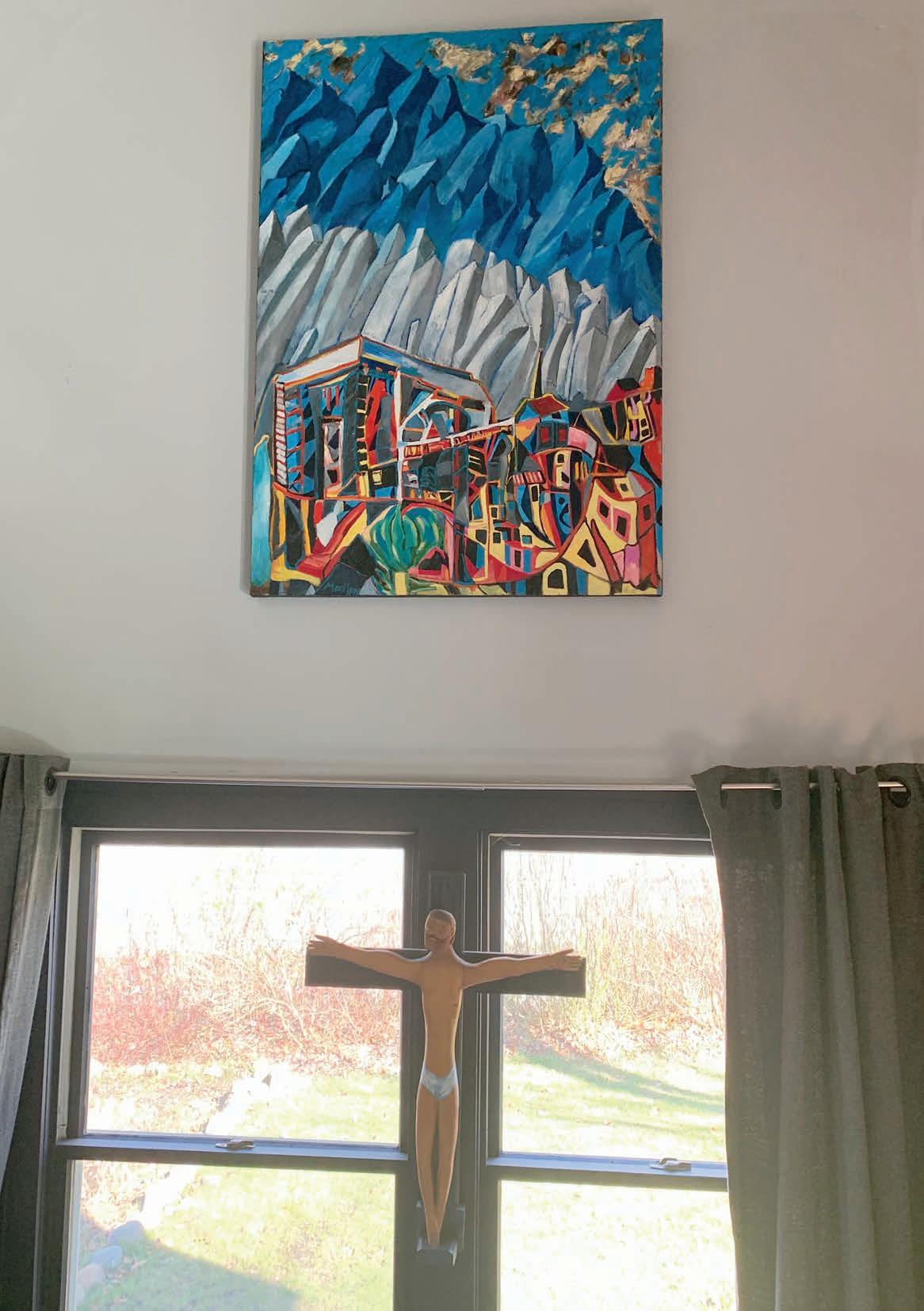
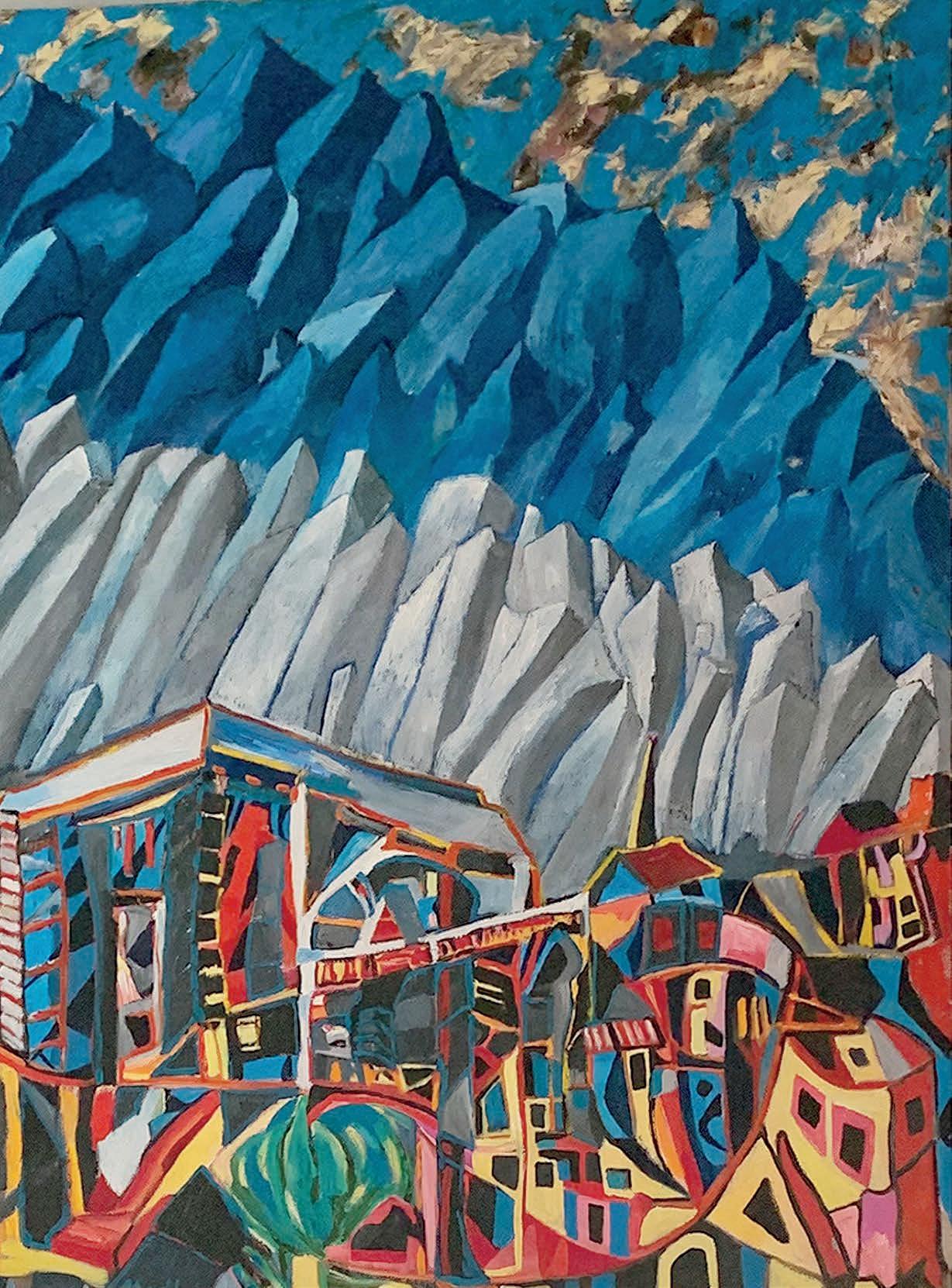
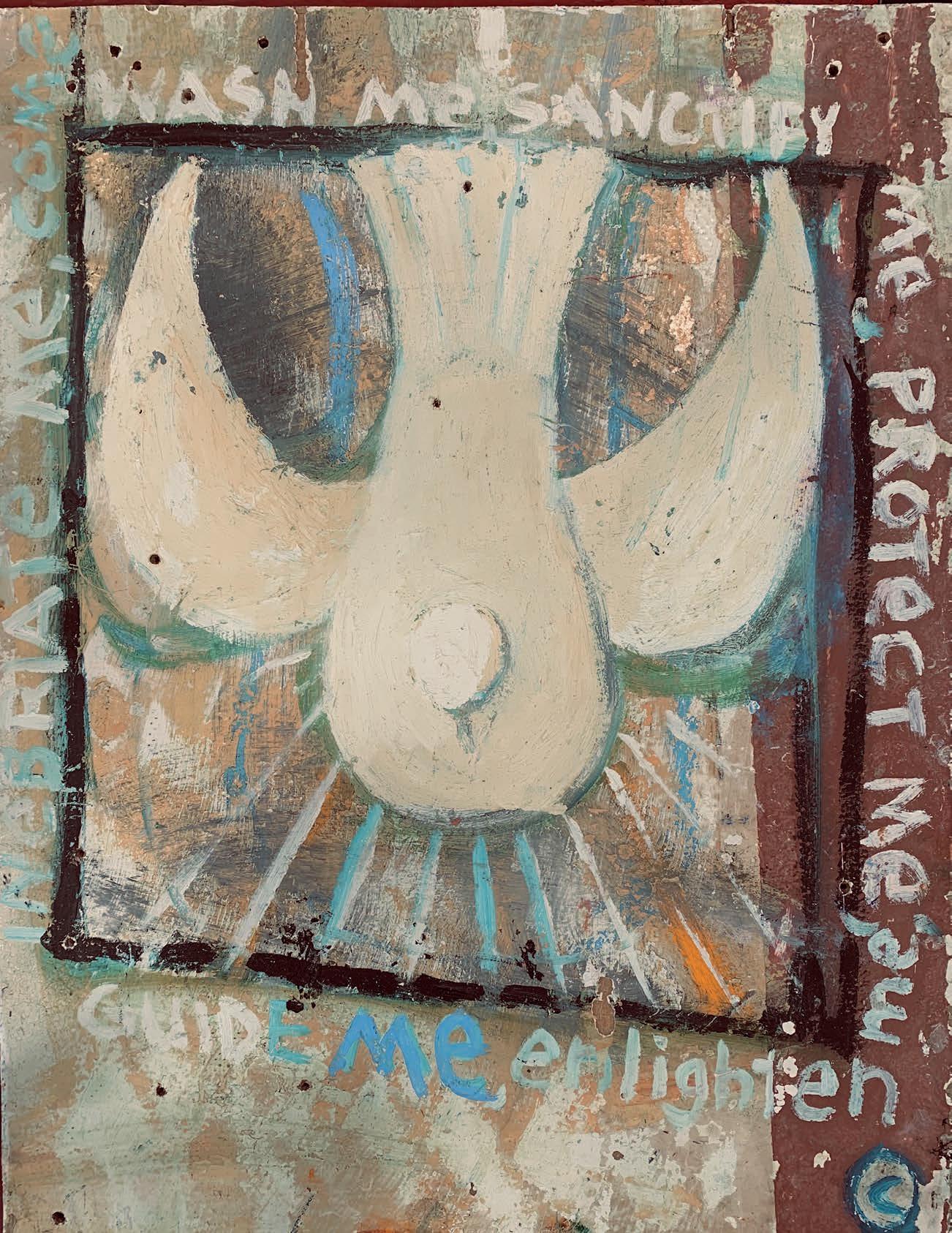
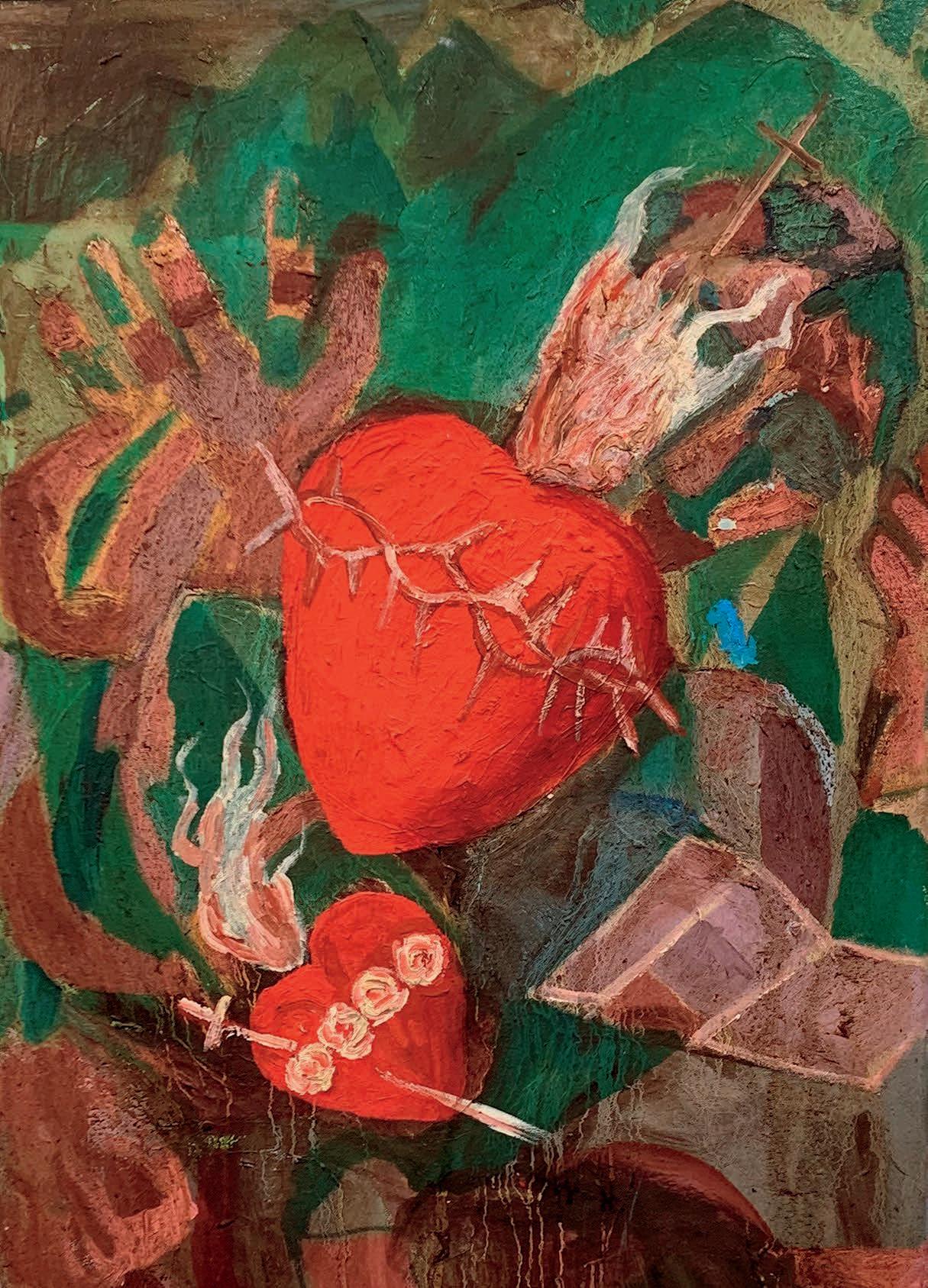

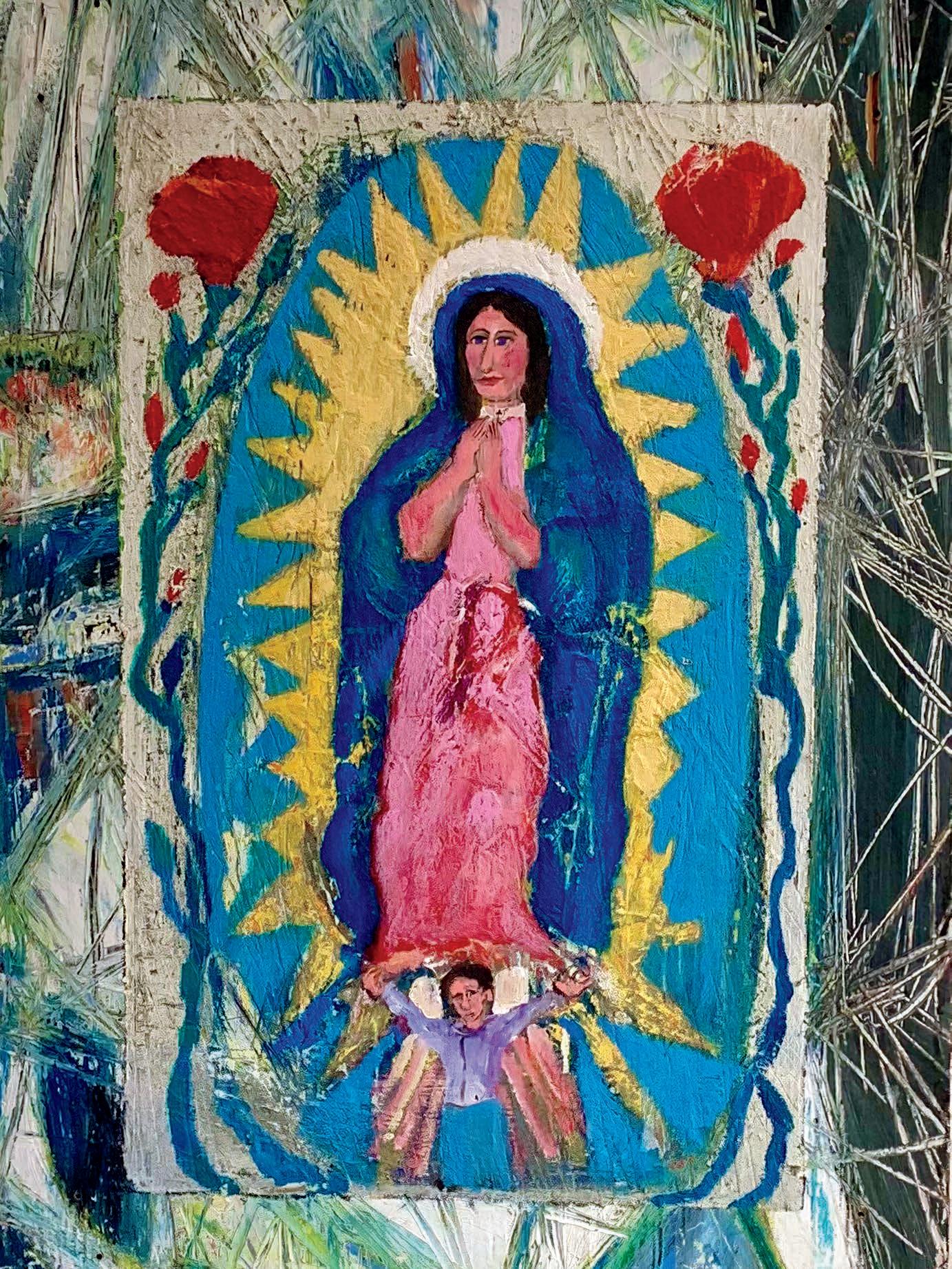
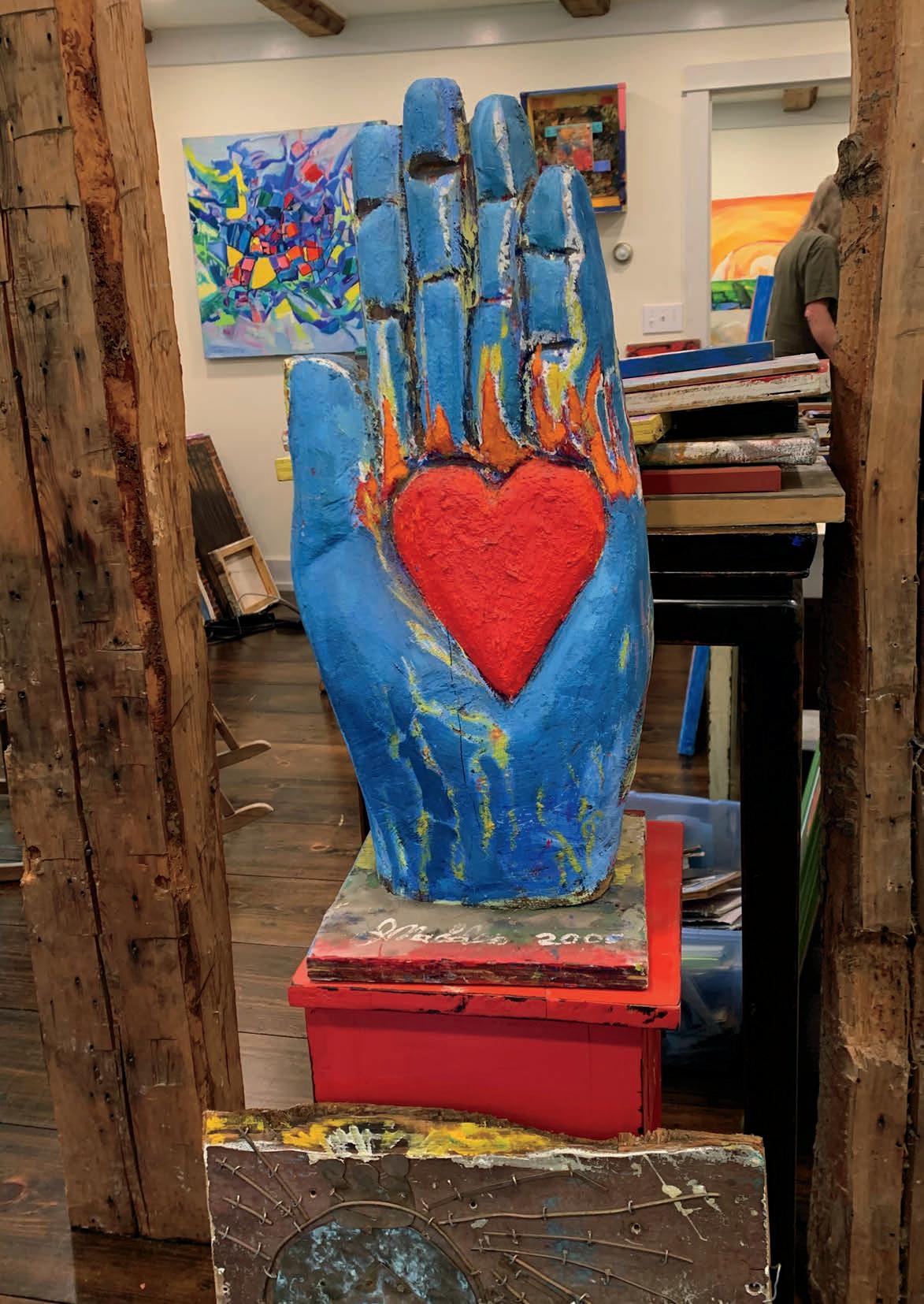
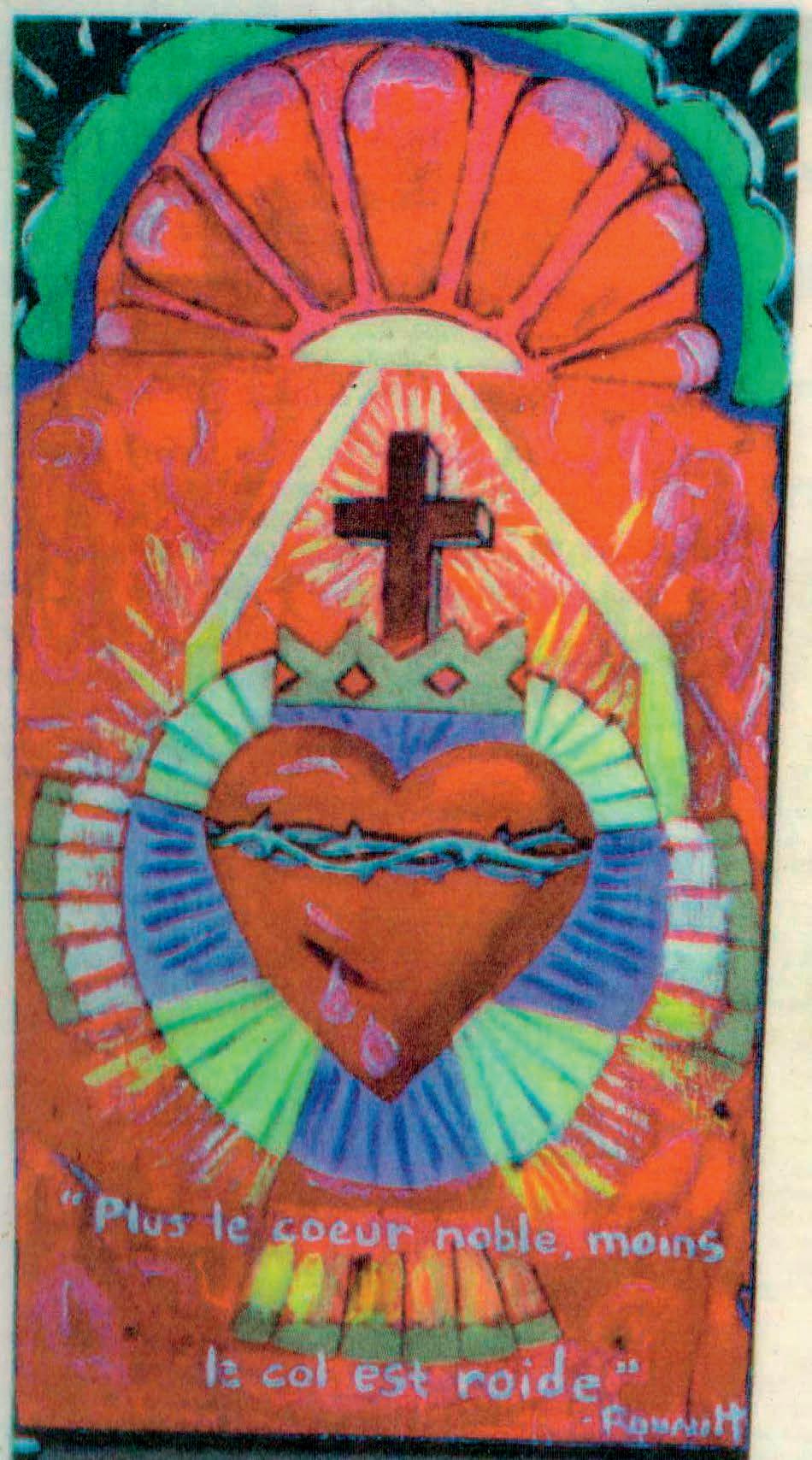
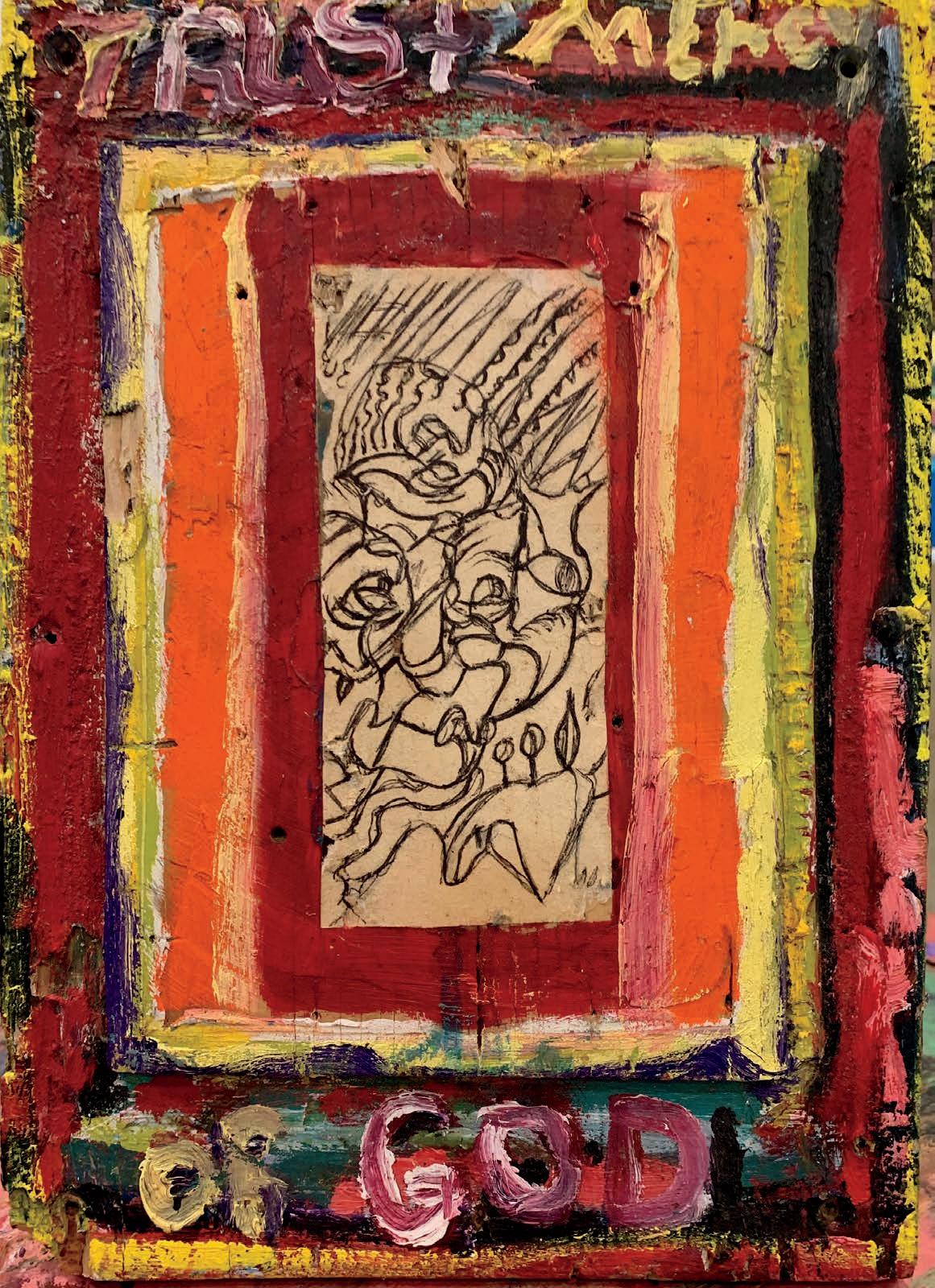
“Trust Men of God”
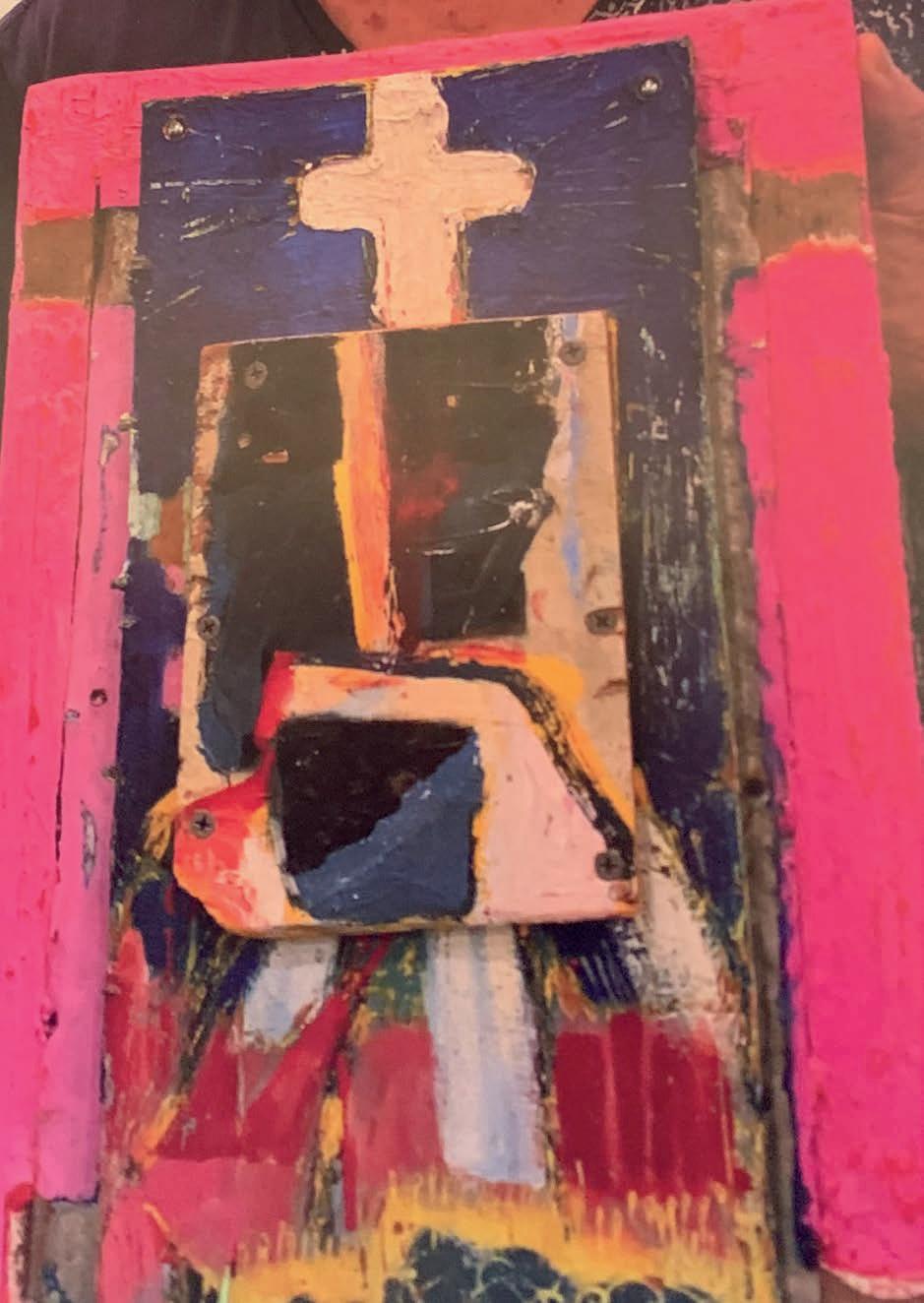
“Judge nothing, you will be happy. Forgive everything, you will be happier Love everything; you will be happiest”.
u – Sri Chinmoy
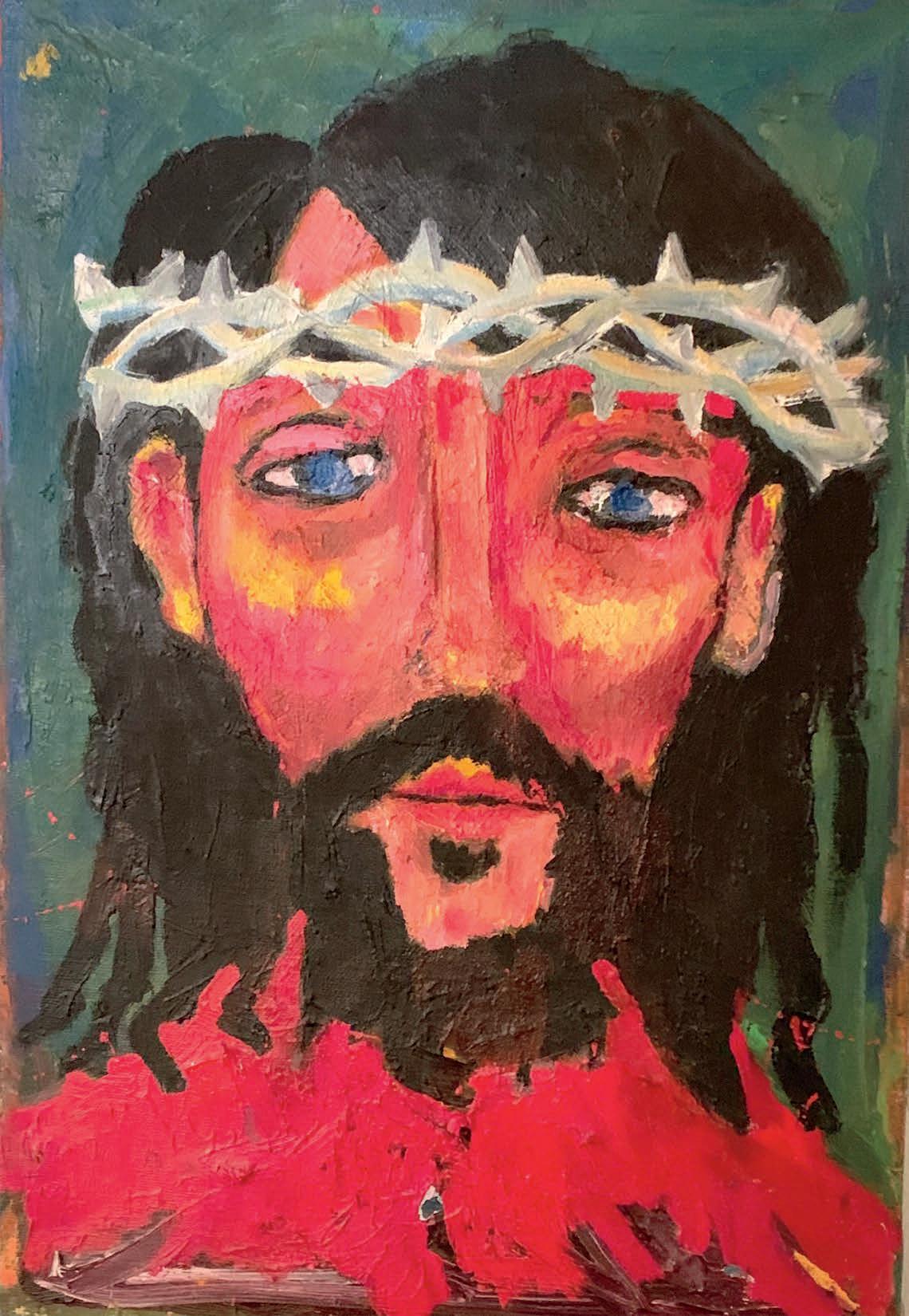
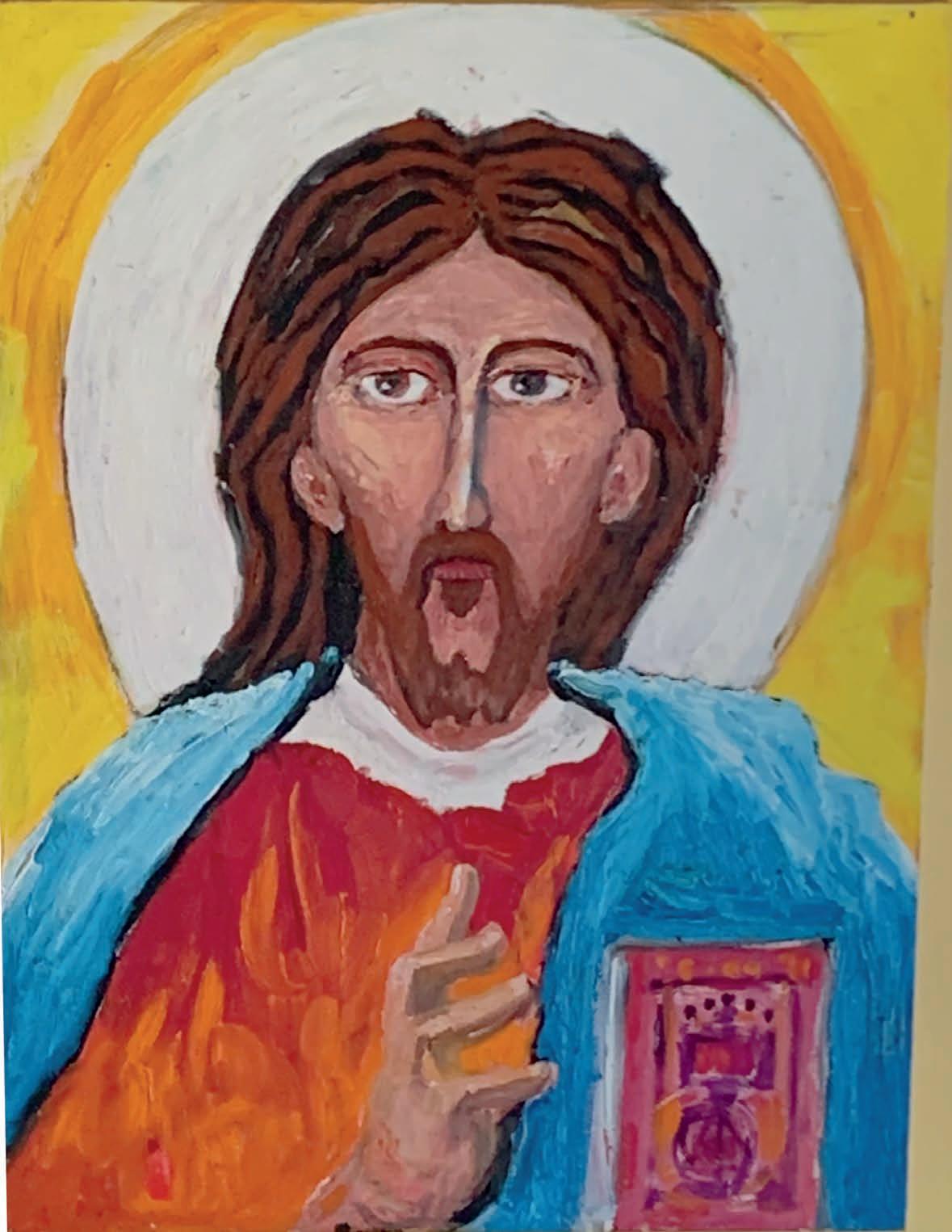
Jim is a spiritually inclined man familiar with illuminated manuscripts and religious paintings to which he has responded keenly. The Book of James, King James version states, “Consider it pure joy…whenever you face trials of many kinds, because you know that the testing of your faith produces perseverance. Let perseverance finish its work so that you may be mature and complete, not lacking anything … look after orphans and widows in their distress and keep oneself from being polluted by the world.”
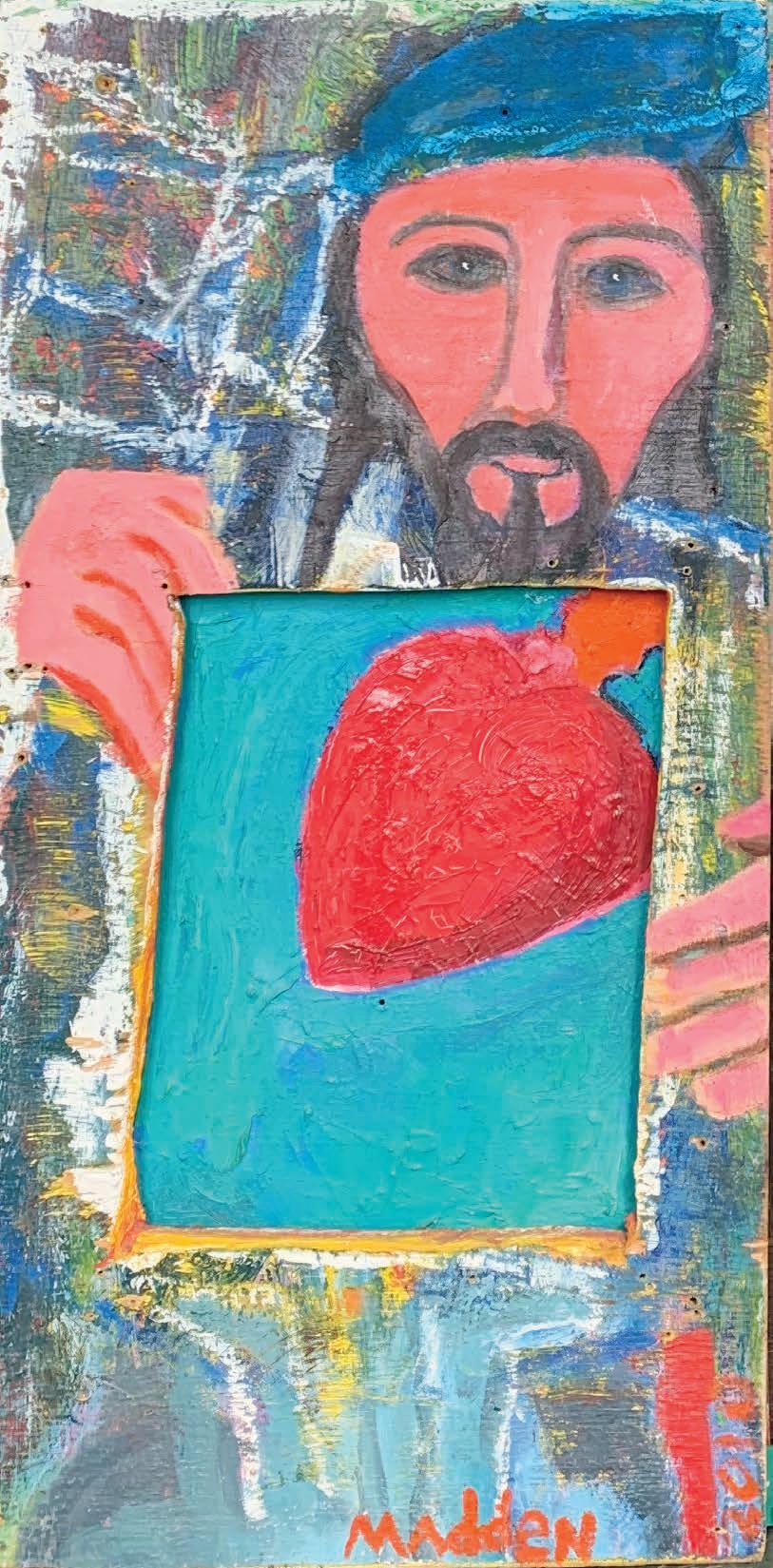

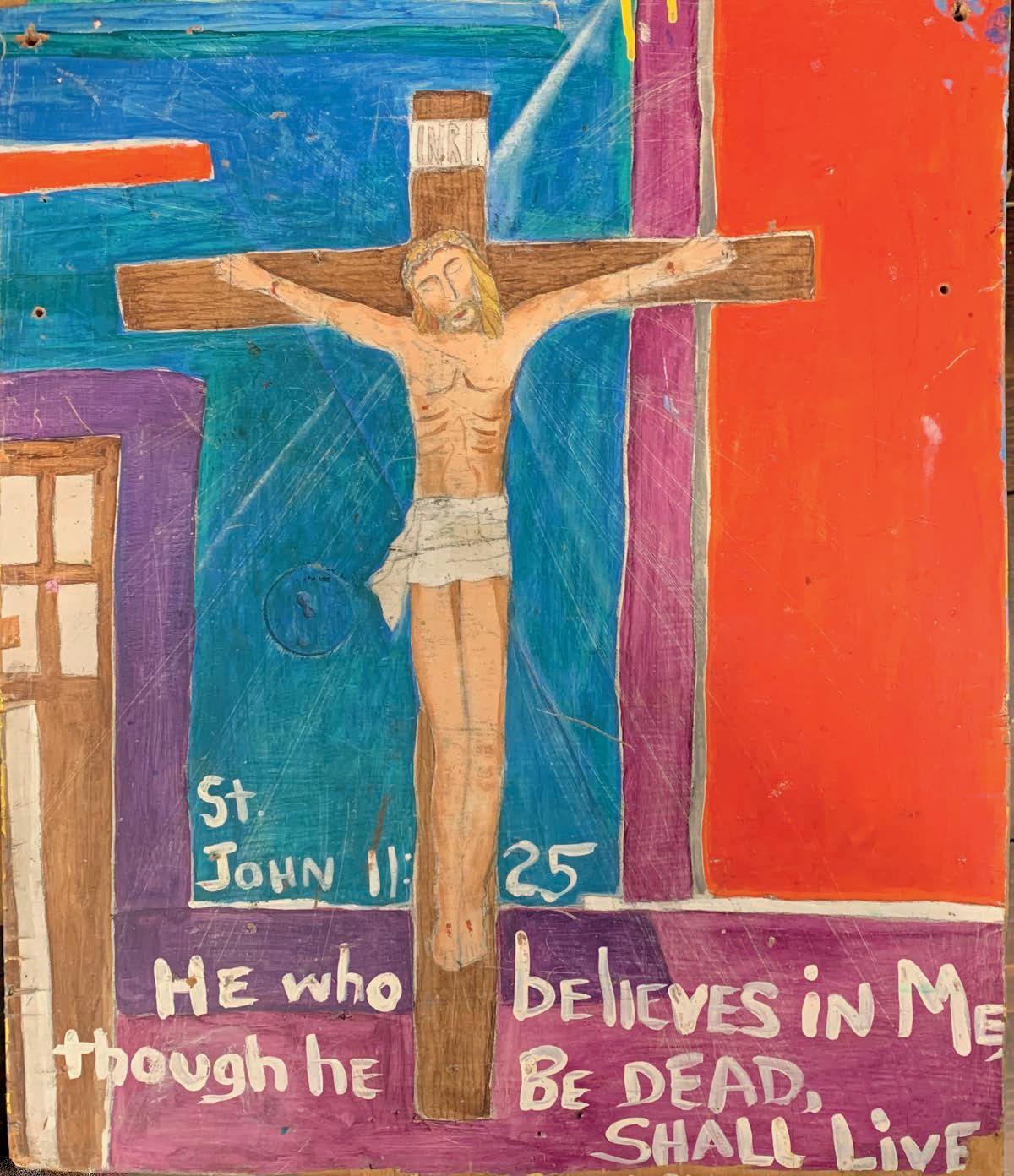
“Healing begins where the wound was made.”
u
– Alice Walker

“Live long … and prosper …”
–– Deuteronomy 5:33
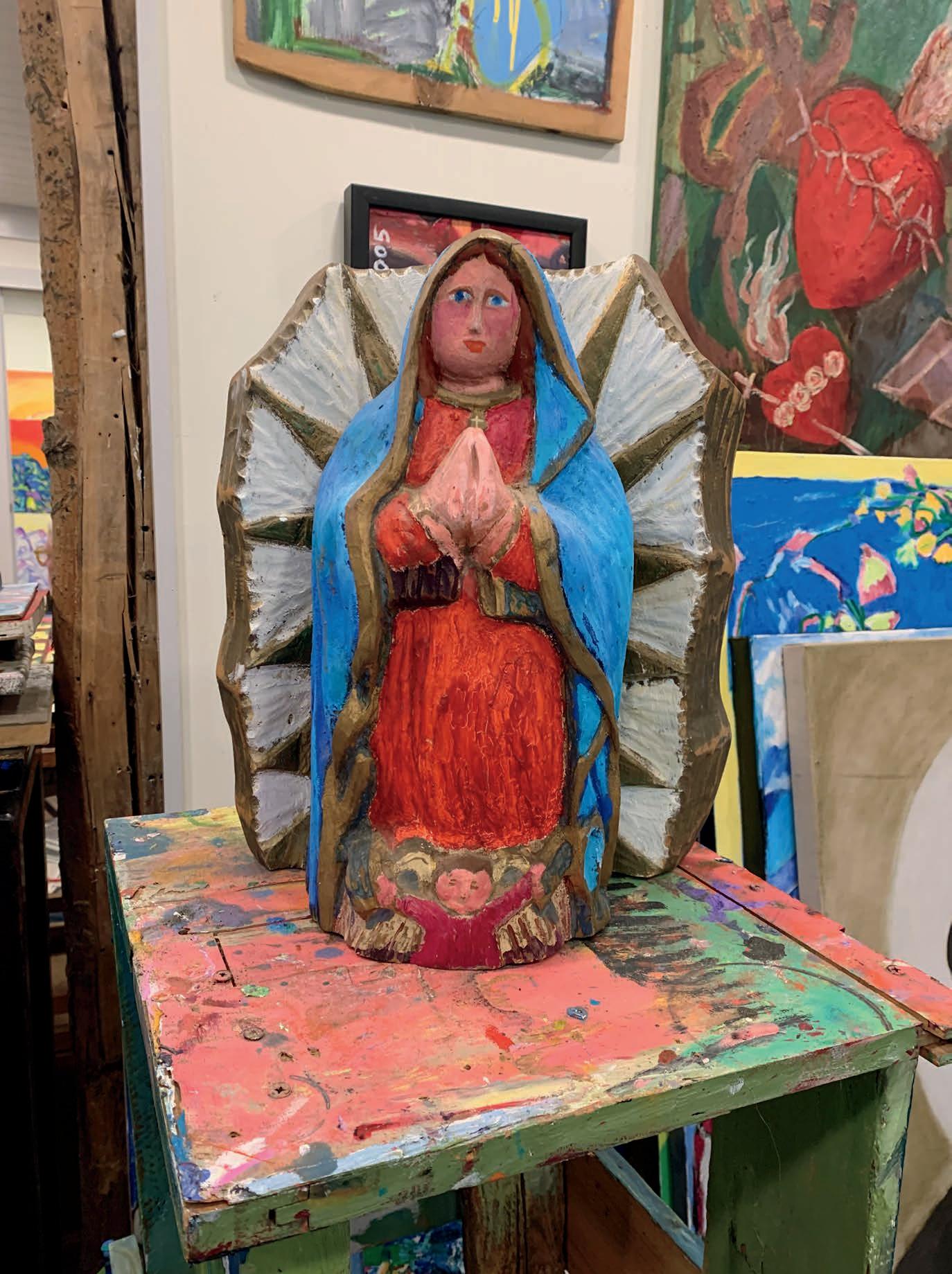
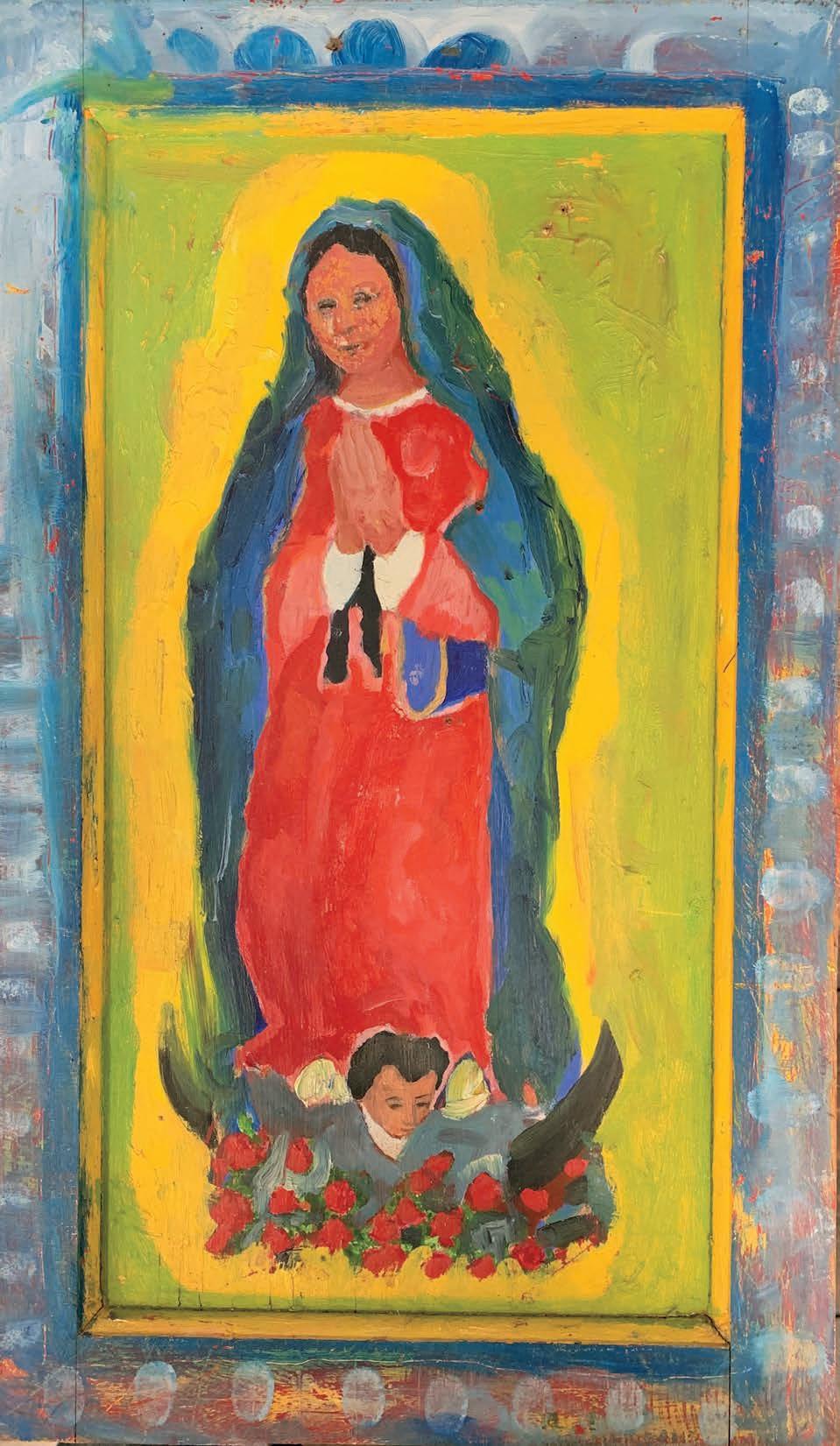
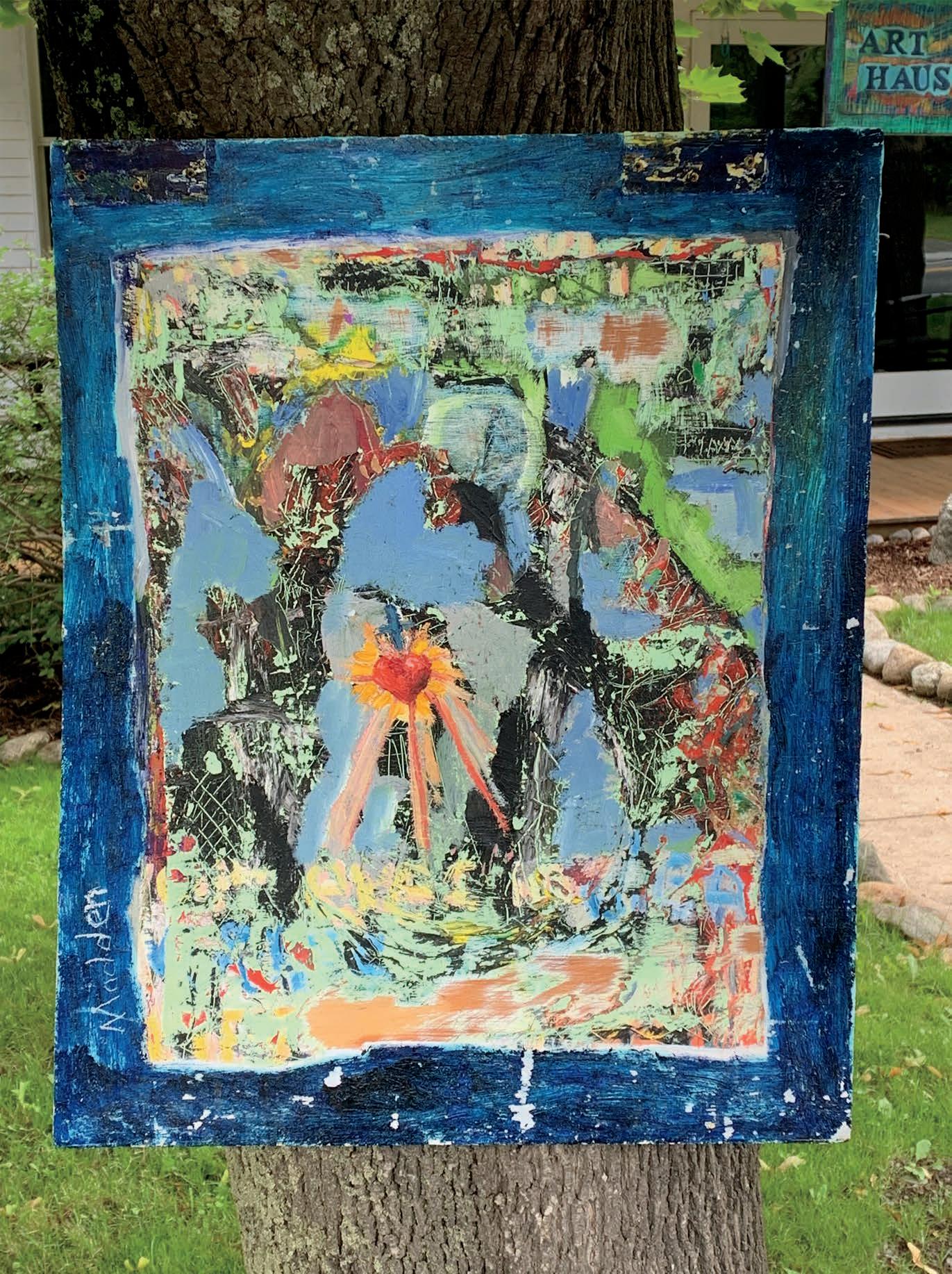
“HEART ON A TREE”
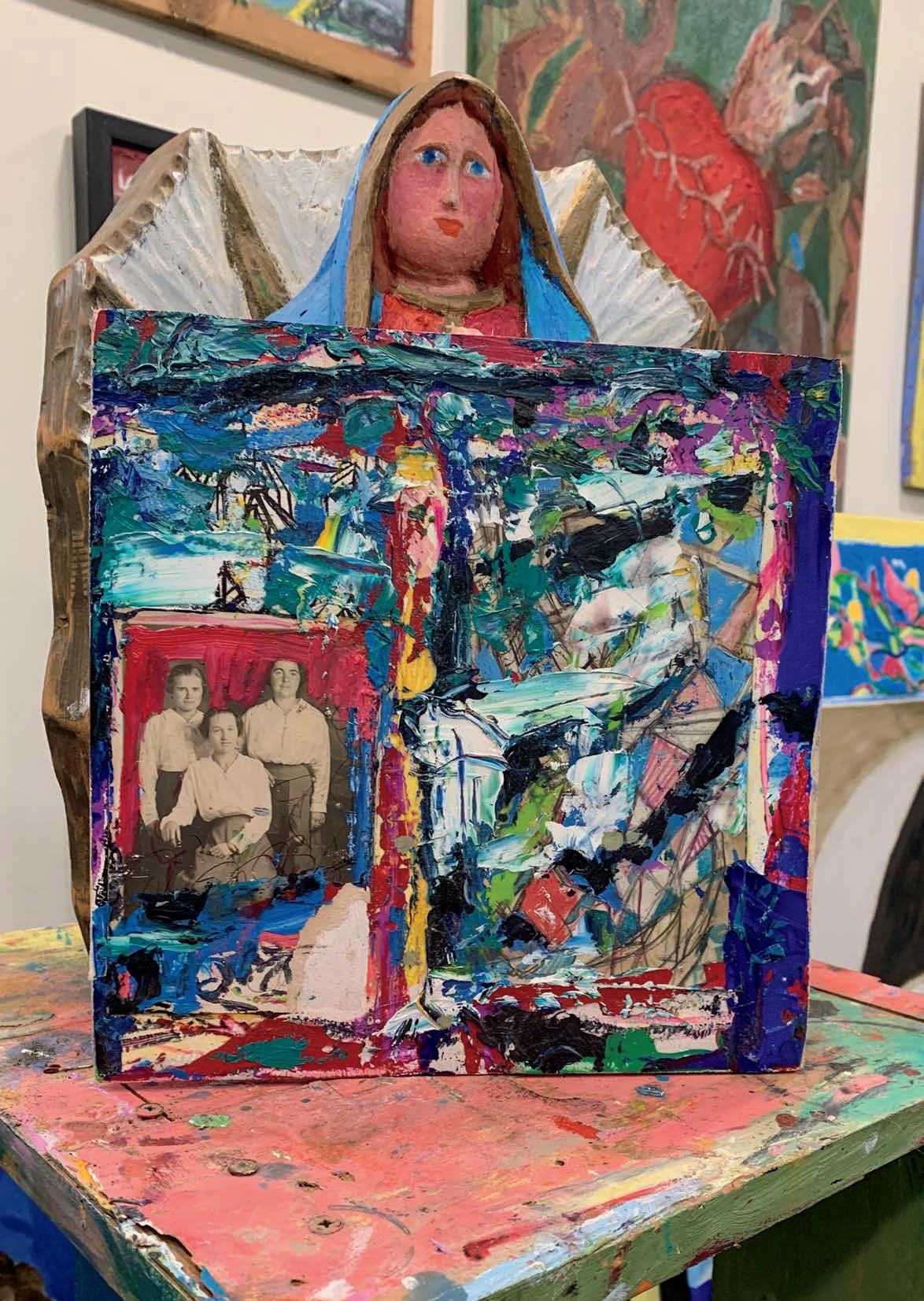
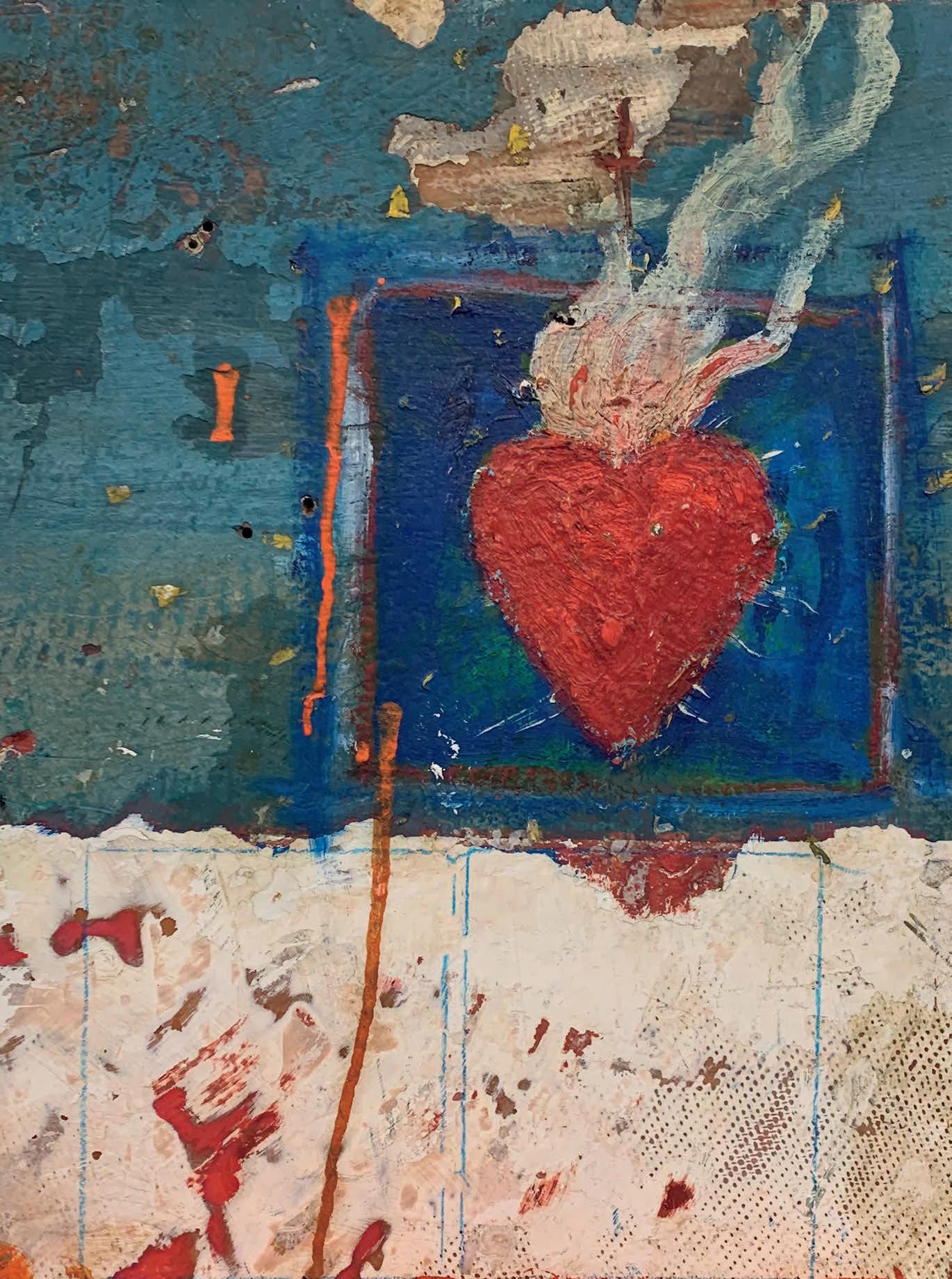
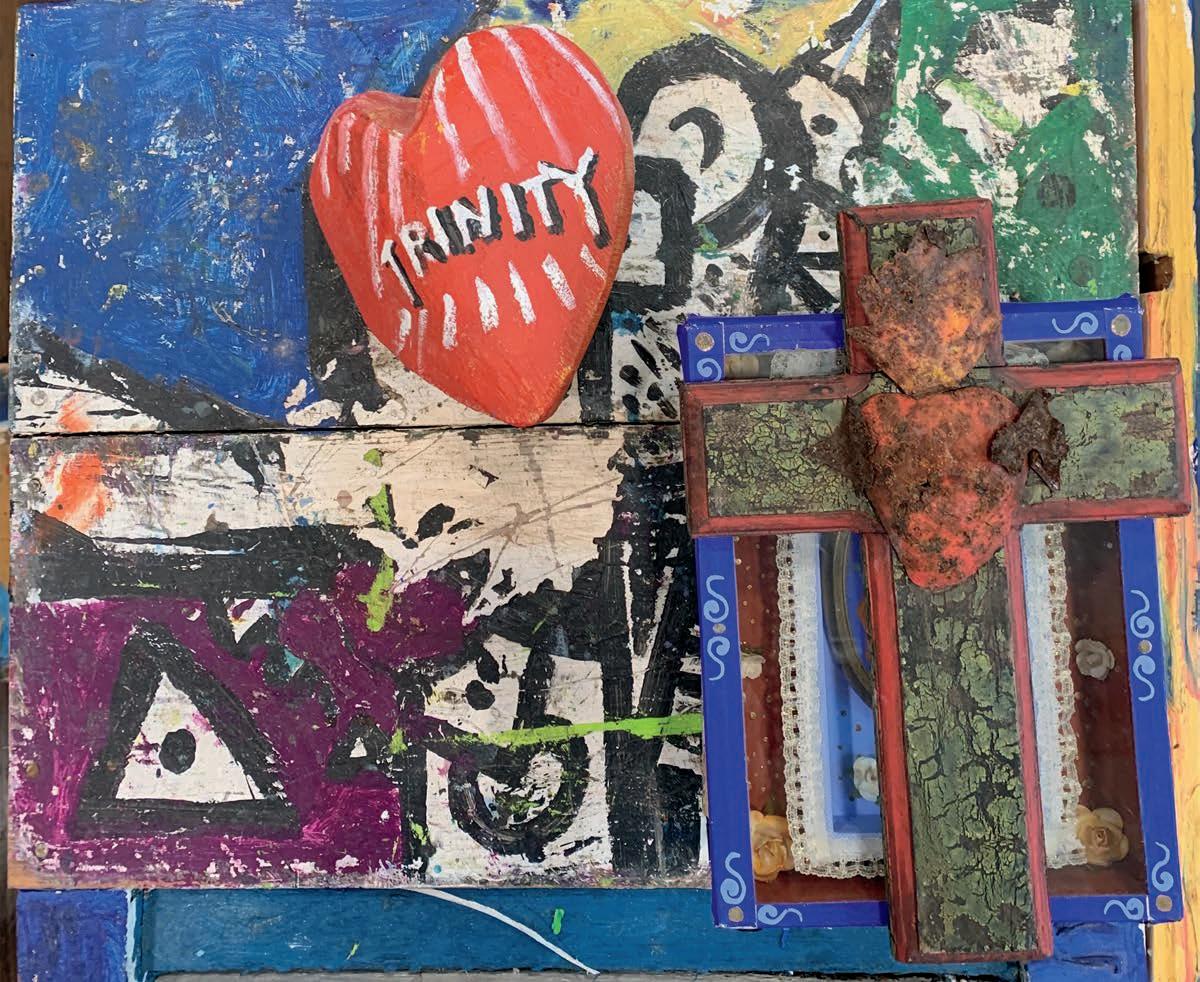
“Was it for political reasons,” a newcomer asked, “that you put Jesus Christ on your altar – because this is a mostly Christian country?”
“No, that was not the reason,” Yogananda replied. “Jesus Christ is one of our line of five gurus.”
“In what way?” pursued the newcomer, “and why have you placed him at the center?” u
“Jesus Christ was quite an amazing and powerful person. I knew him personally. He was an avadhut, a fierce, gentle soul with a beautiful look and a face like a flower blooming. His look was so full of pure love. He was a flower blooming in the darkness. I walked with him and personally made a promise to him.”
— Sri Kaleshwar
“Jesus! Jesus the Christ, the great Yogi, the loving Son of God, one with the Father who gave his heart’s blood and put up with endless torture in order to deliver men from sorrow and misery. Jesus, the God-man, then embraced the Master and disappeared into his body and the Master entered into ecstasy (Bhav Samadhi), lost normal consciousness and remained identified for some time with the Omnipresent Brahman (God, the Ocean of Consciousness) with attributes”
— Sri Ramakrishna’s vision of Christ
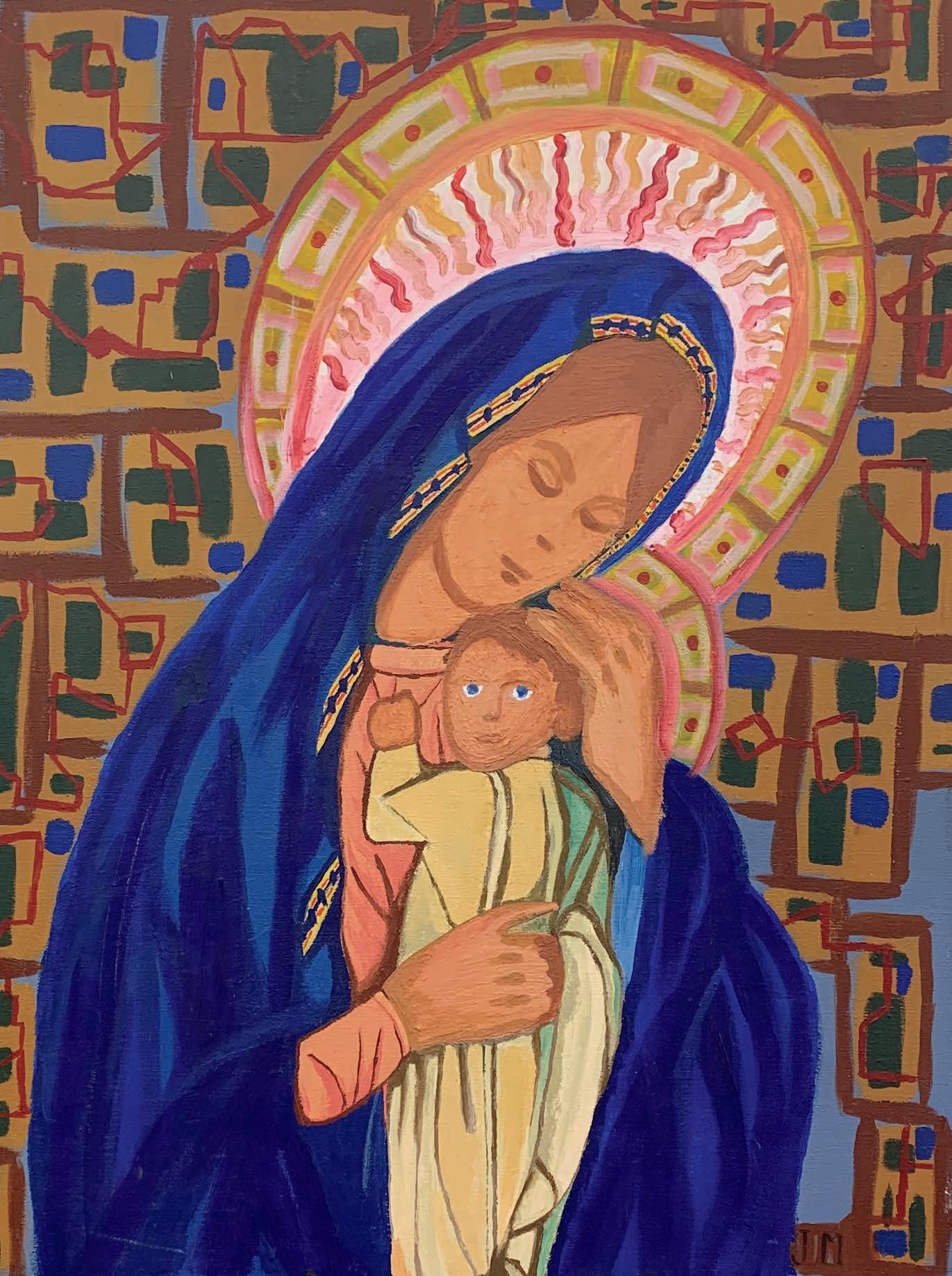
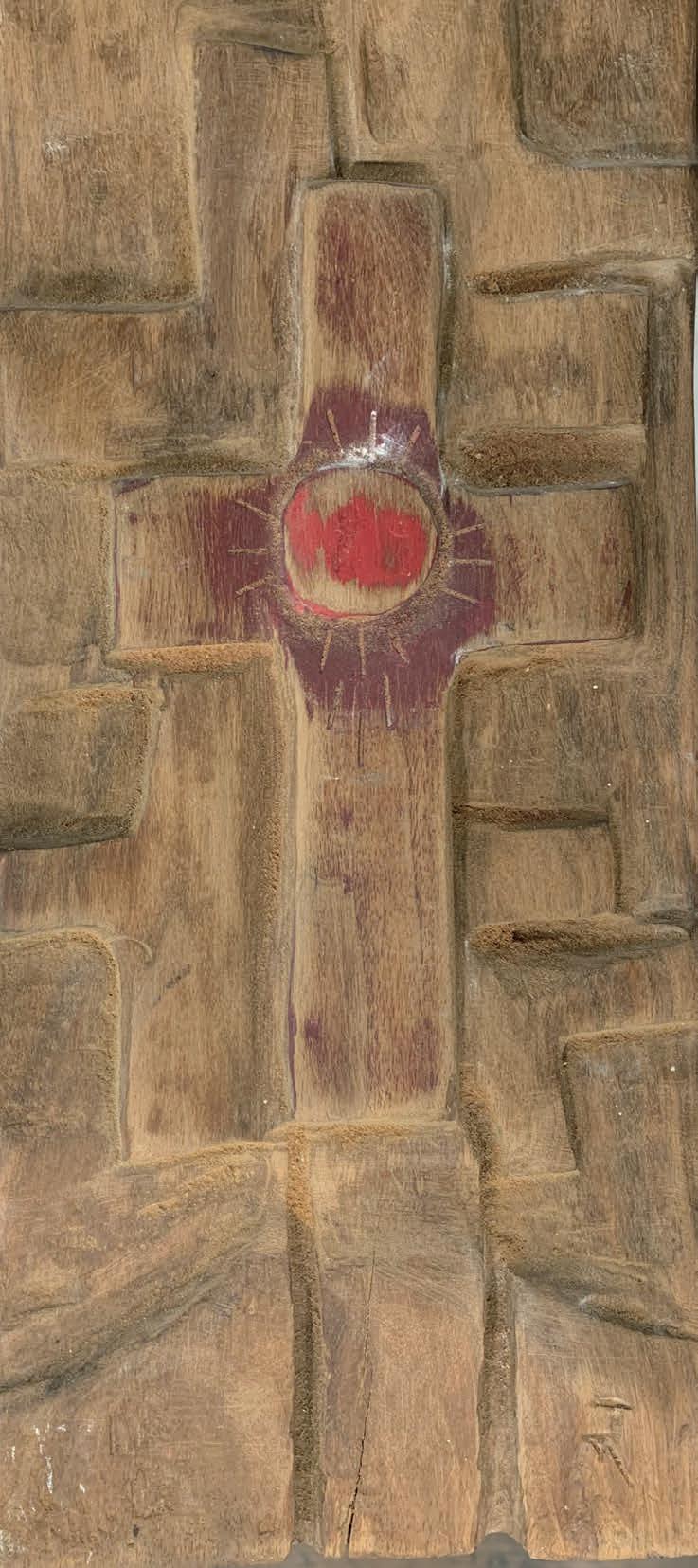
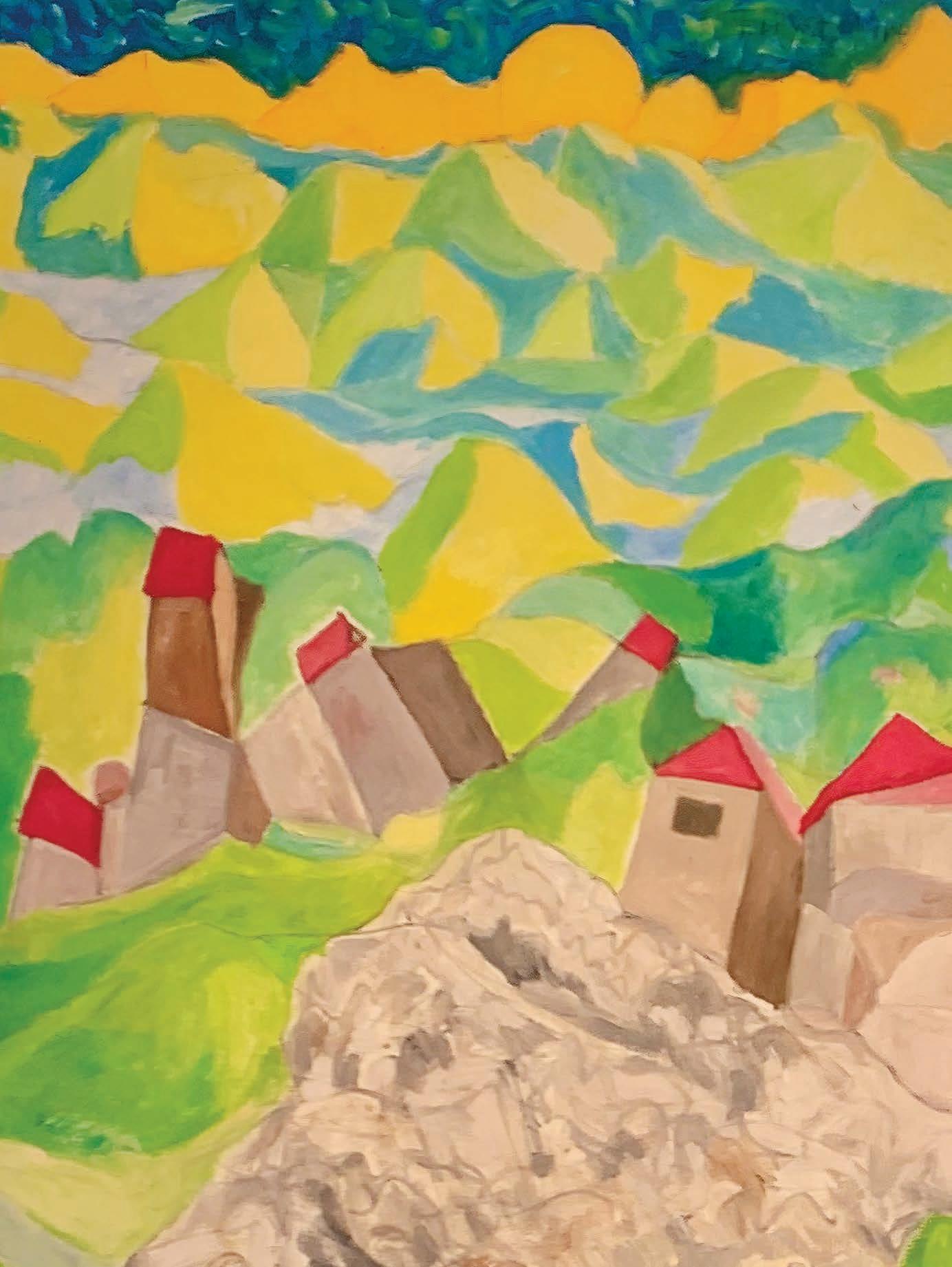
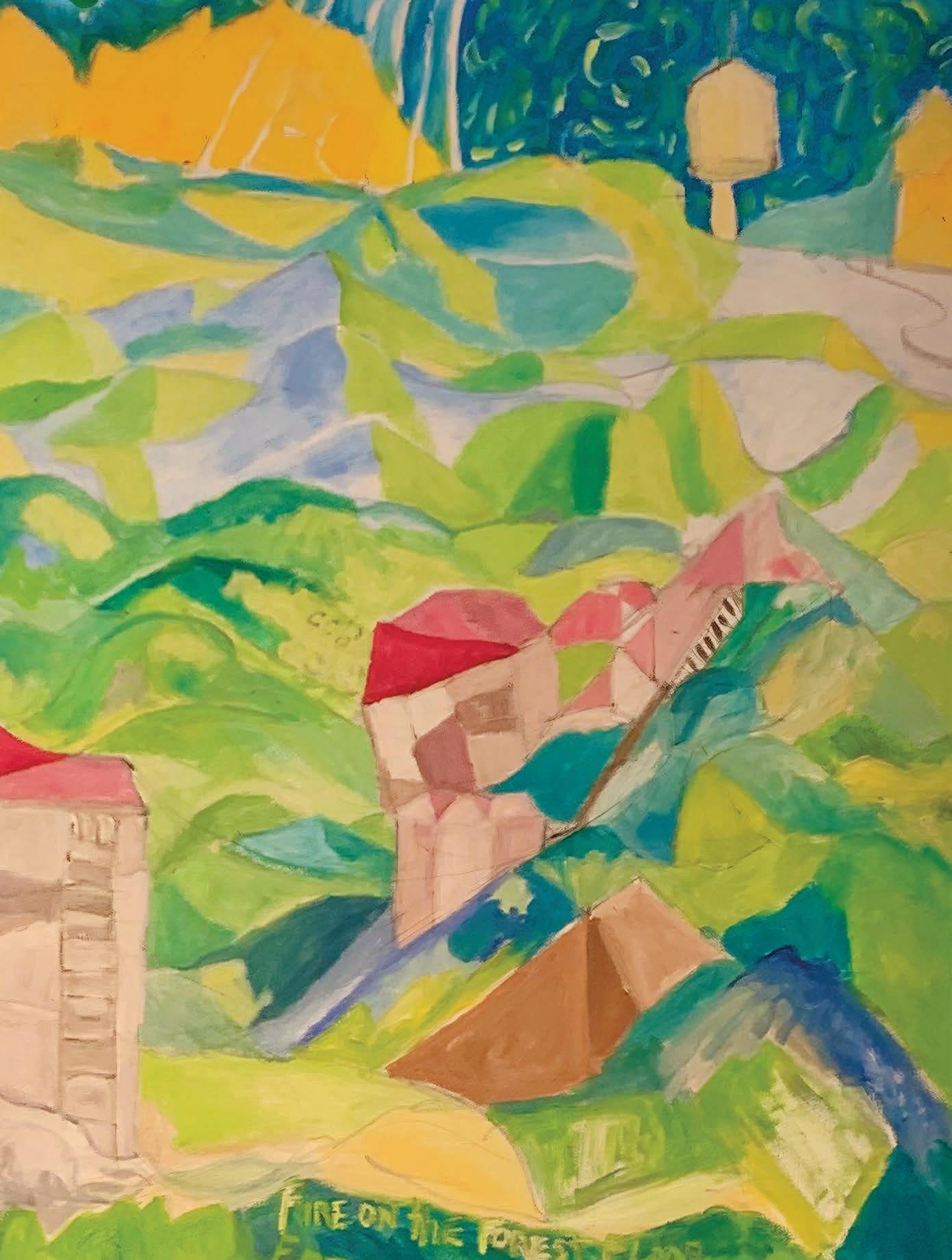
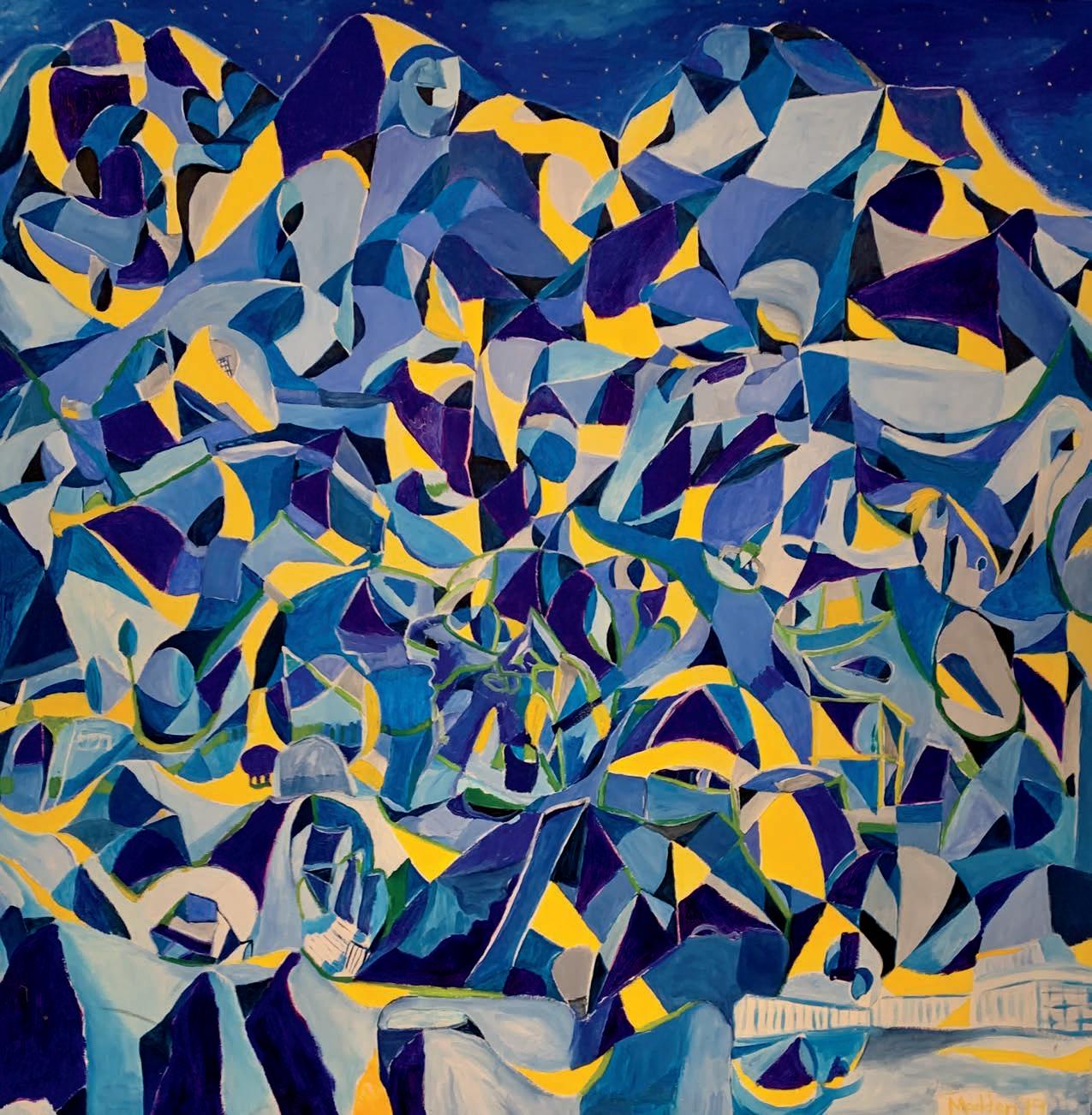
“Find your style and stick to it.”
u
– Manolo Blahnik

“One day, if you have a little bit of talent and a lot of hard work, you're going to find out who you are.”
u
— Massimo Bottura
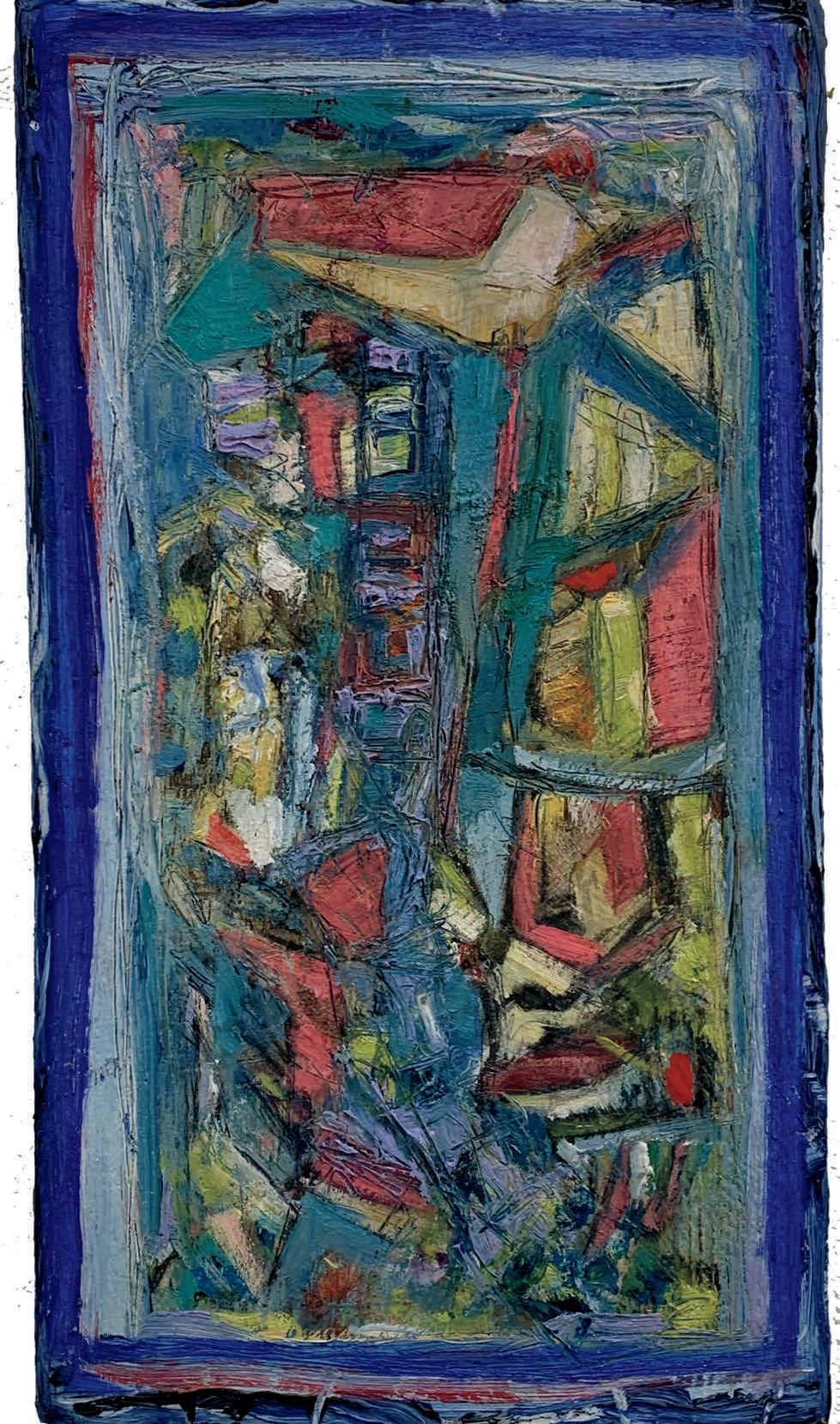
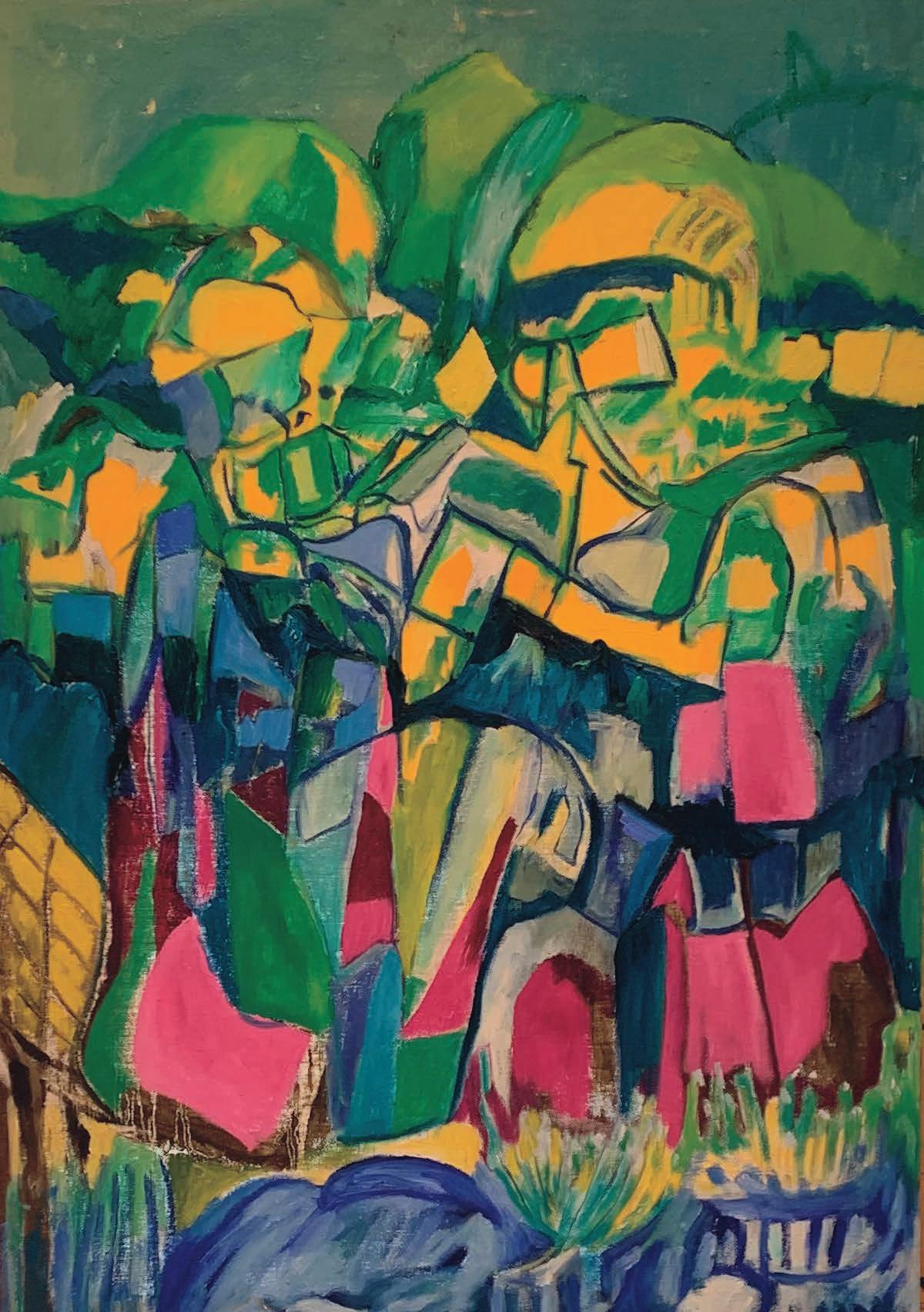
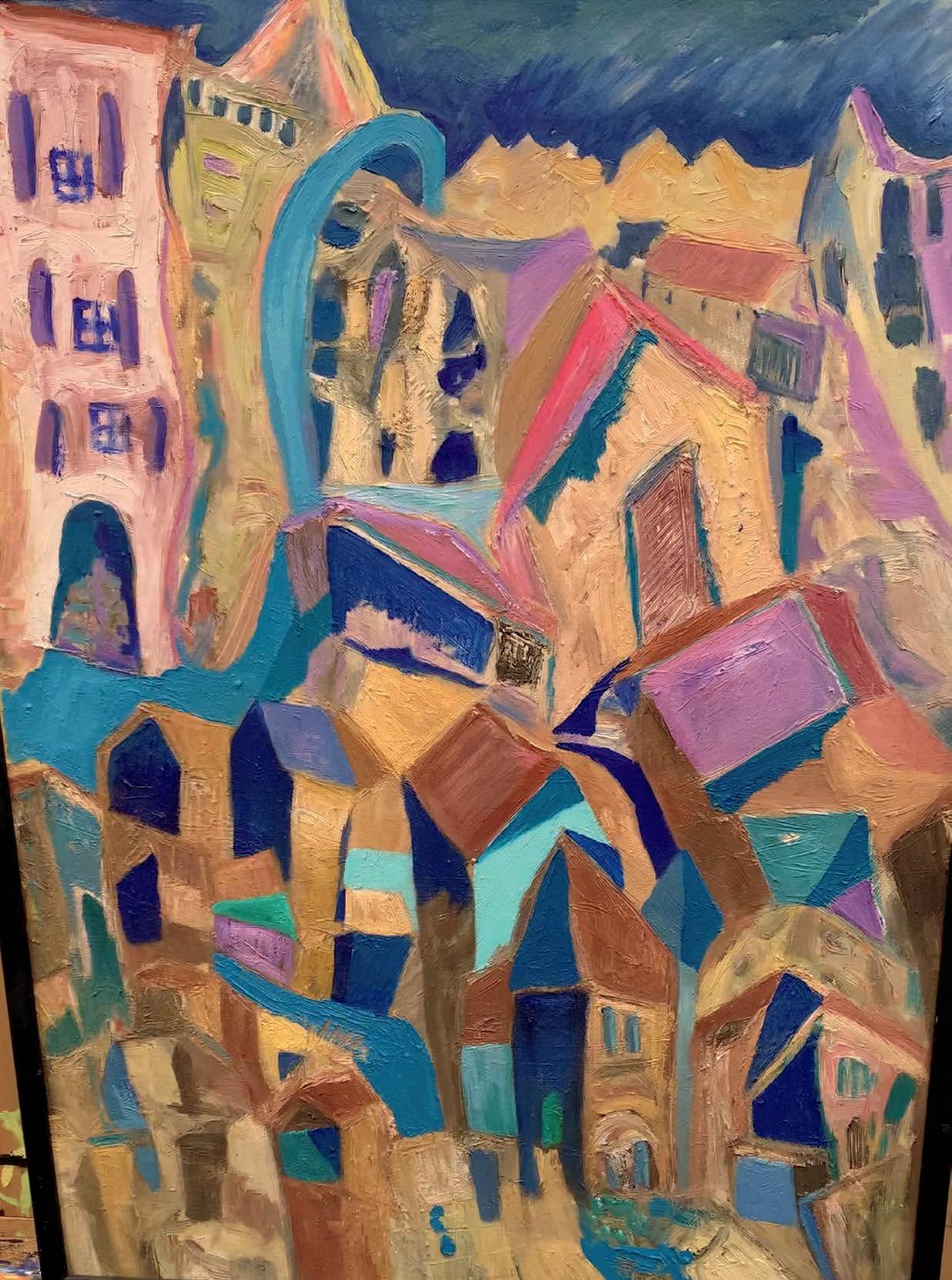
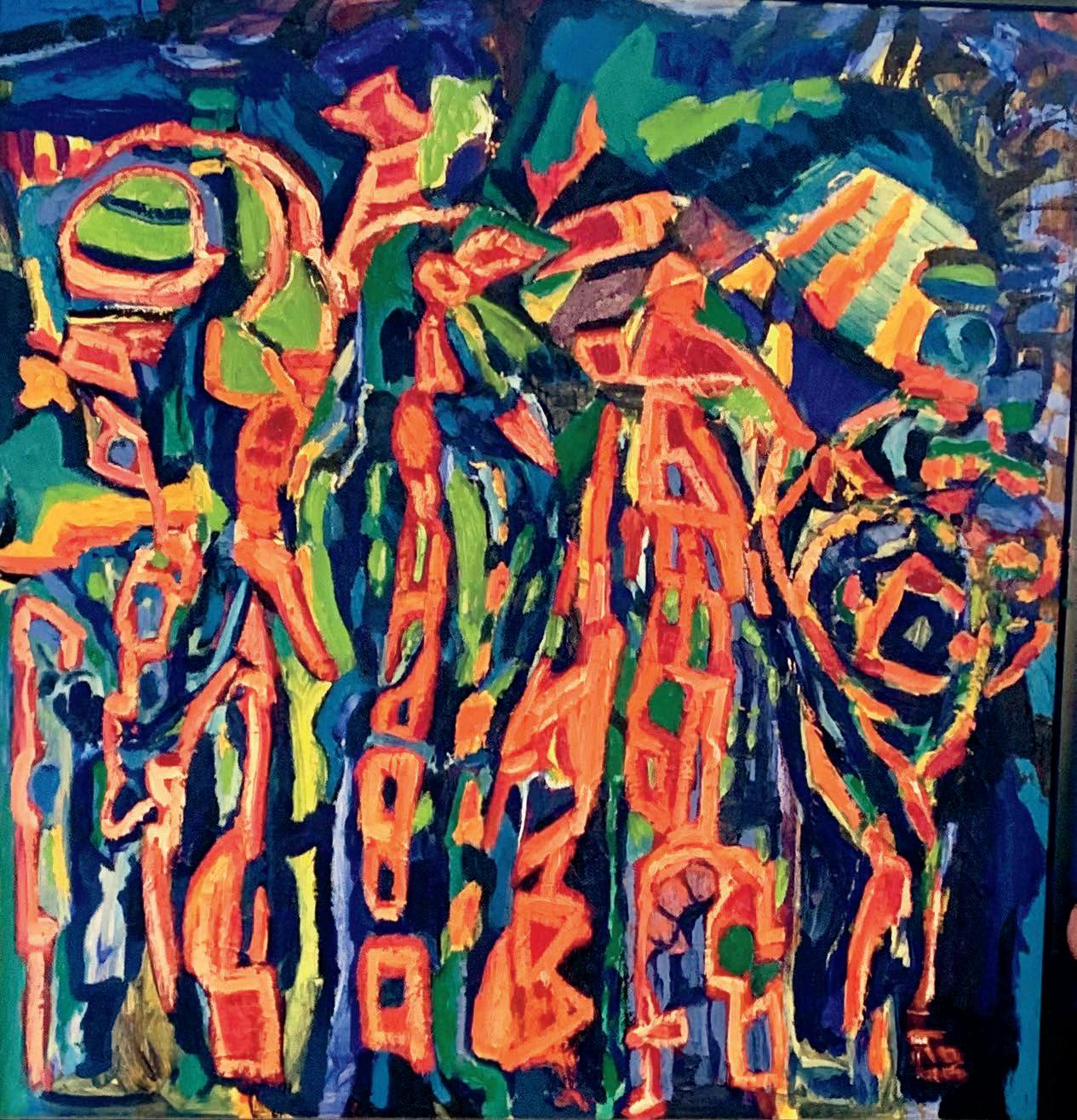
“A person without imagination is like a teabag without hot water. Without imagination, we might never discover our true purpose and potential.”
u Alan Fletcher
The godfather of British
graphic design.
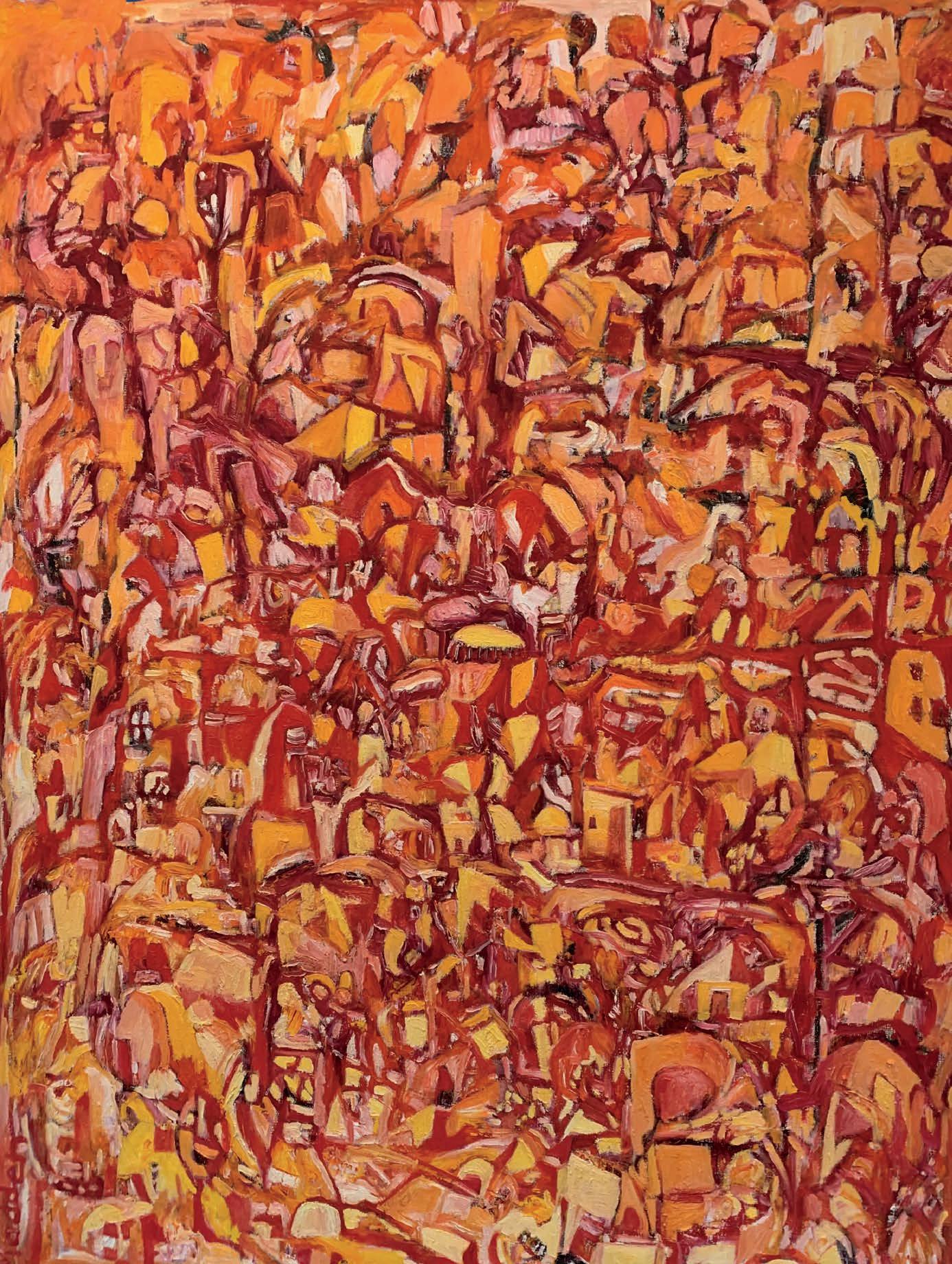

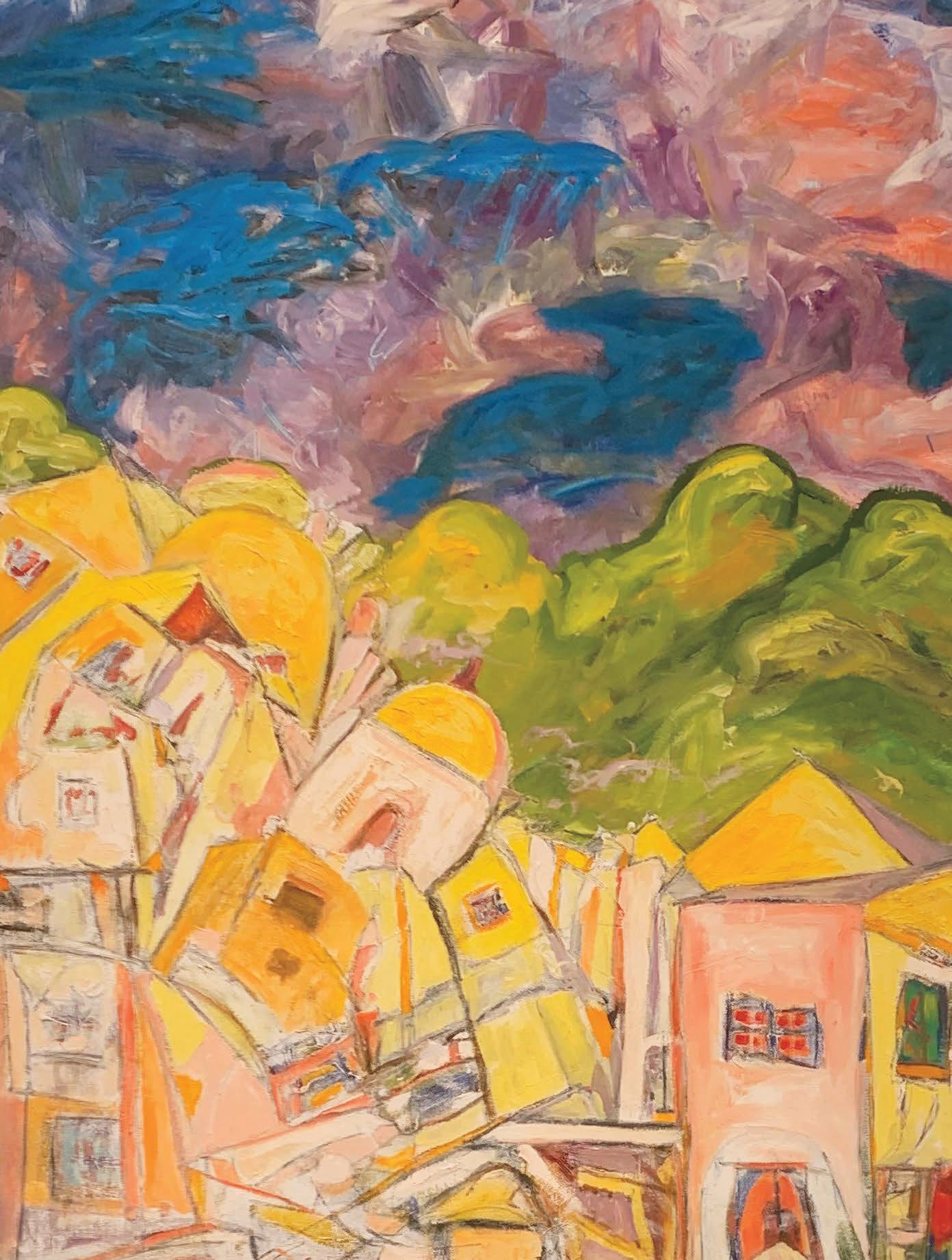
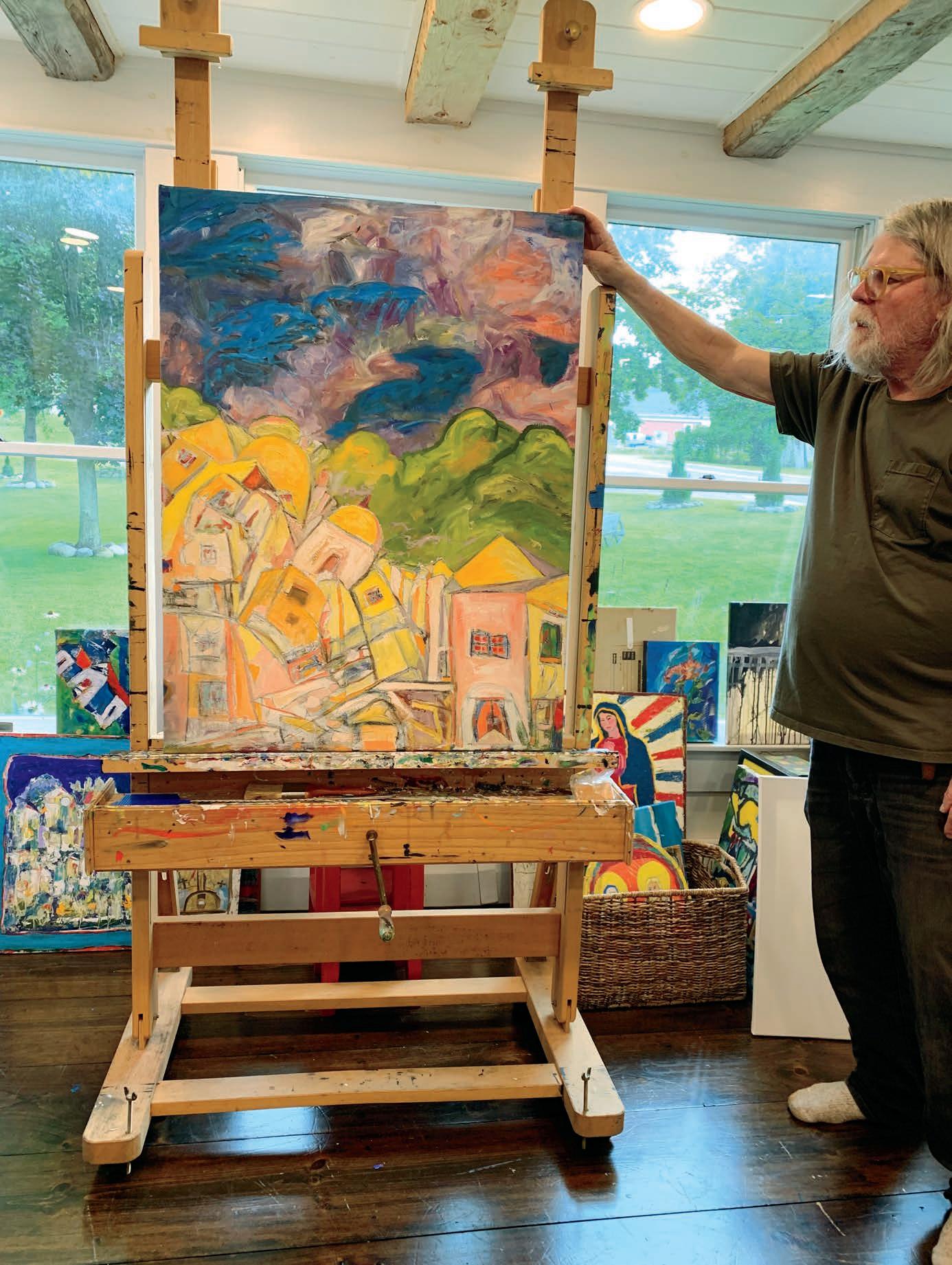
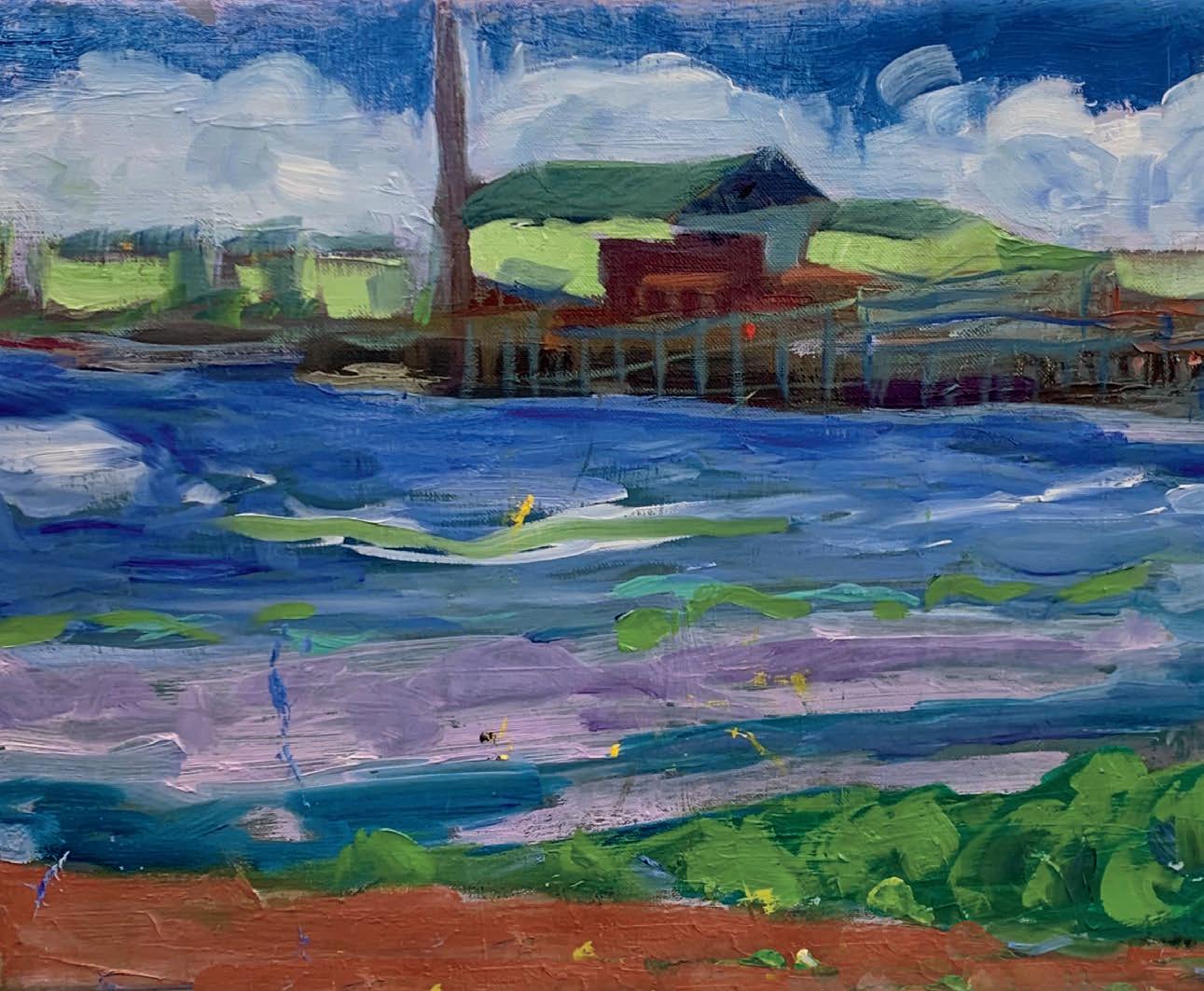
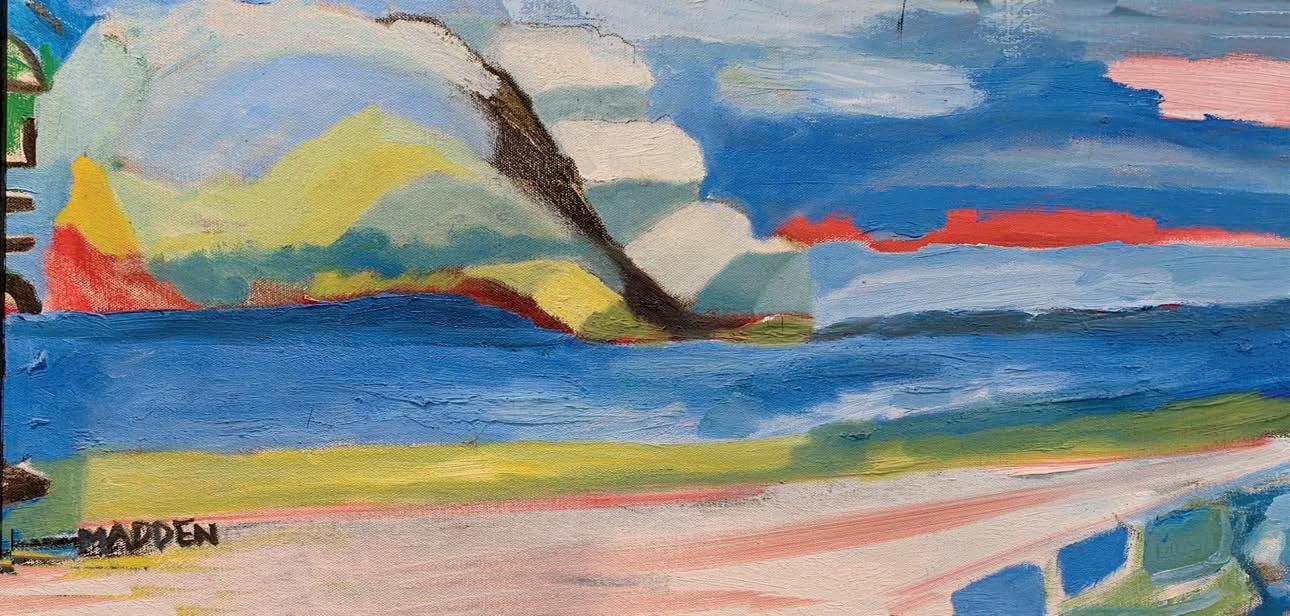
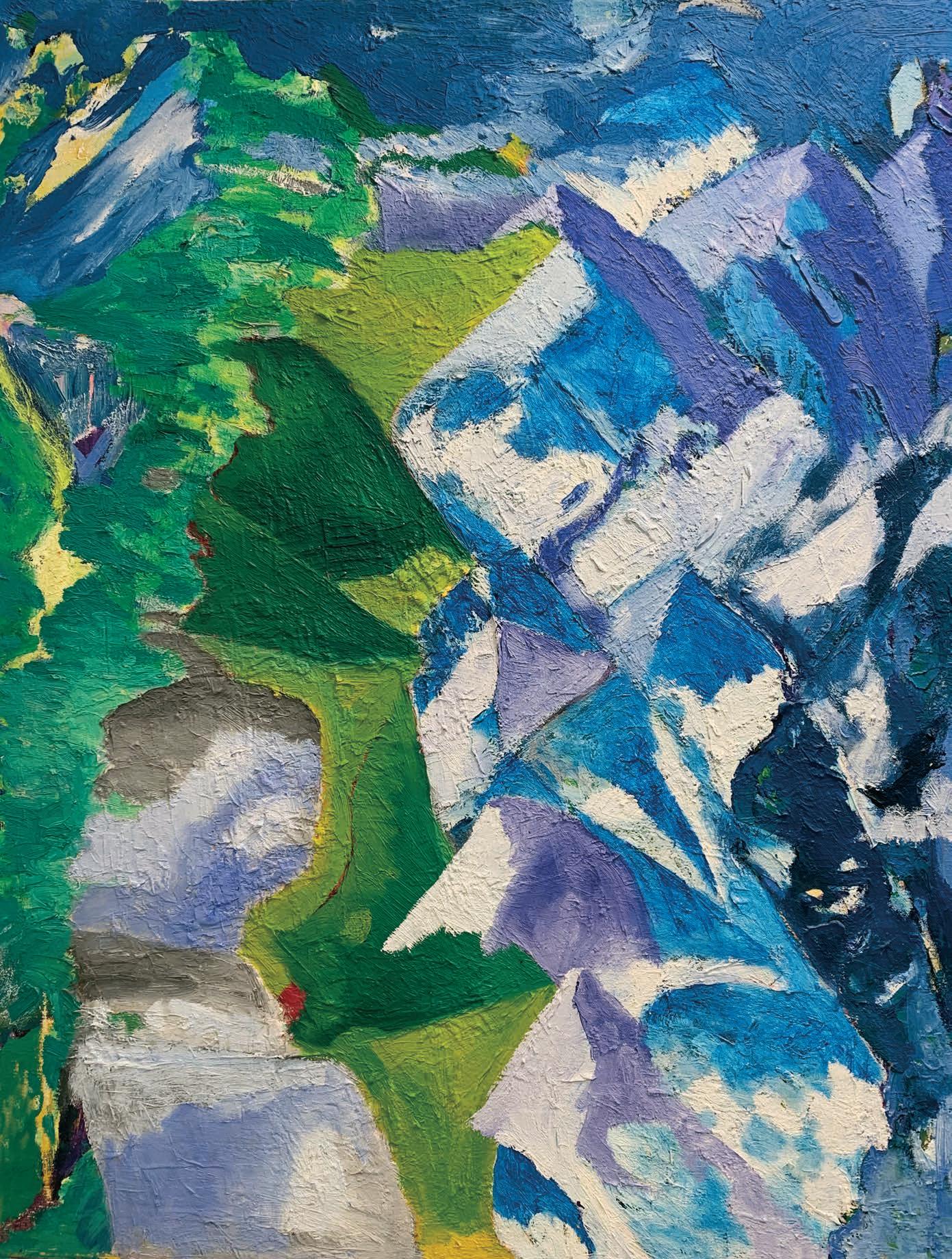
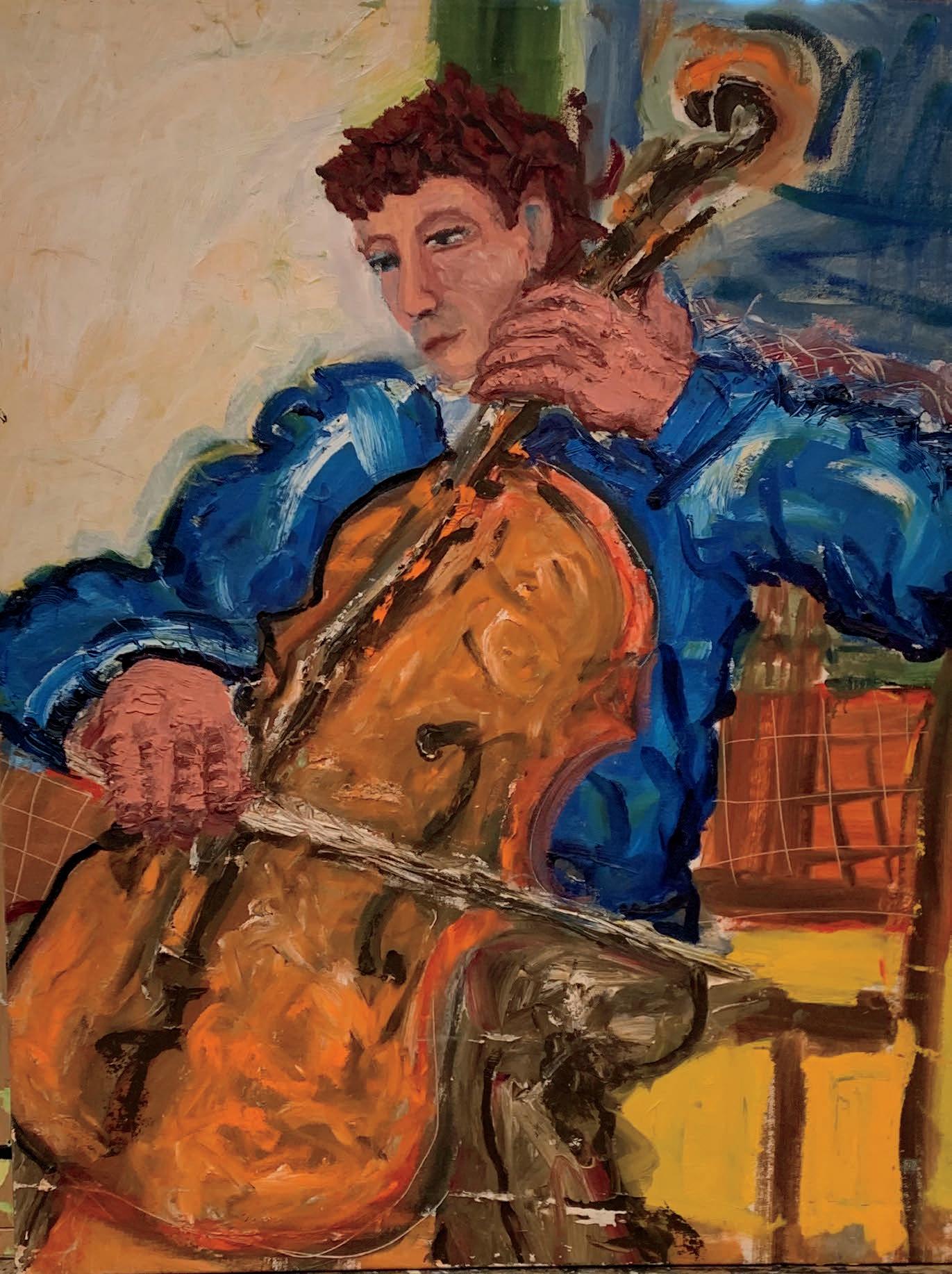
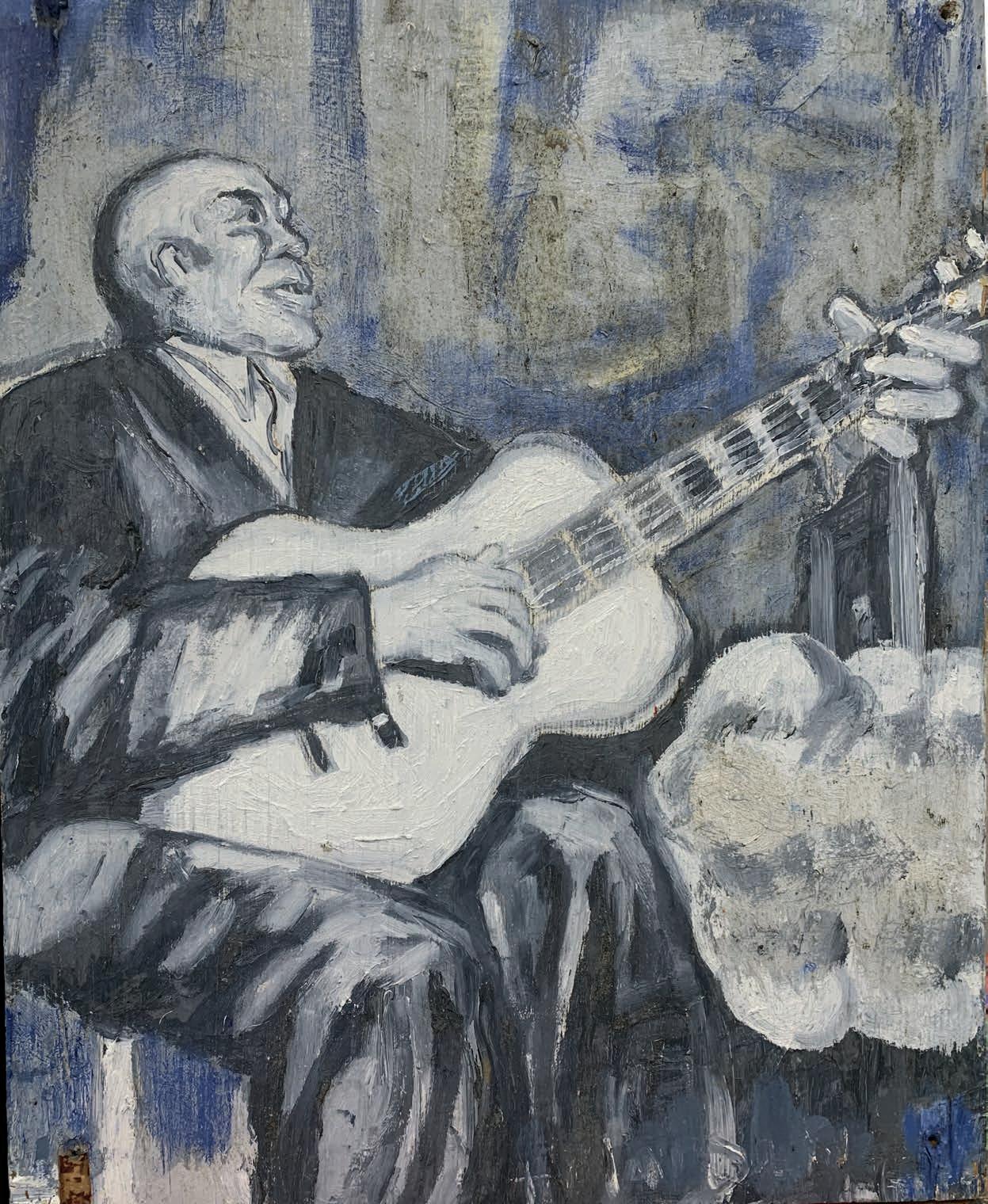
“Guitar for the artist, cello for the patron.”
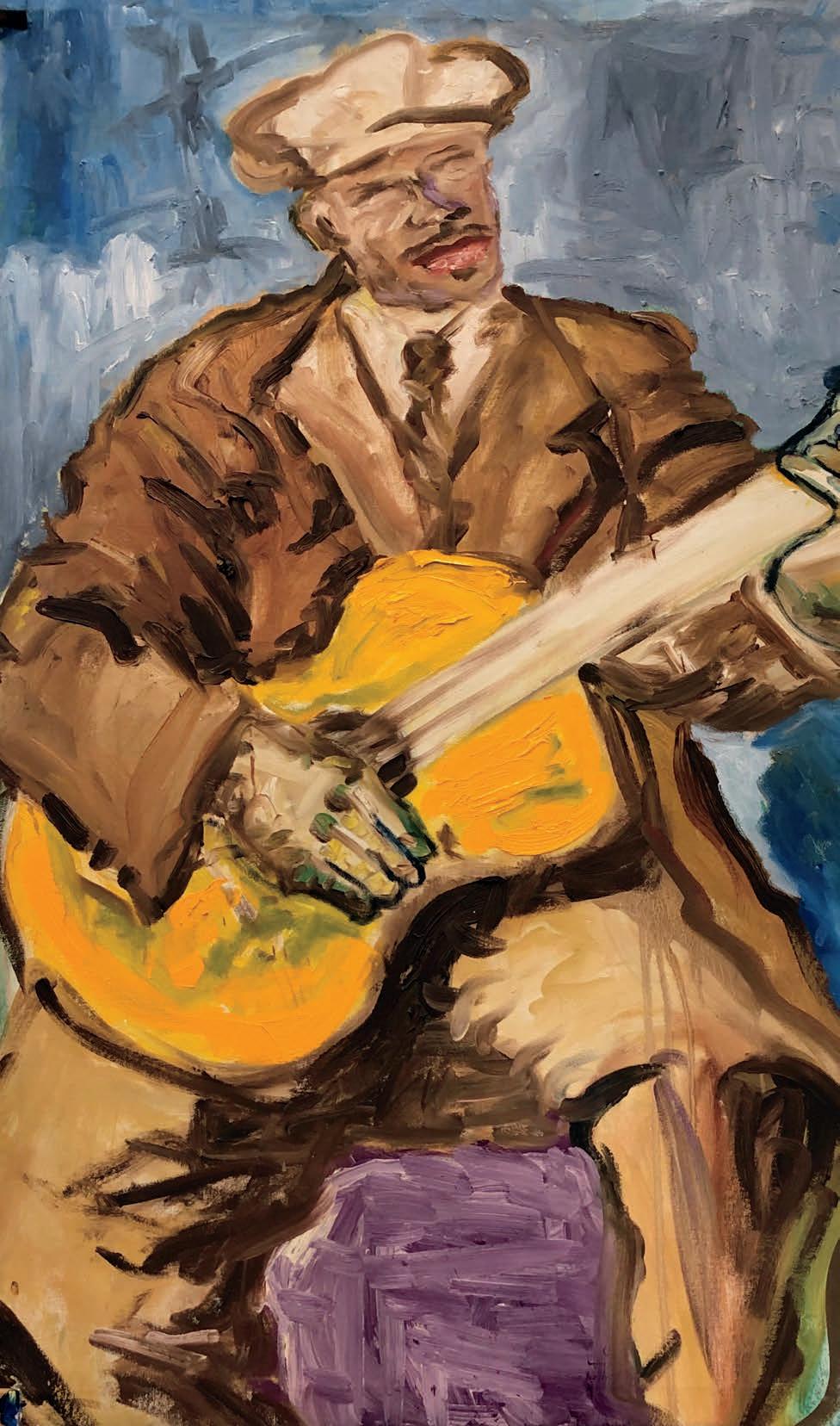
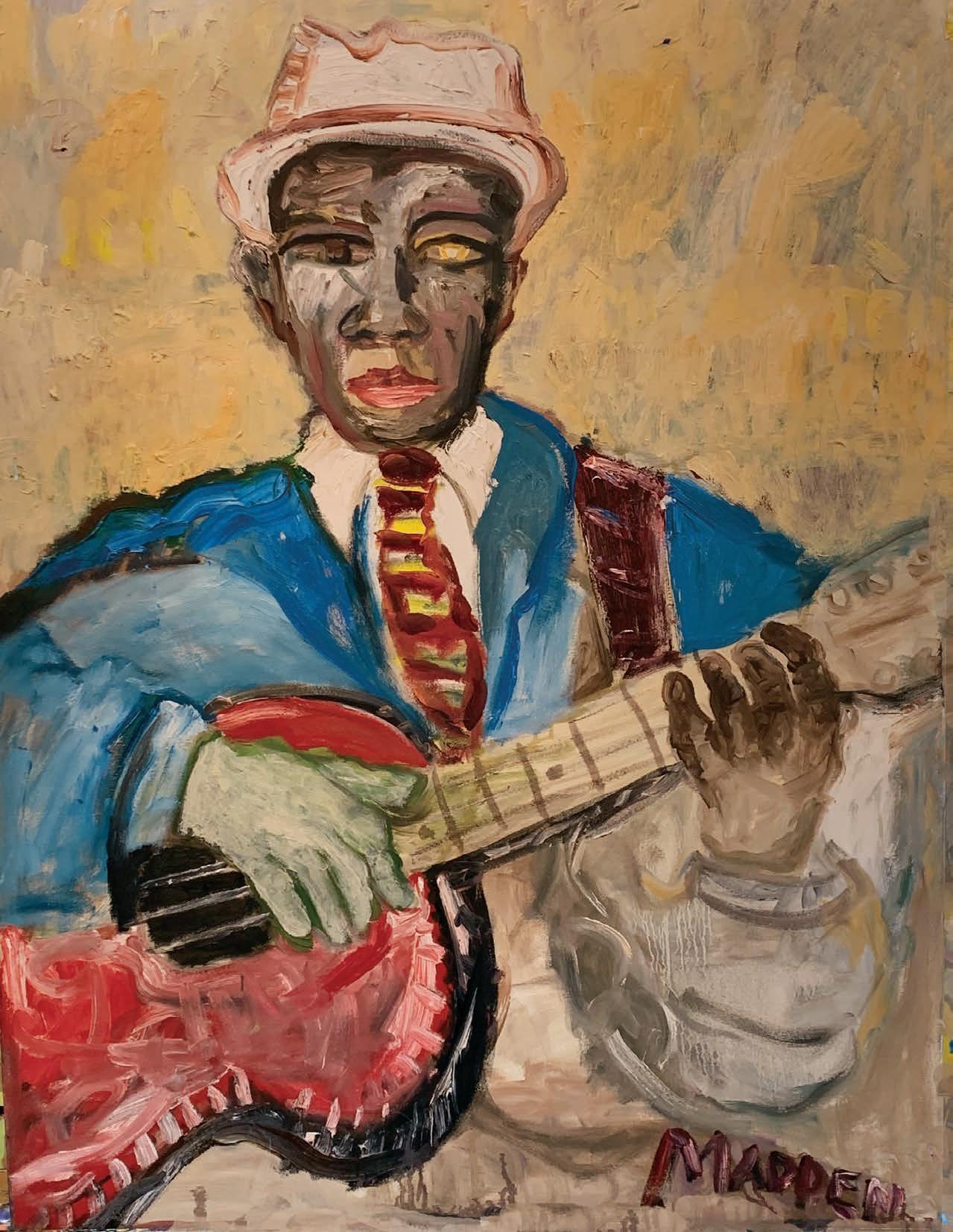
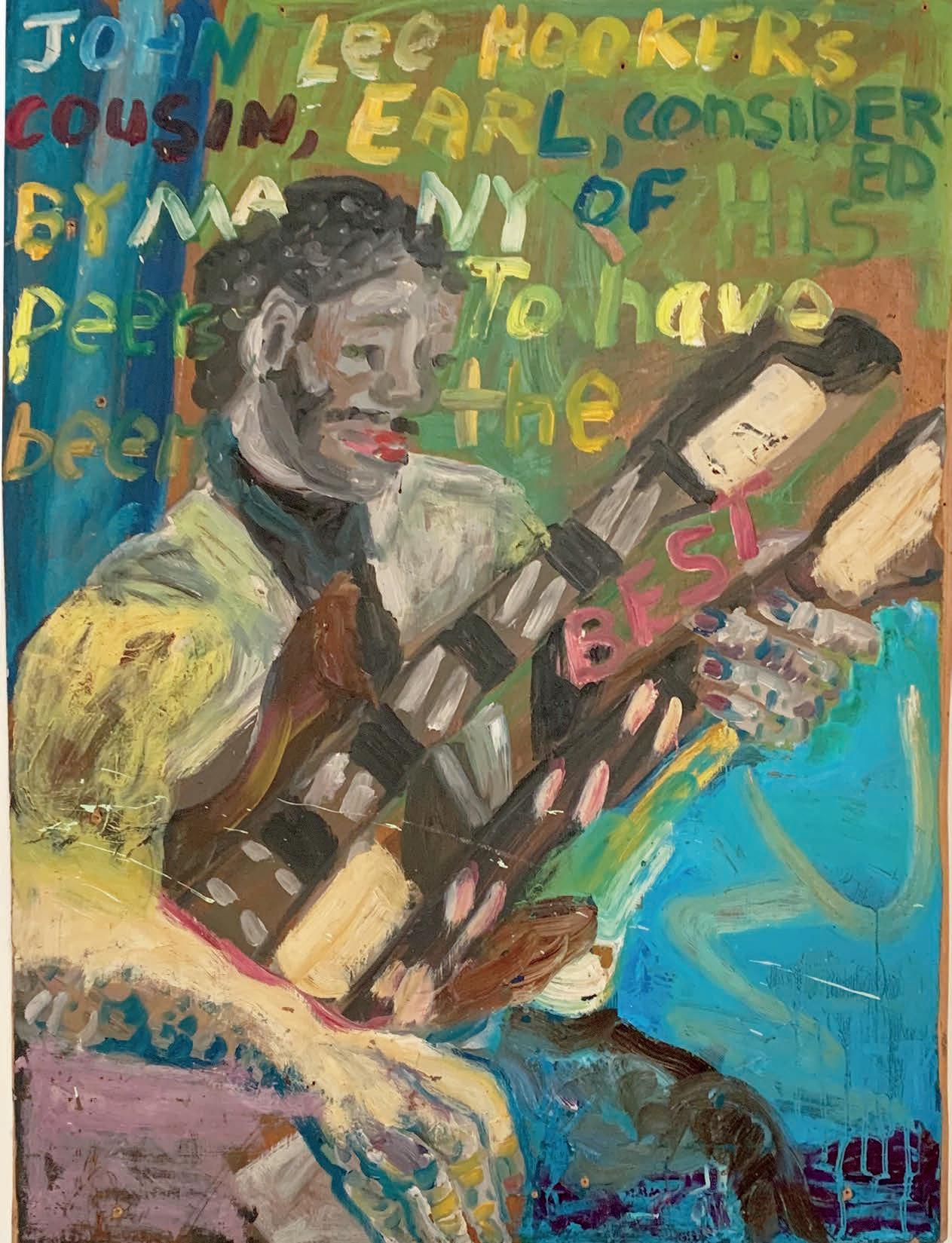

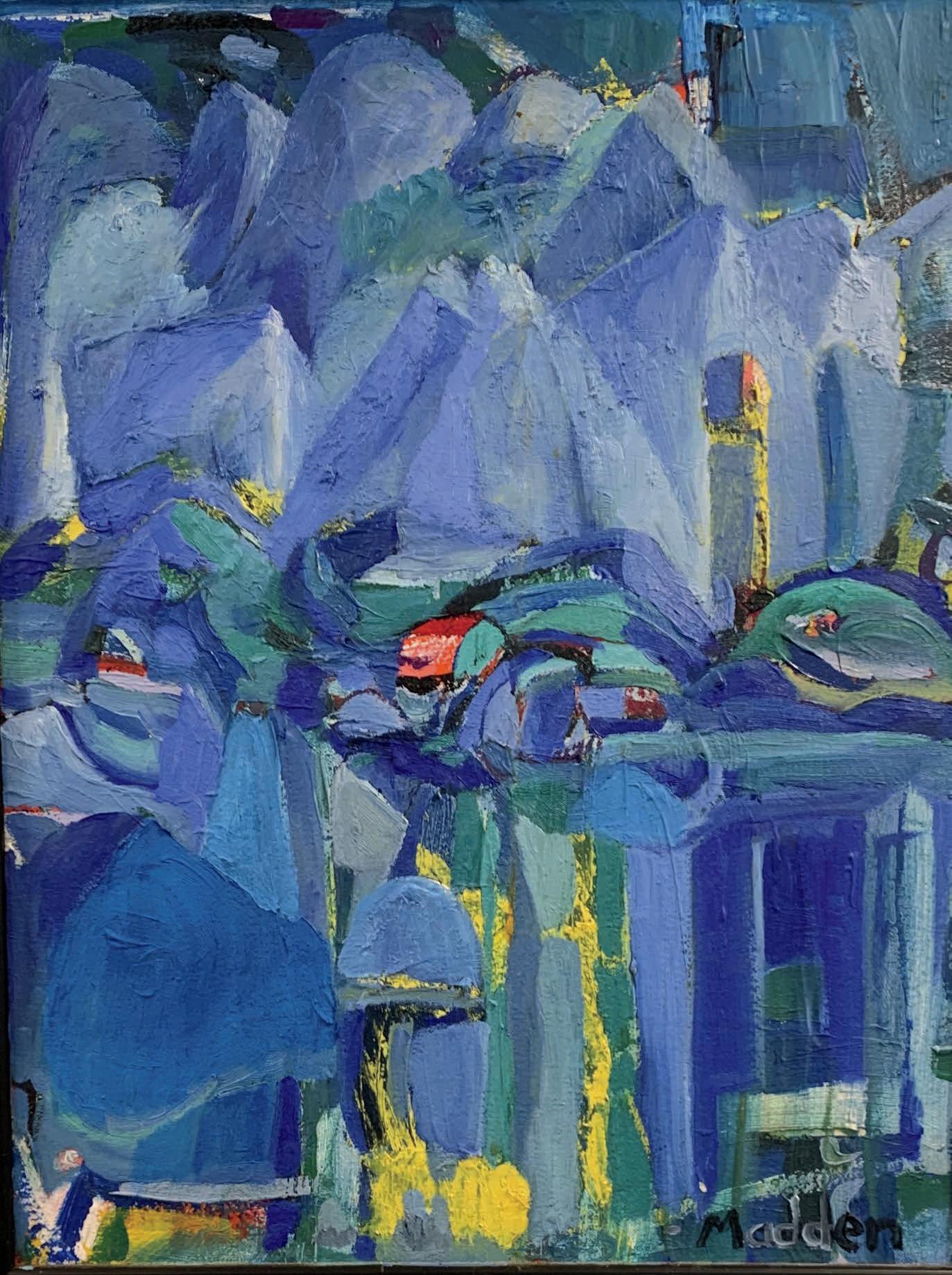
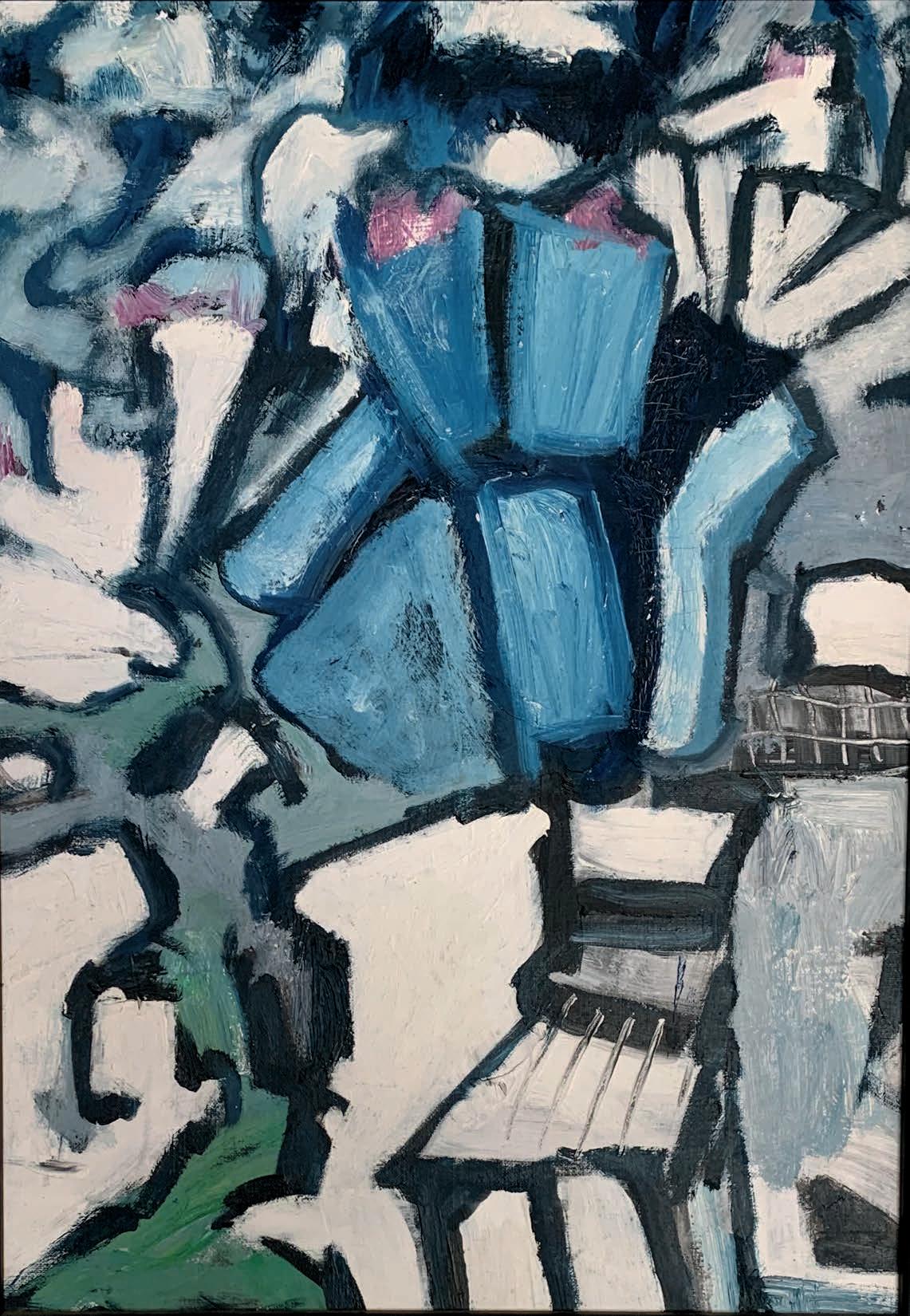
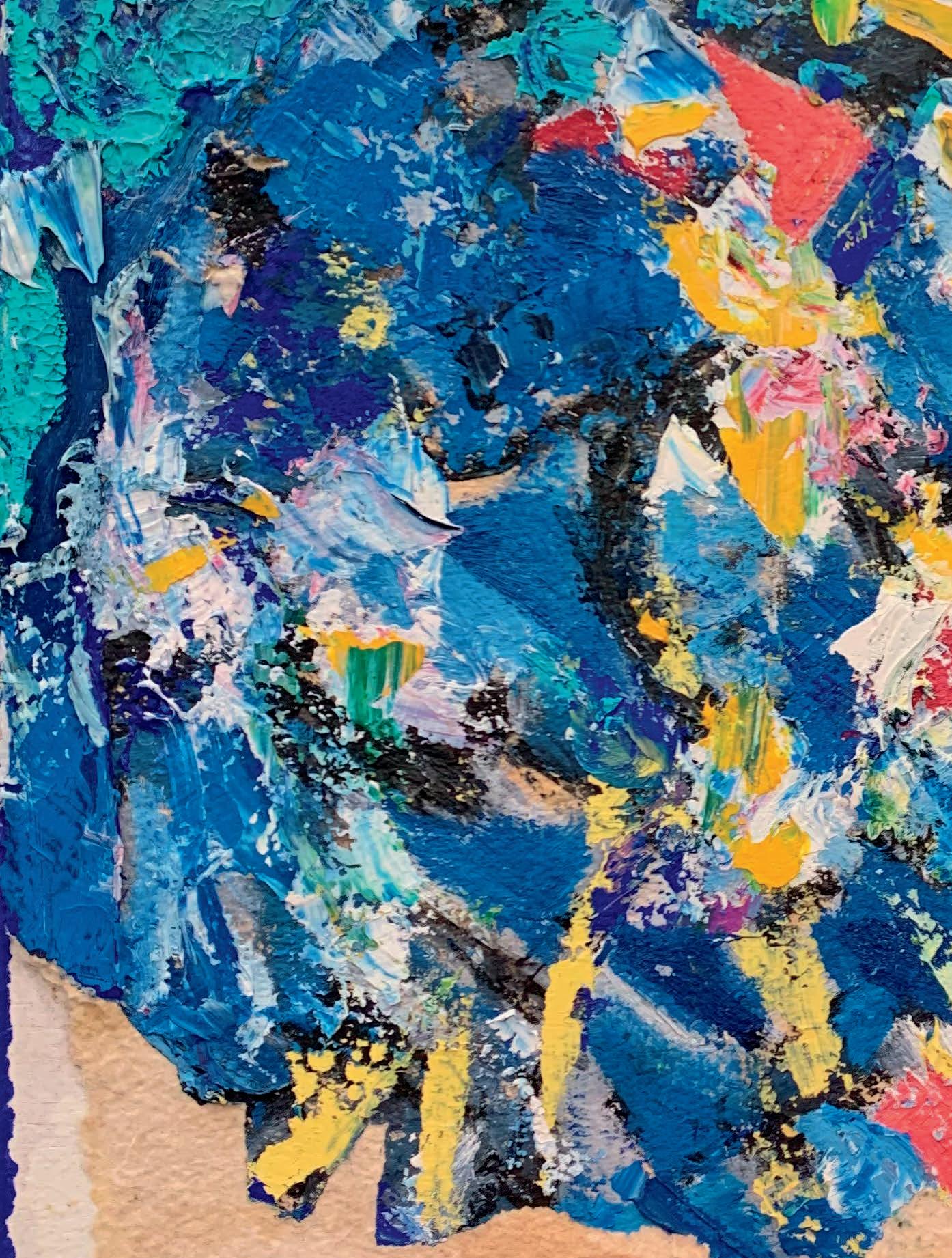
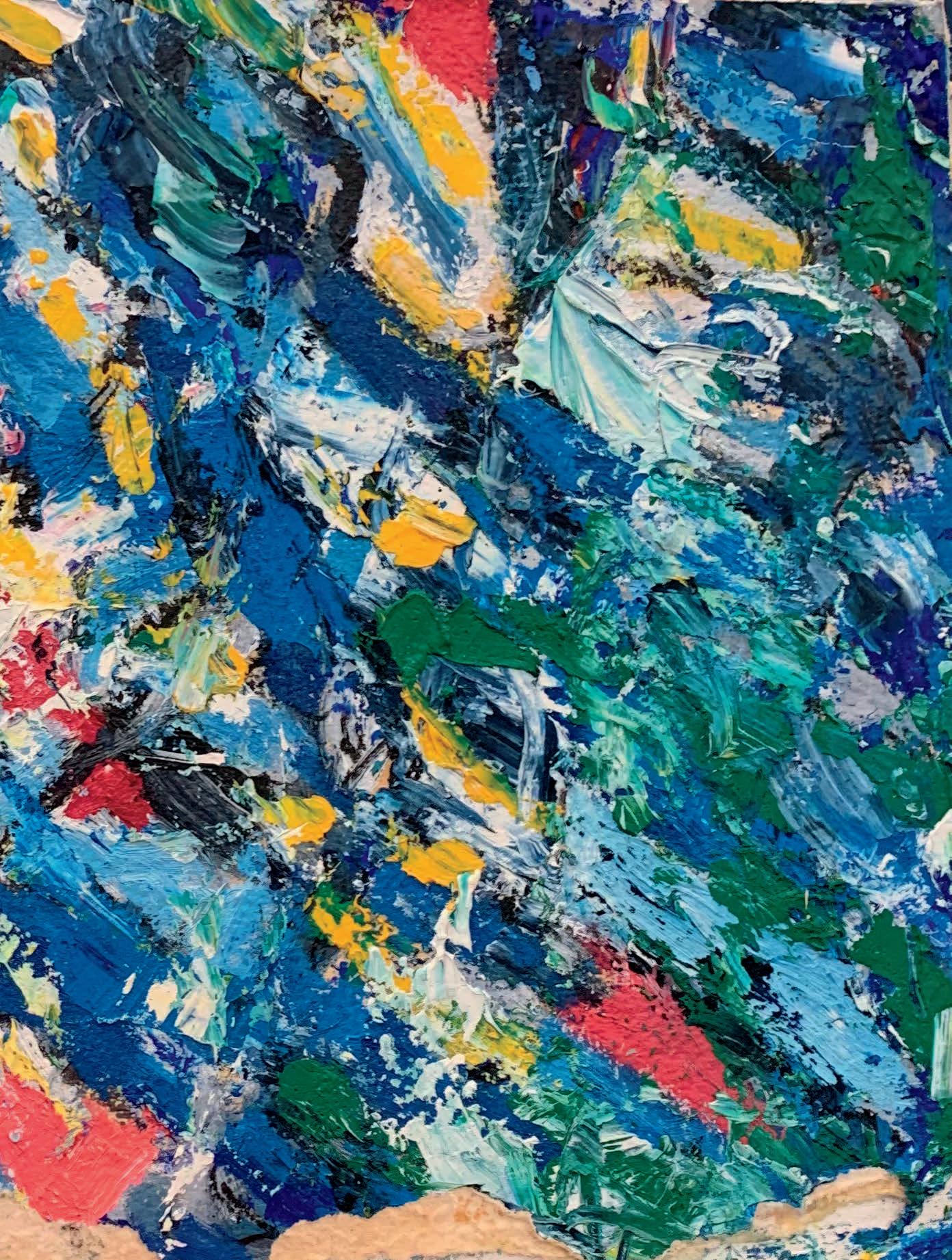
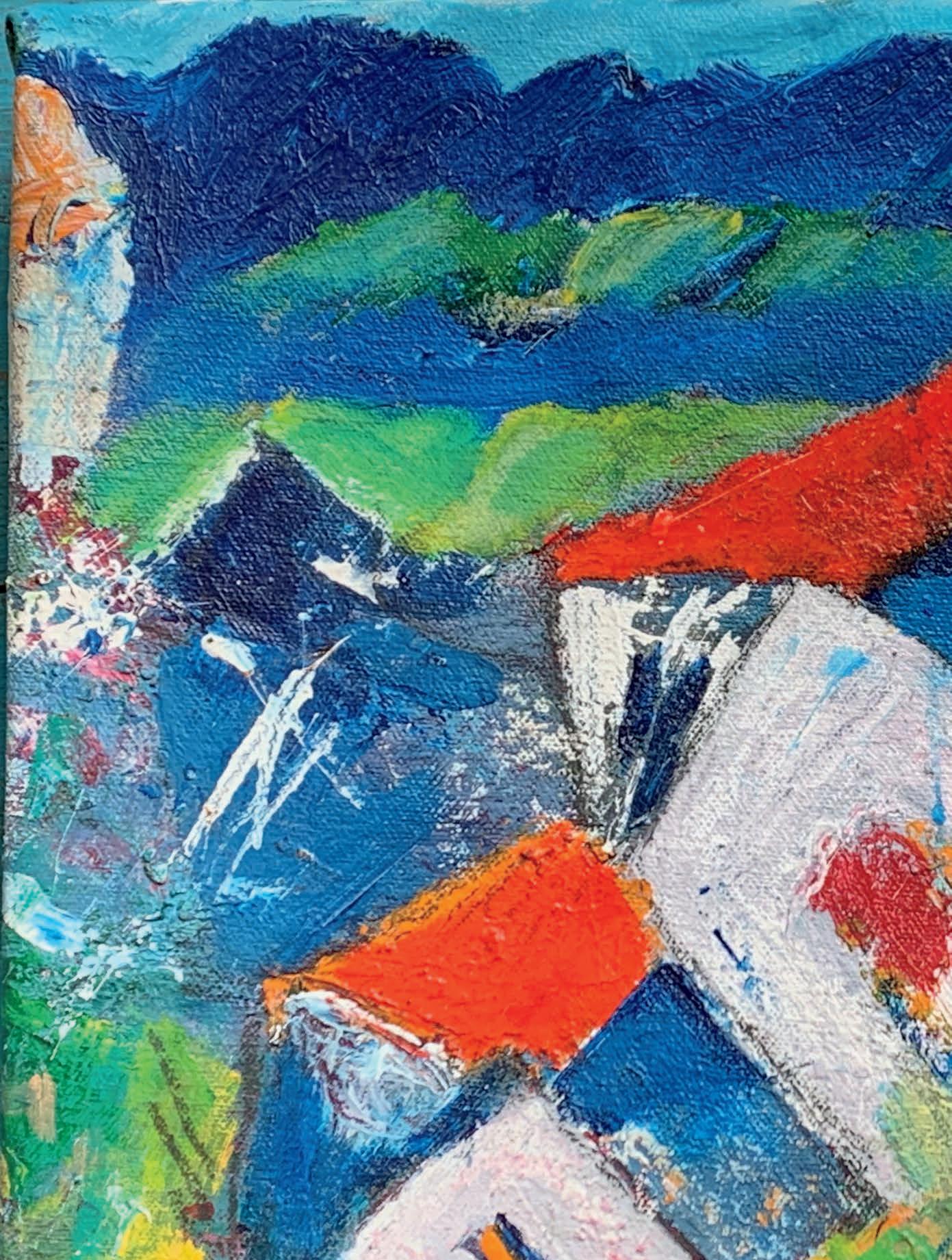
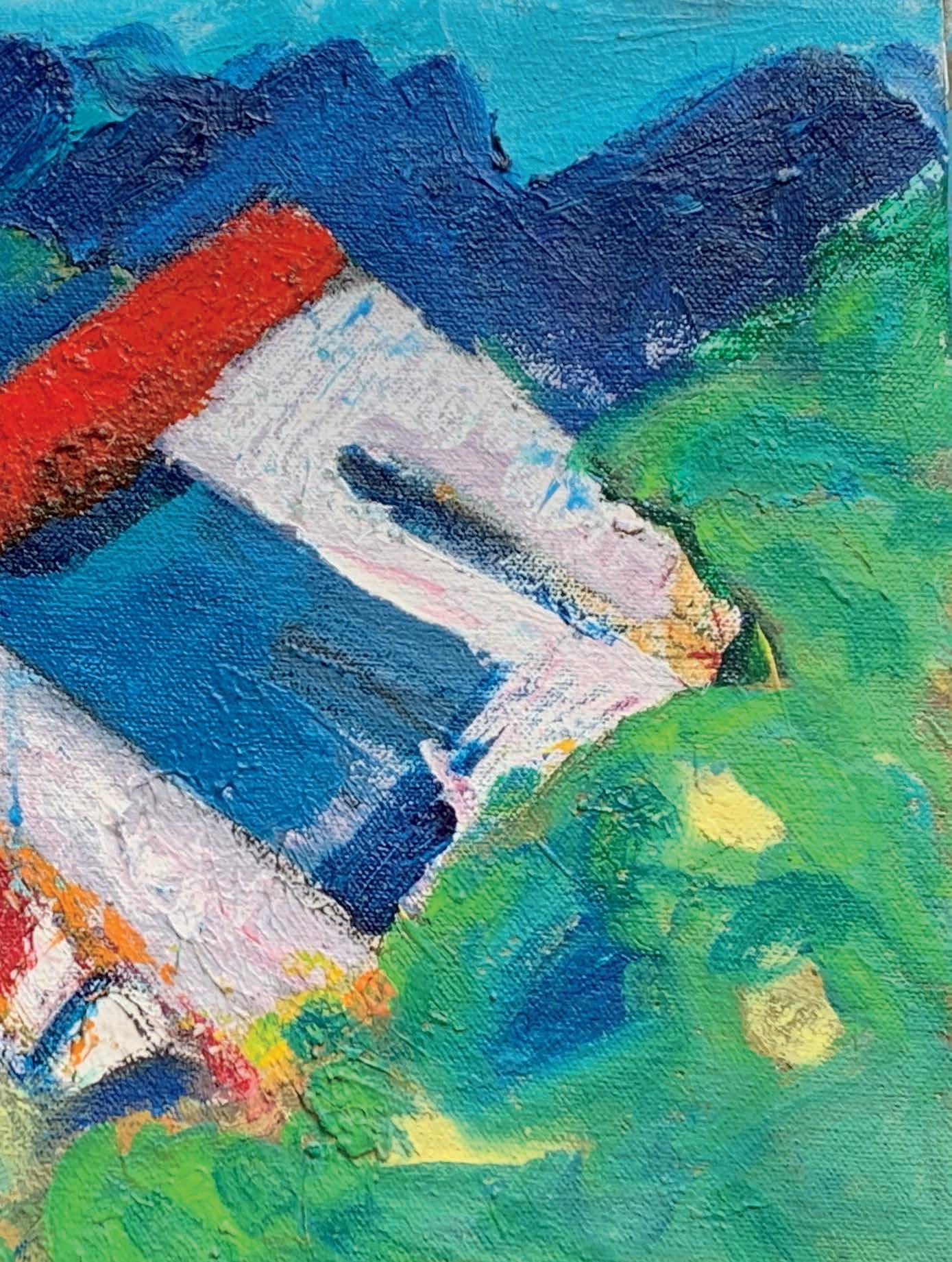
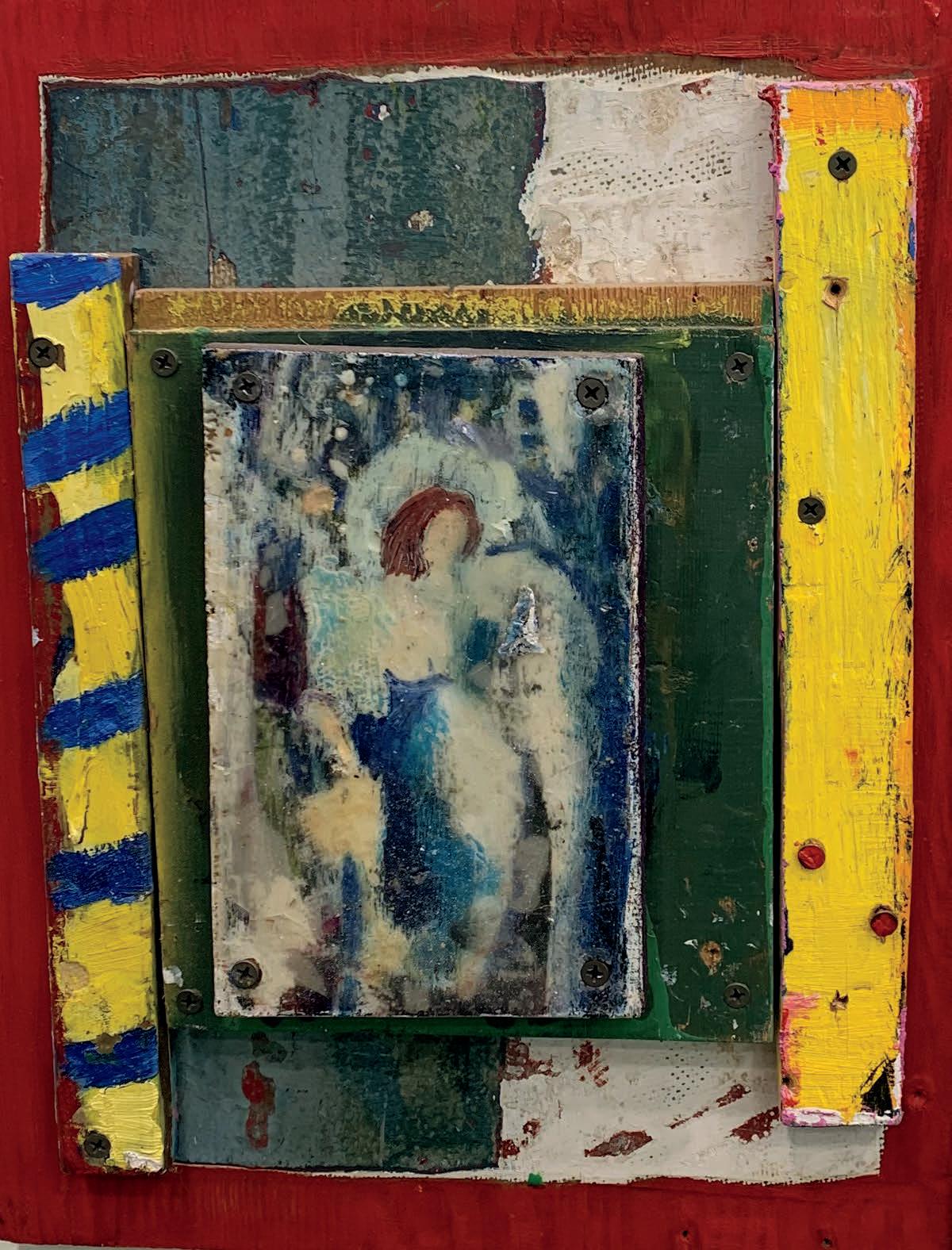
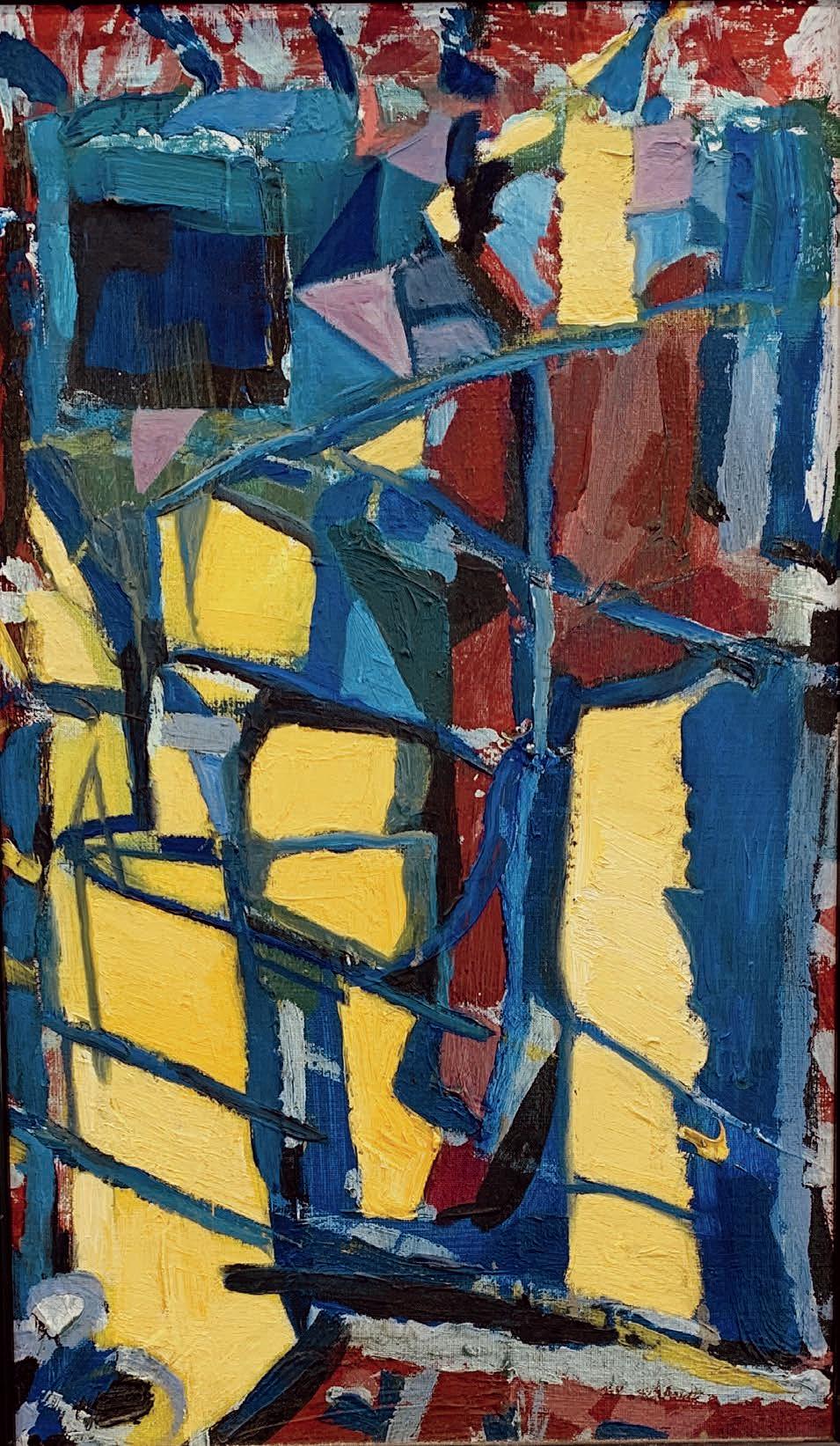
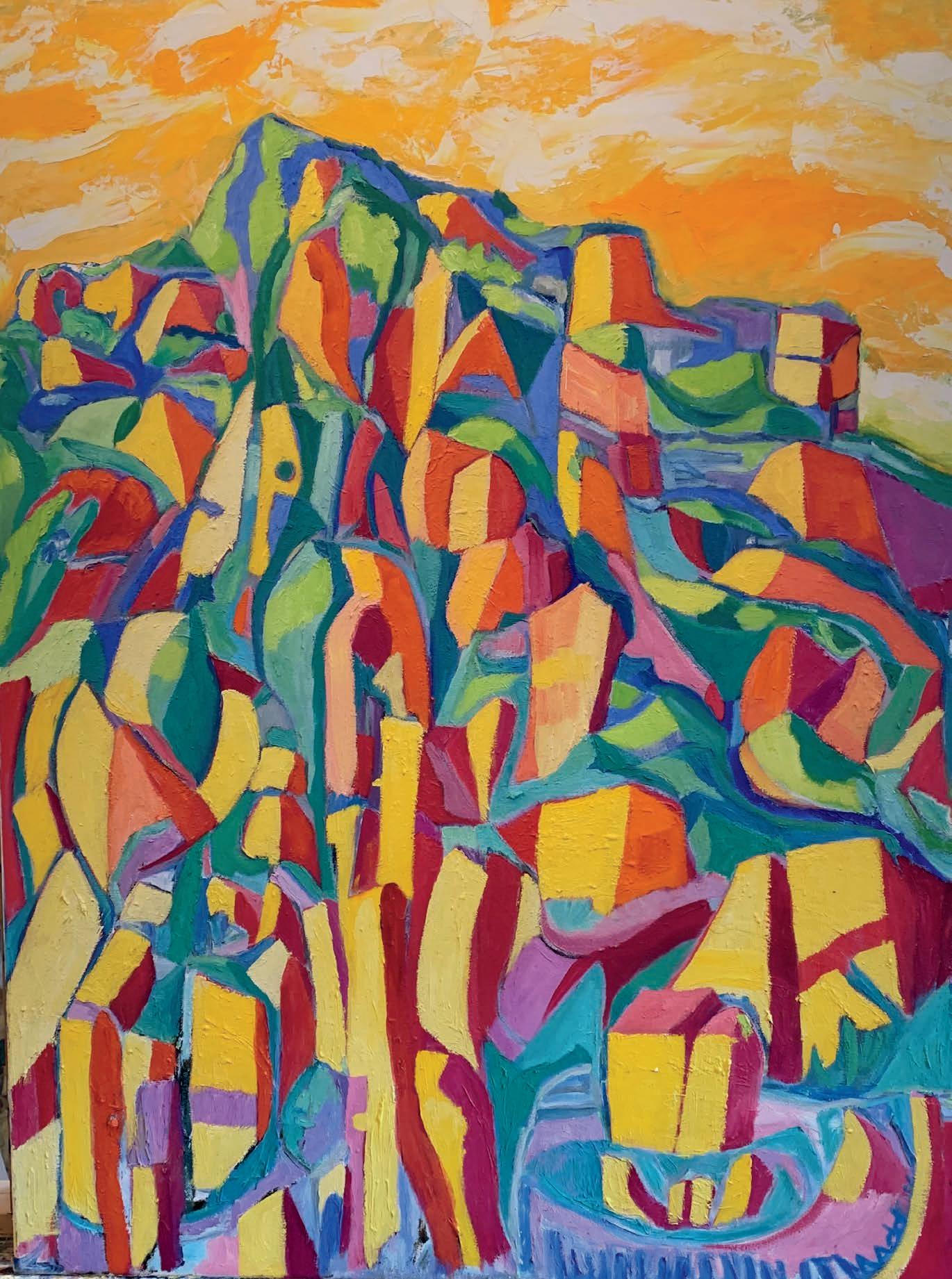
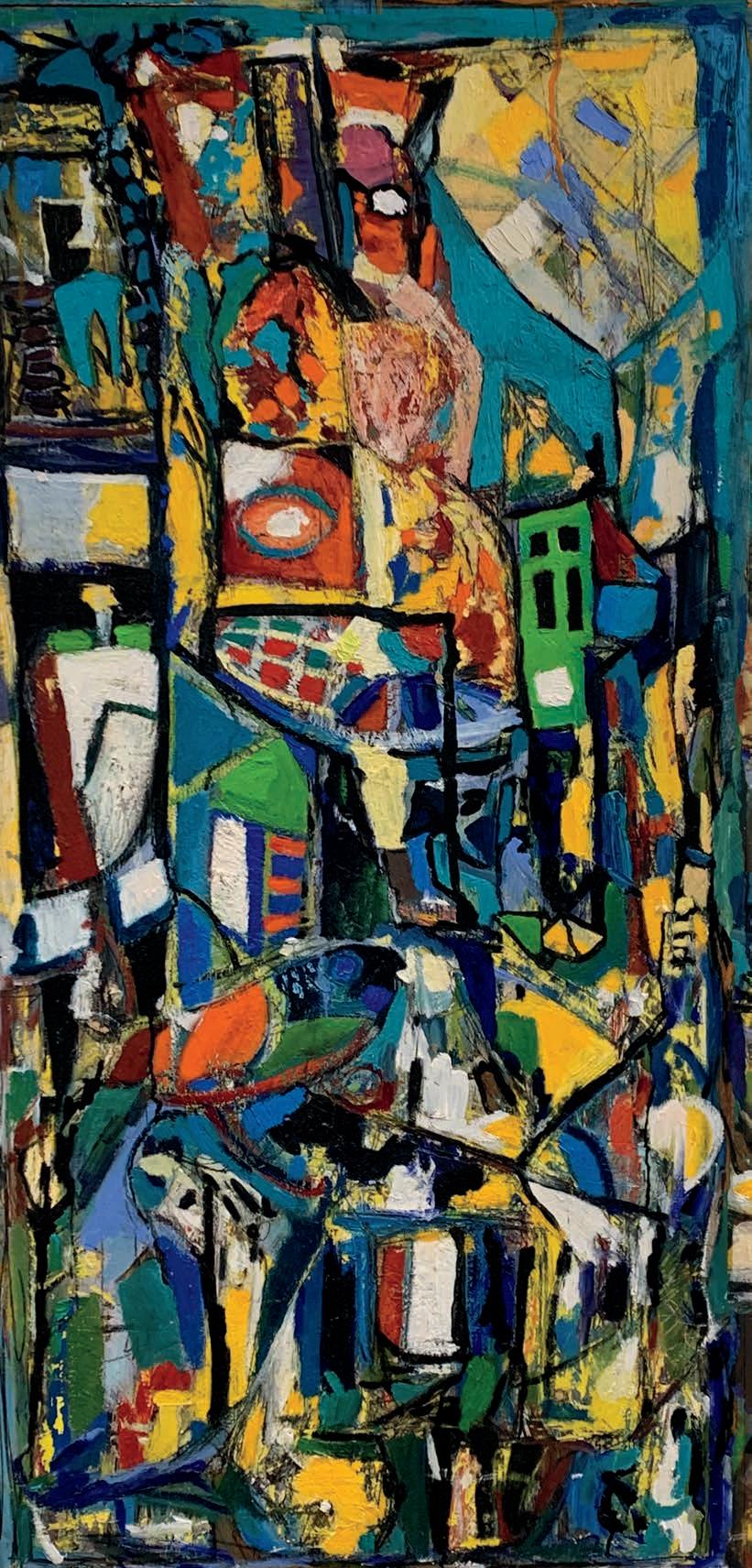
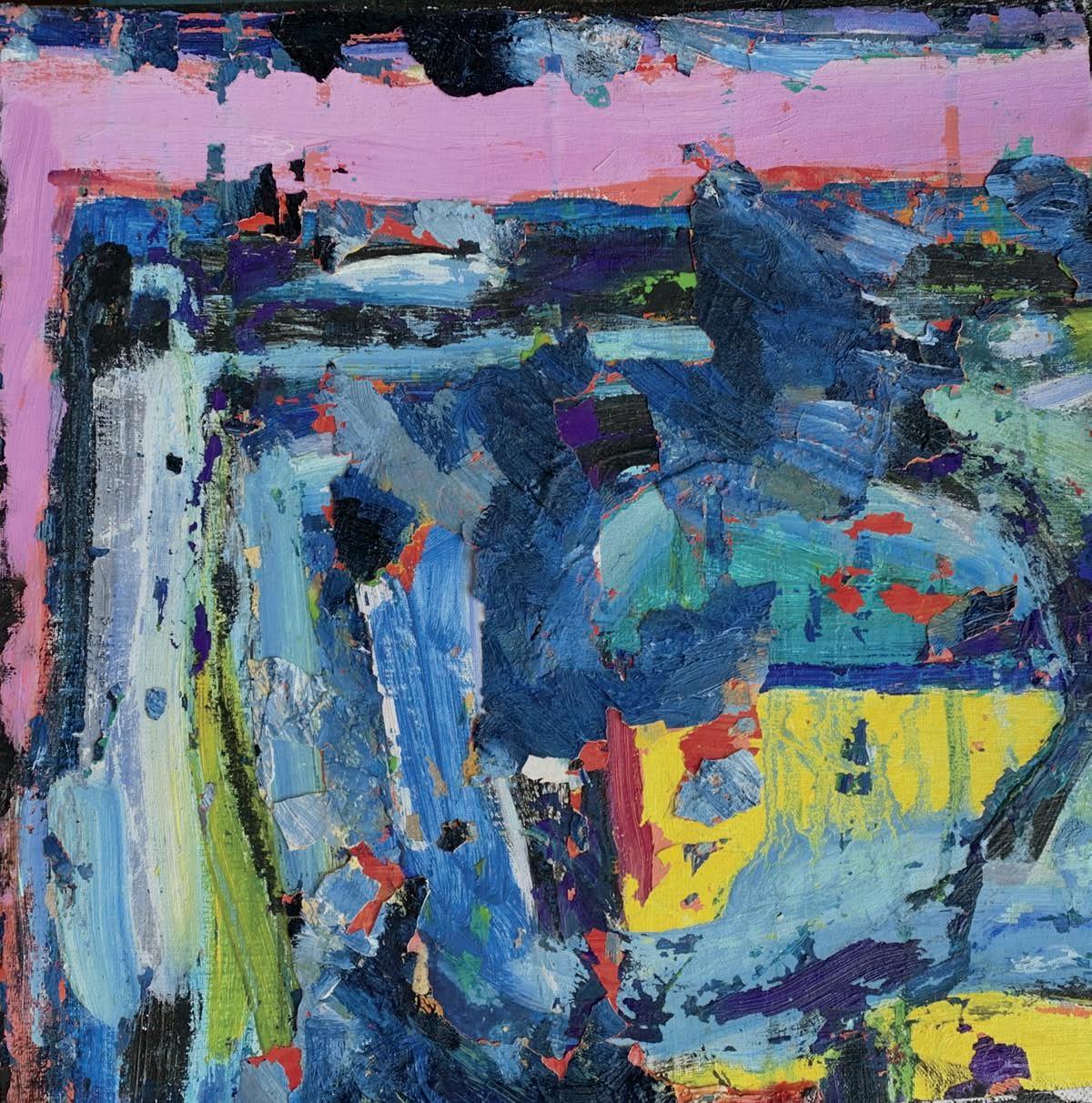
“No amount of skillful invention can replace the essential element of imagination.”
u – Edward Hopper
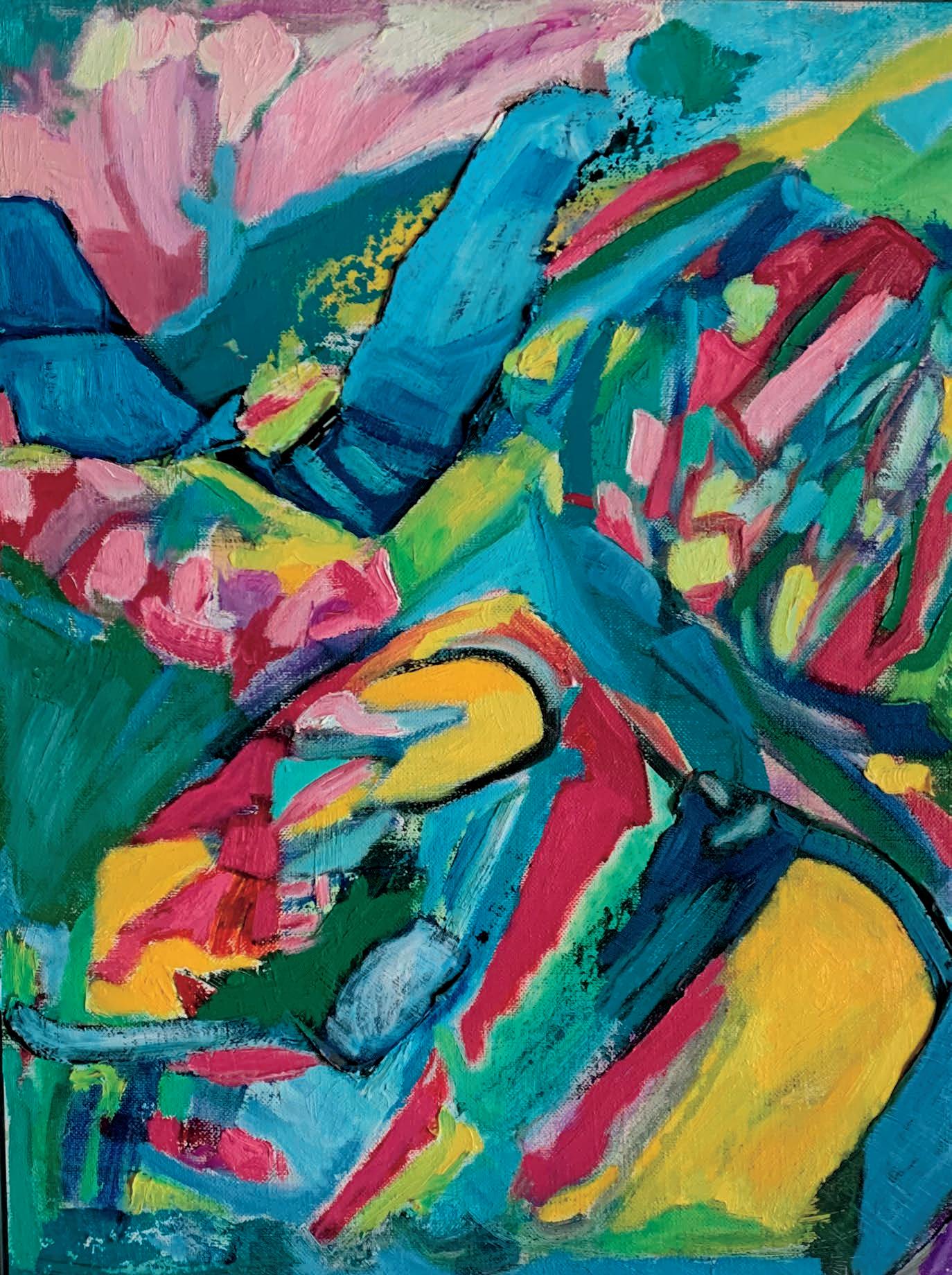
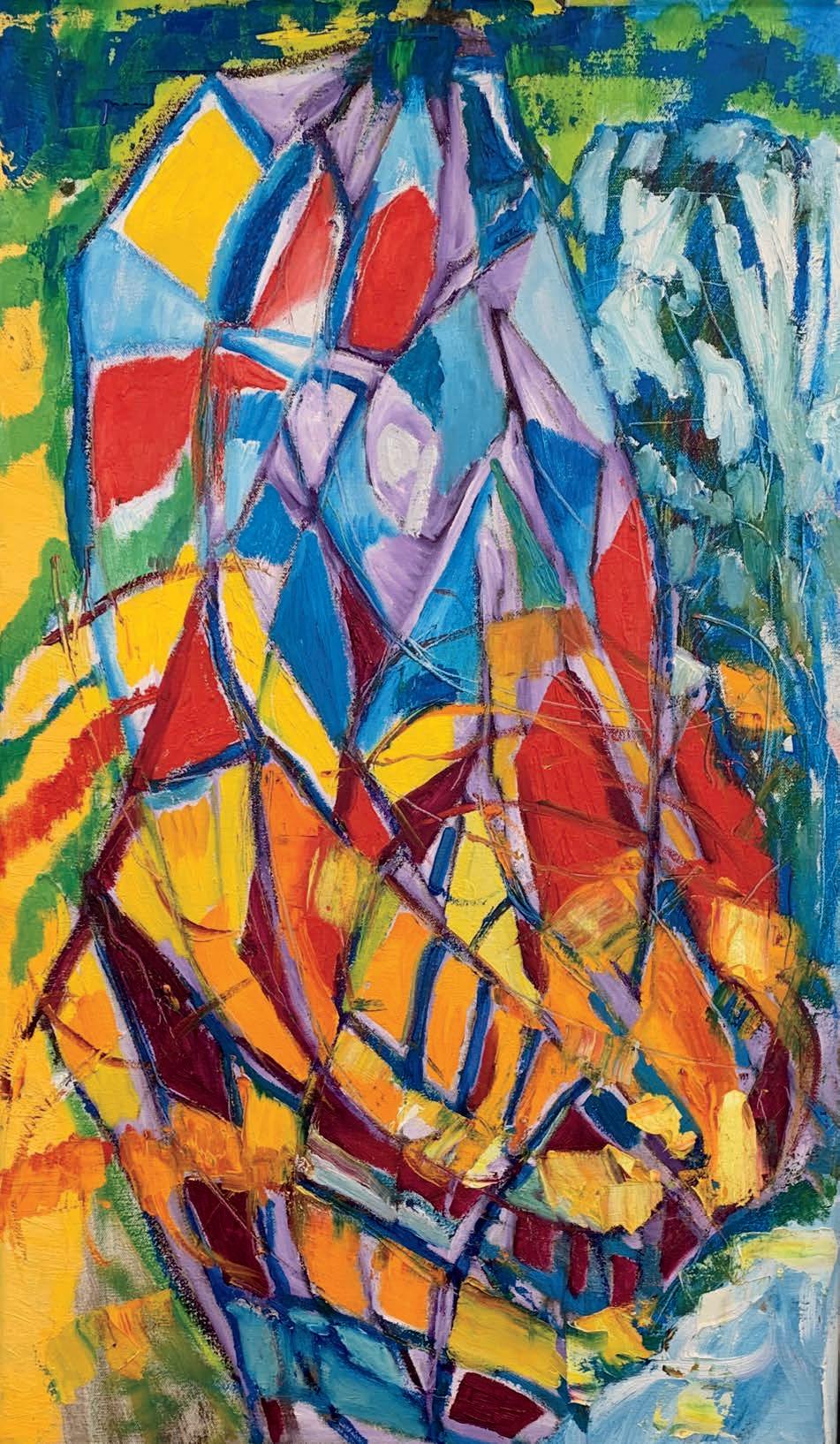

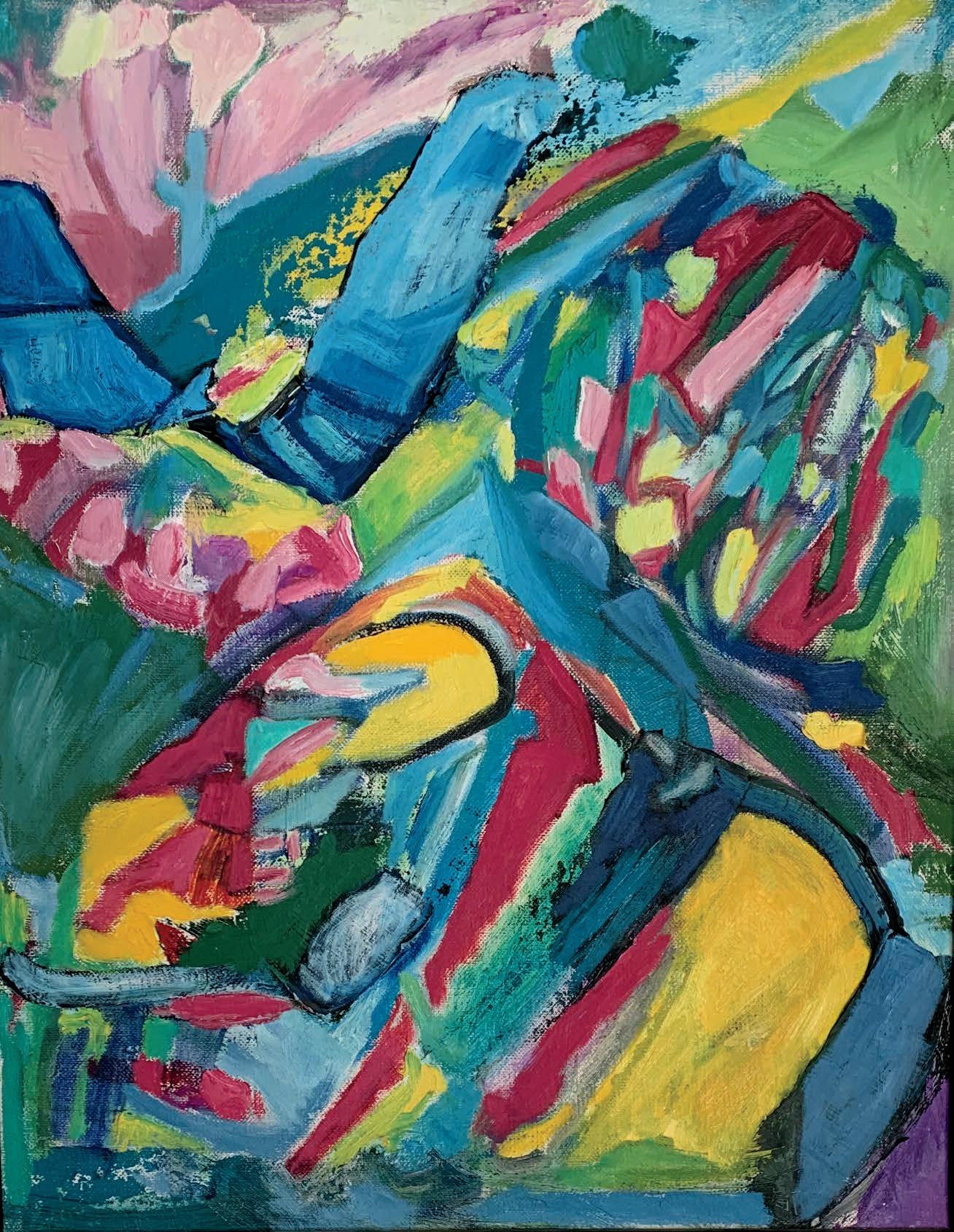
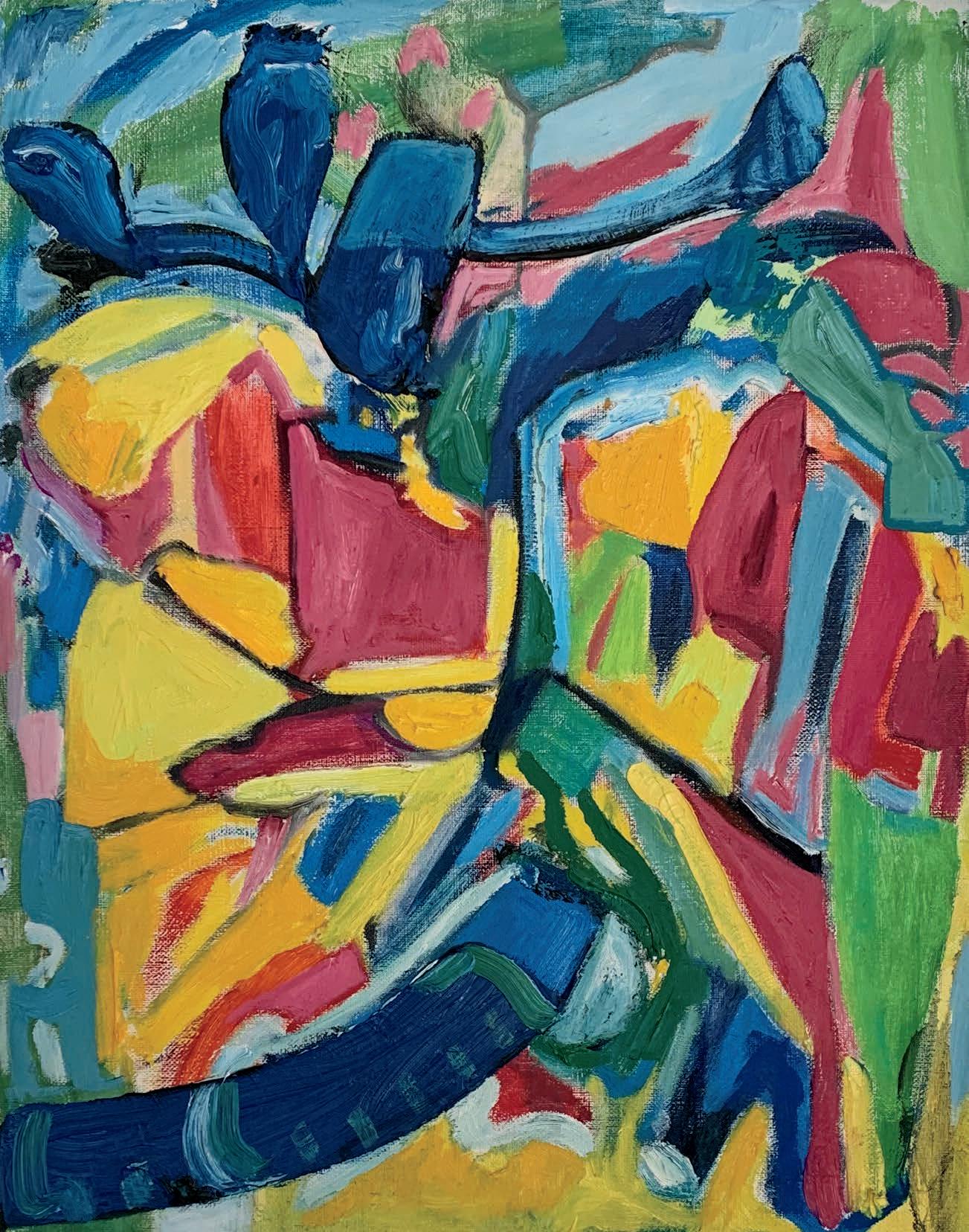
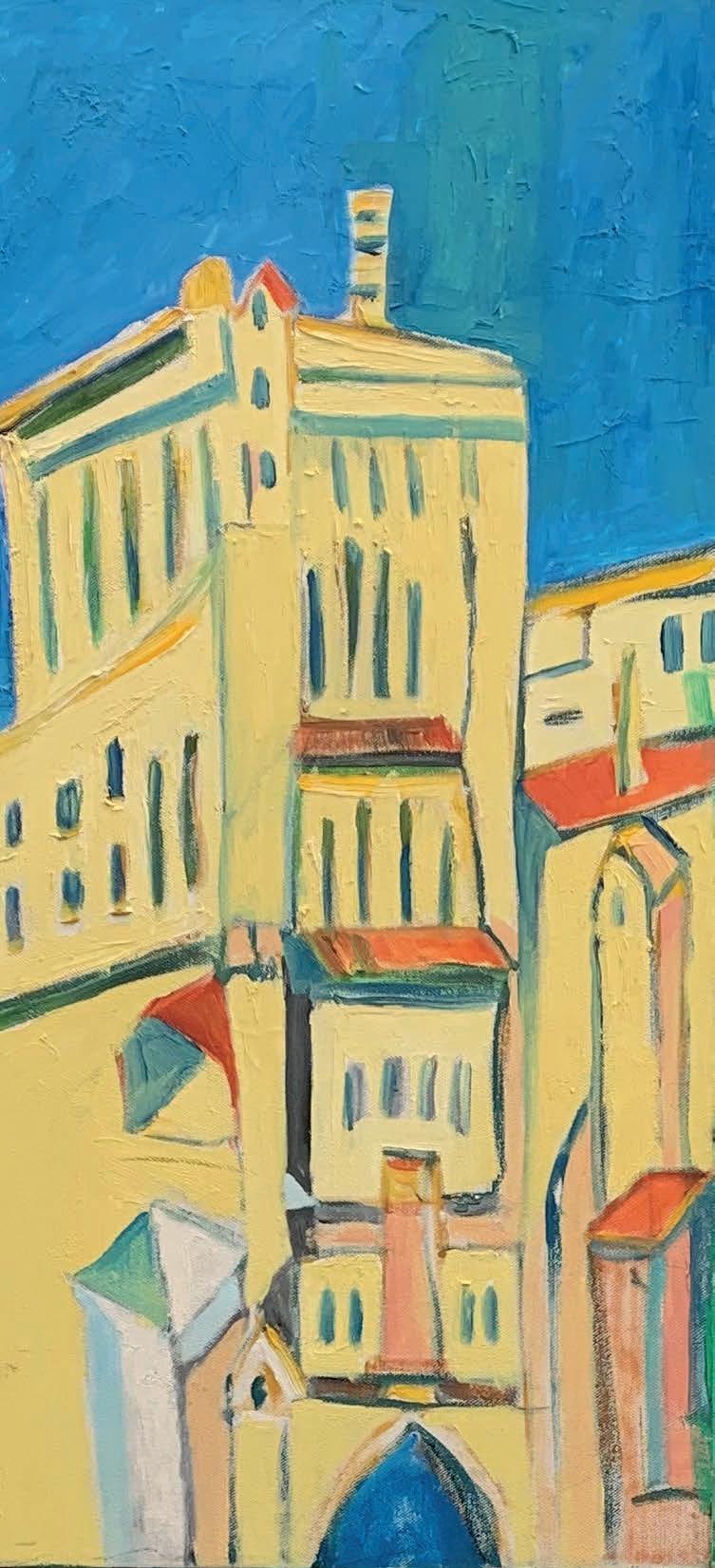
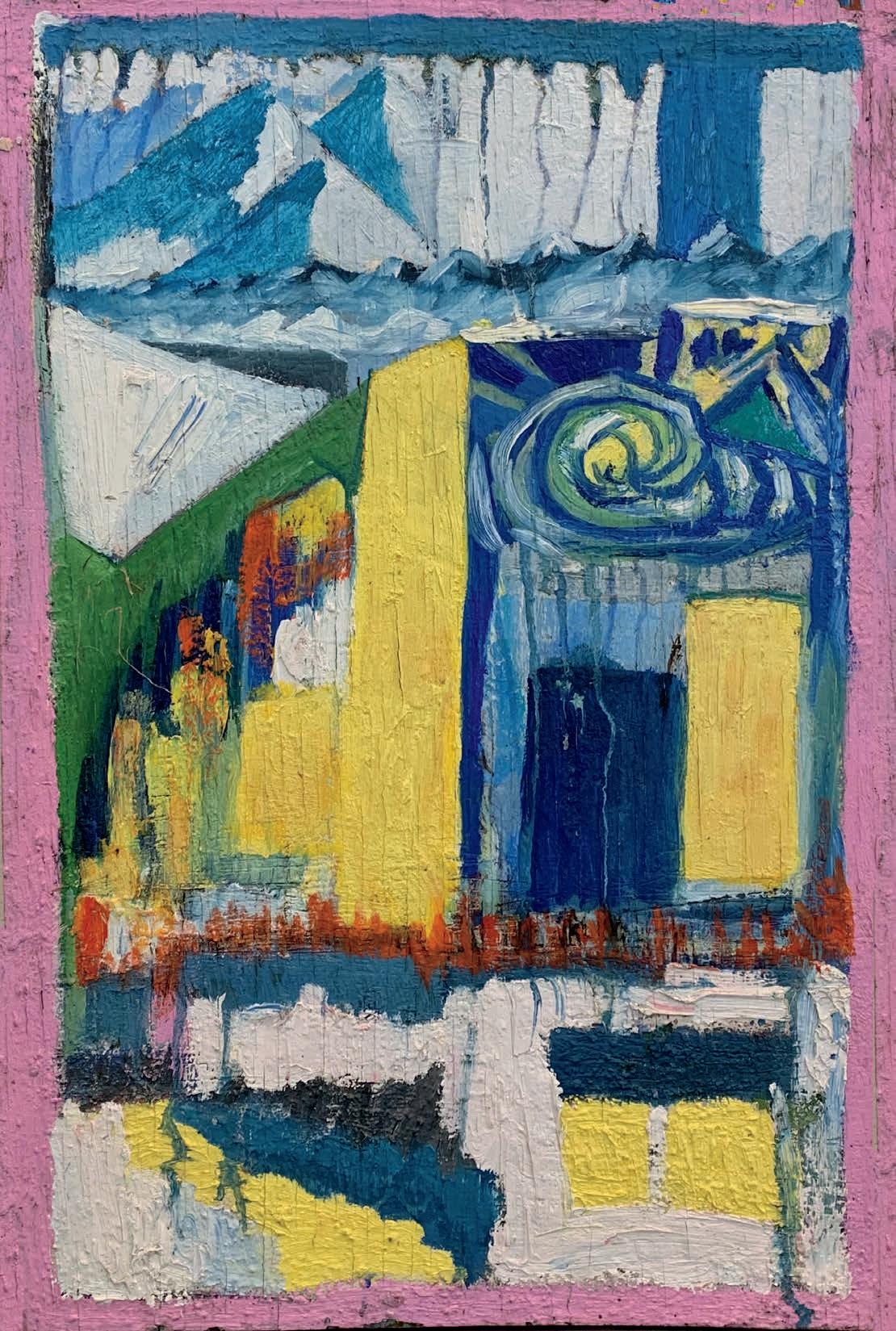
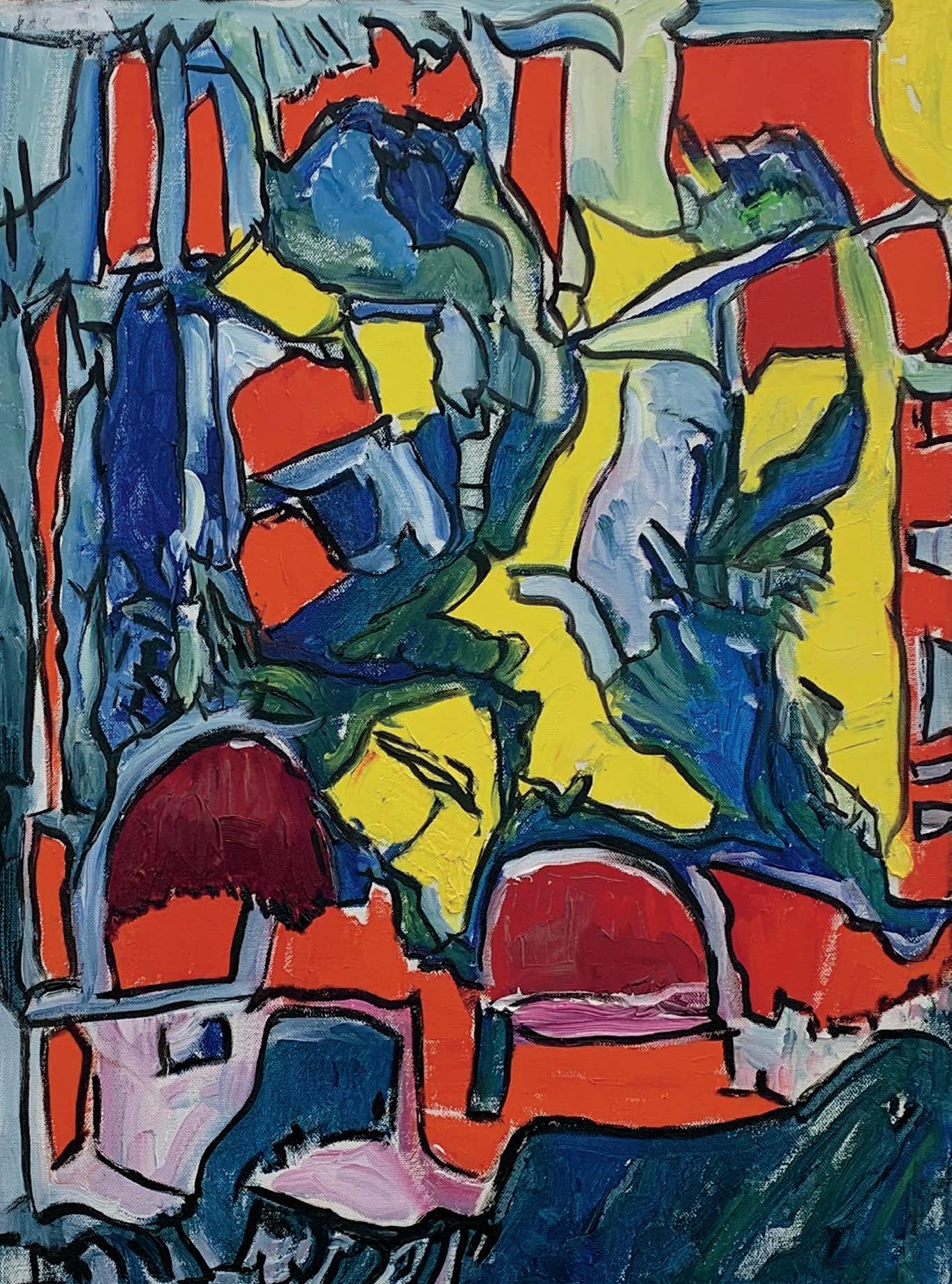
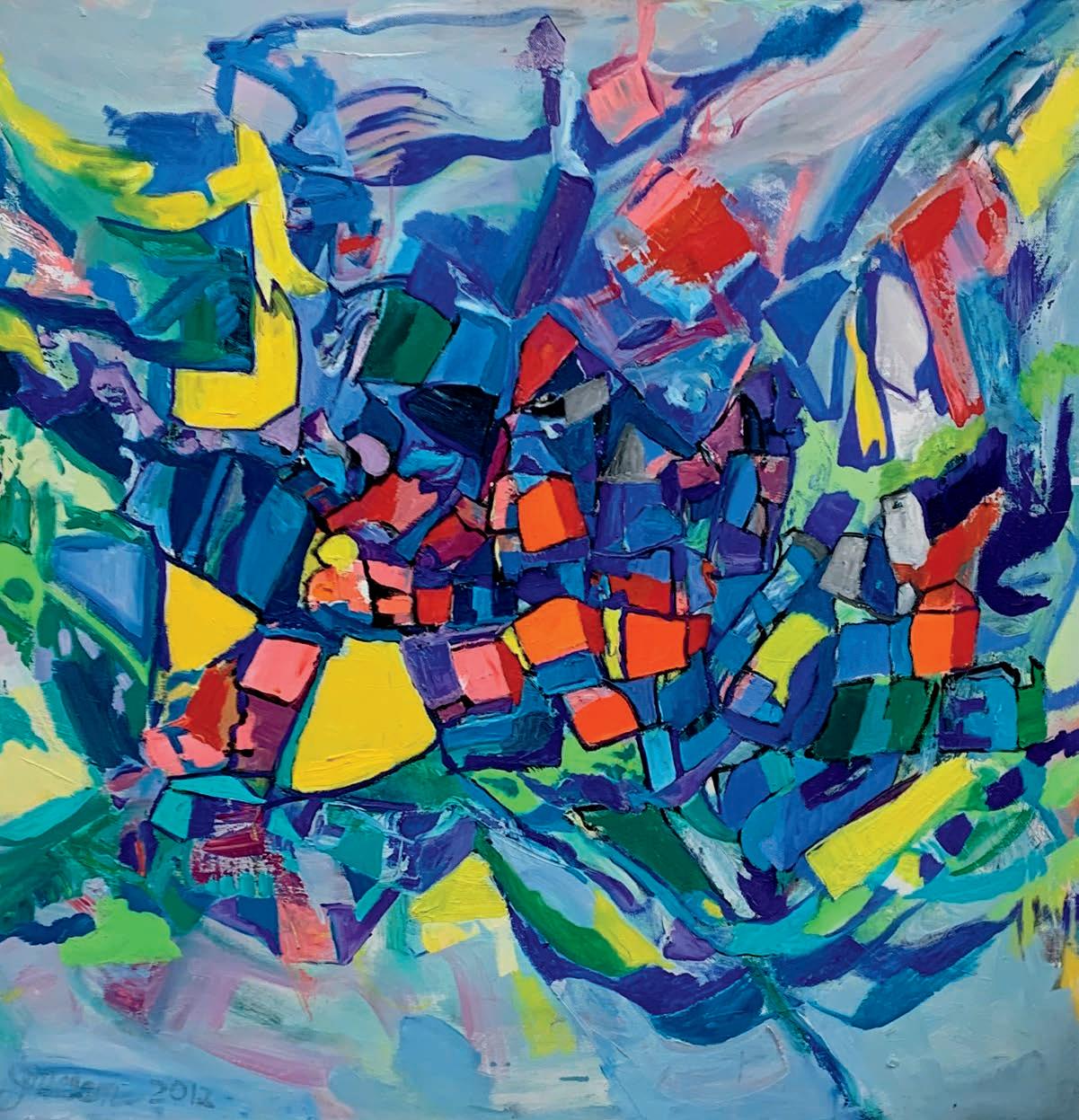
Cubism: An early 20th-century style and movement in art, especially painting, in which perspective with a single viewpoint was abandoned and use was made of simple geometric shapes, interlocking planes, and, later, collage.
Maddenism: Grand Son of Cubism. Madden creates his own revolutionary approach to representing reality as did Picasso and Braque who brought different views of subjects together in the same picture, resulting in paintings that appear fragmented and abstracted.
u

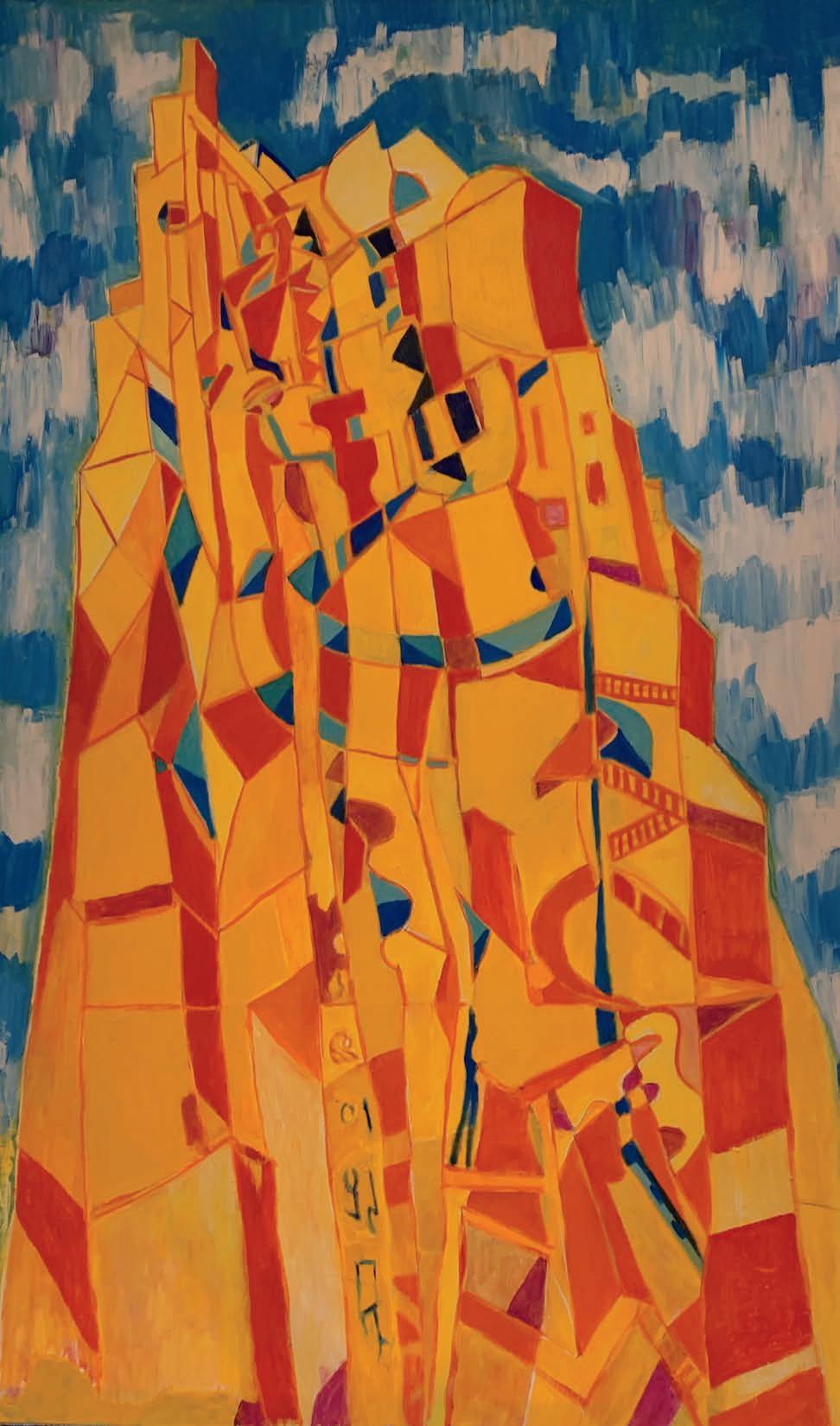
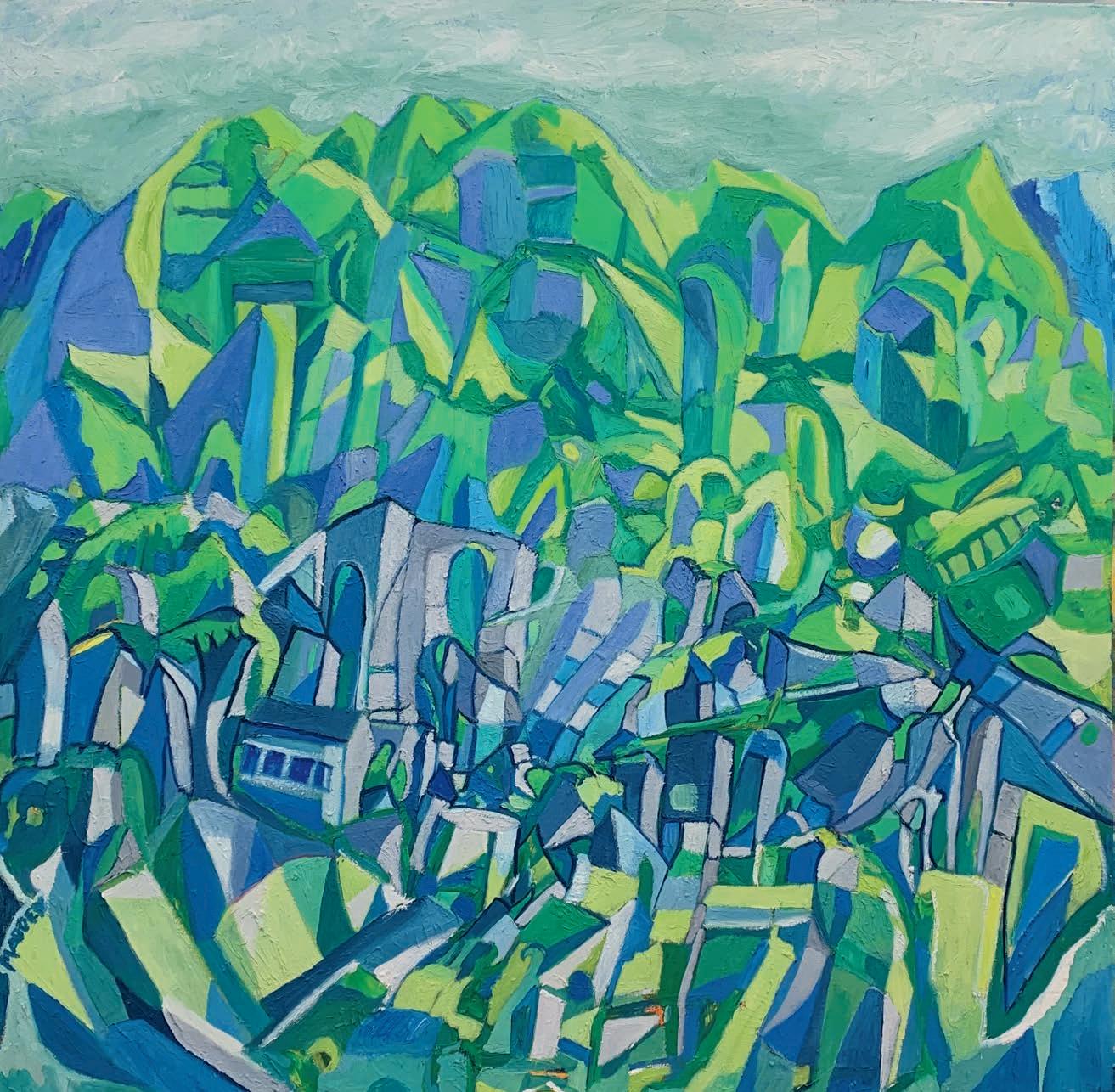
“Art is never finished, only abandoned. Inspiration exists, but it has to find you working. We don't make mistakes, just happy little accidents.”
u – Bob Ross
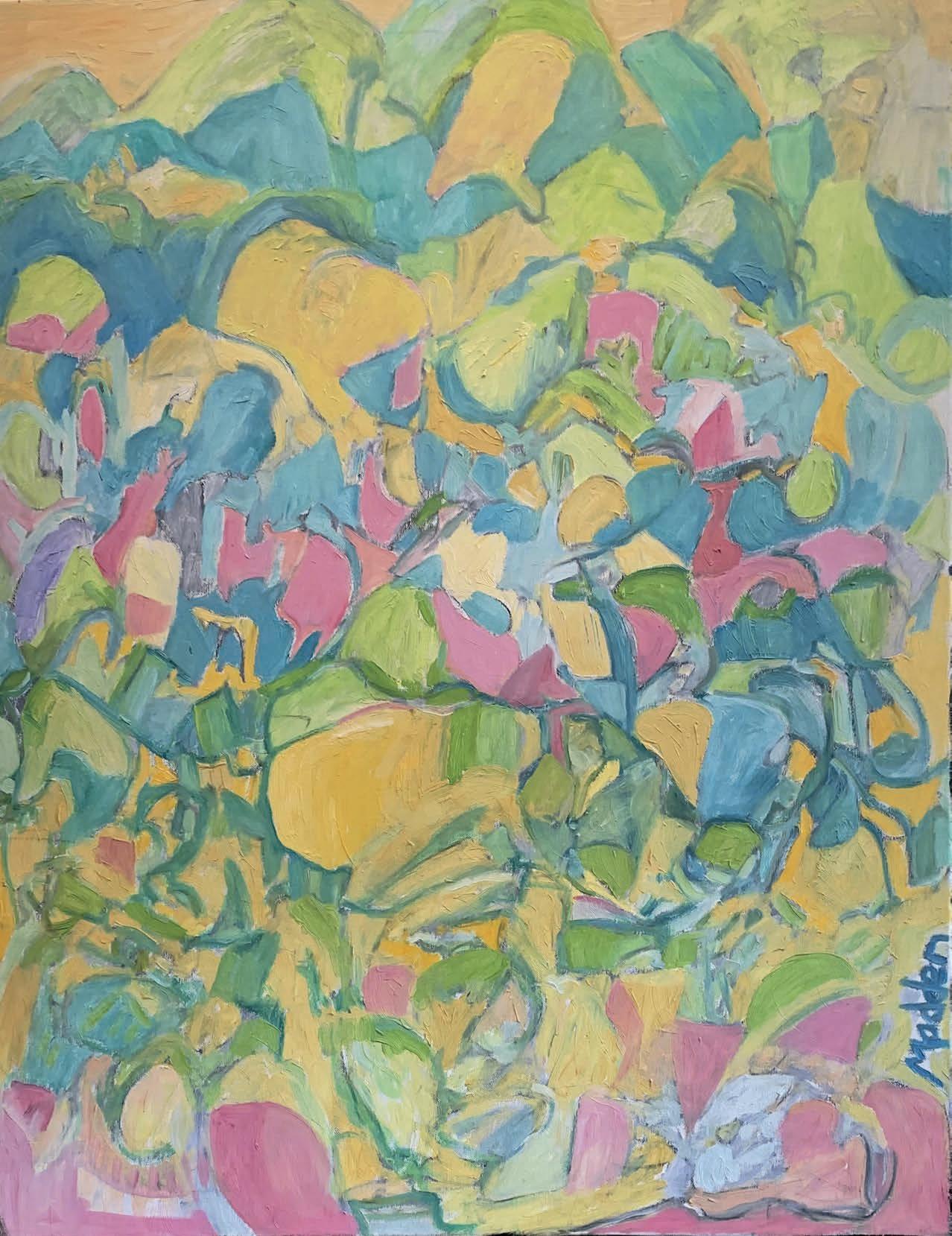
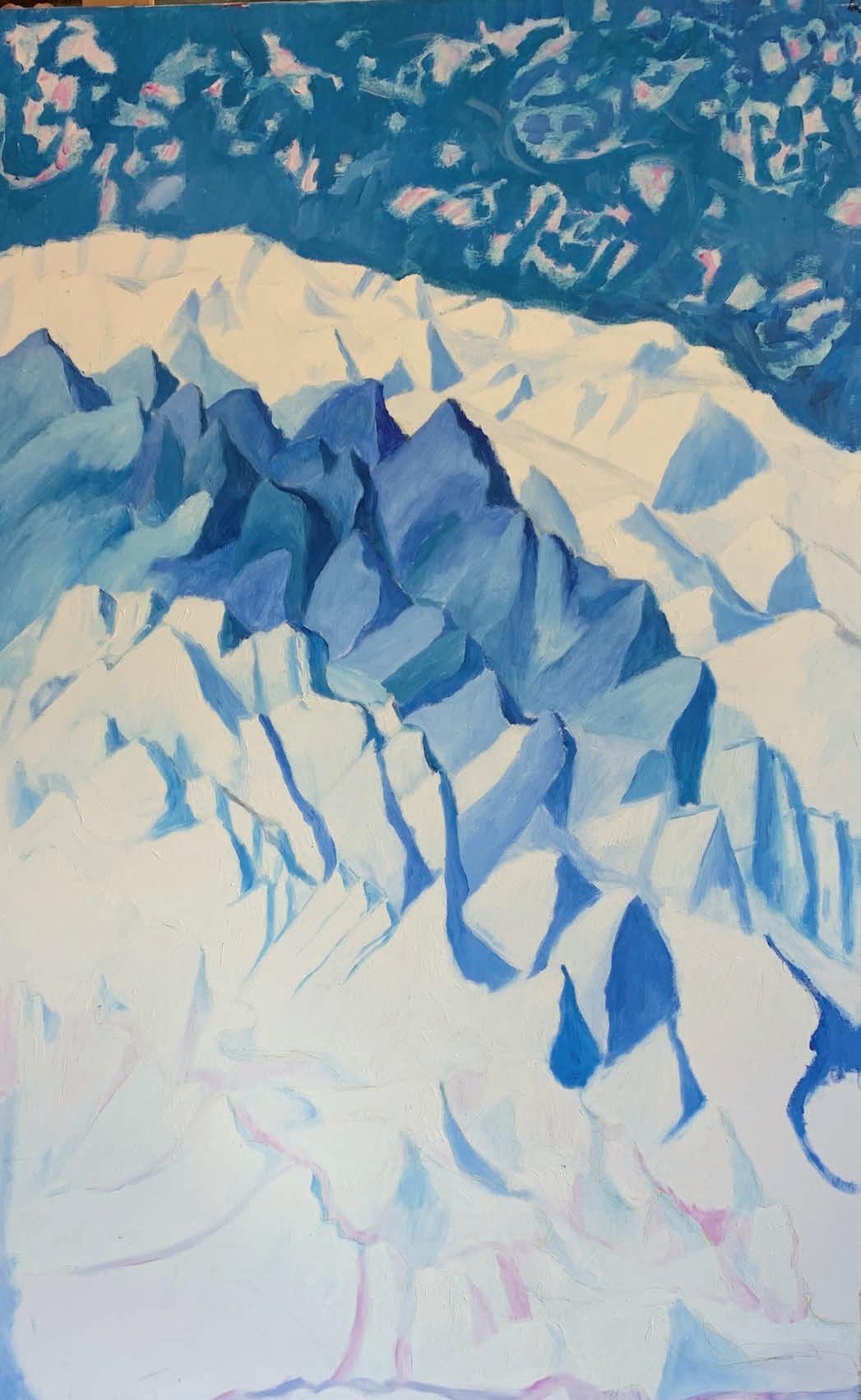
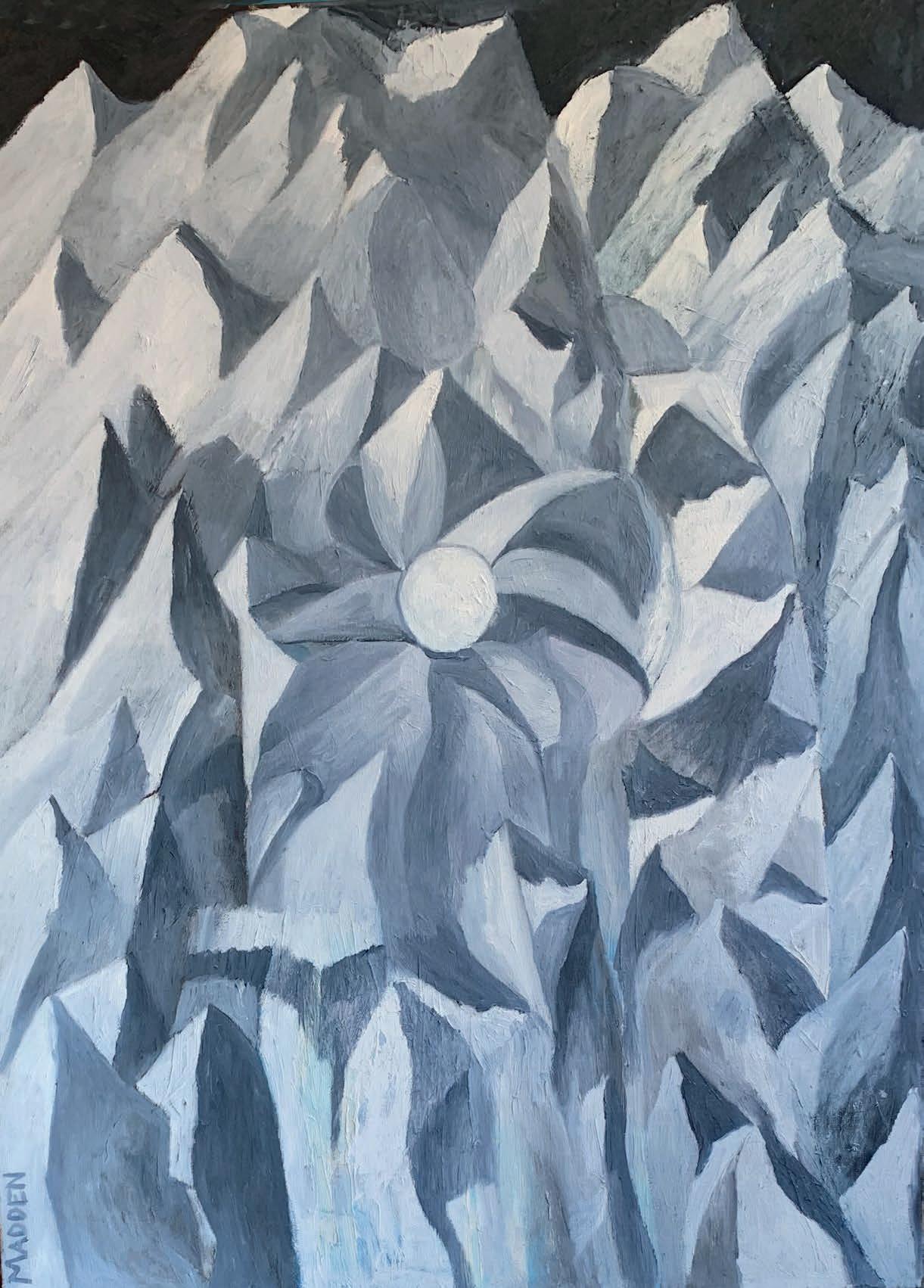
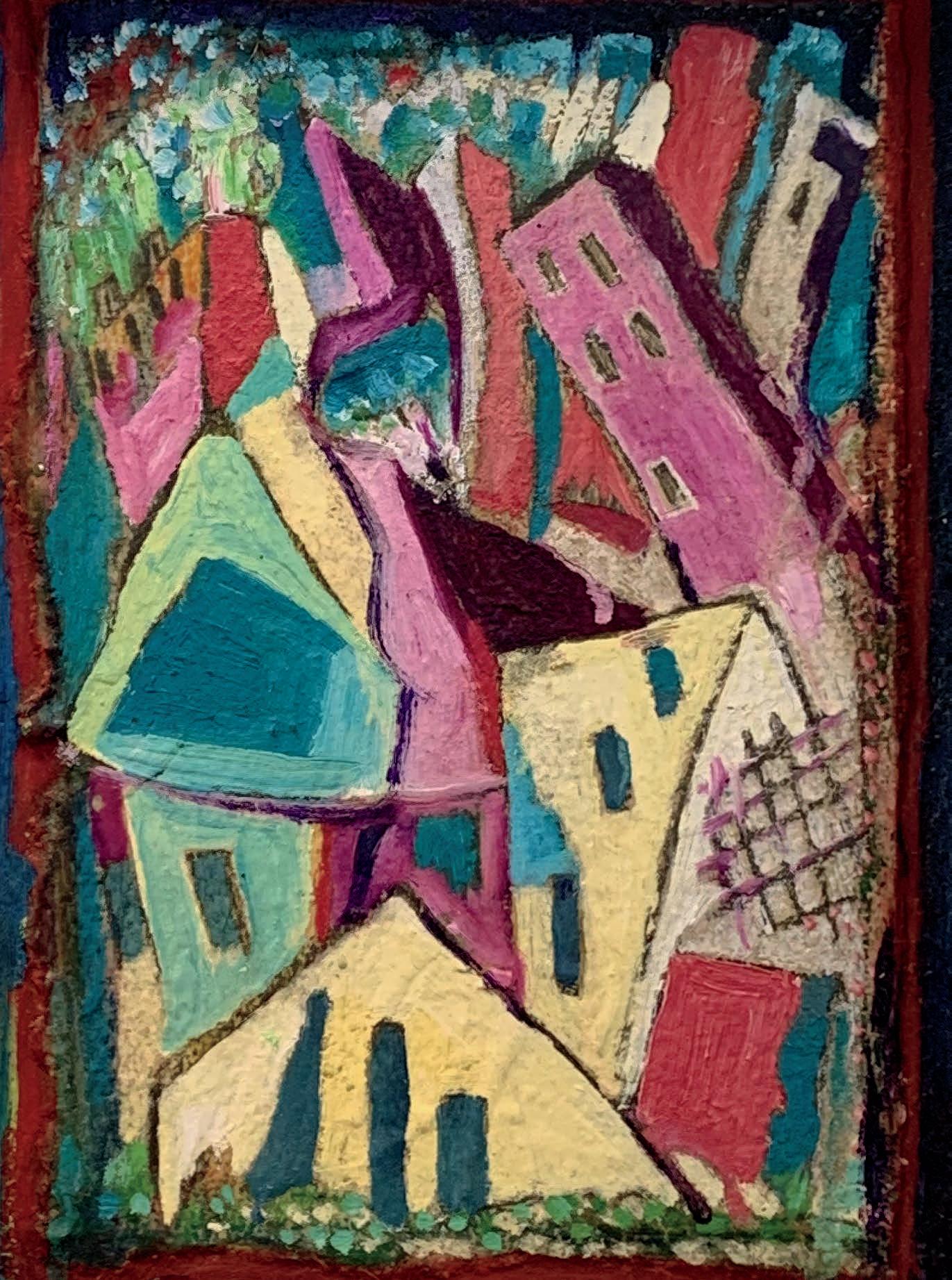
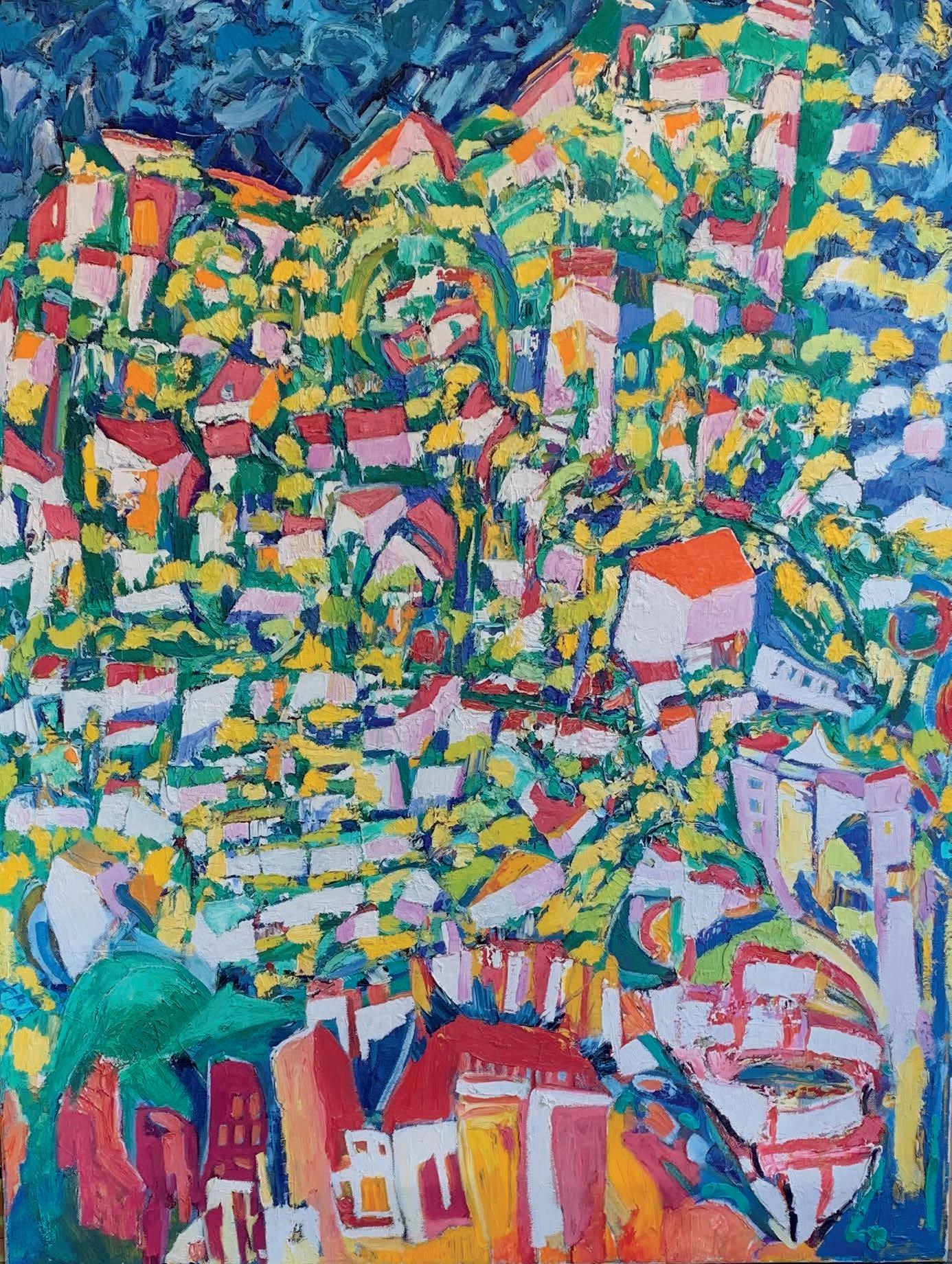
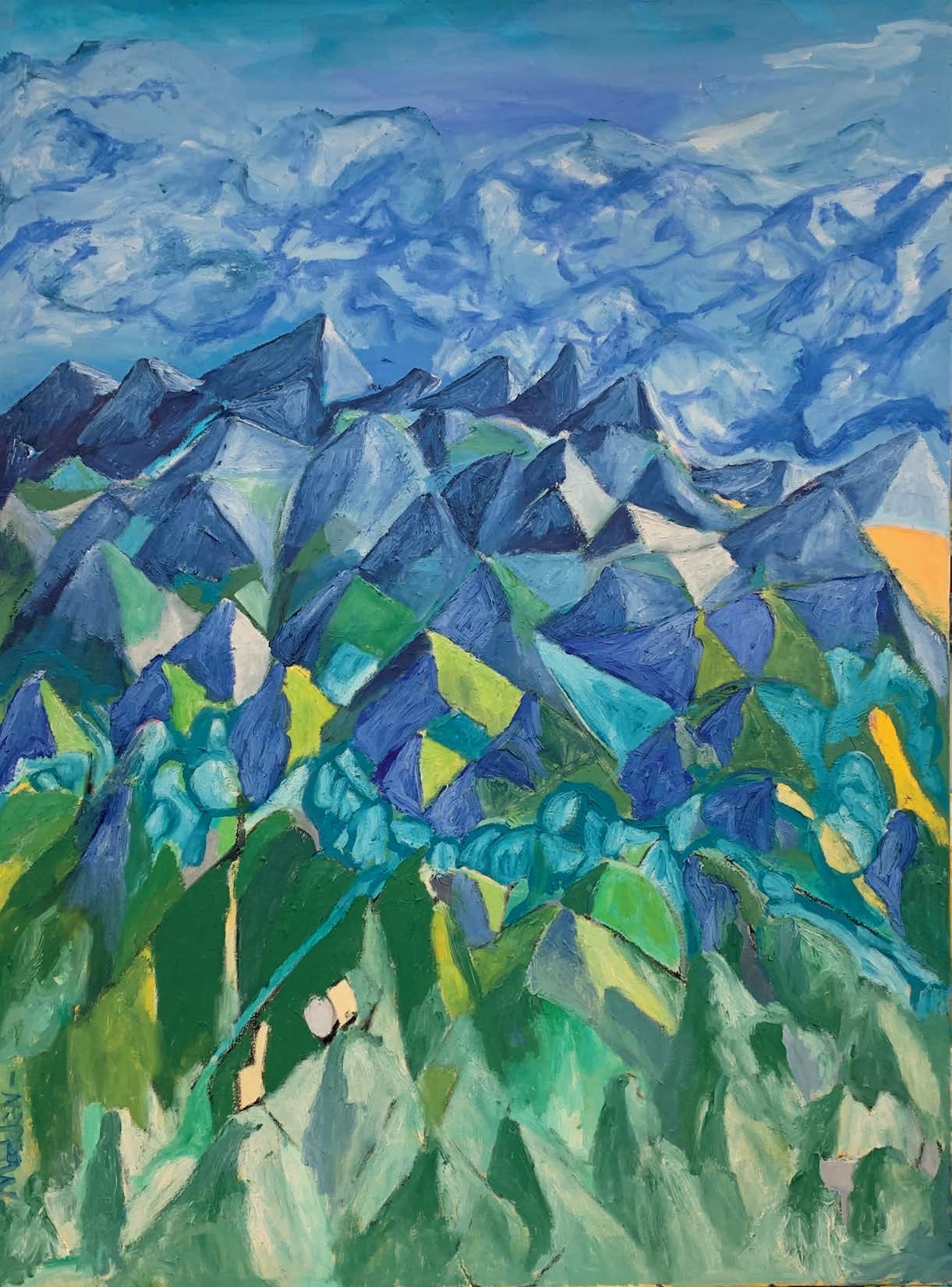

“Art is a spiritual function of man, which aims at freeing him from life’s chaos.”
– Kurt Schwitters
u
A German-born artist, Kurt Schwitters worked across a wide array of genres and media, though he is most widely known for his collages. In the wake of World War I, he collected garbage from the streets to use as material, creating heartfelt and often sentimental works from the most unlikely of components. His work from this period took the remains of devastating conflict and transformed them into art. For him, the creation process was spiritual, a way to step free of life’s chaos, and bring pieces of the world together instead of ripping them apart.
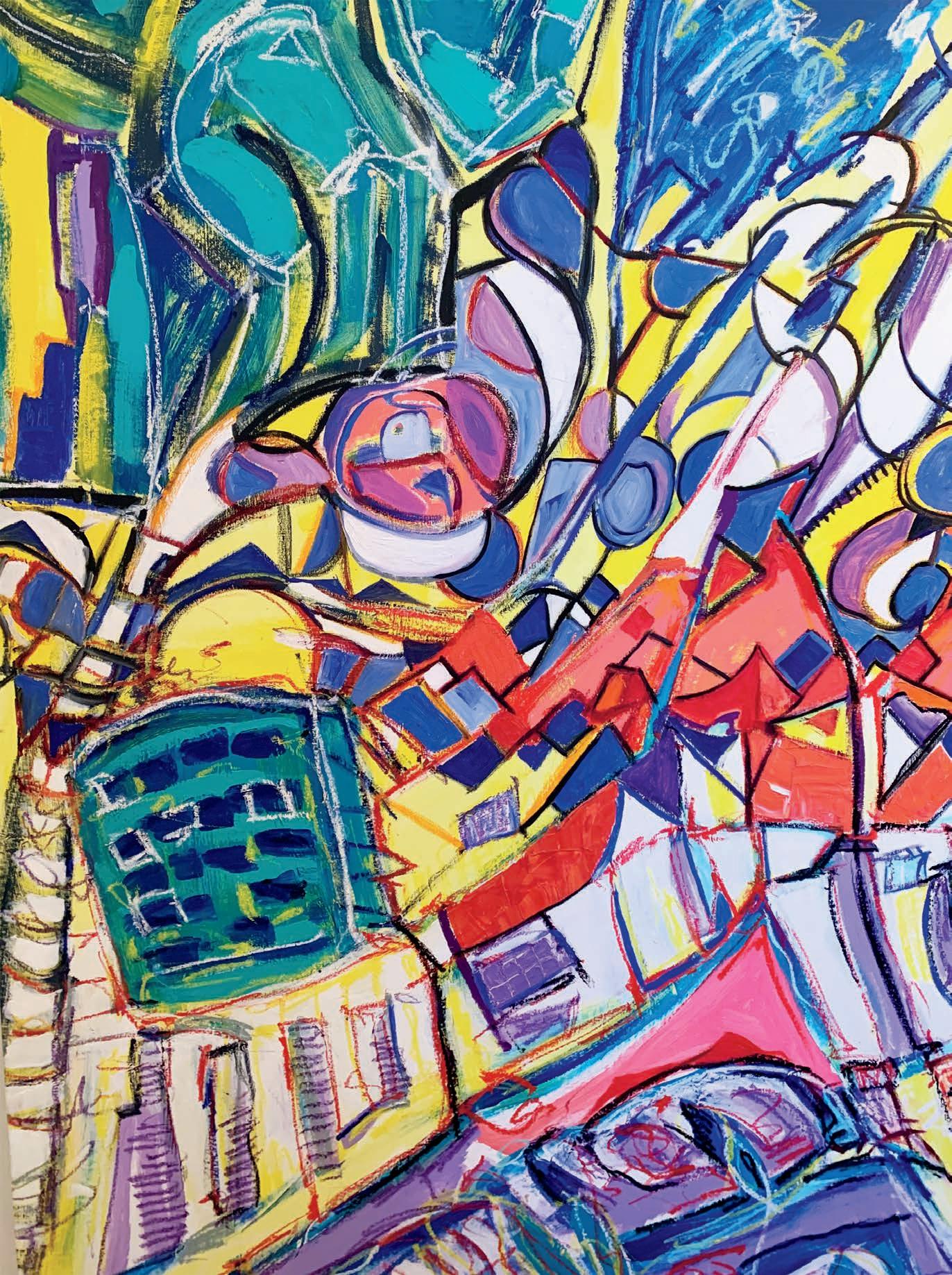
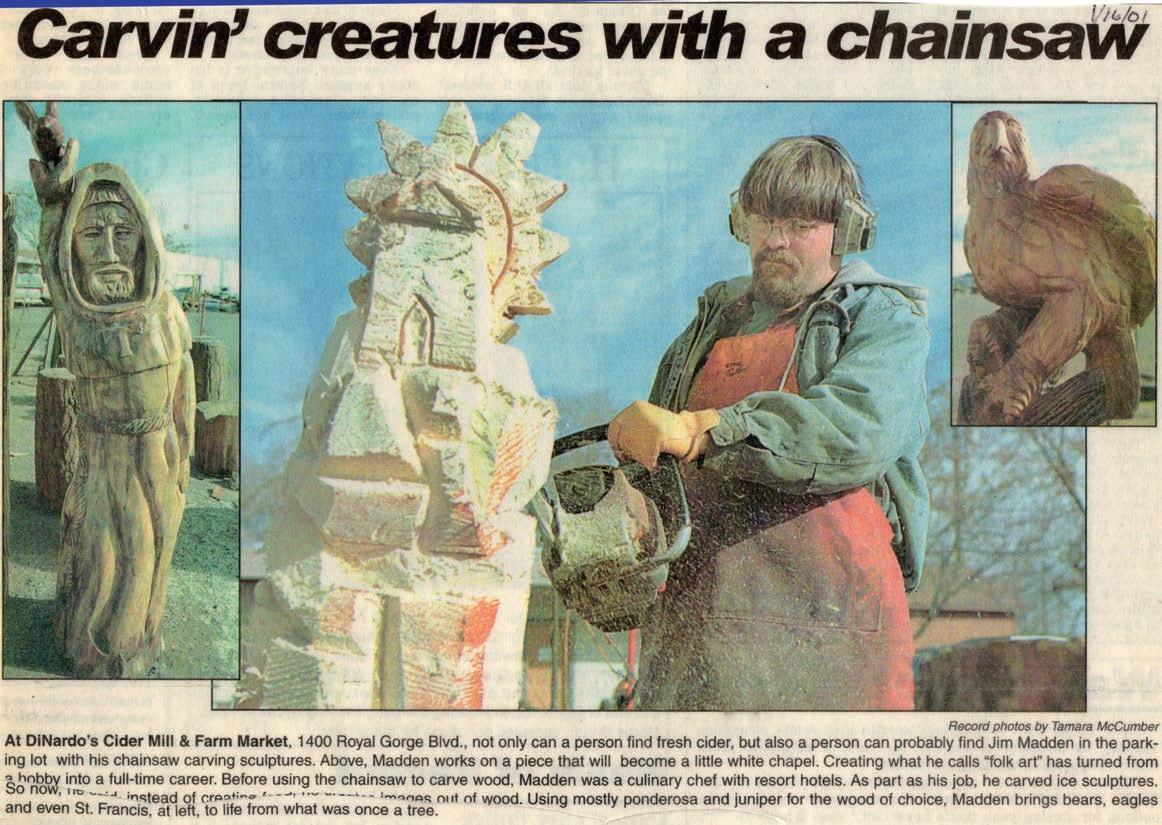
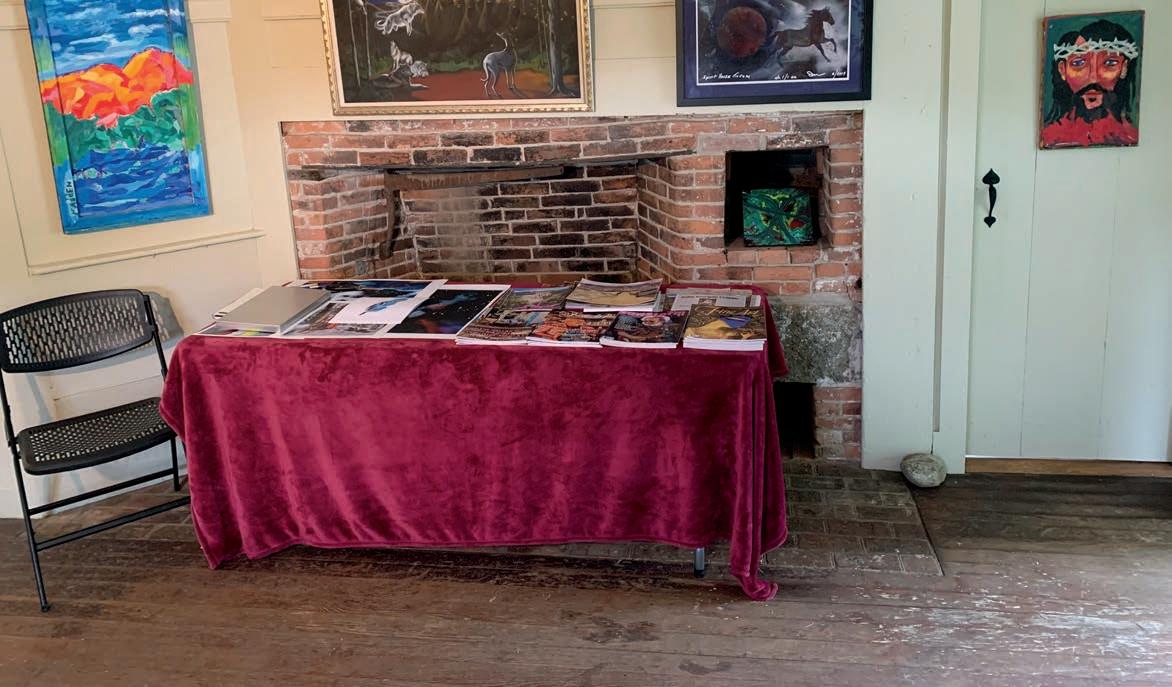

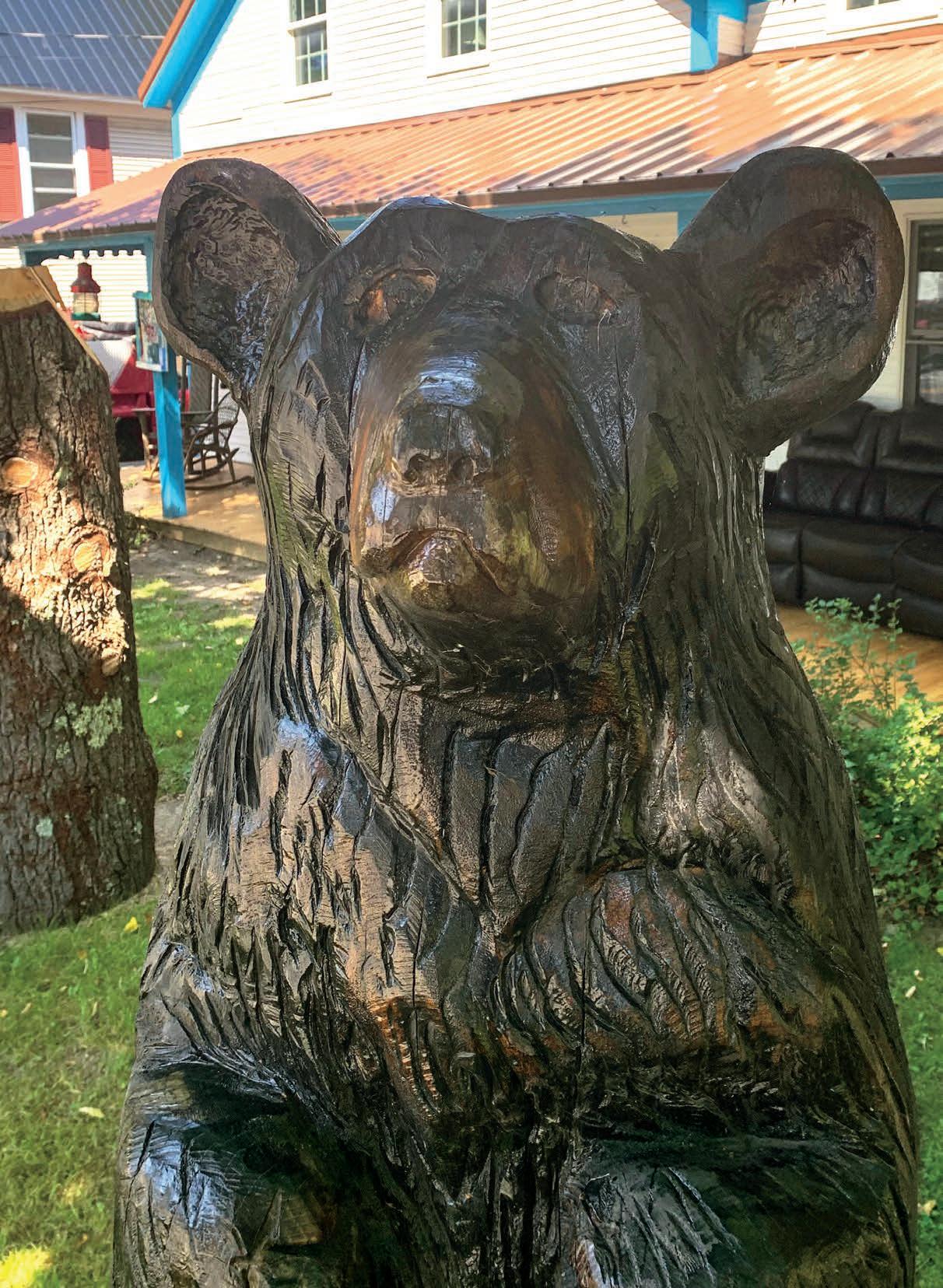
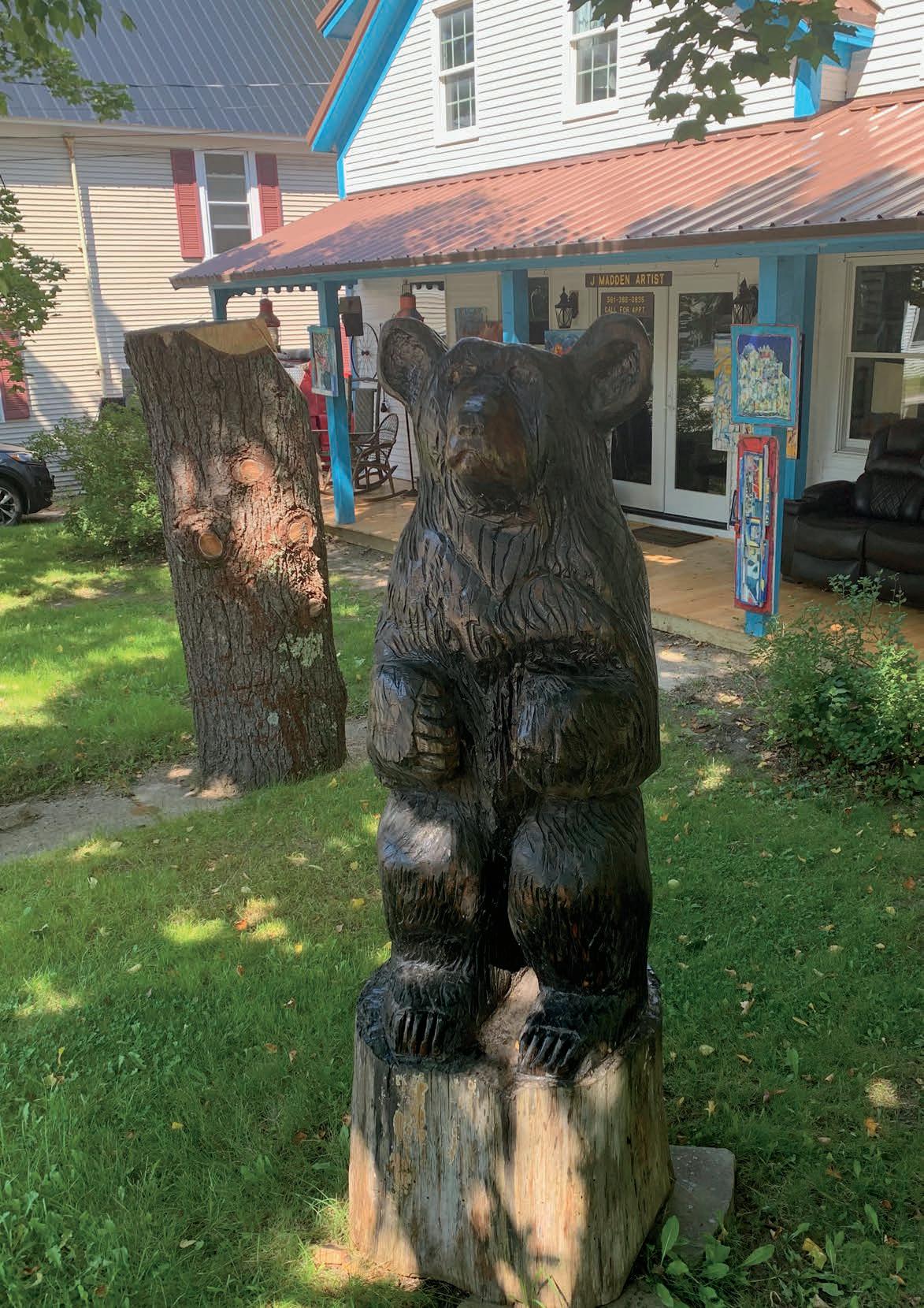
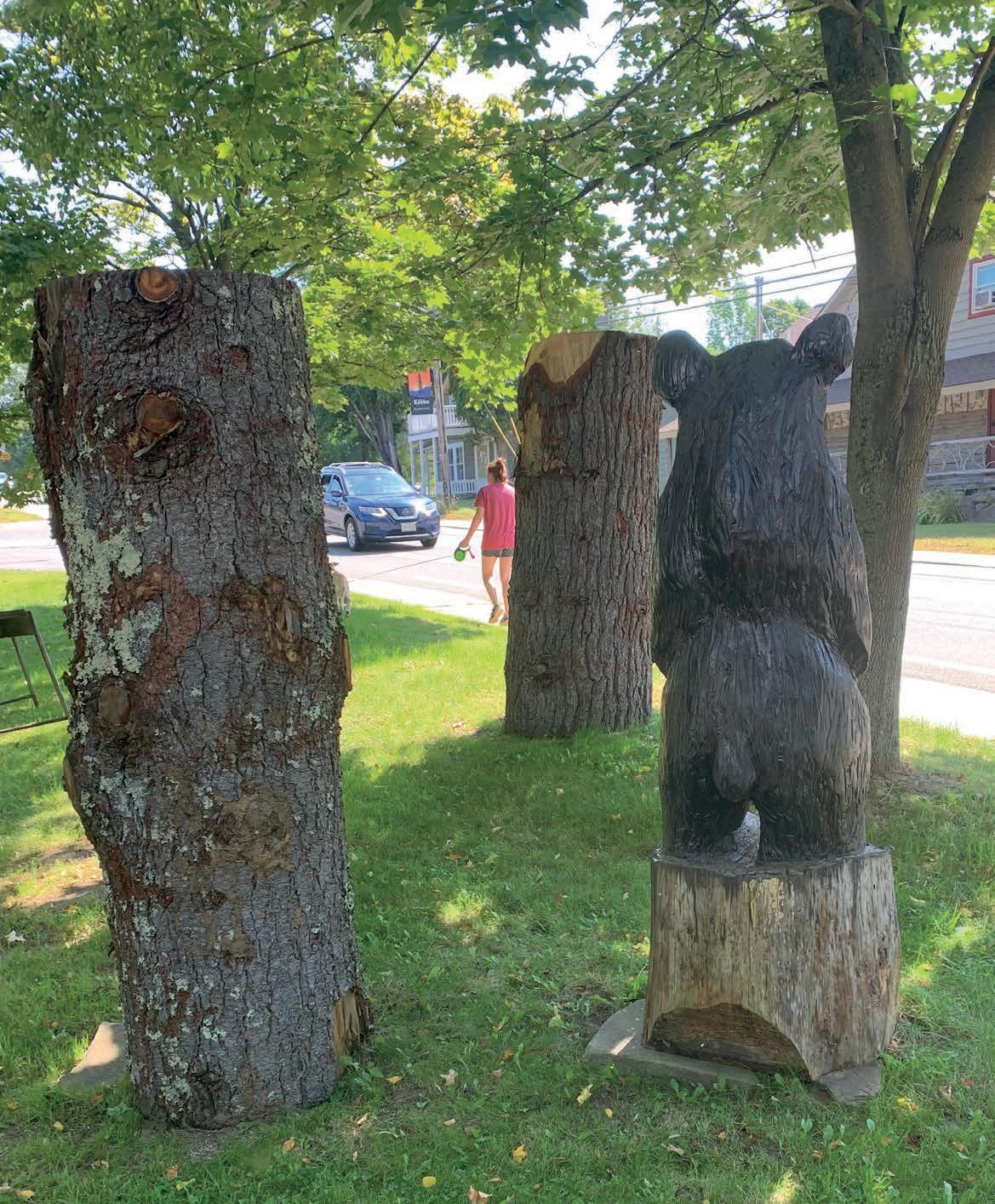
“The wood carving started from my ice carvings of swans, hearts and other things for banquets and buffets which I did with a chain saw. For years I did carvings mainly of bears and raccoons. I was doing chain saw production work making between two to ten bears a day. I’d make five cuts on one piece of art and move down the line. Generally, I’d make between $150 to $400 for each one. I tried to make each piece unique. I did so many bears they were coming out of my ears. If I had a dollar for every bear I did that holds a toilet paper roll, I’d be a rich man.”
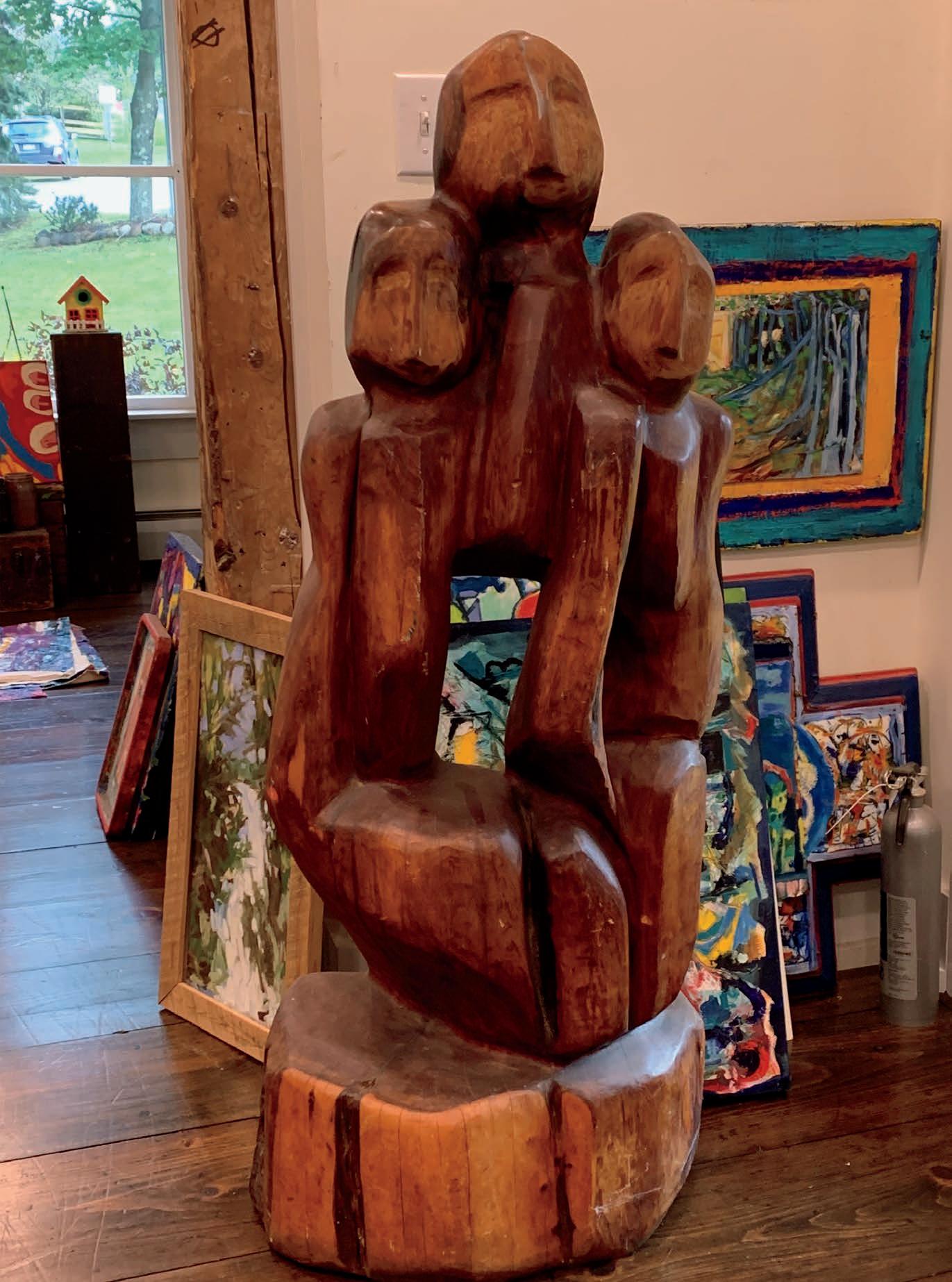
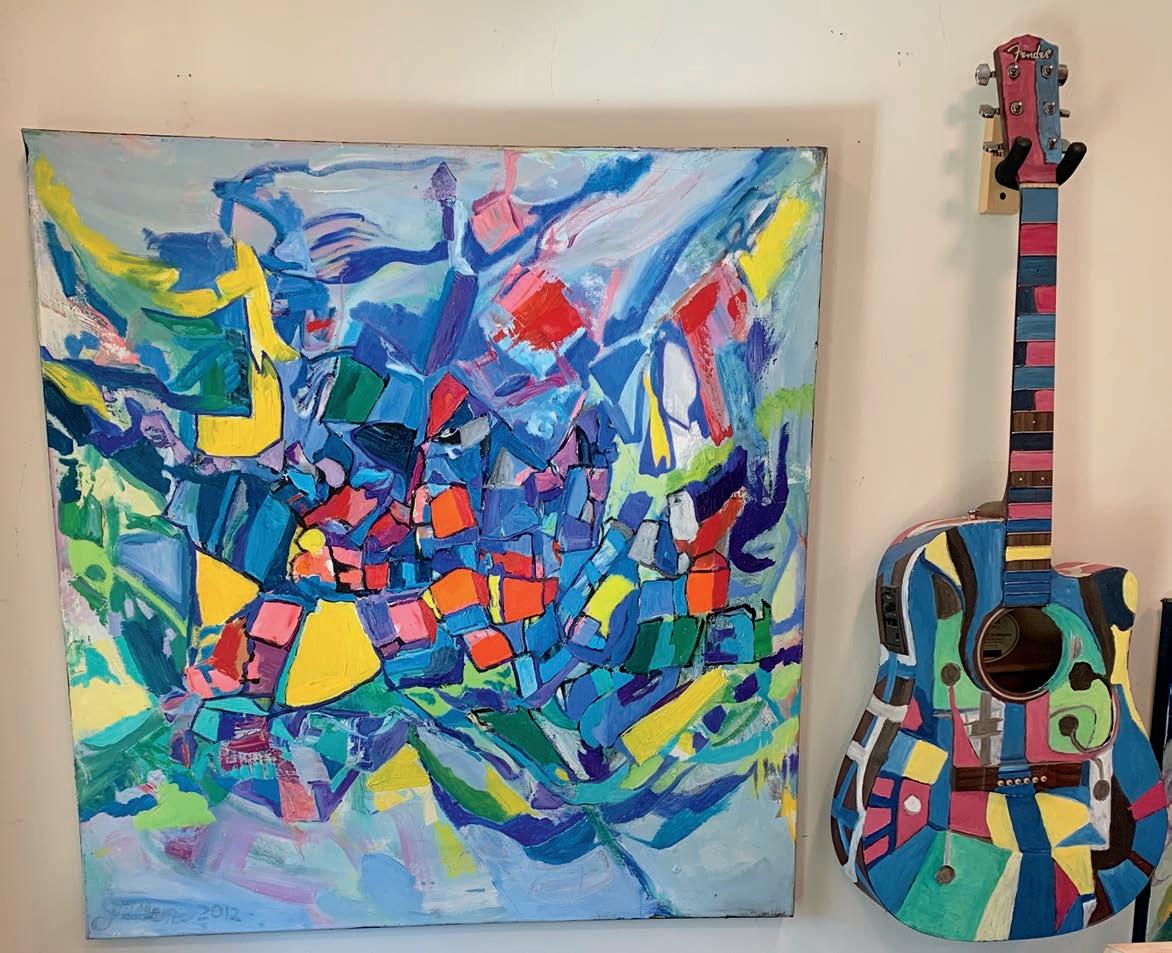

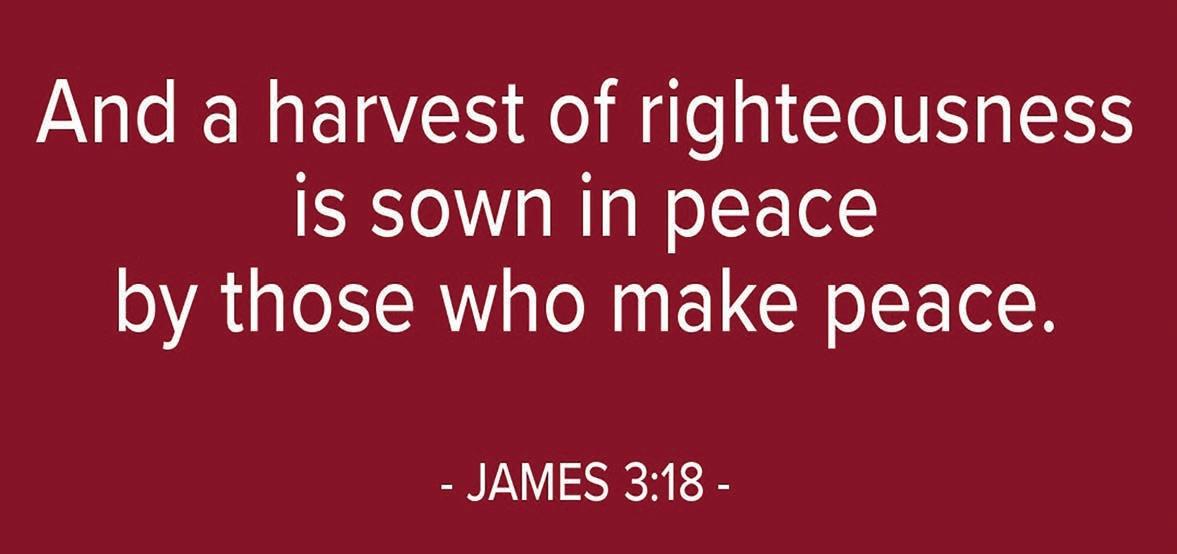


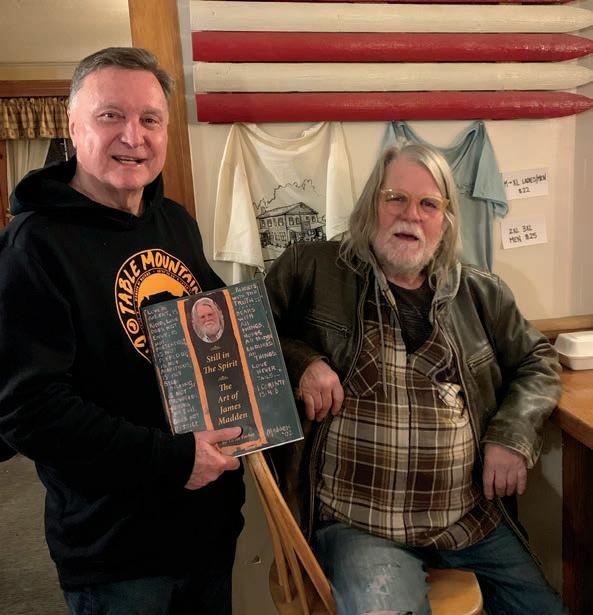

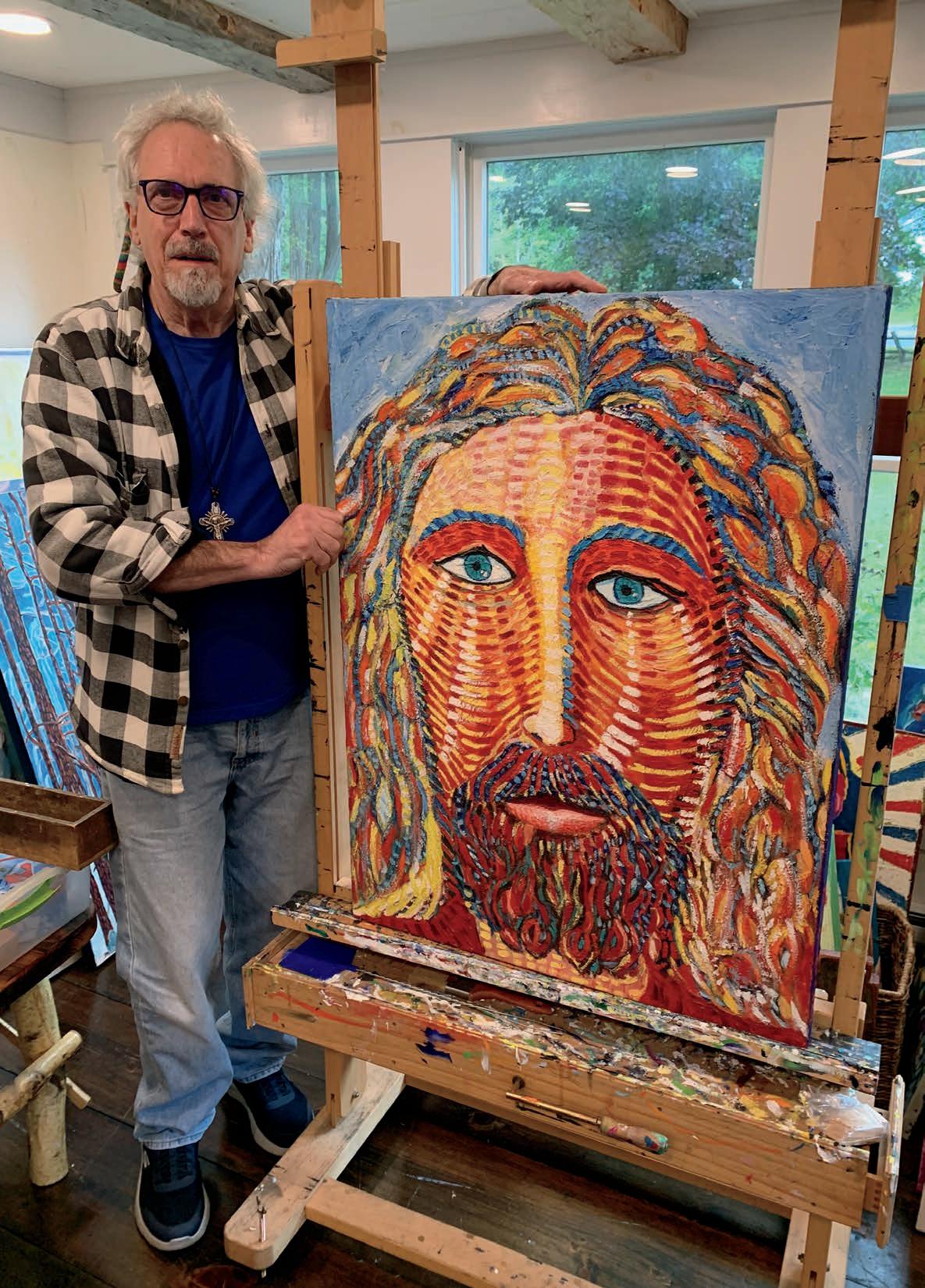
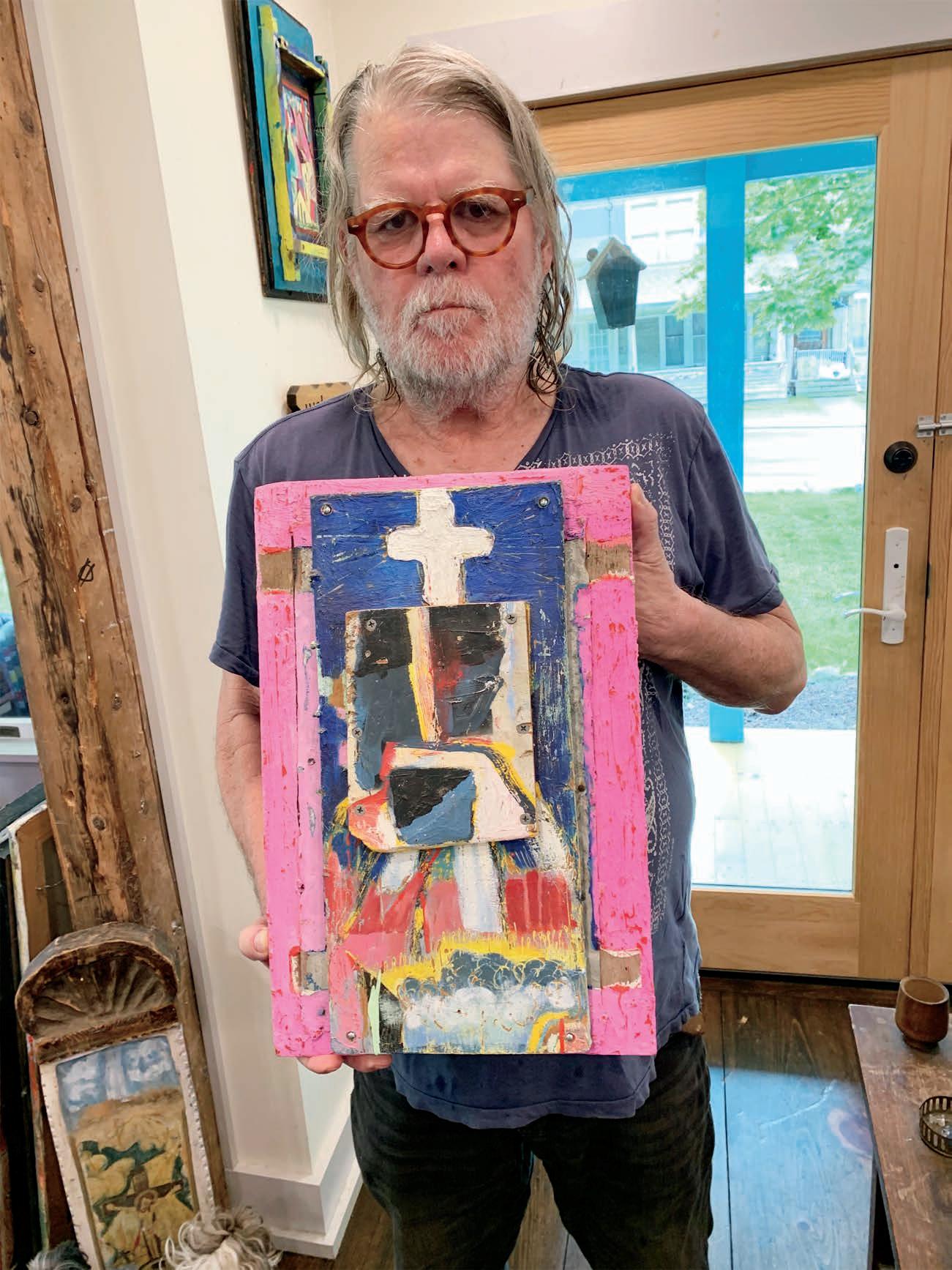
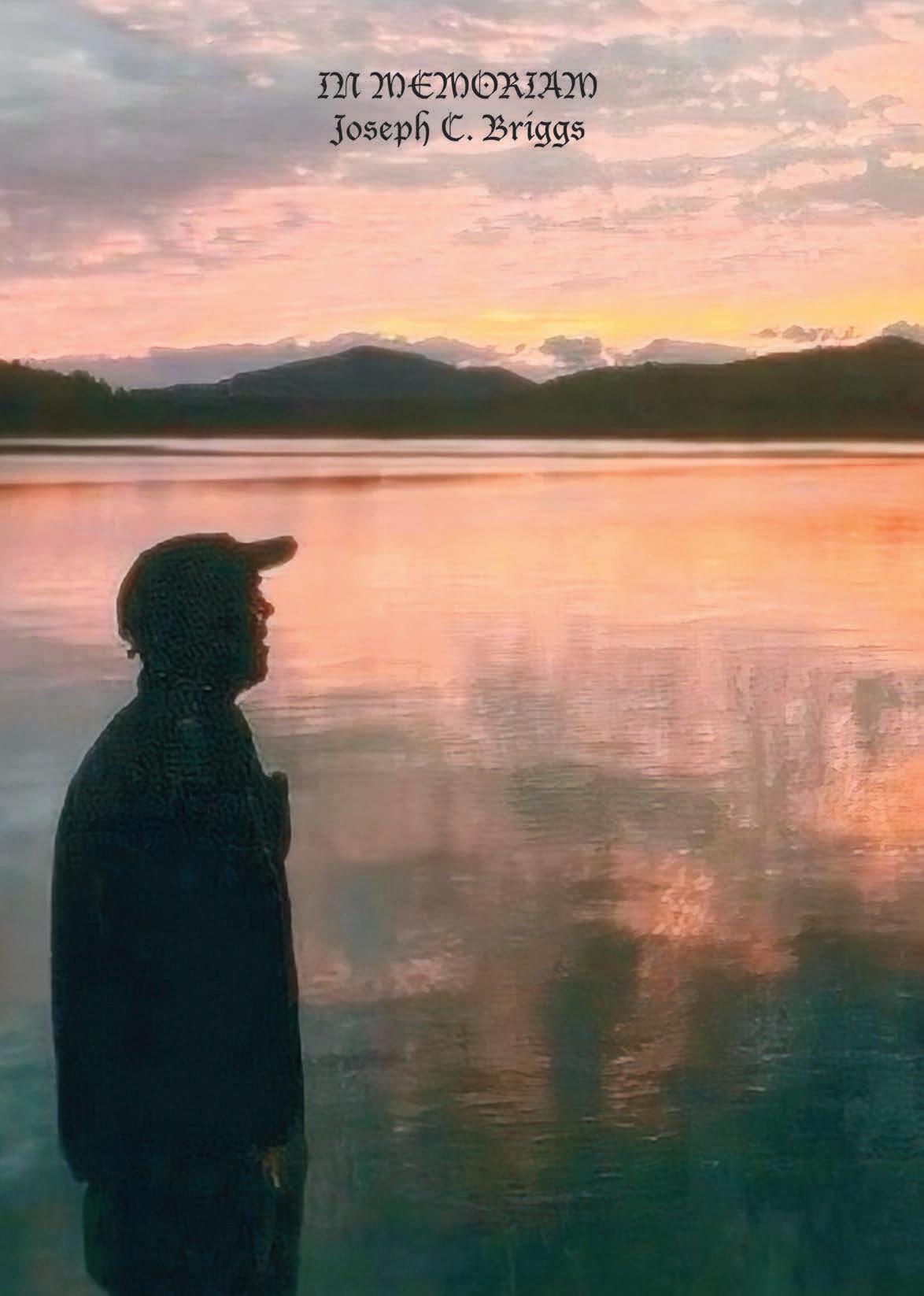
Joseph C. Briggs (May 23, 1980-May 26, 2024) “Joey was a good friend & ardent supporter.” – Jim Madden